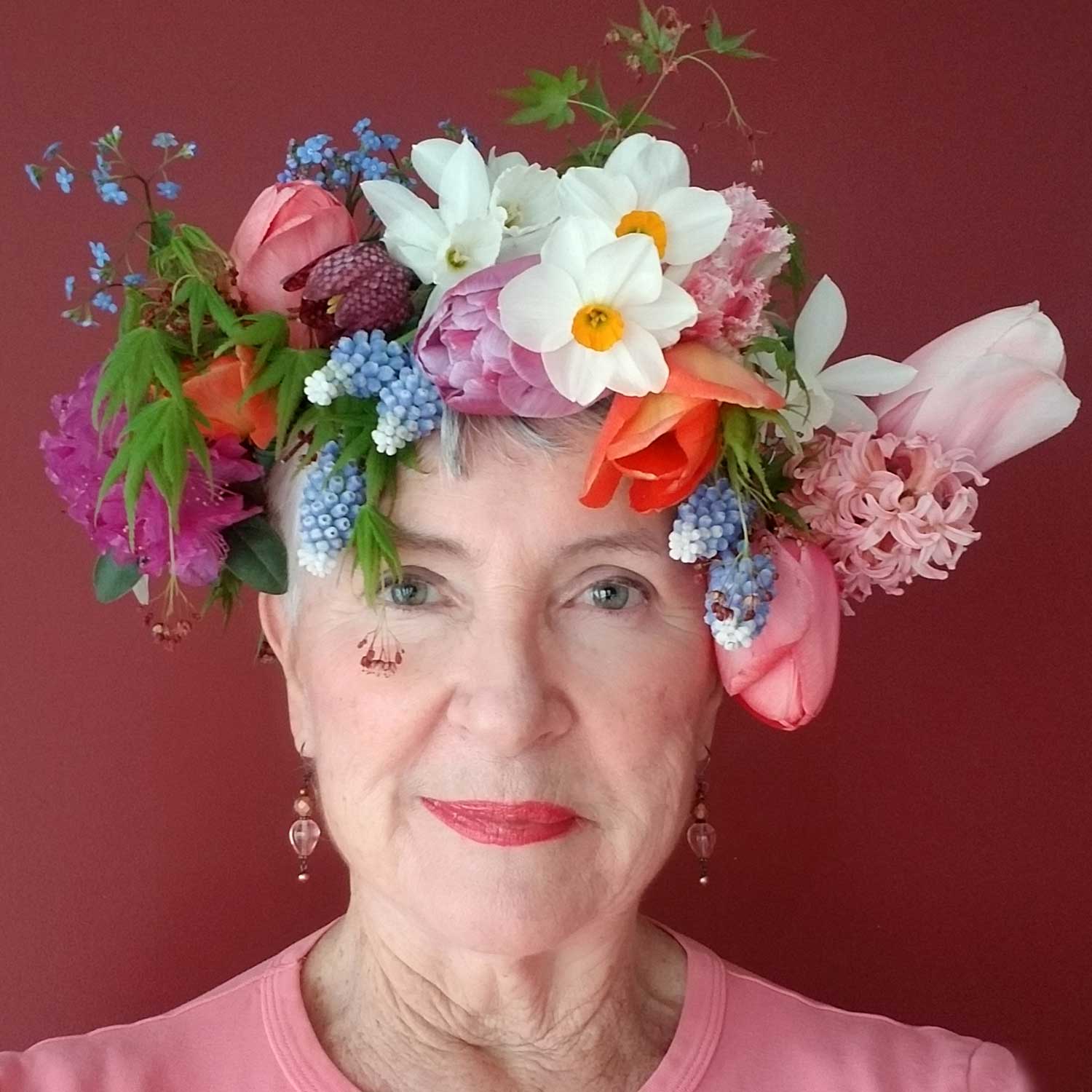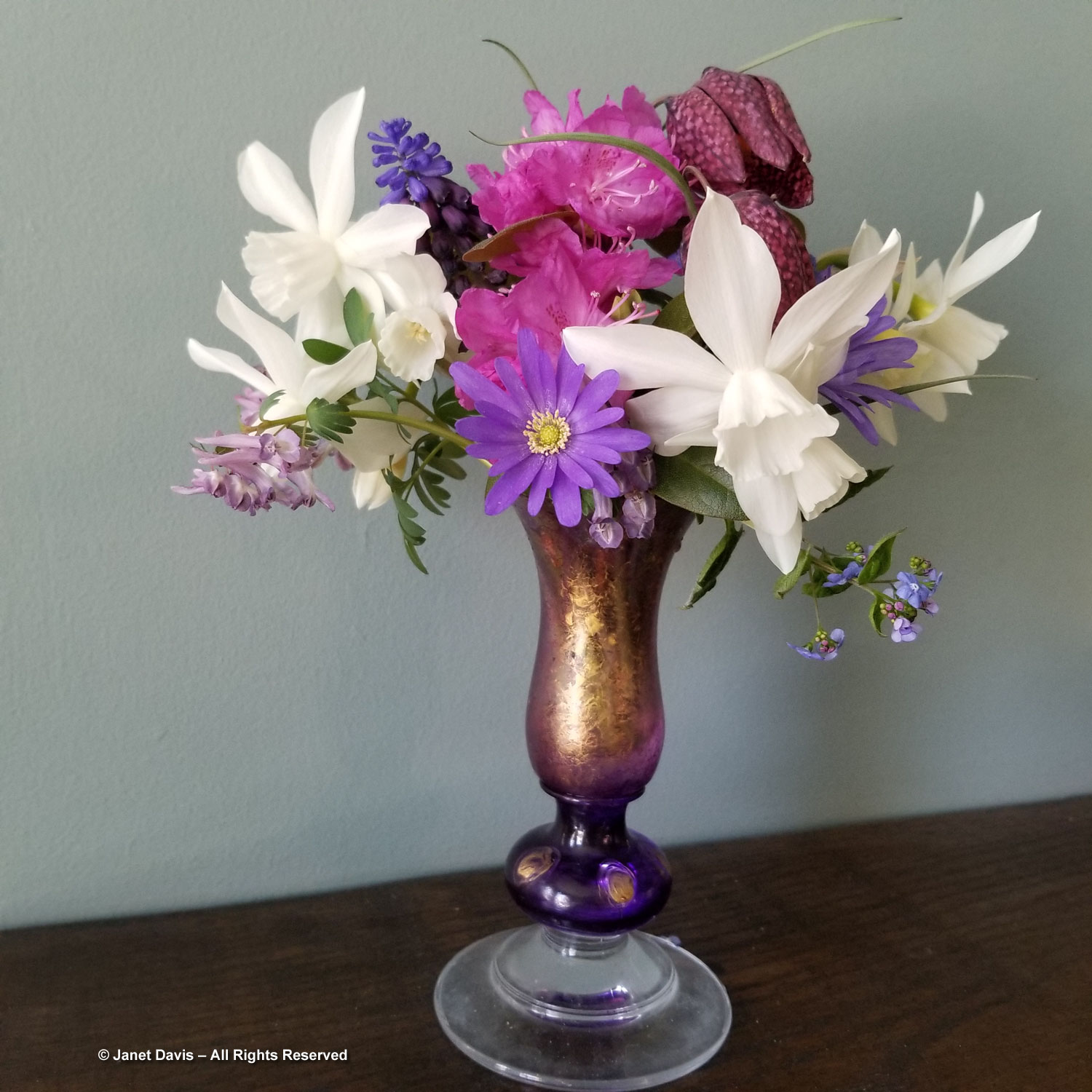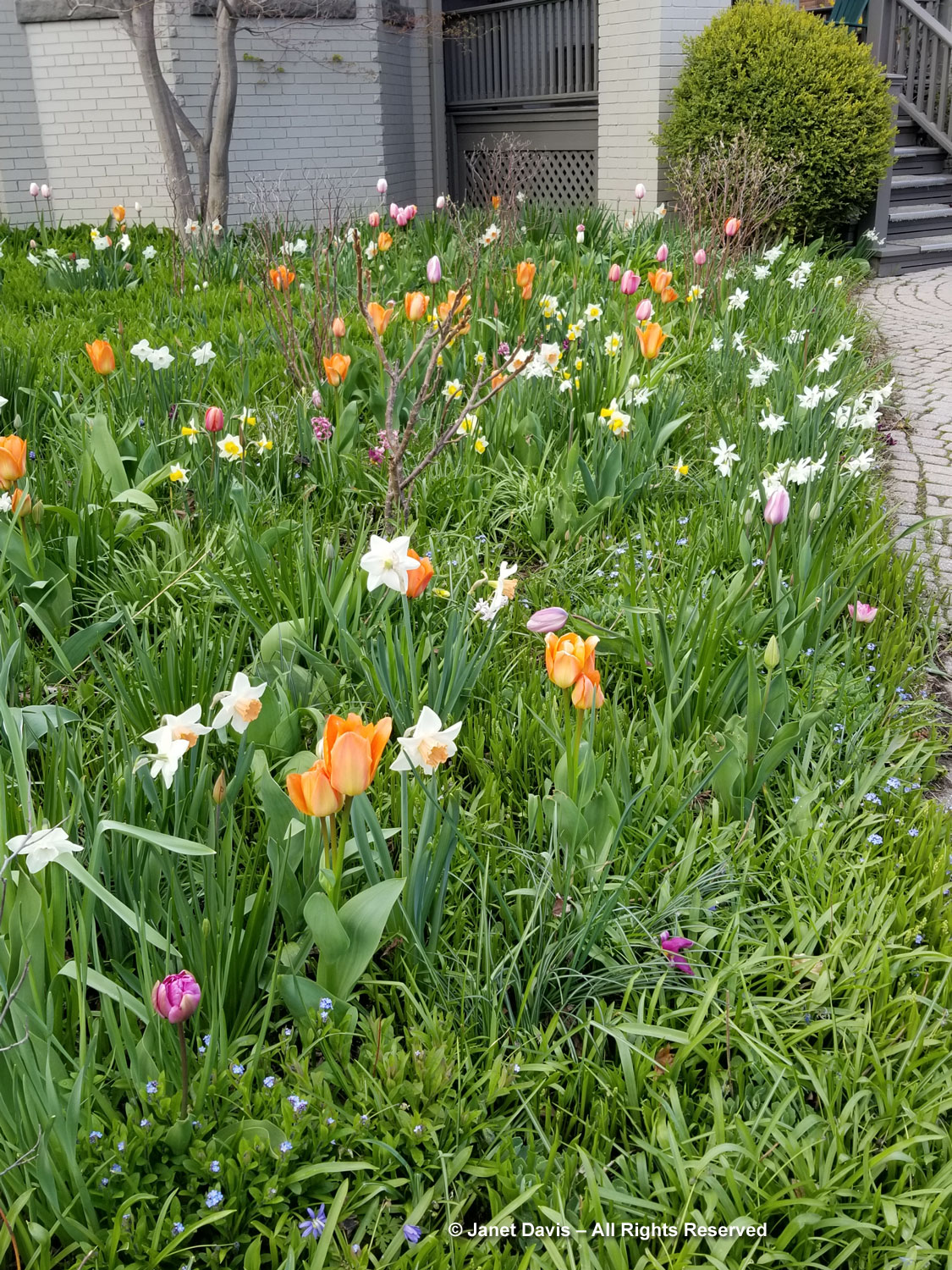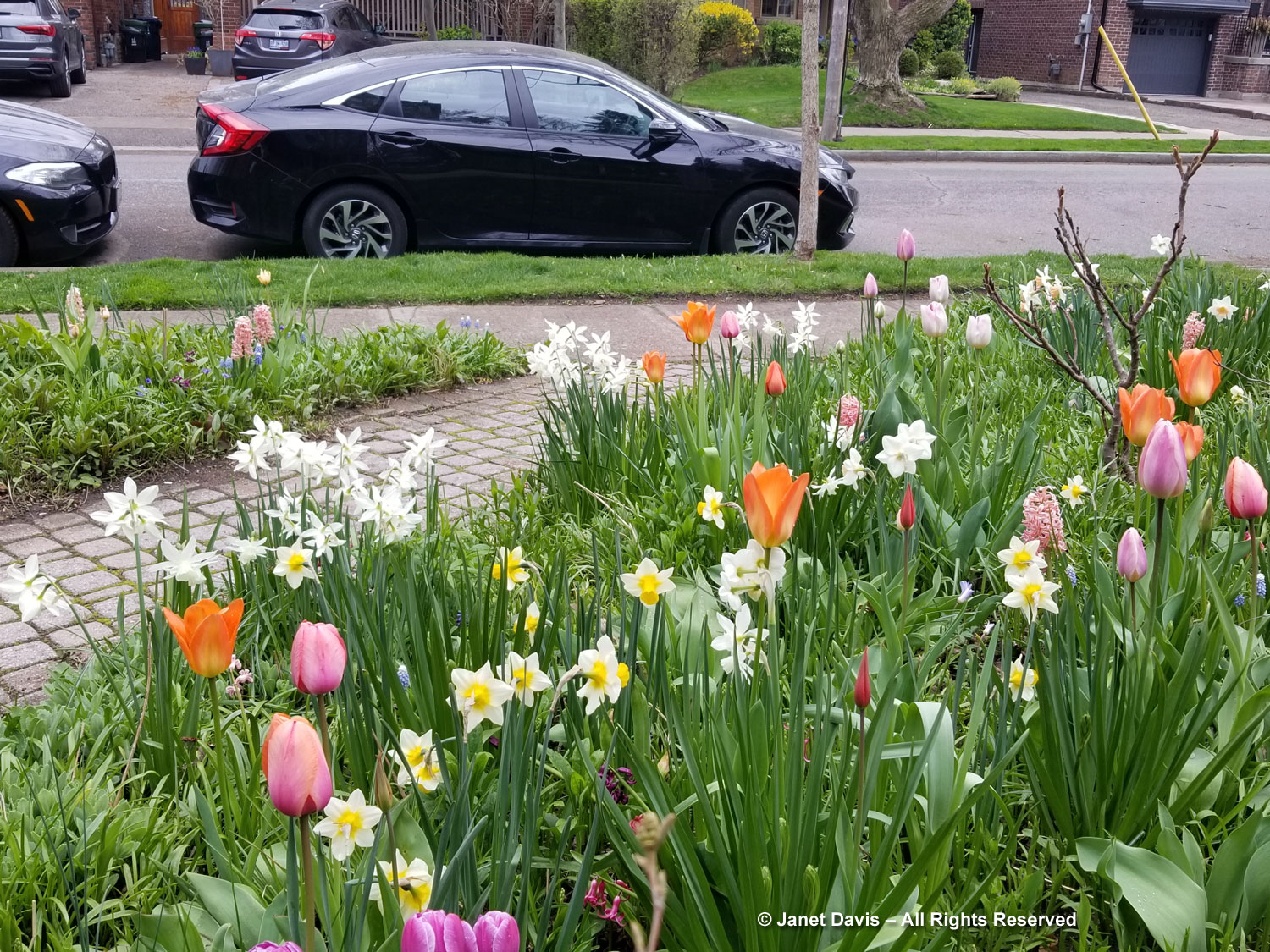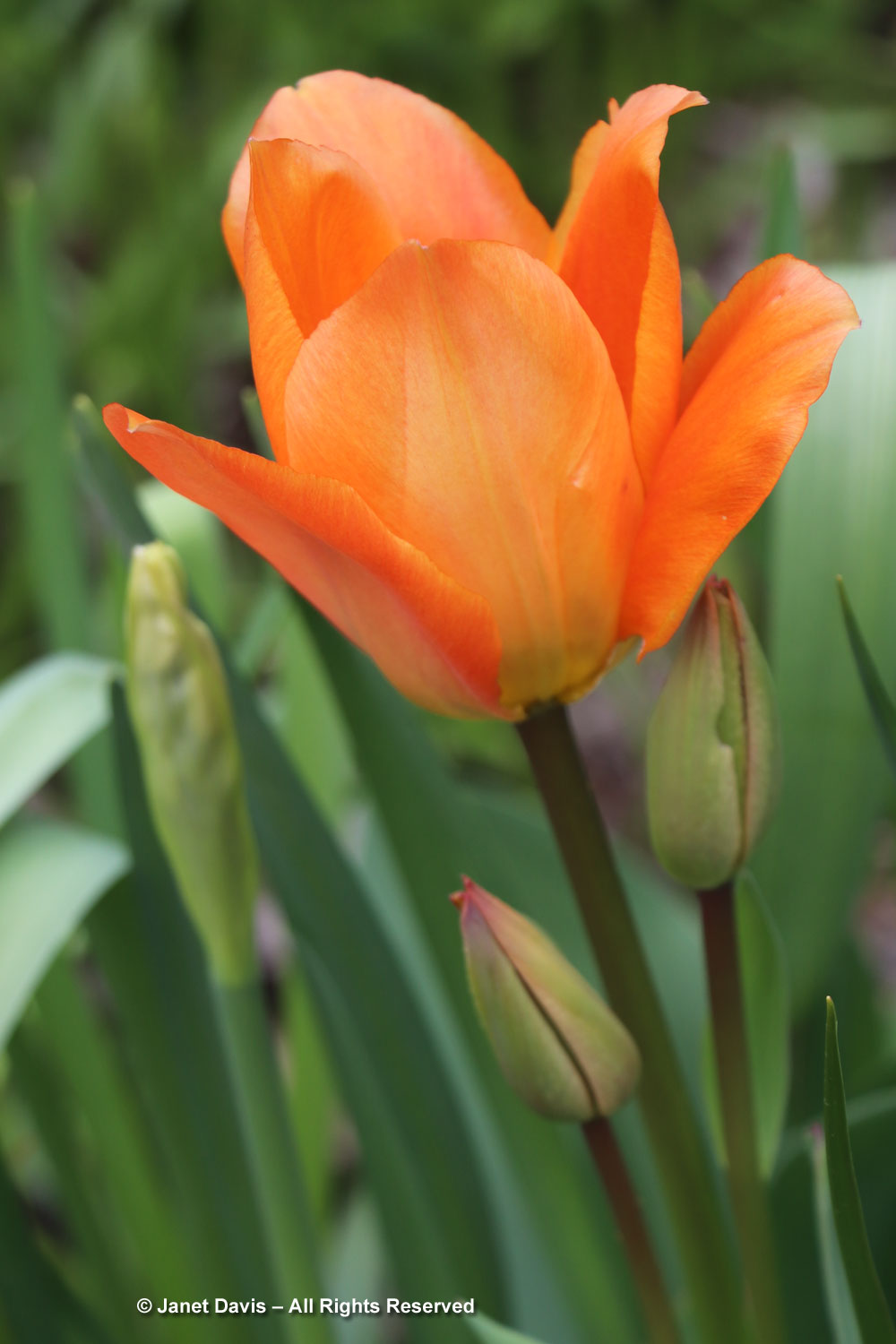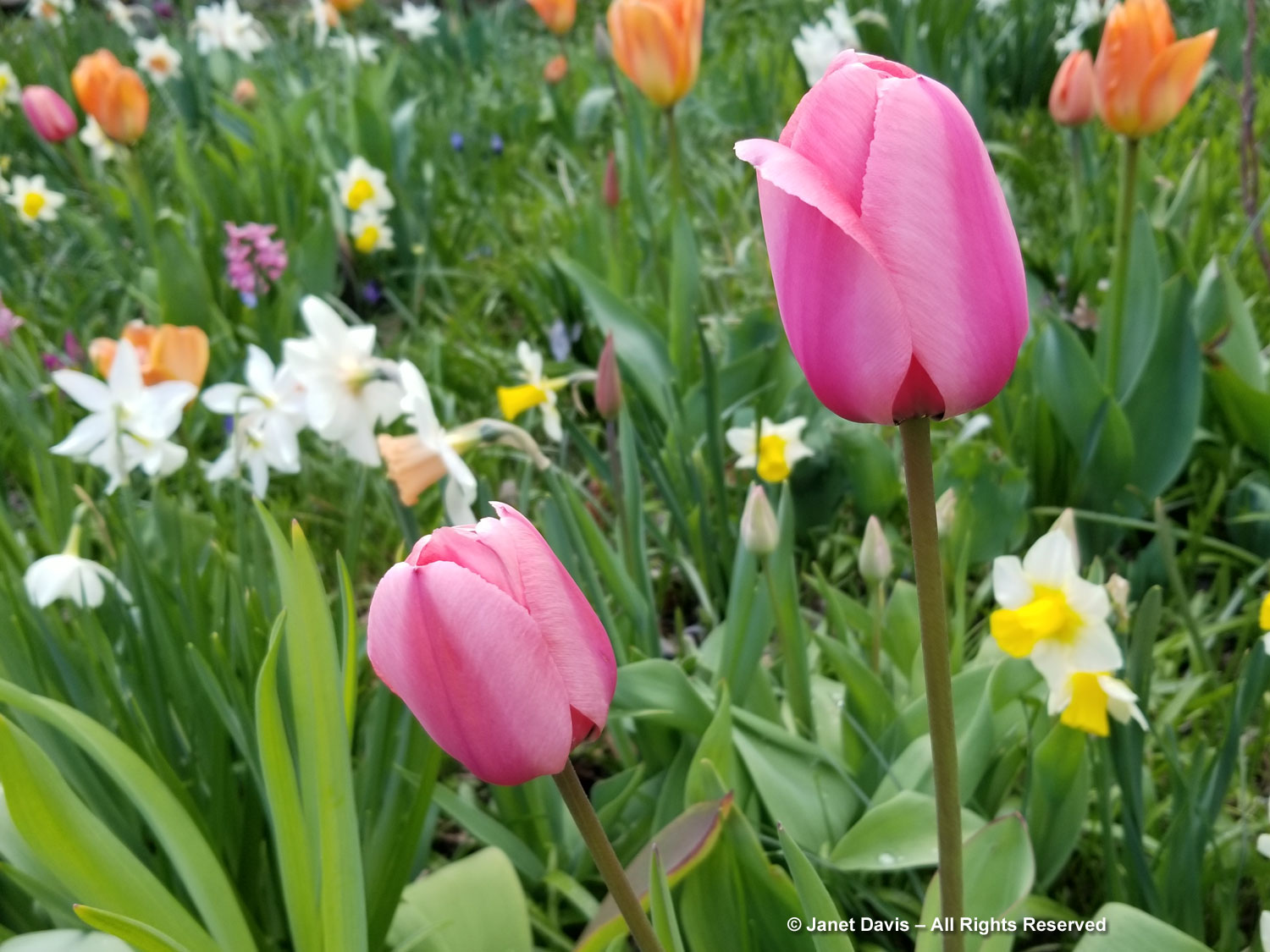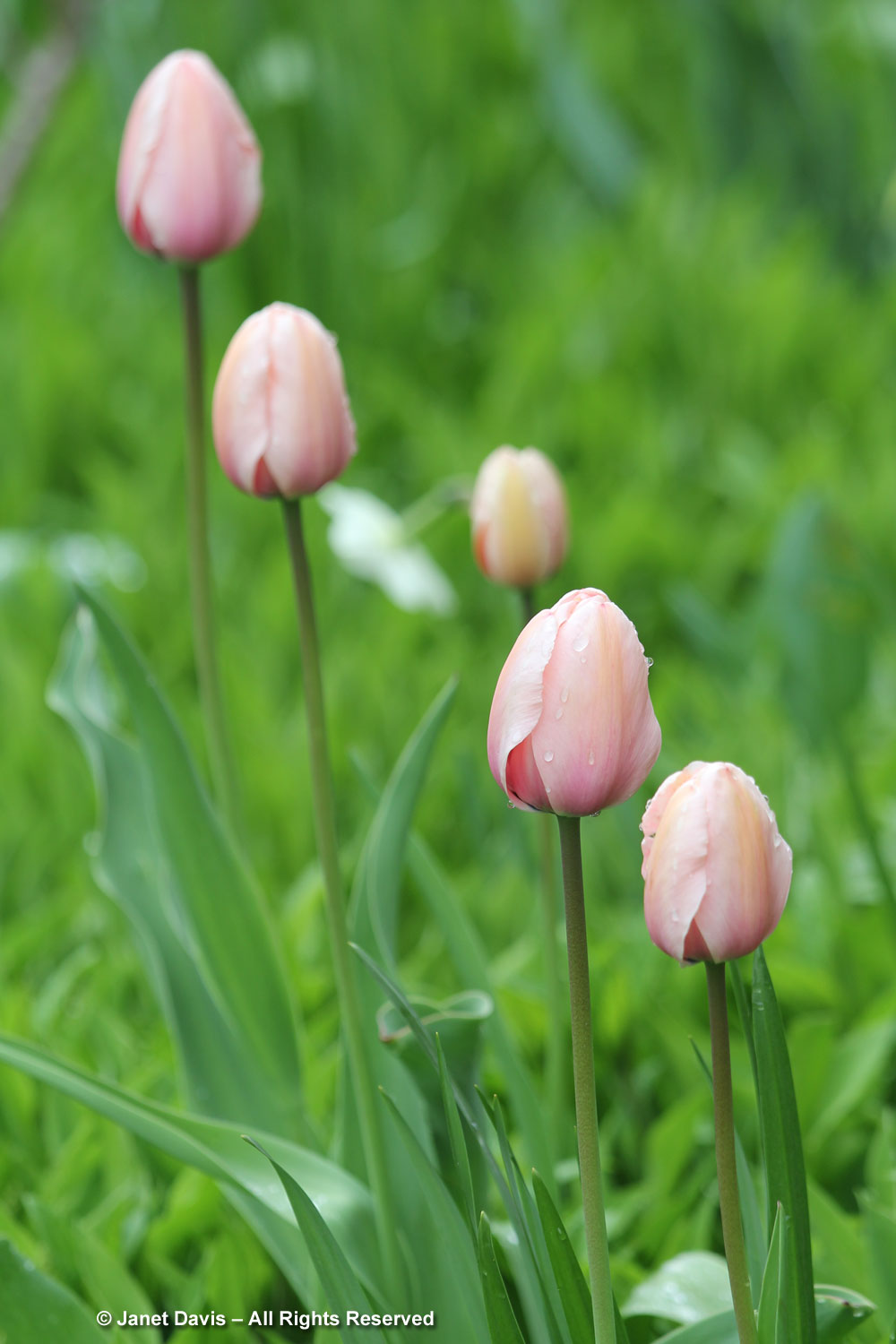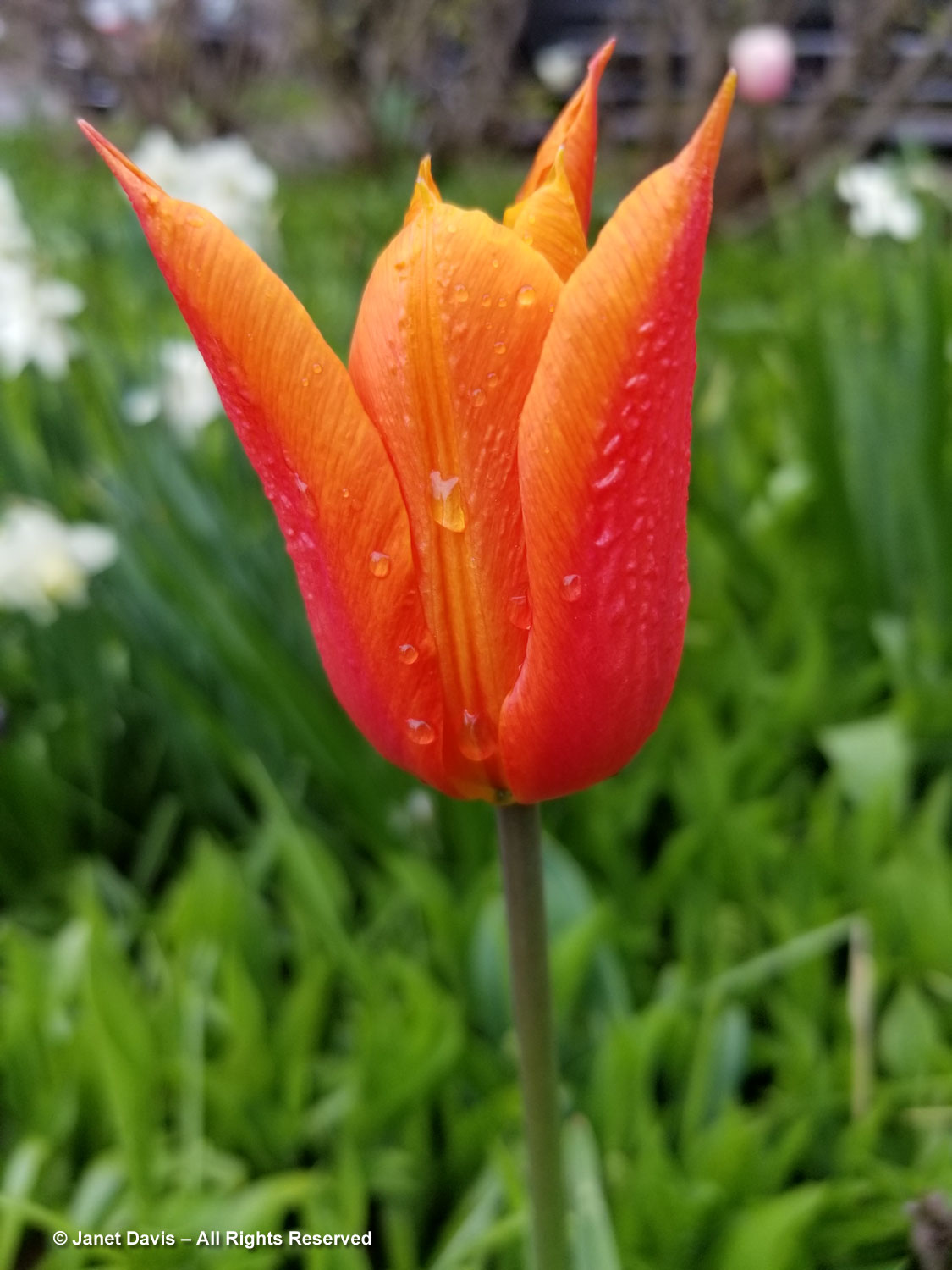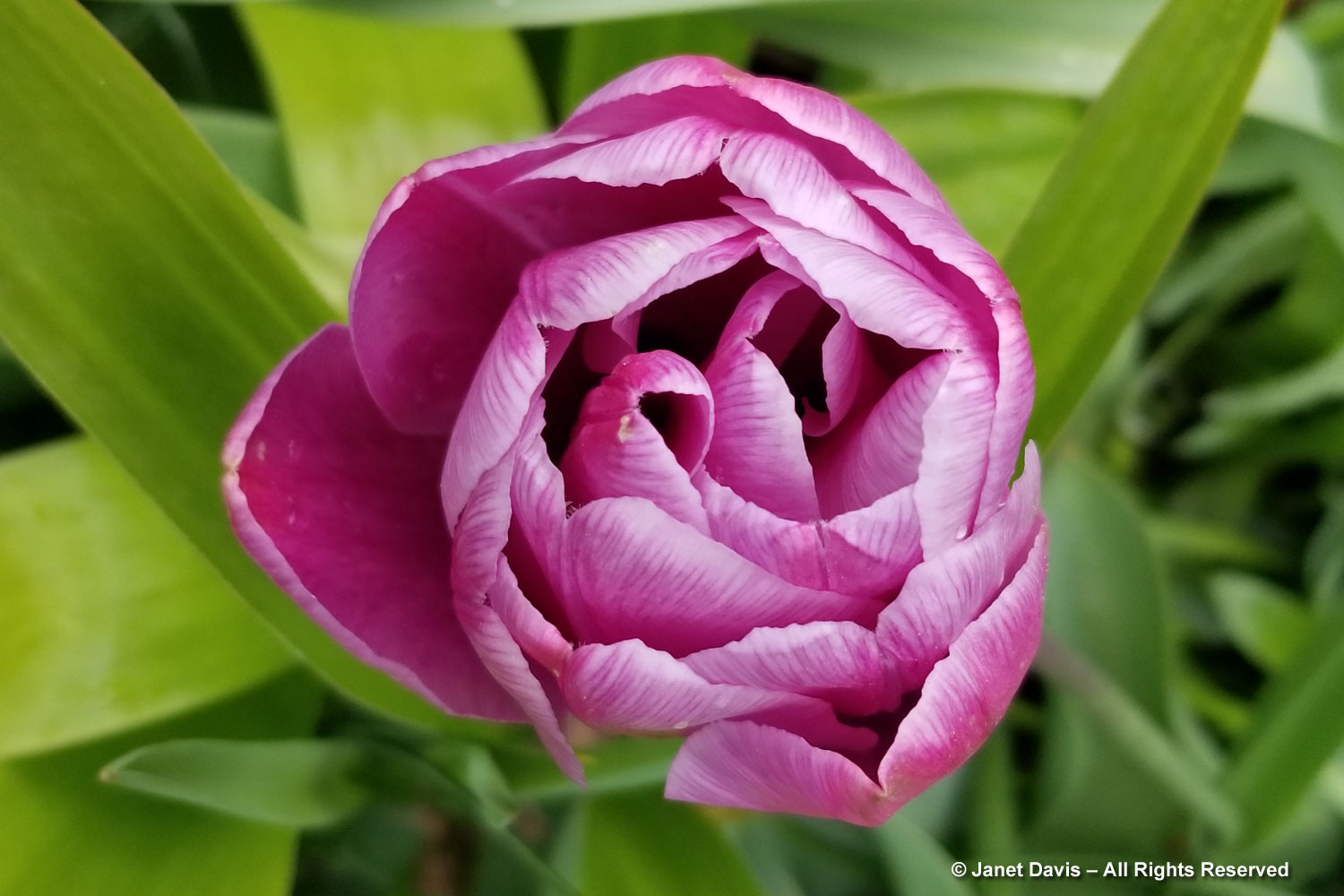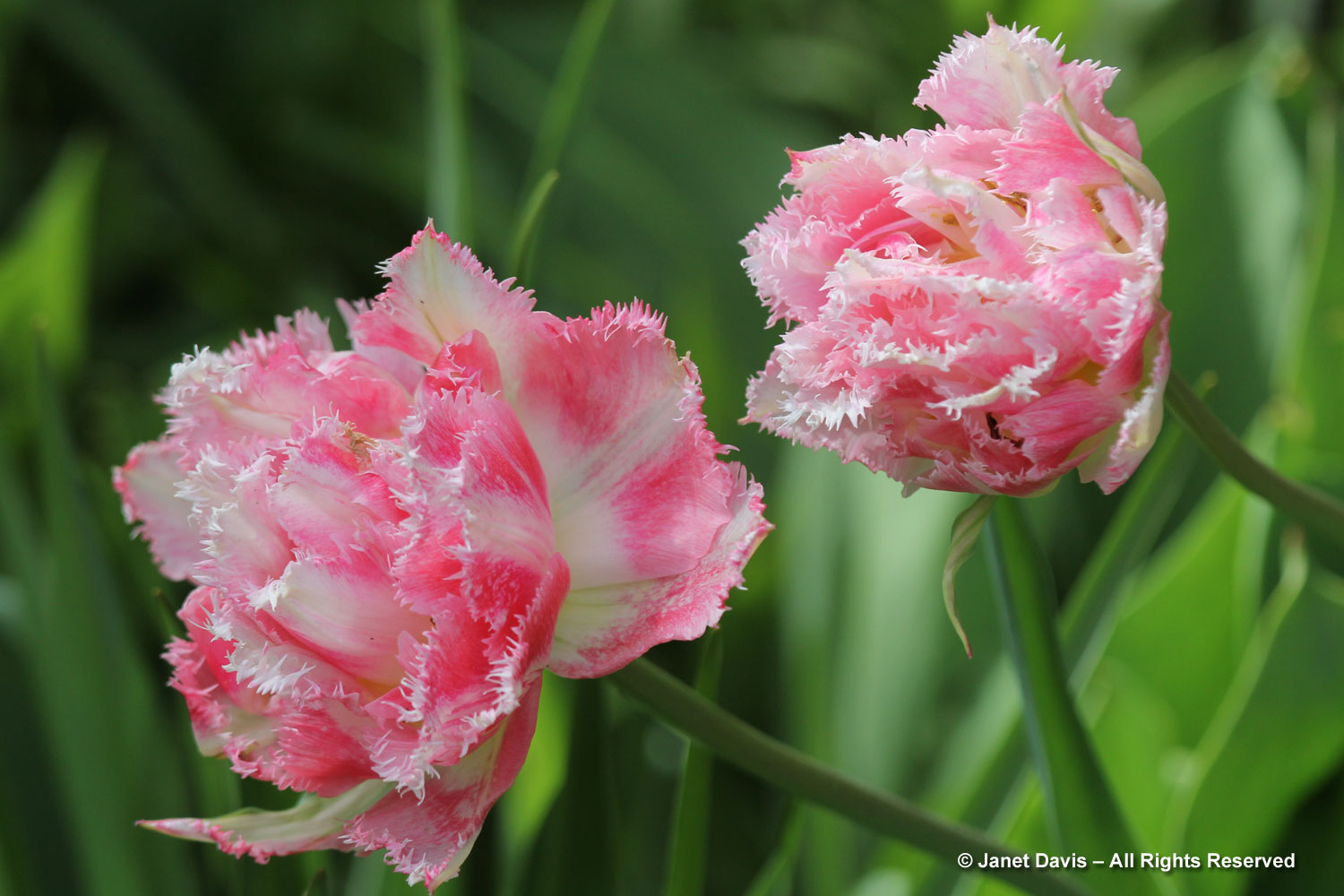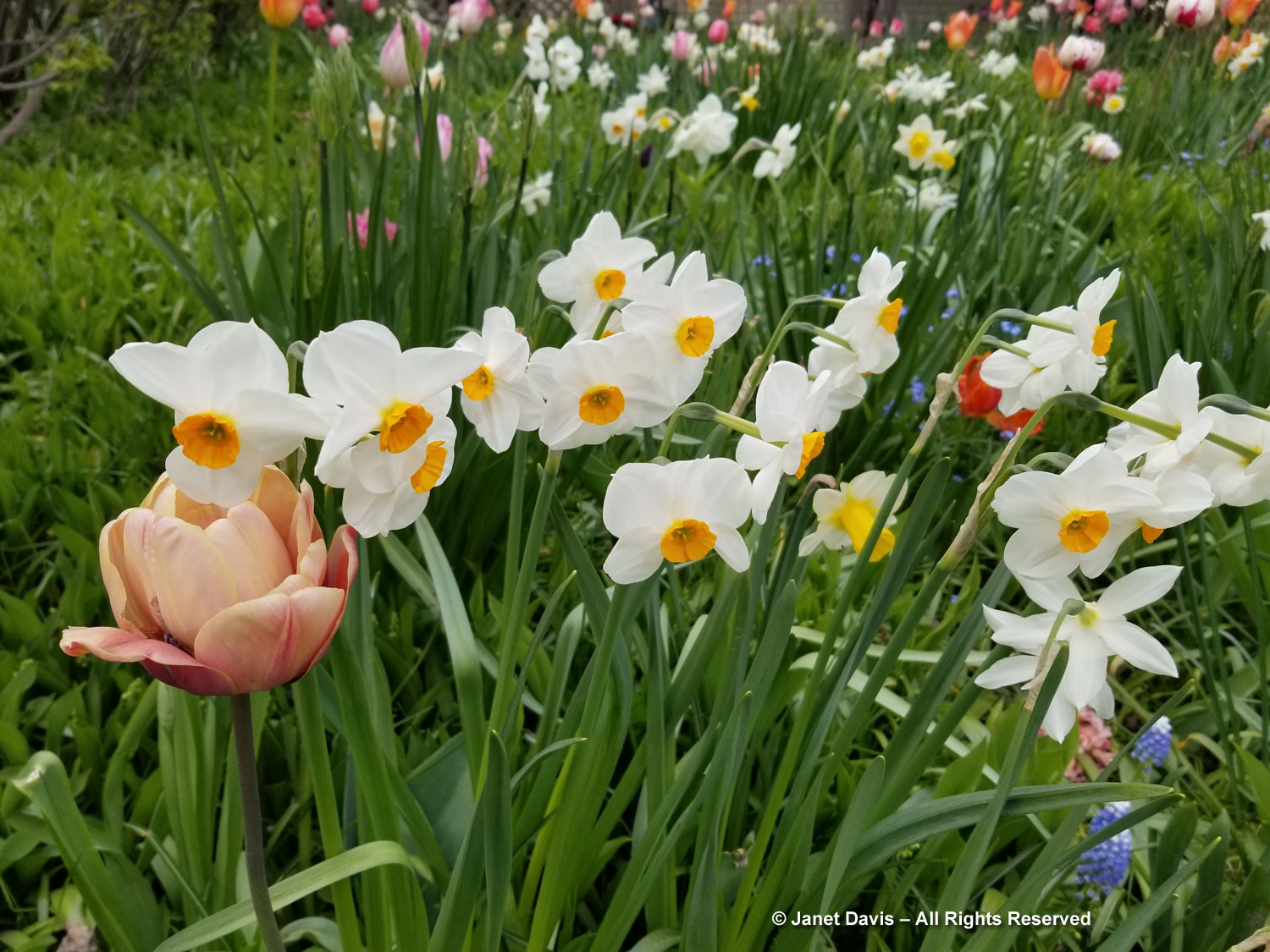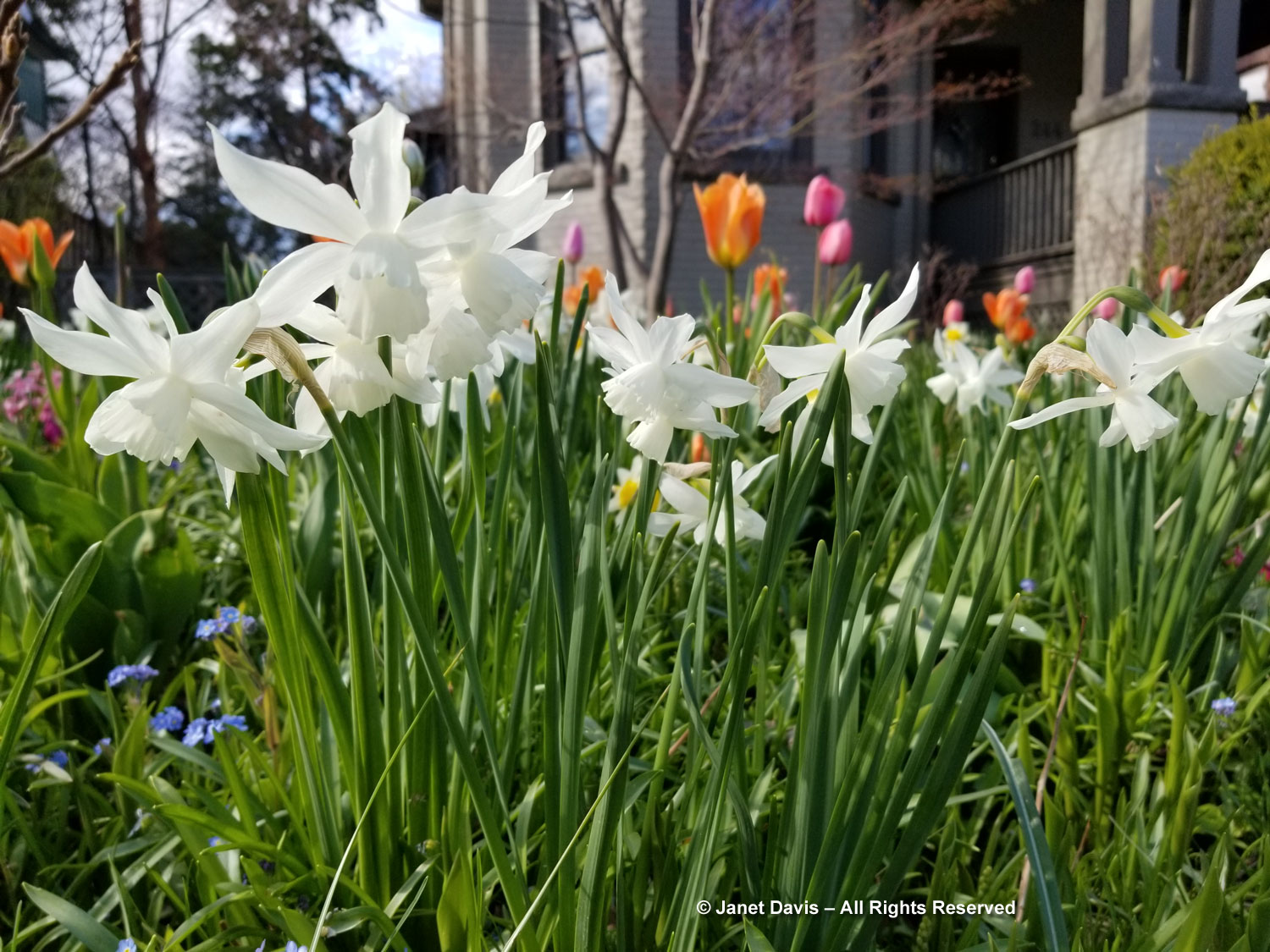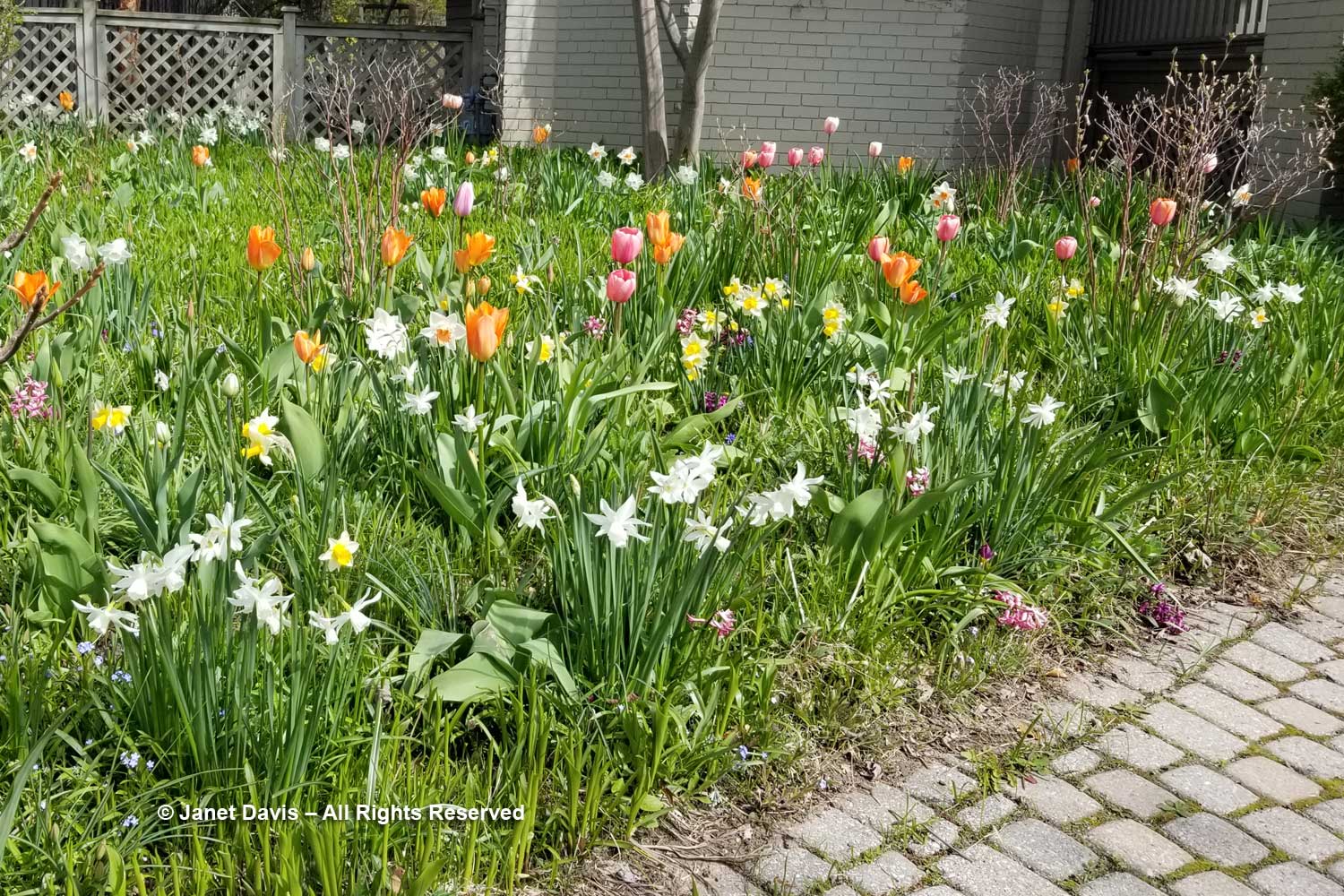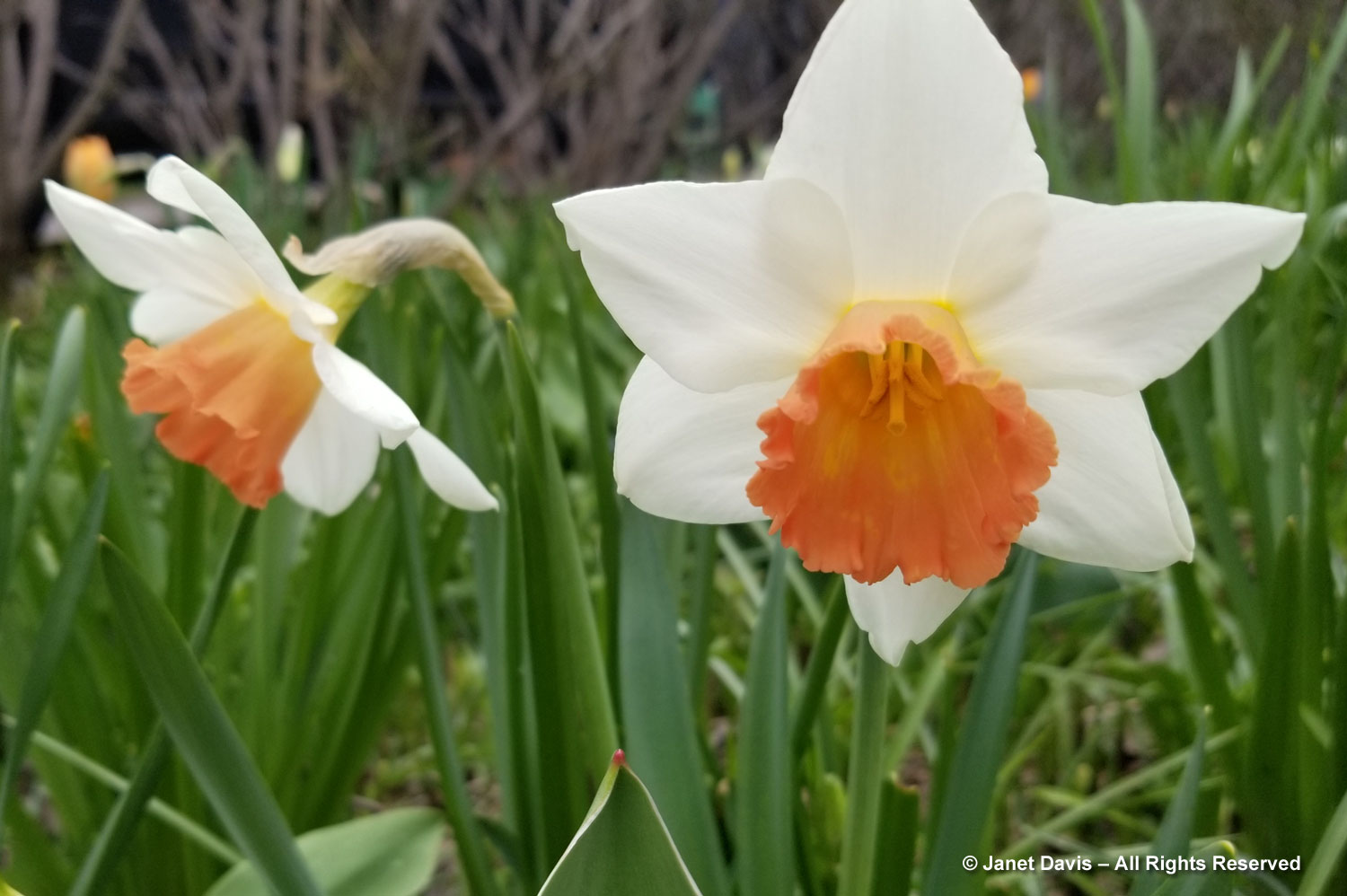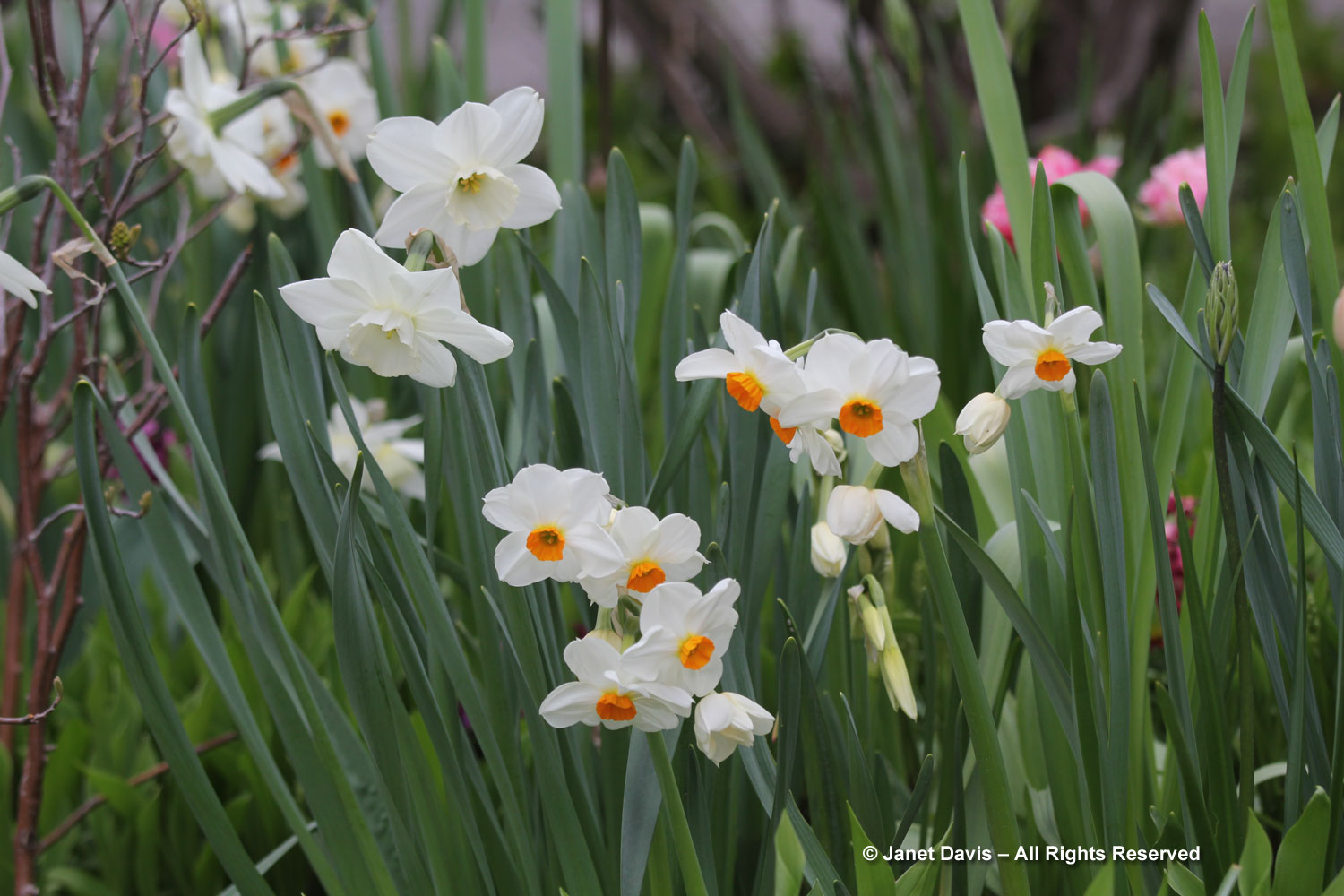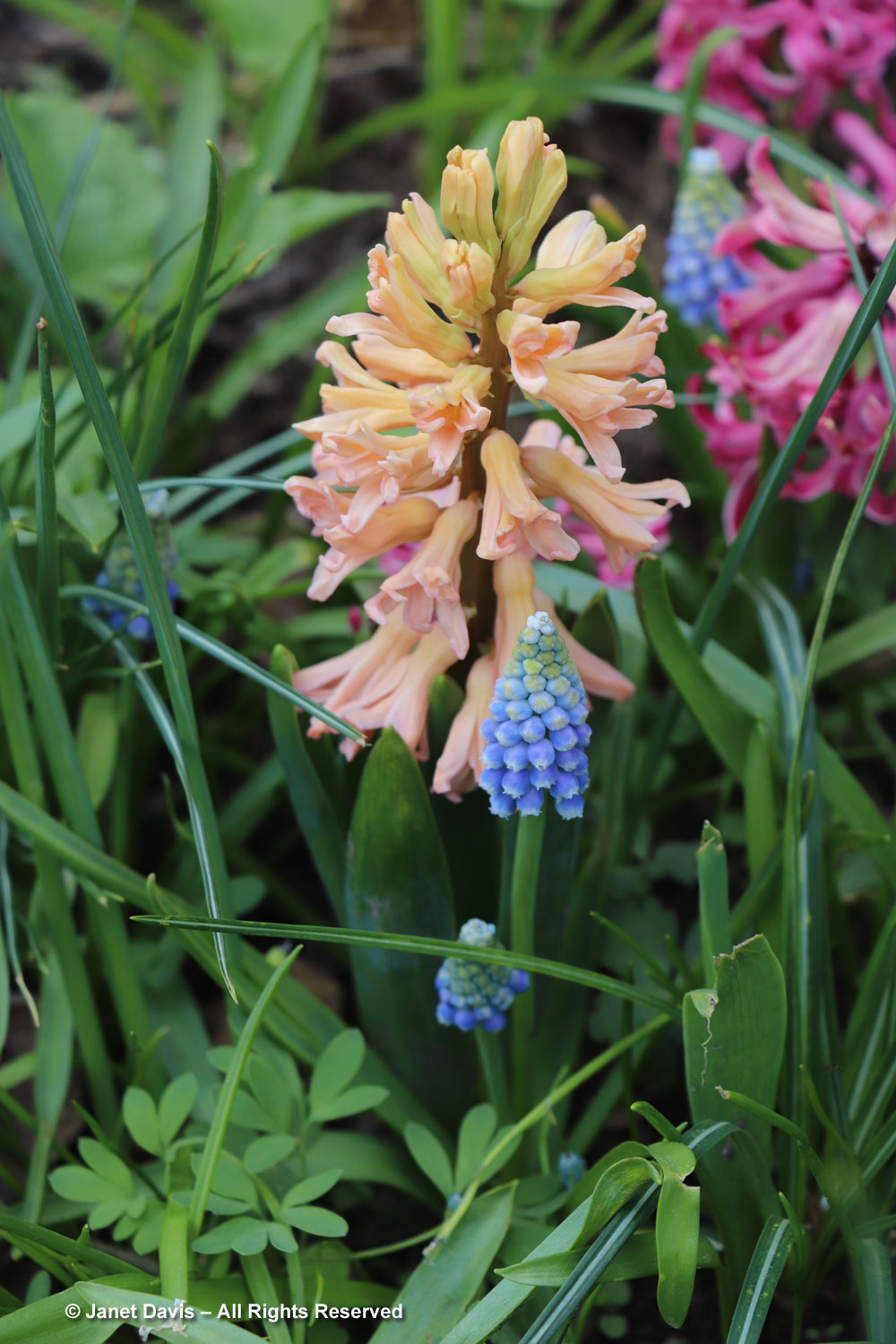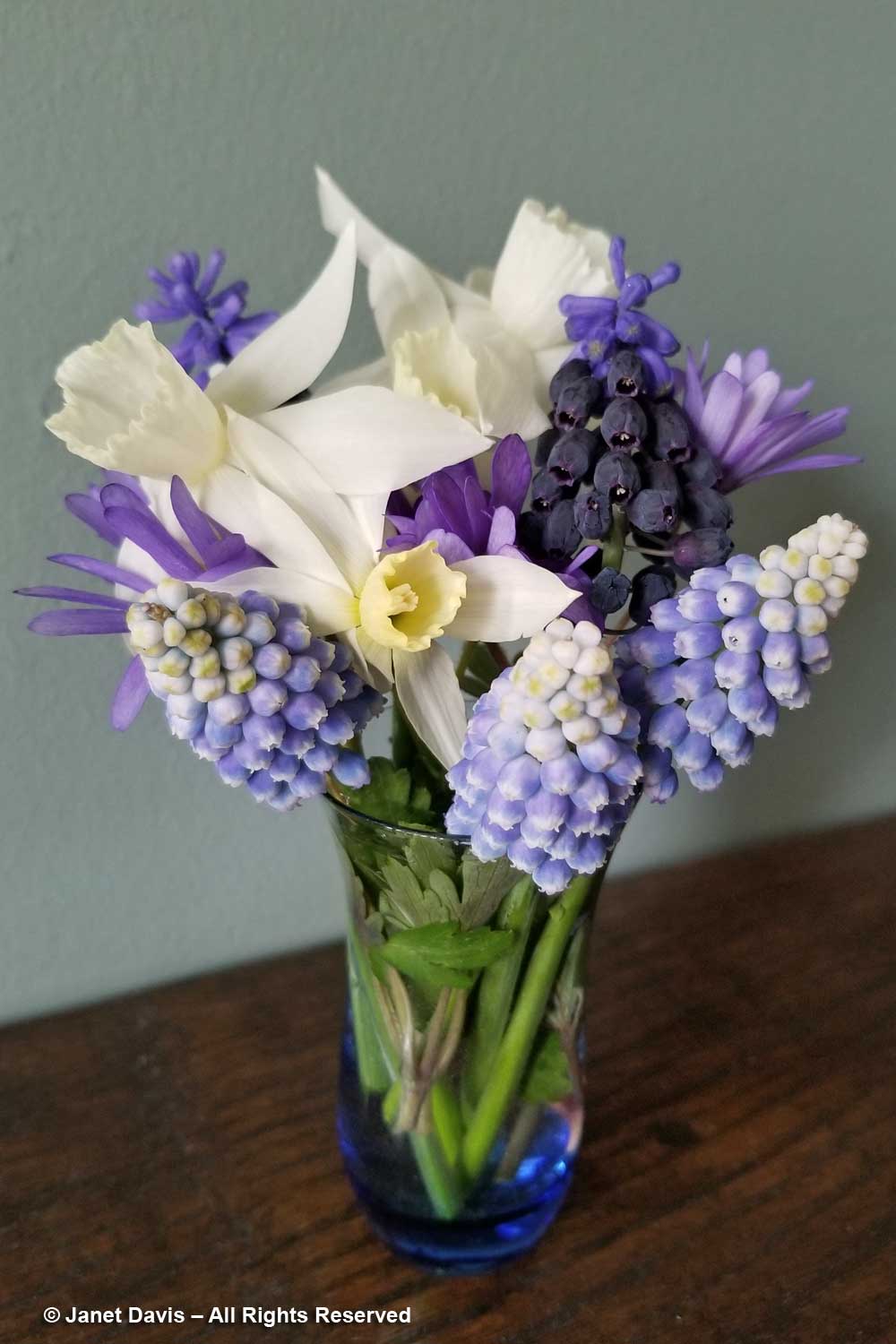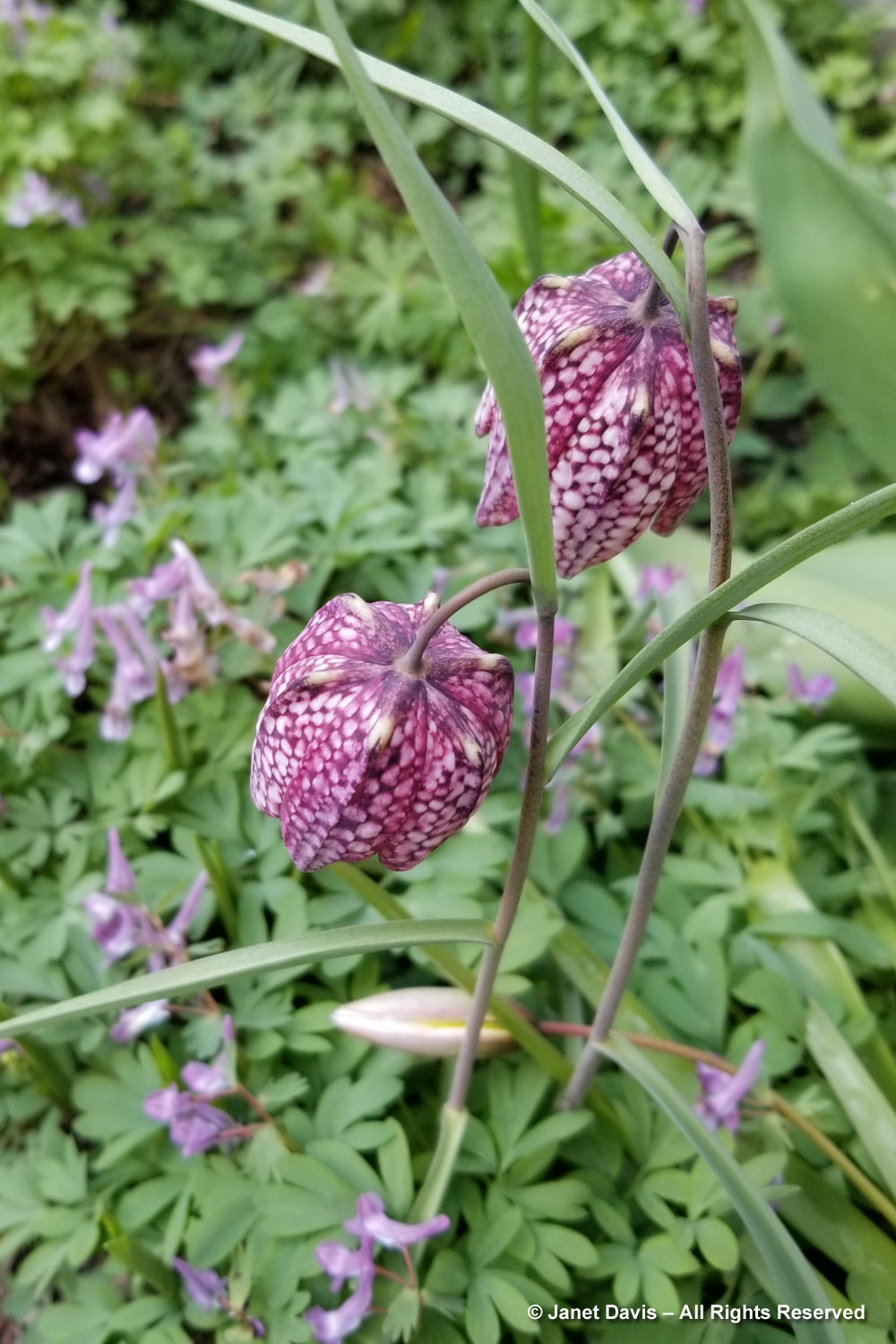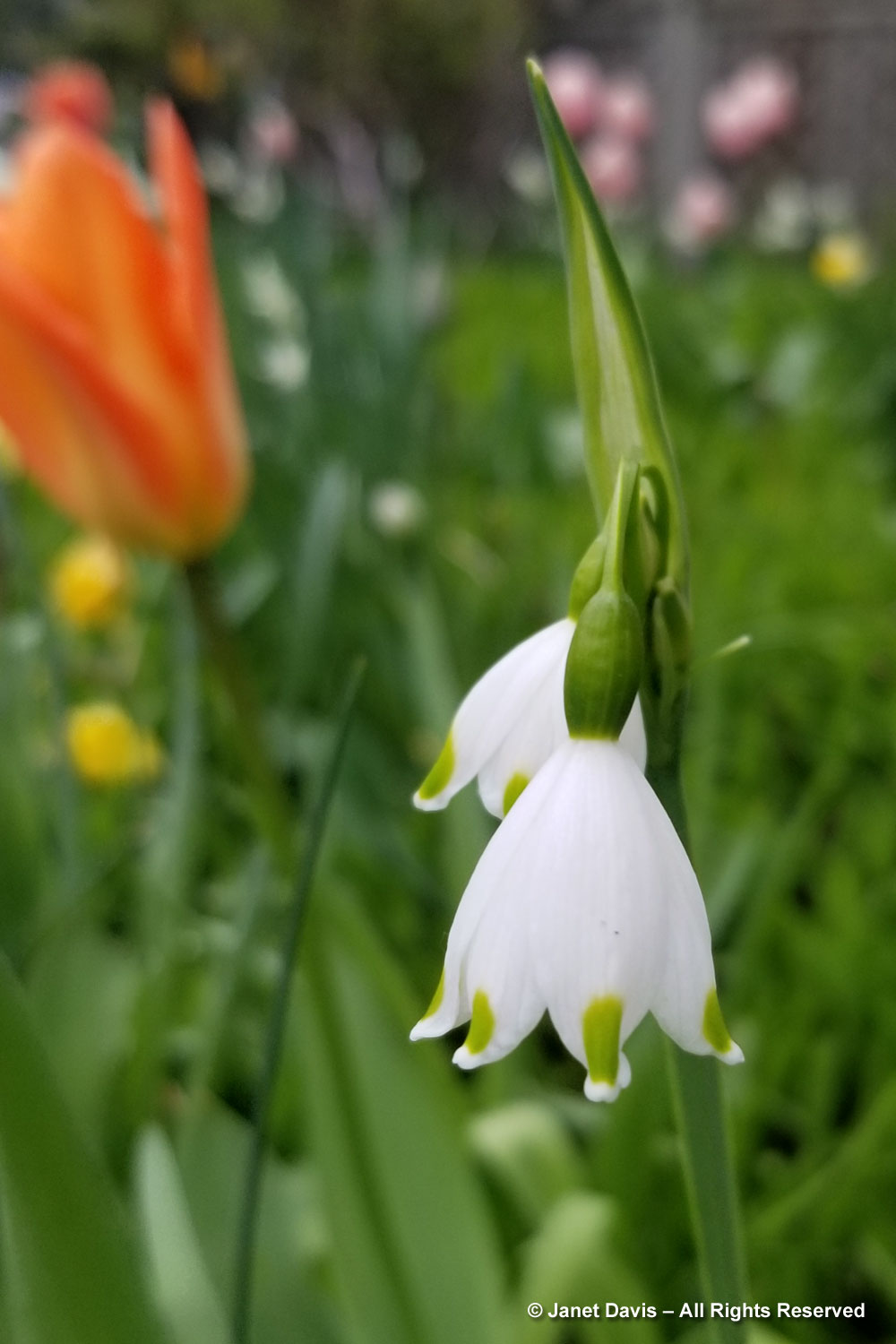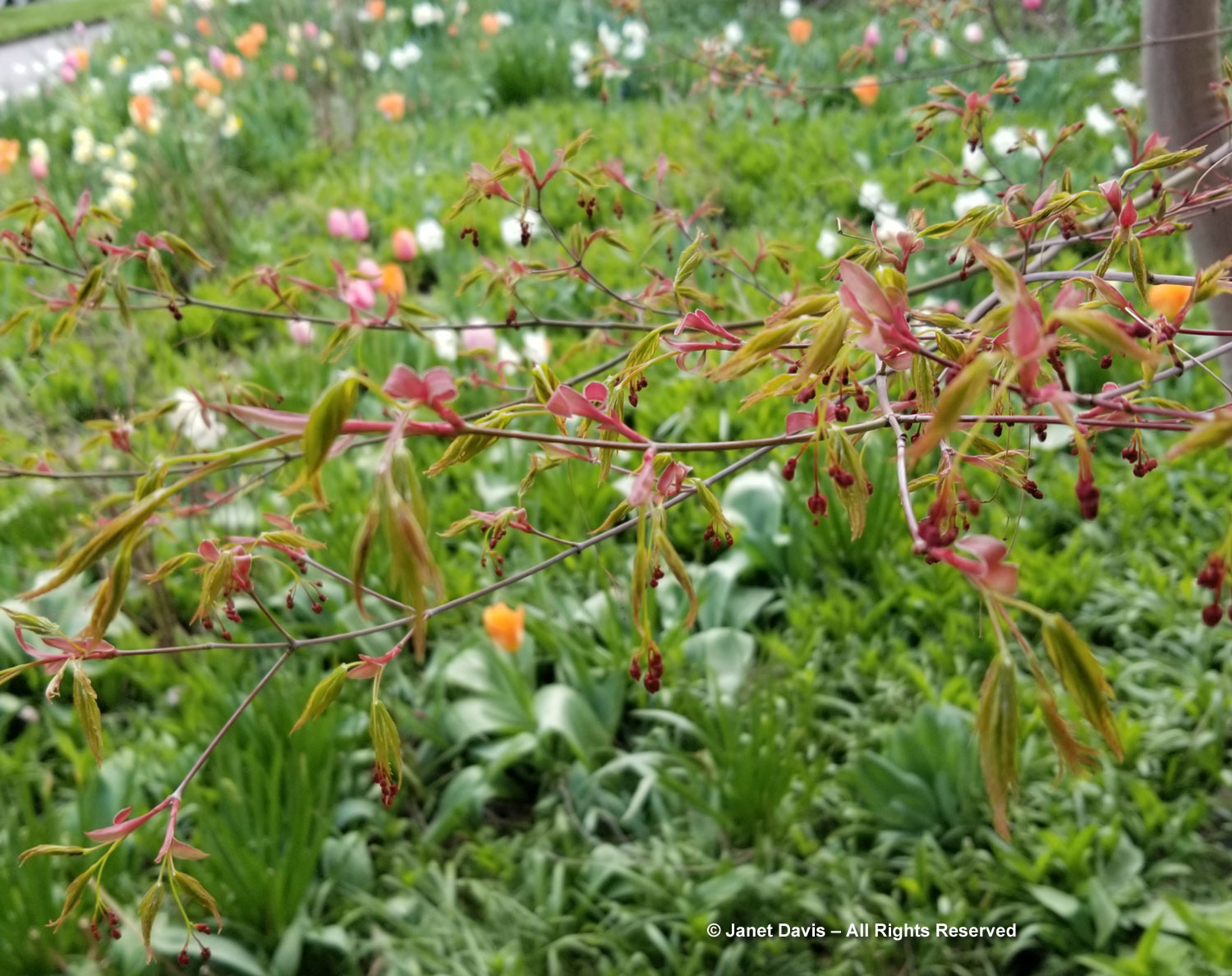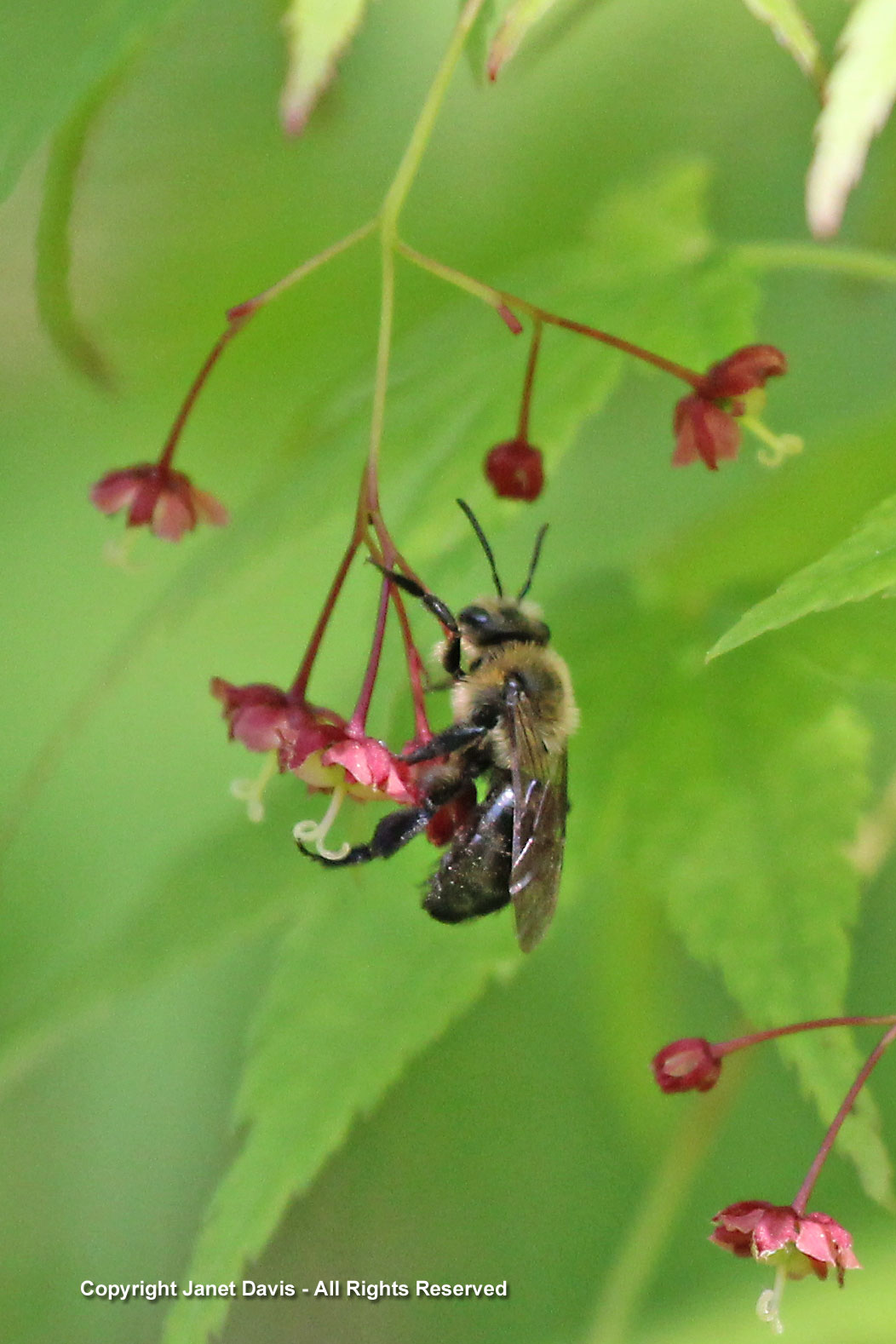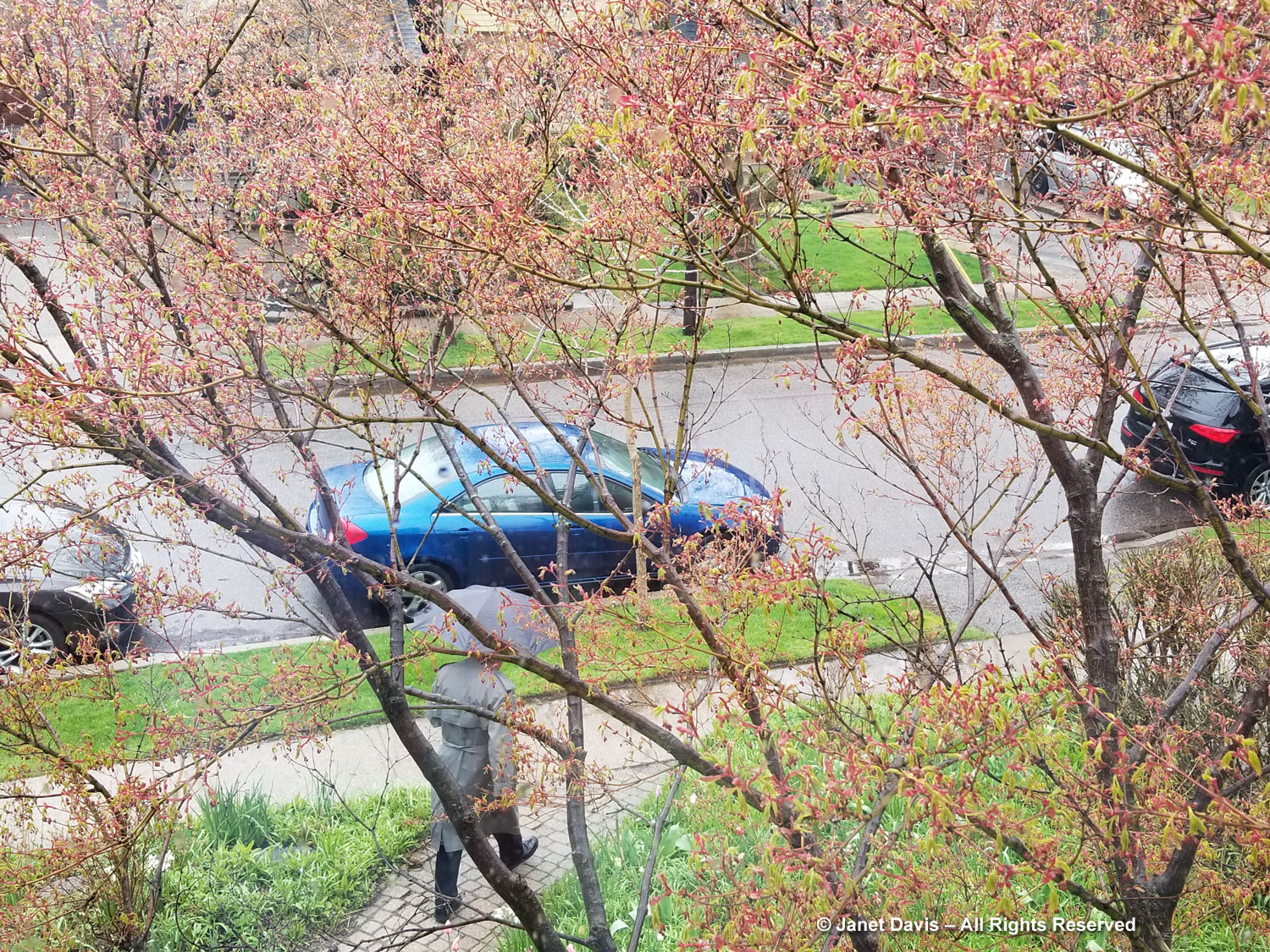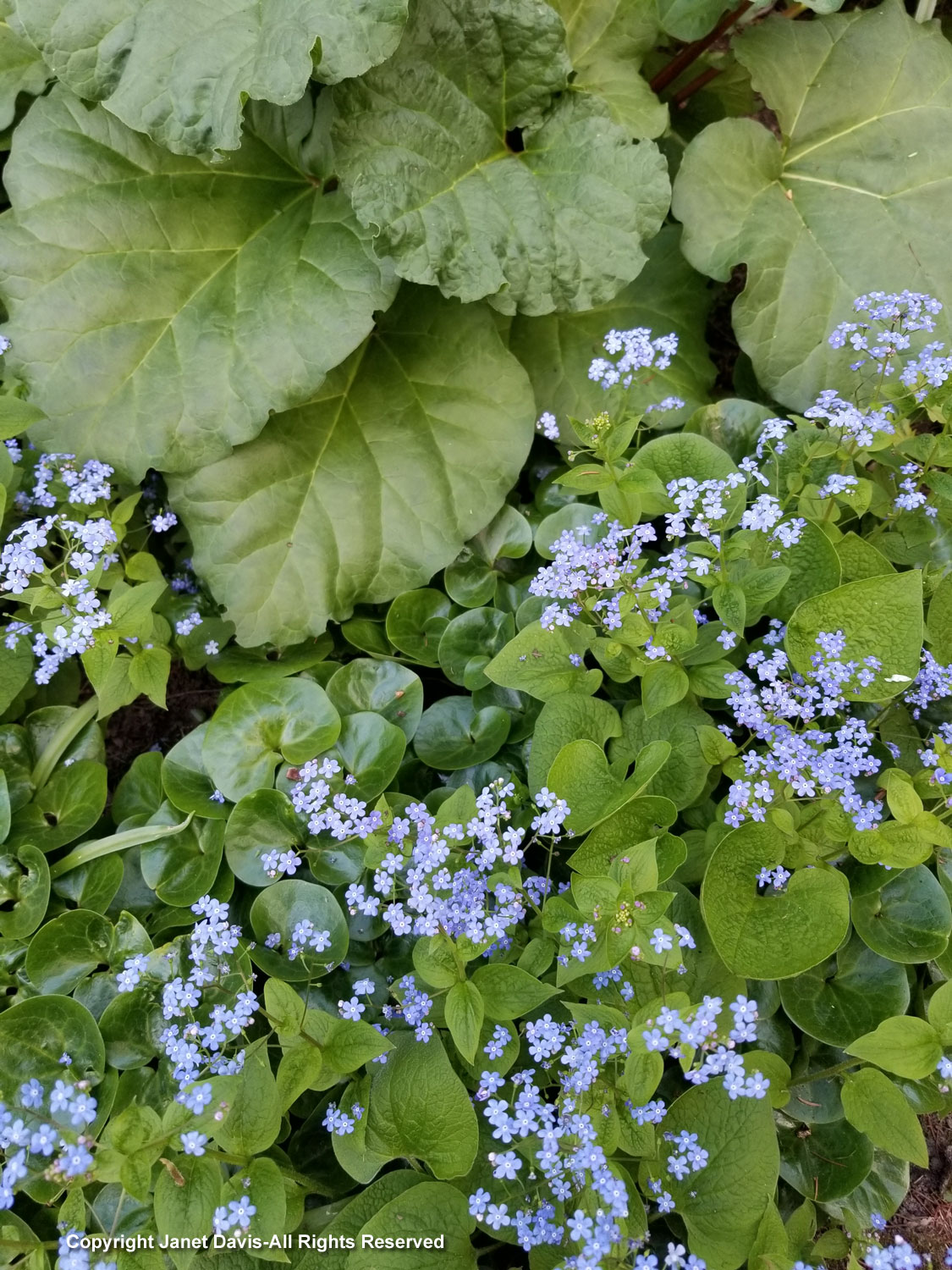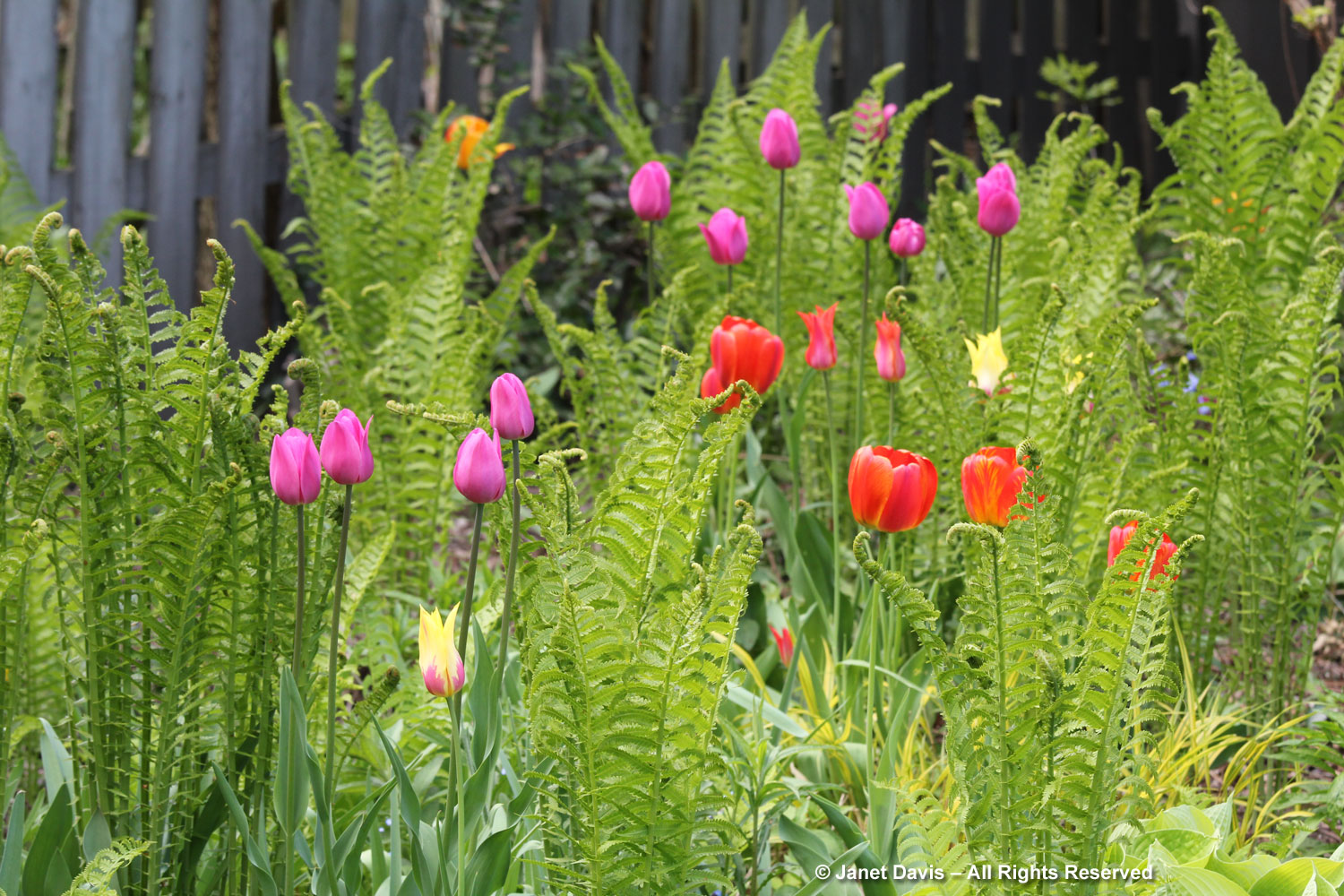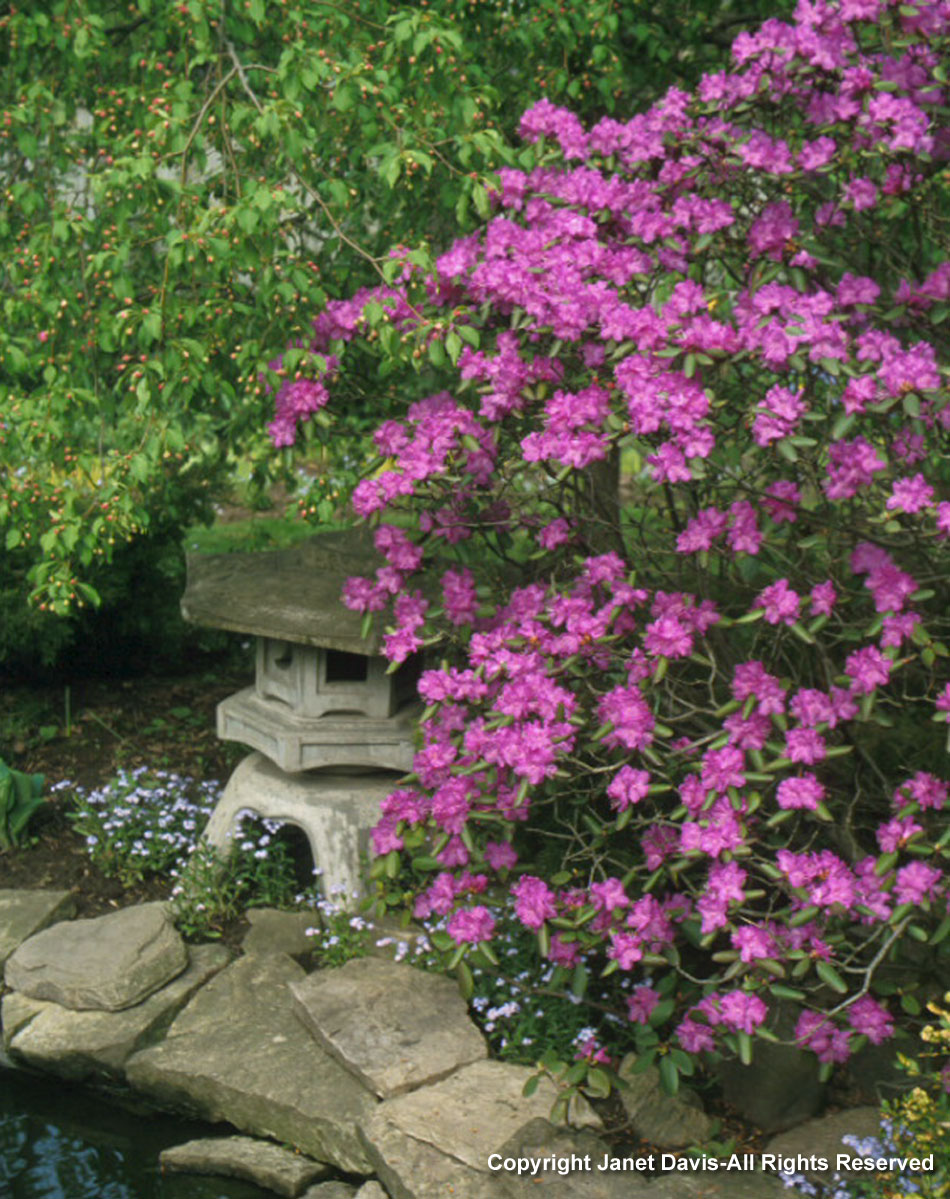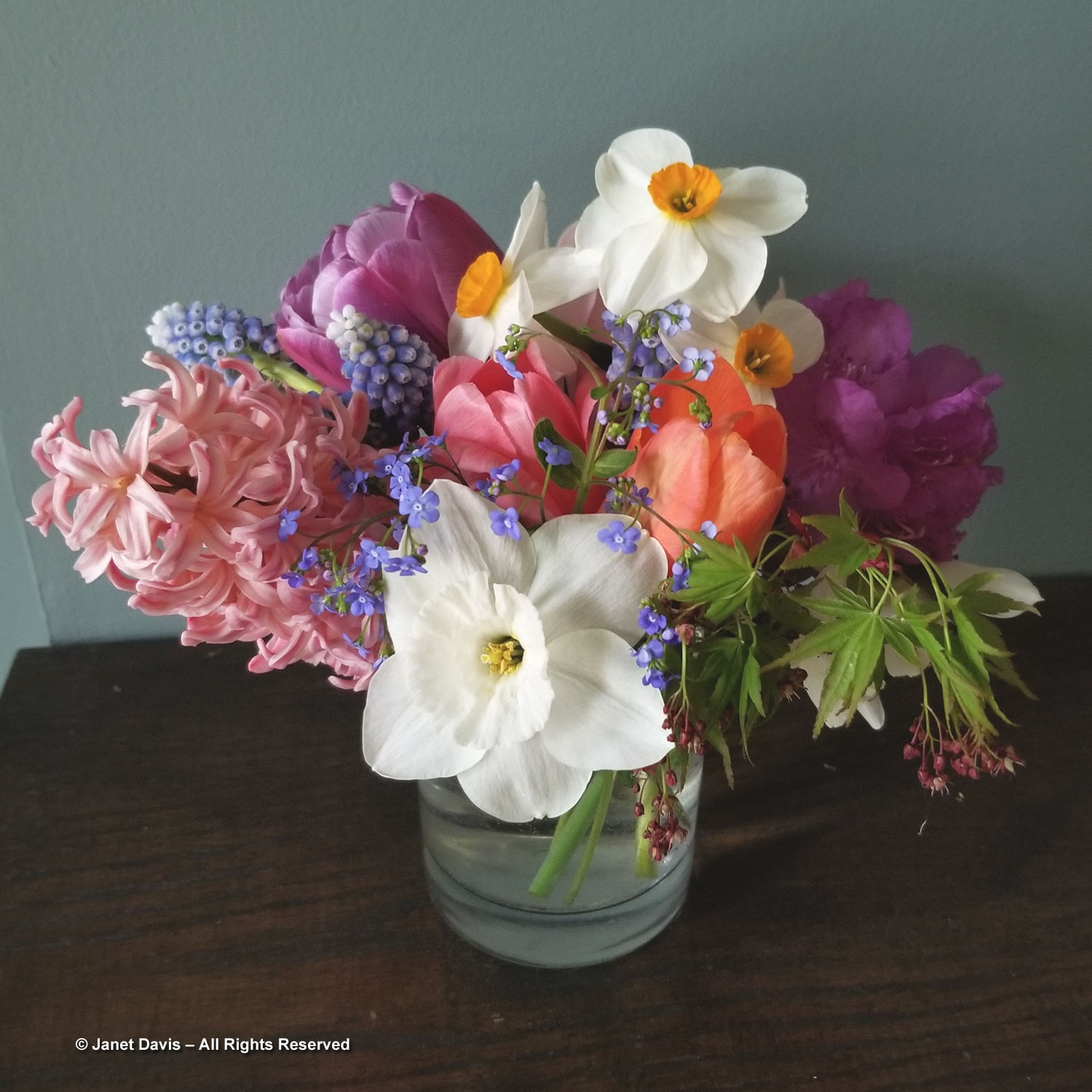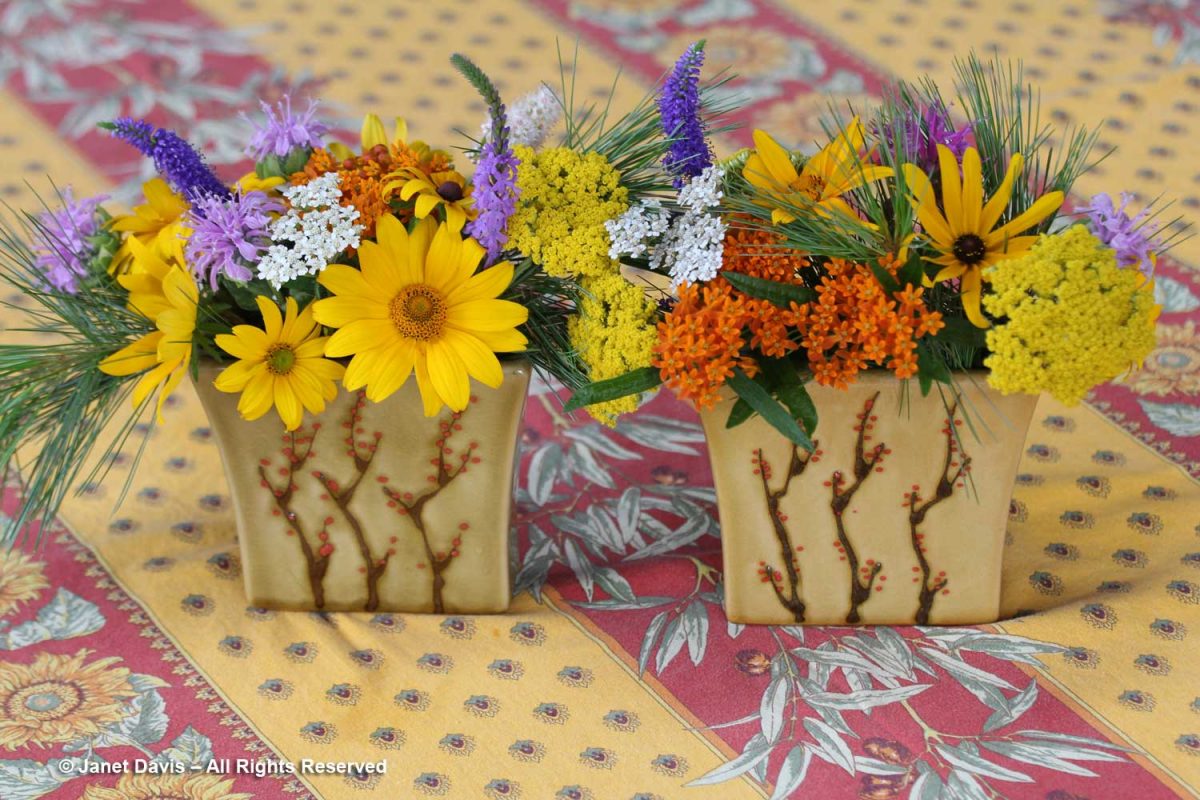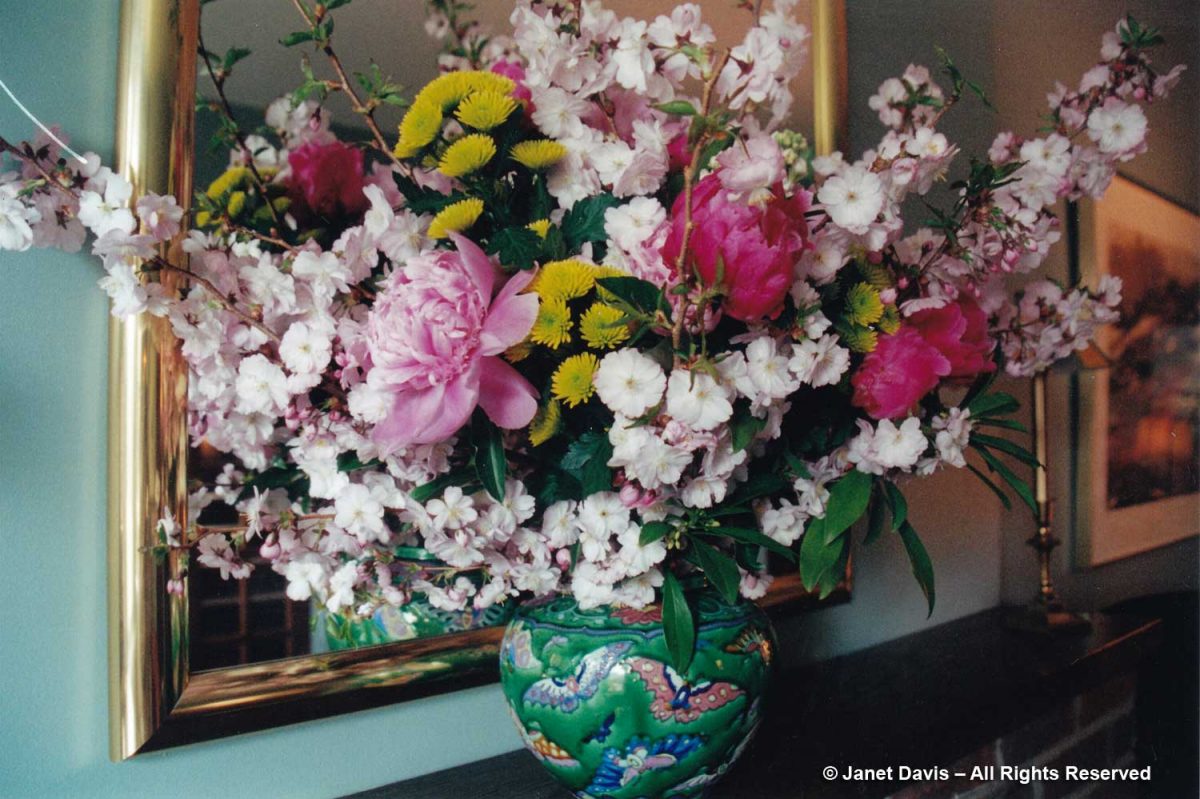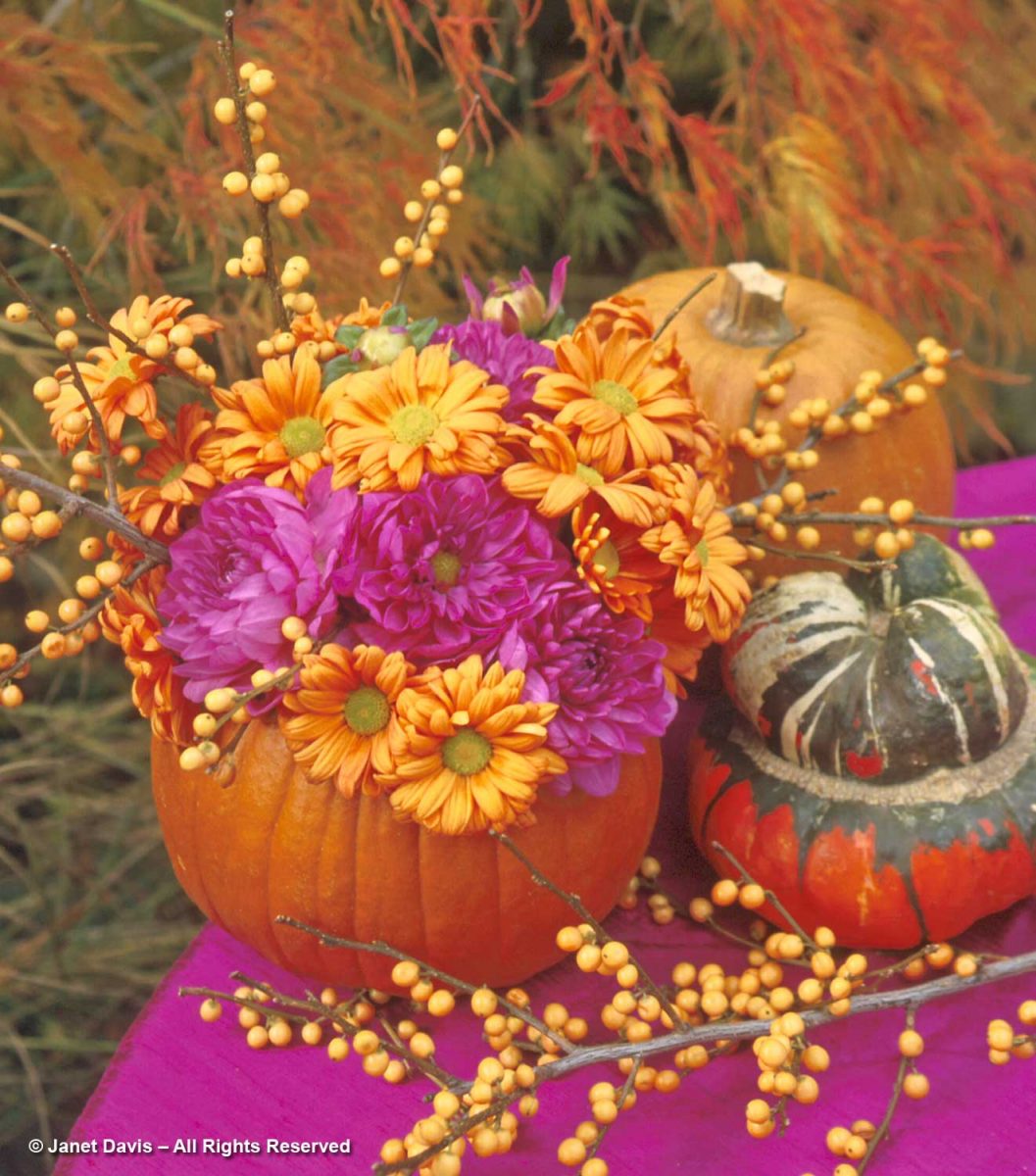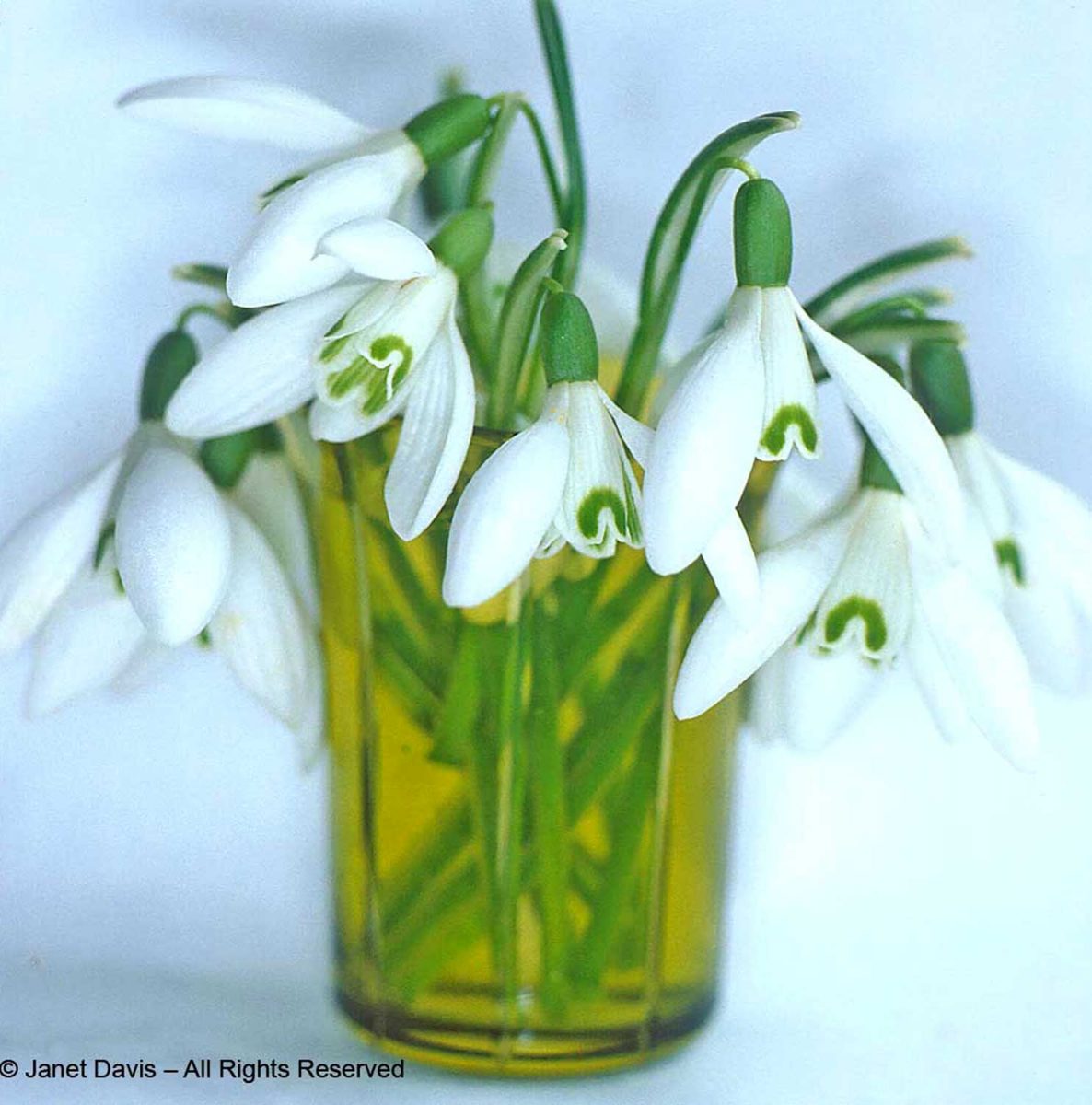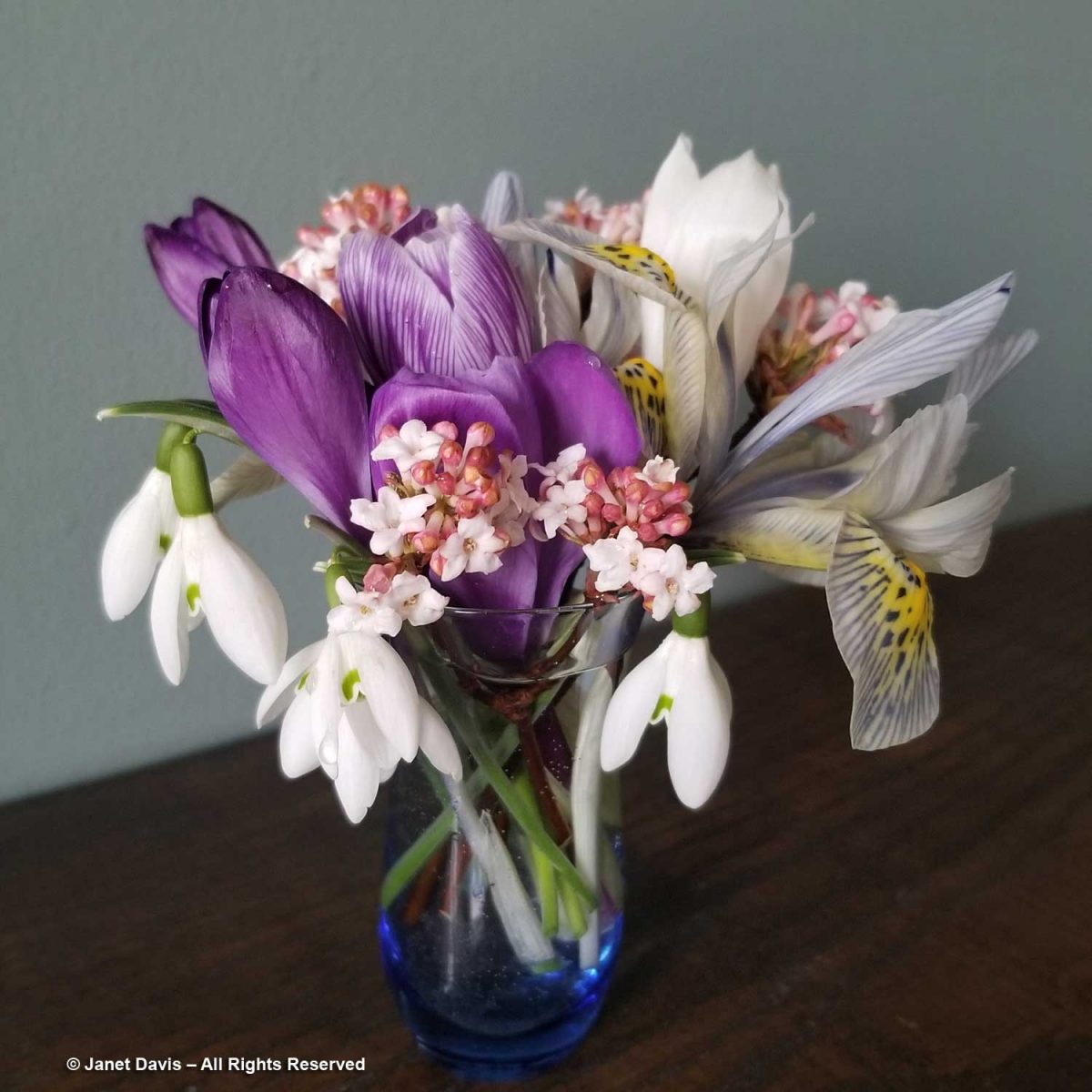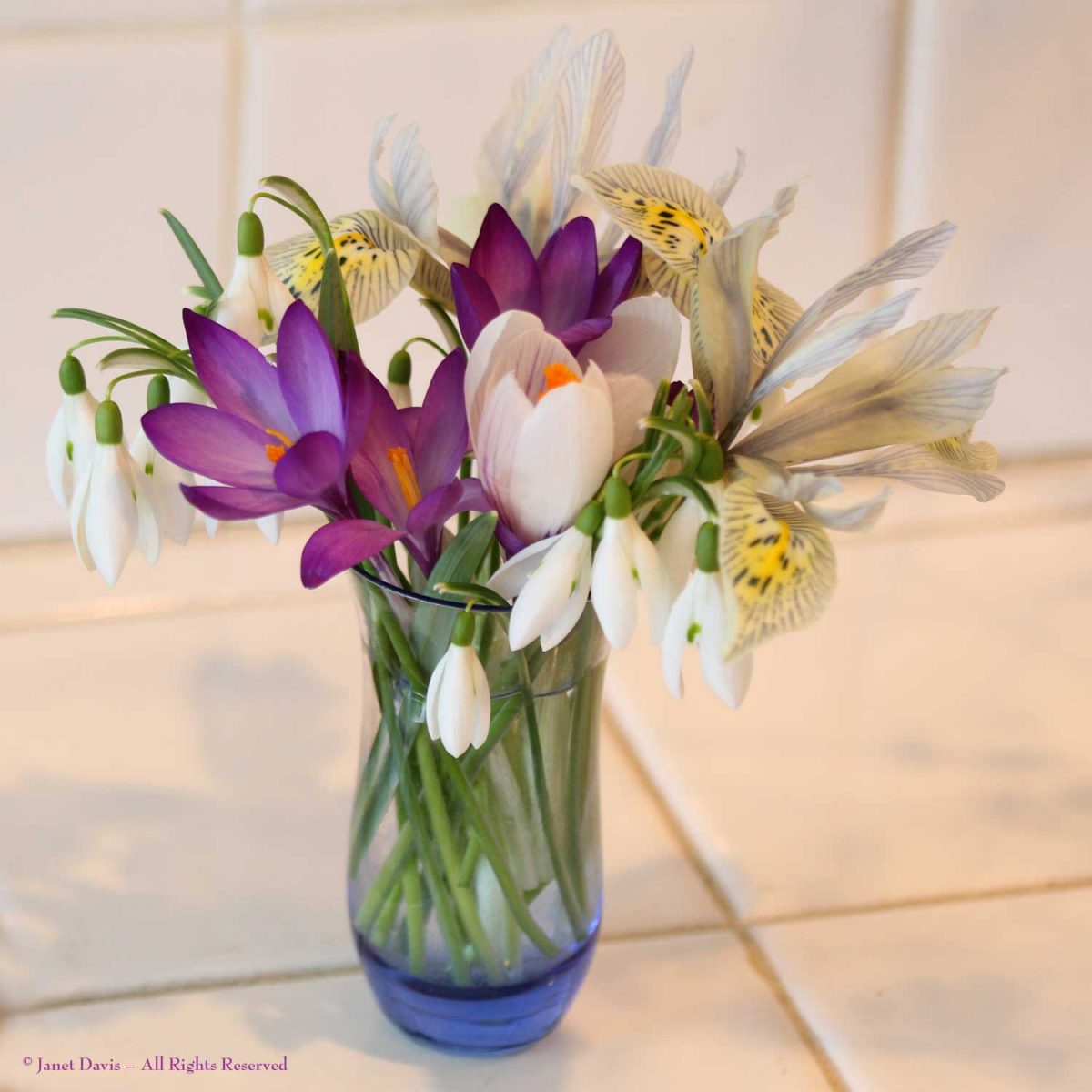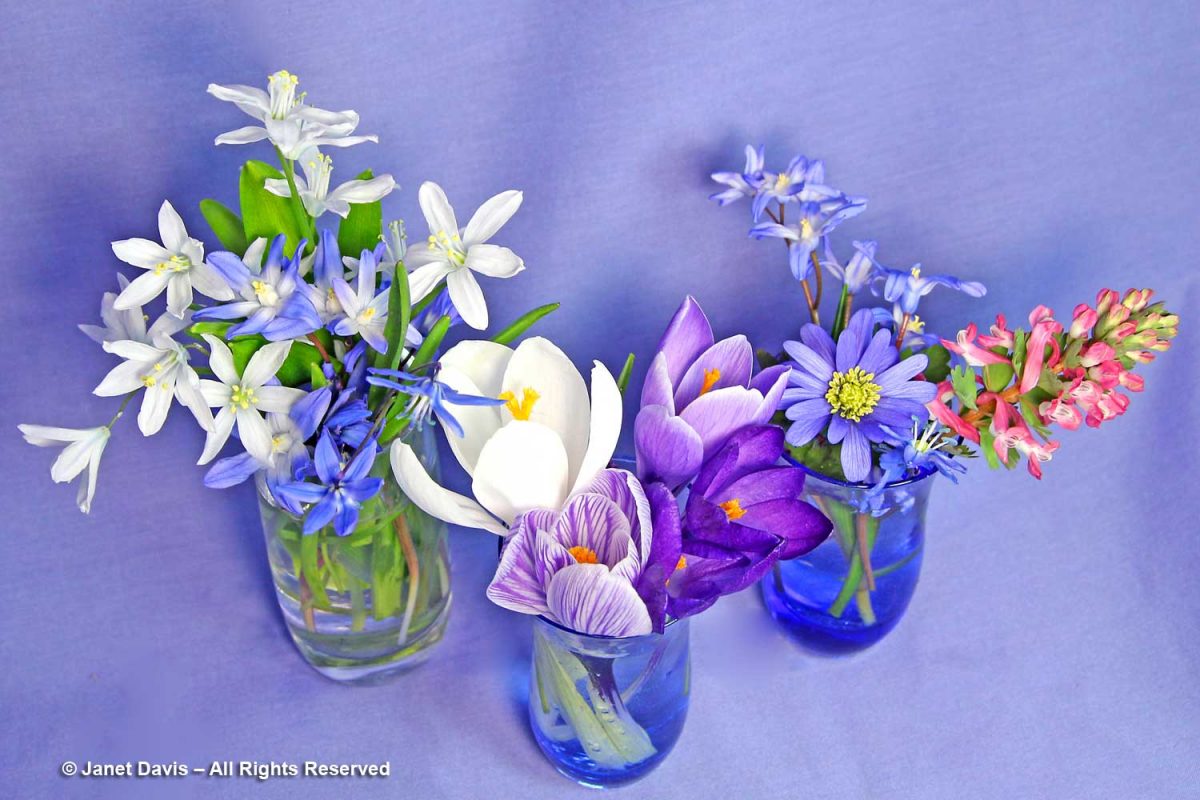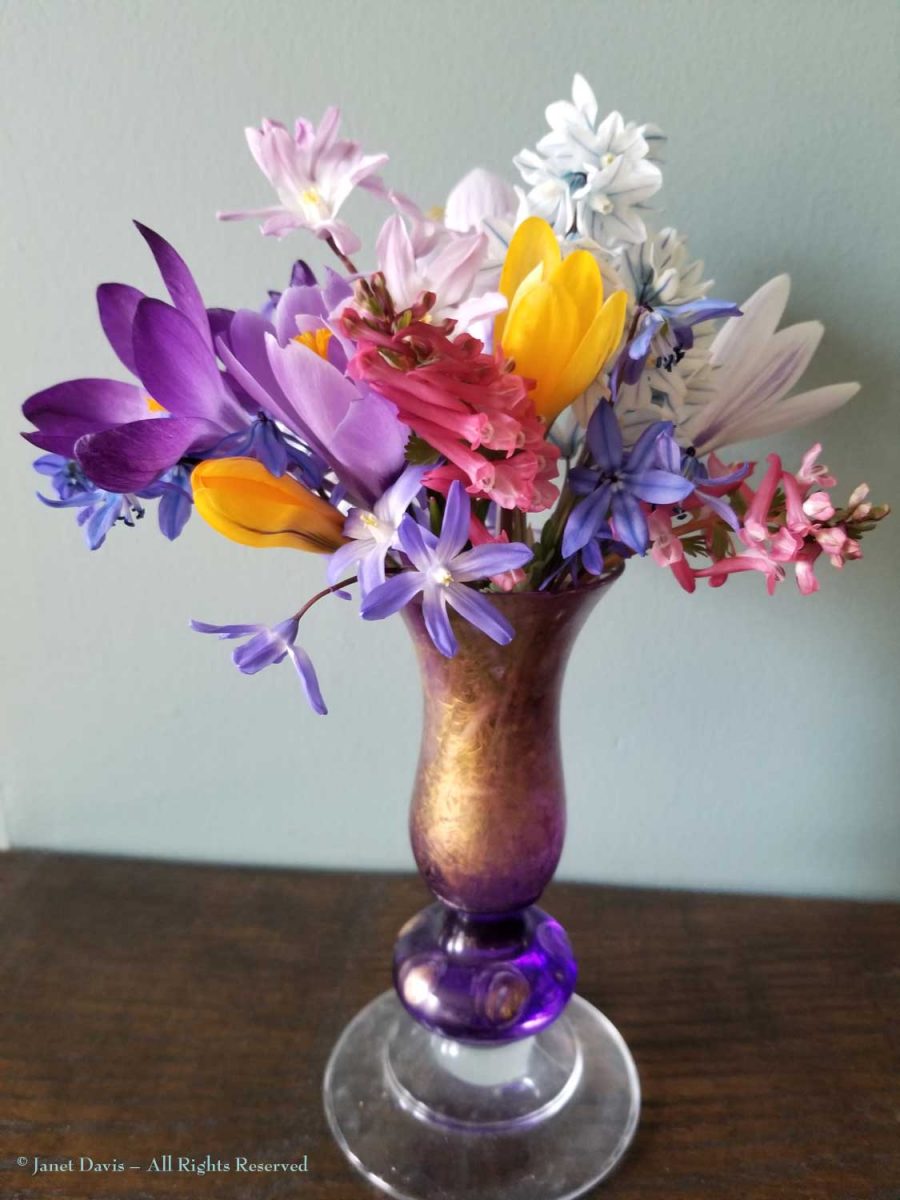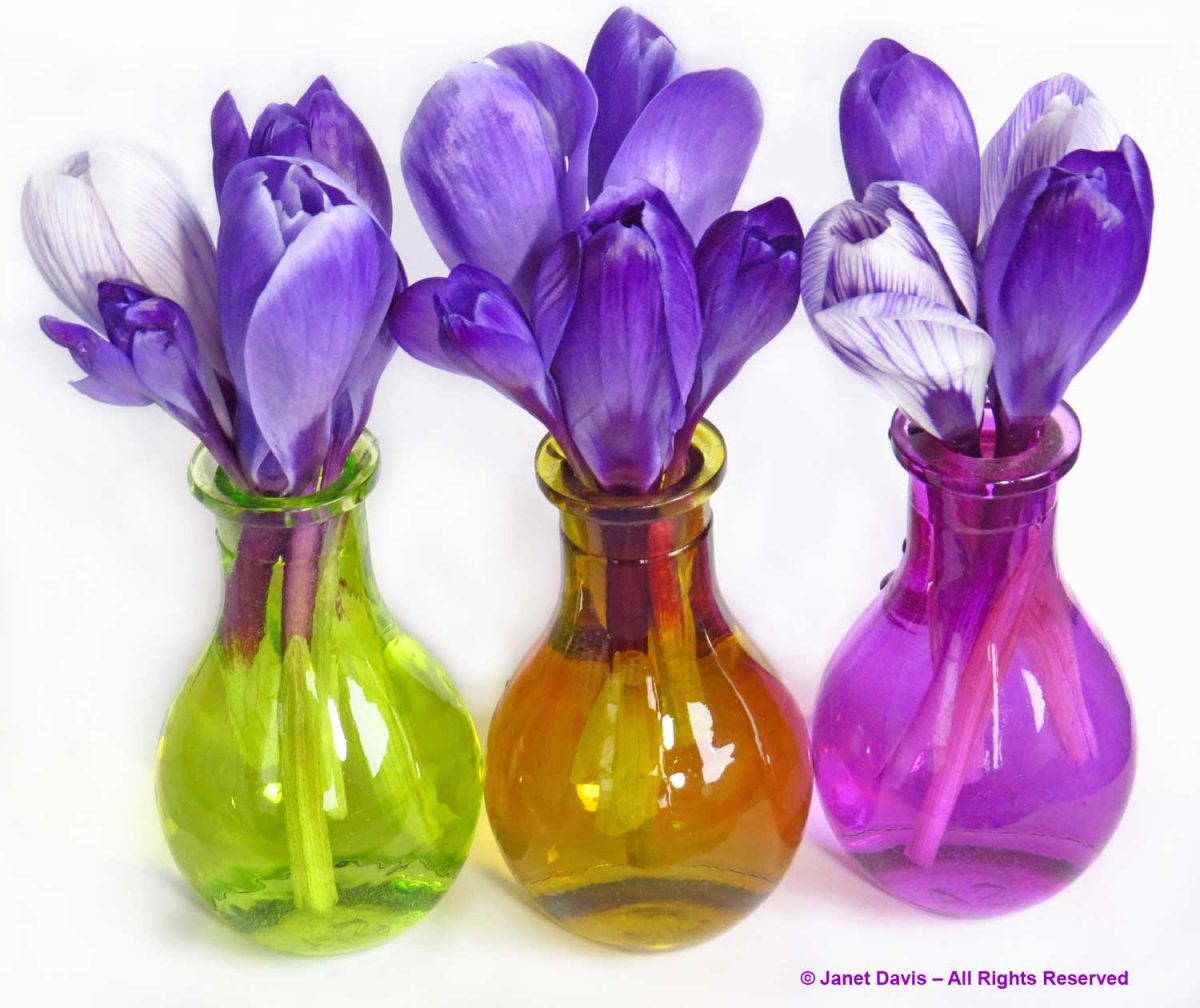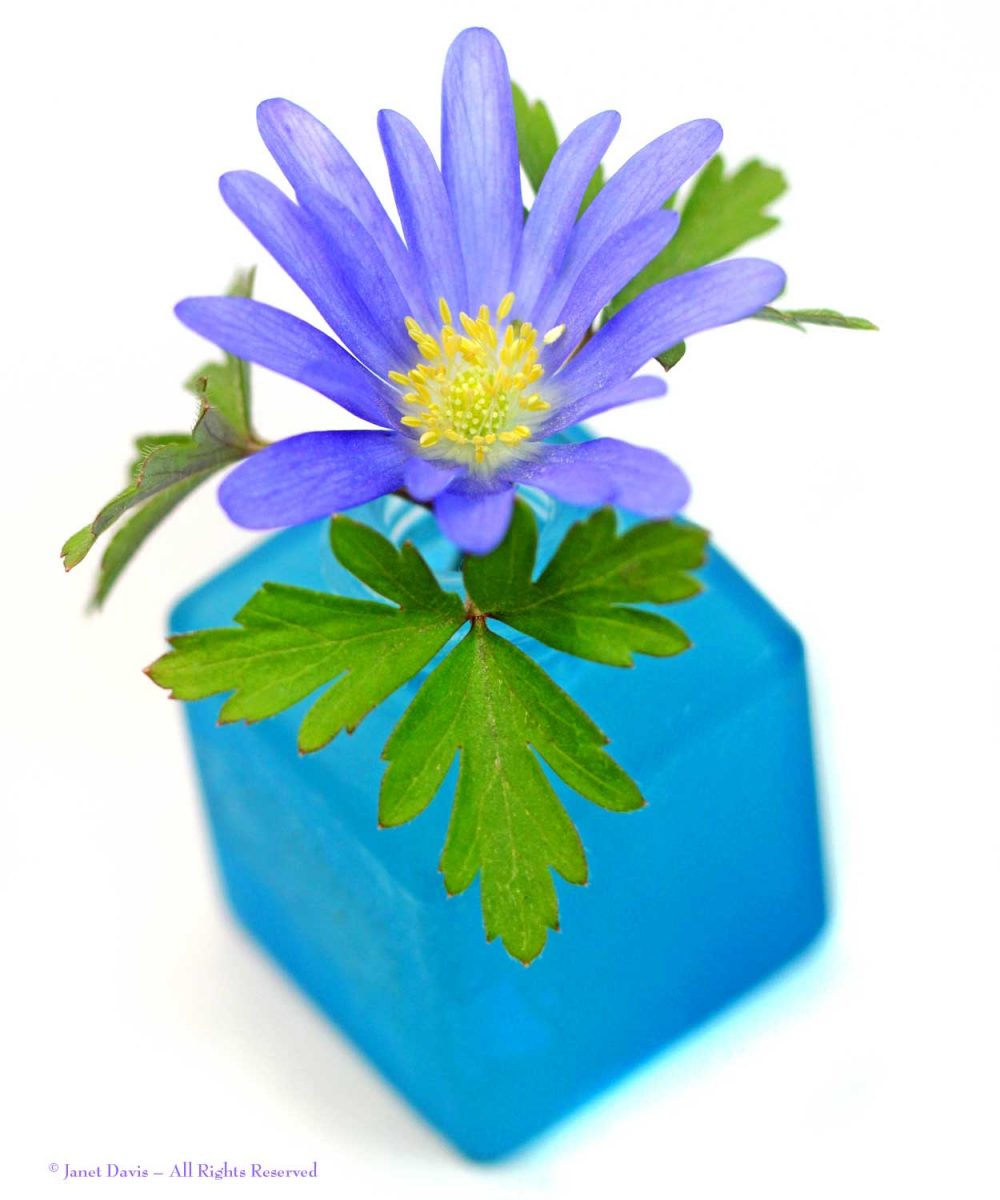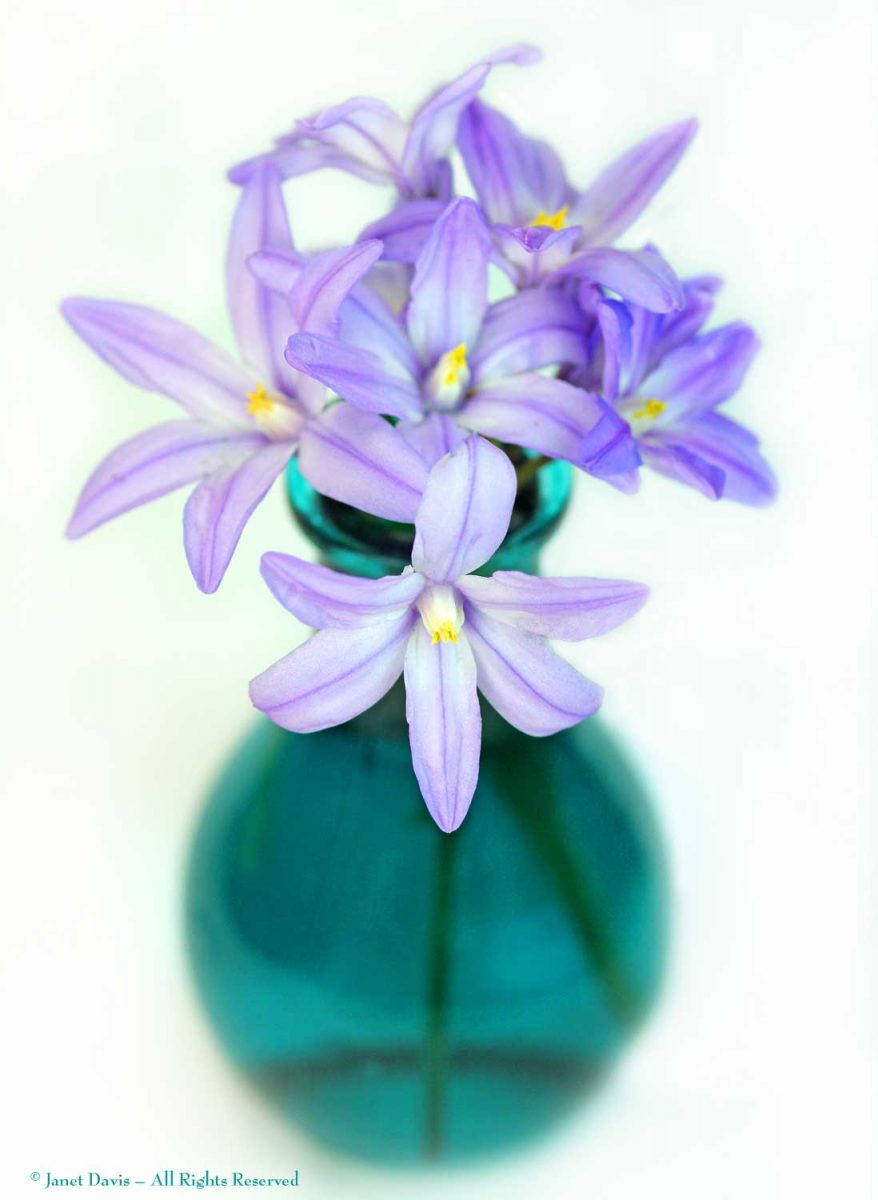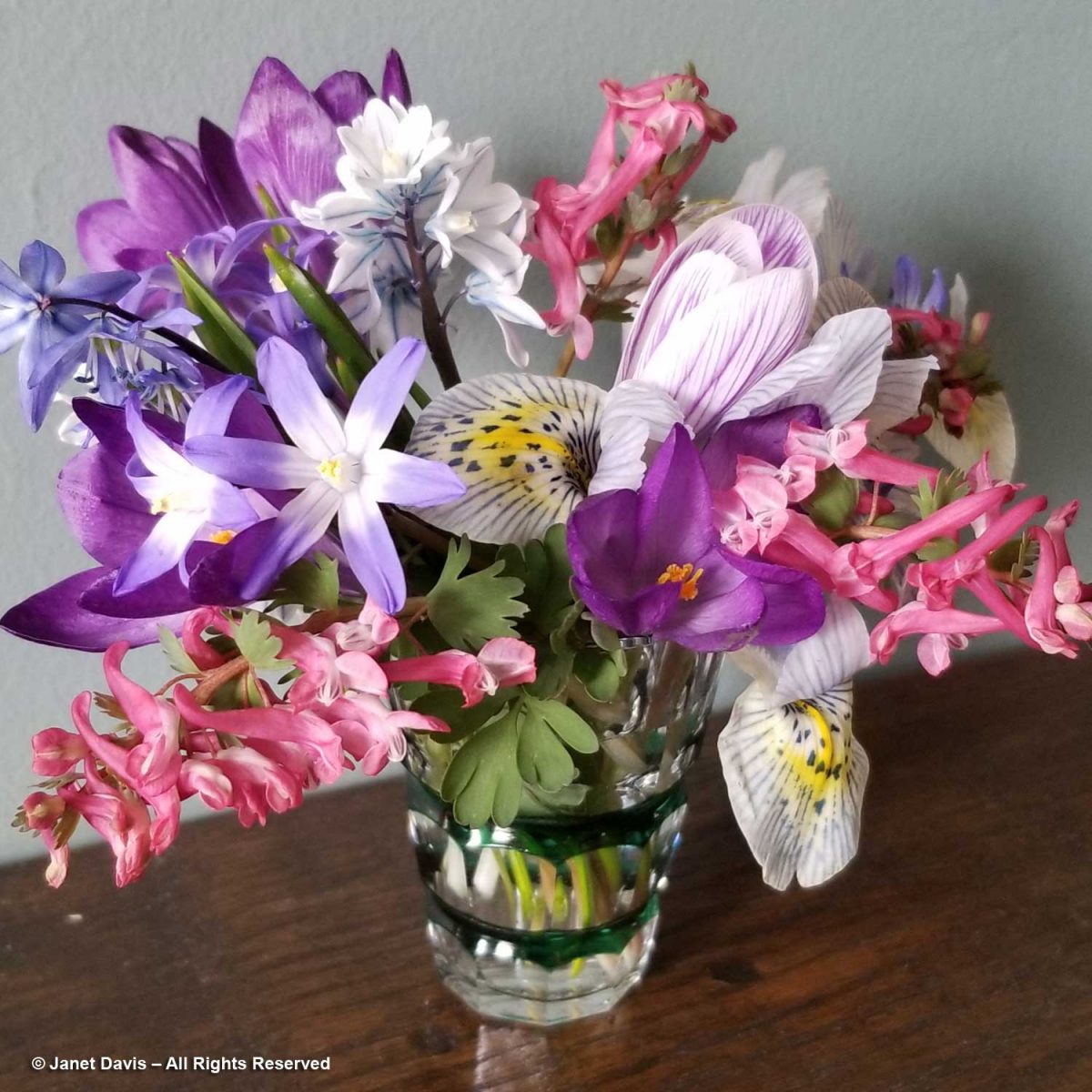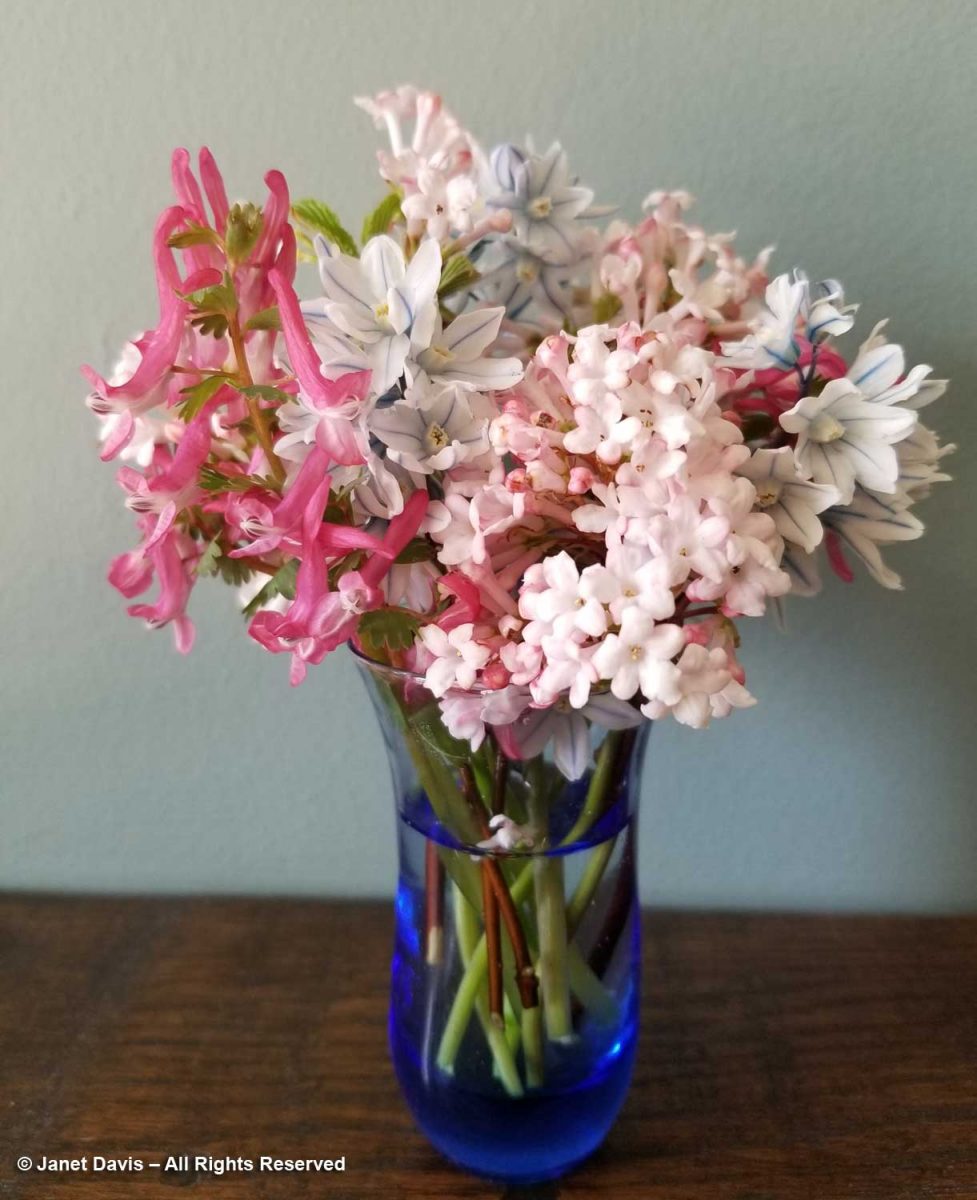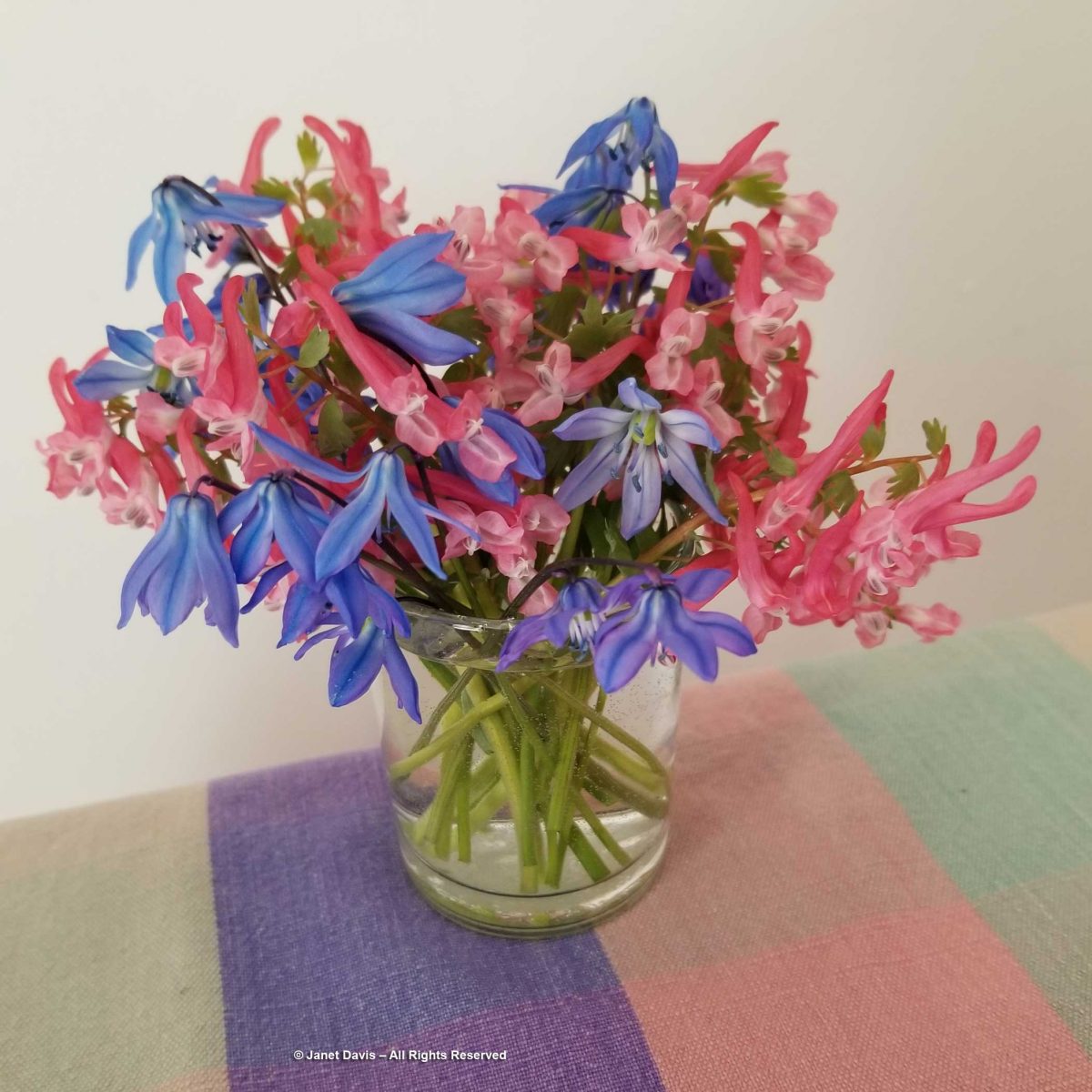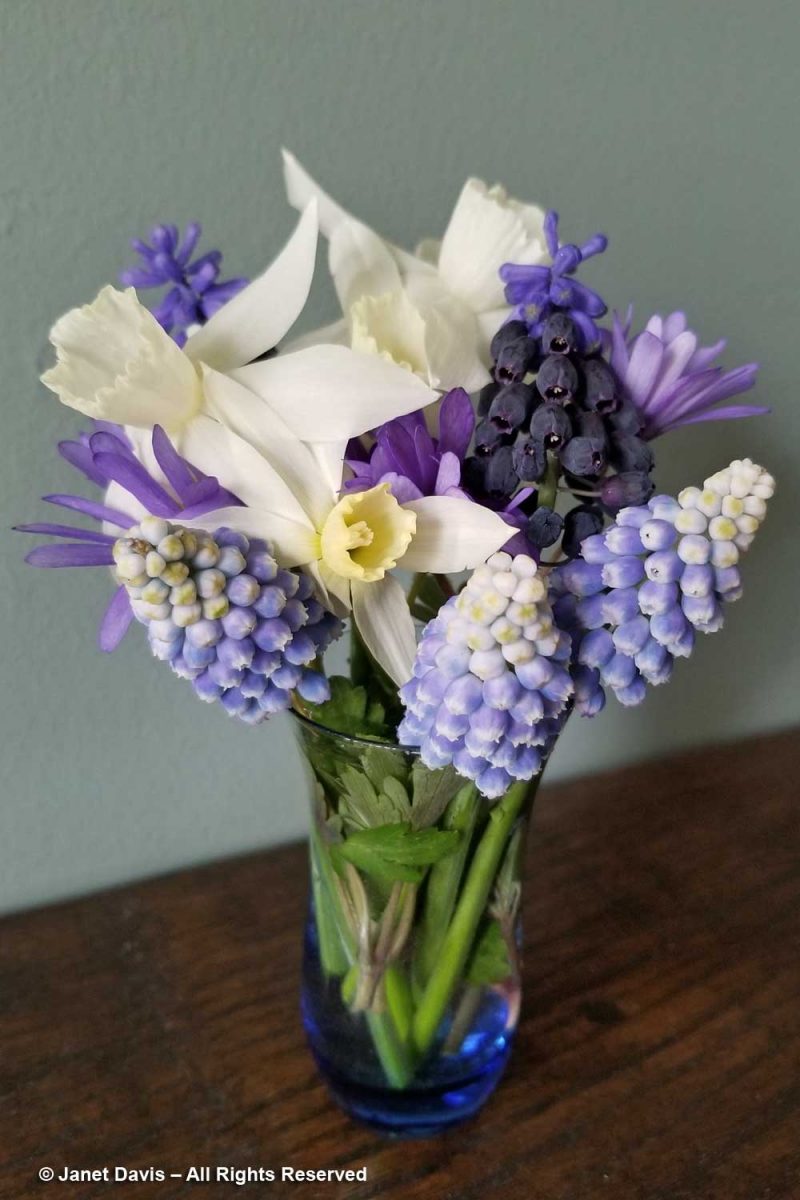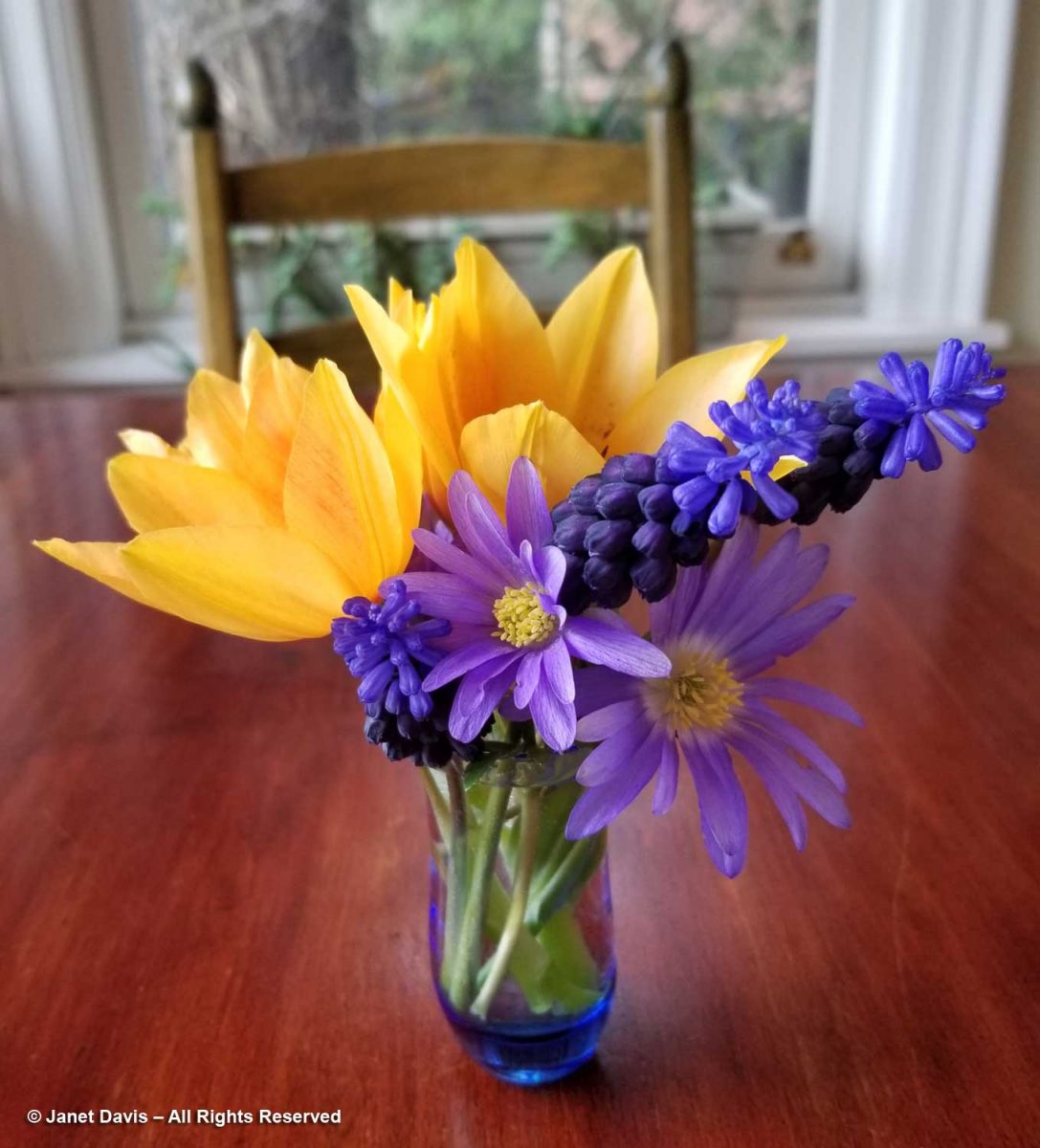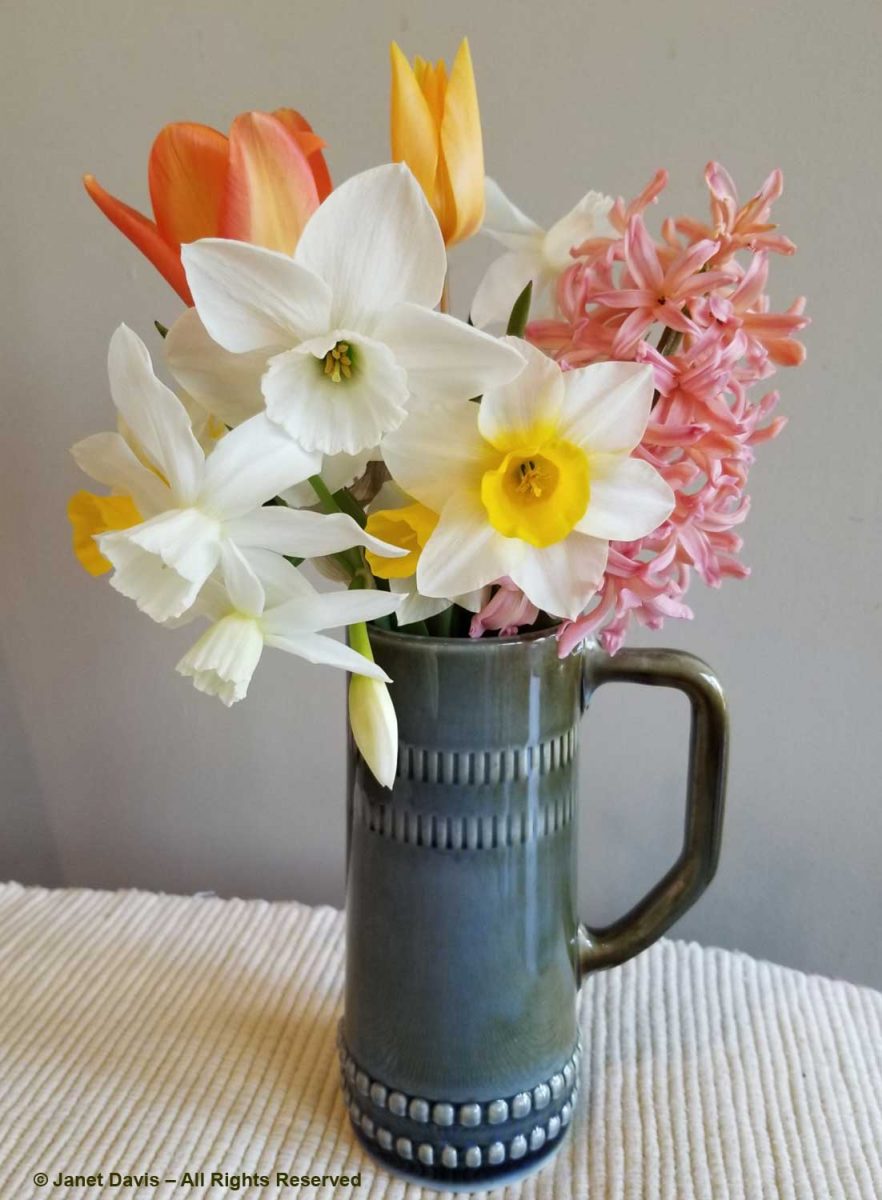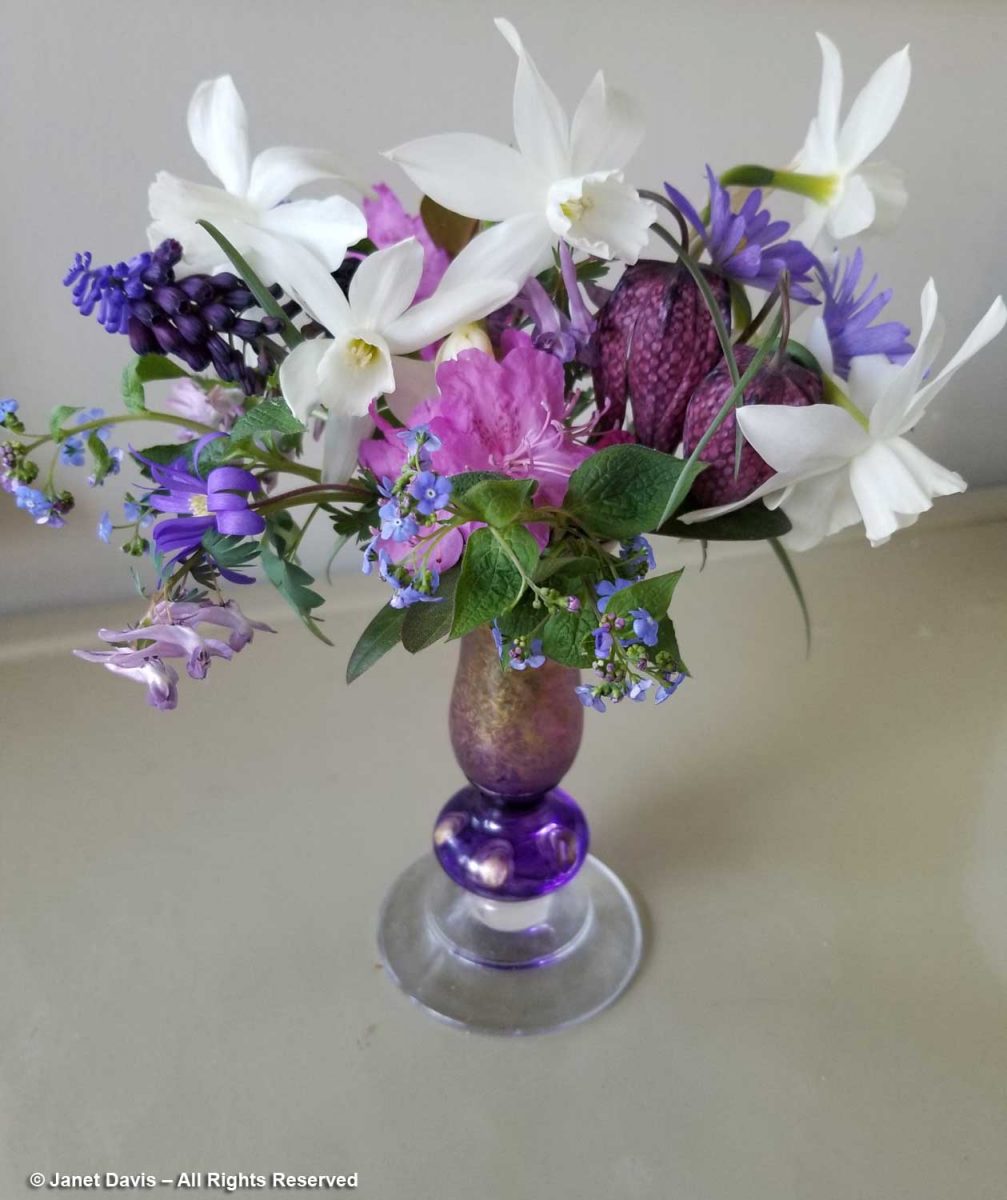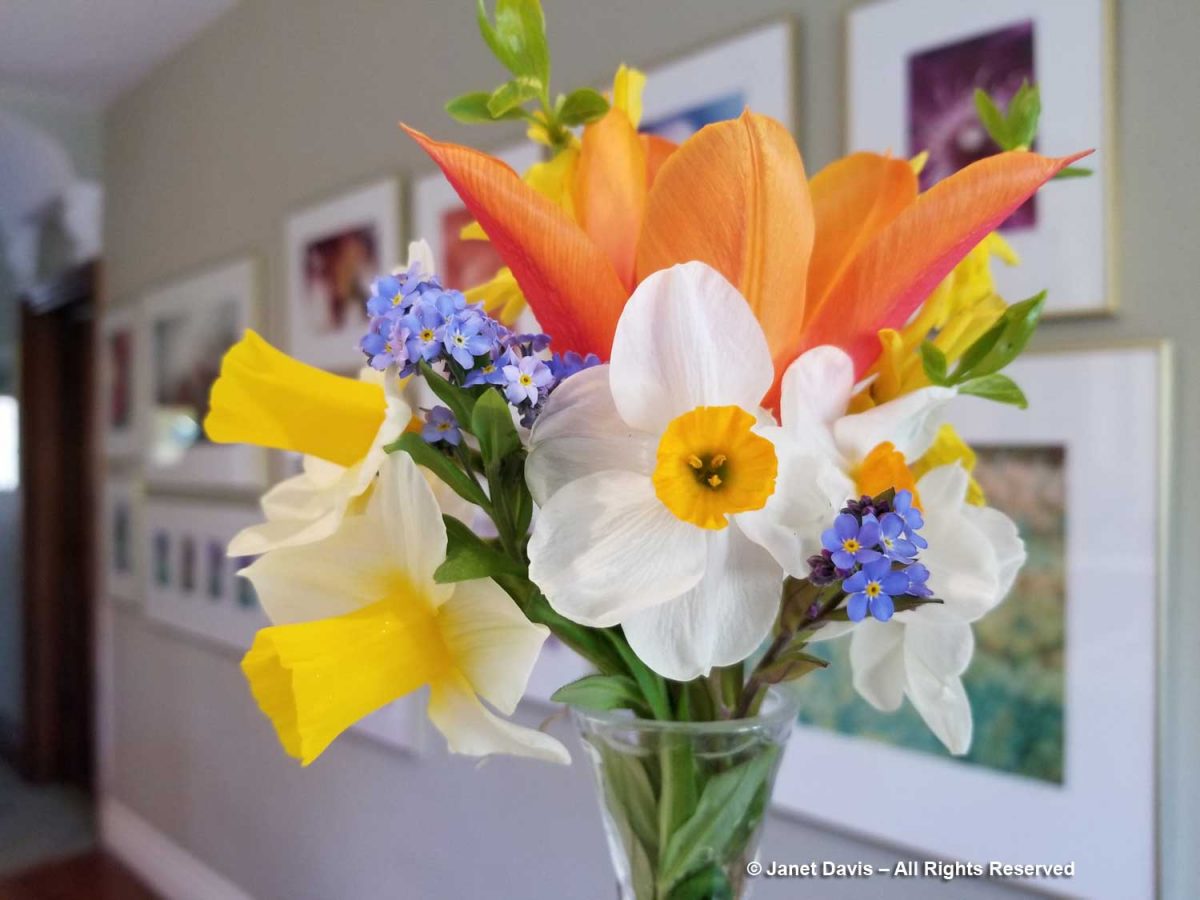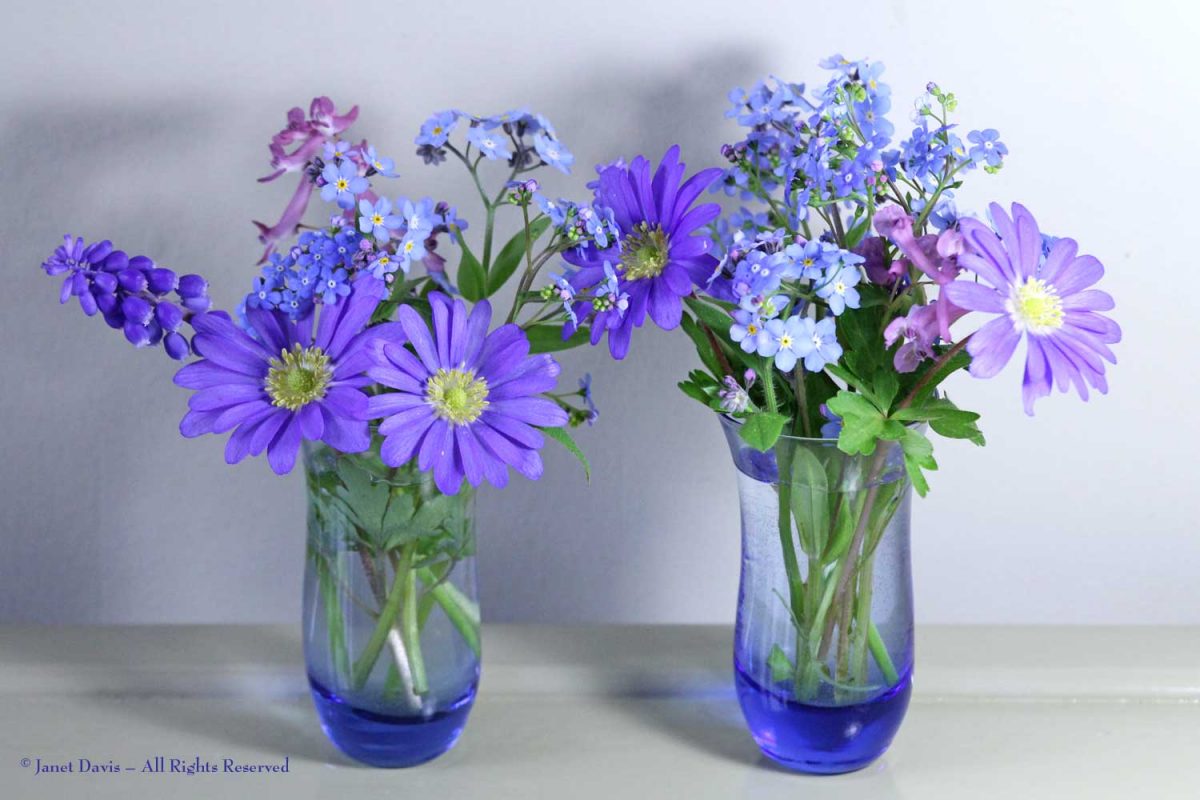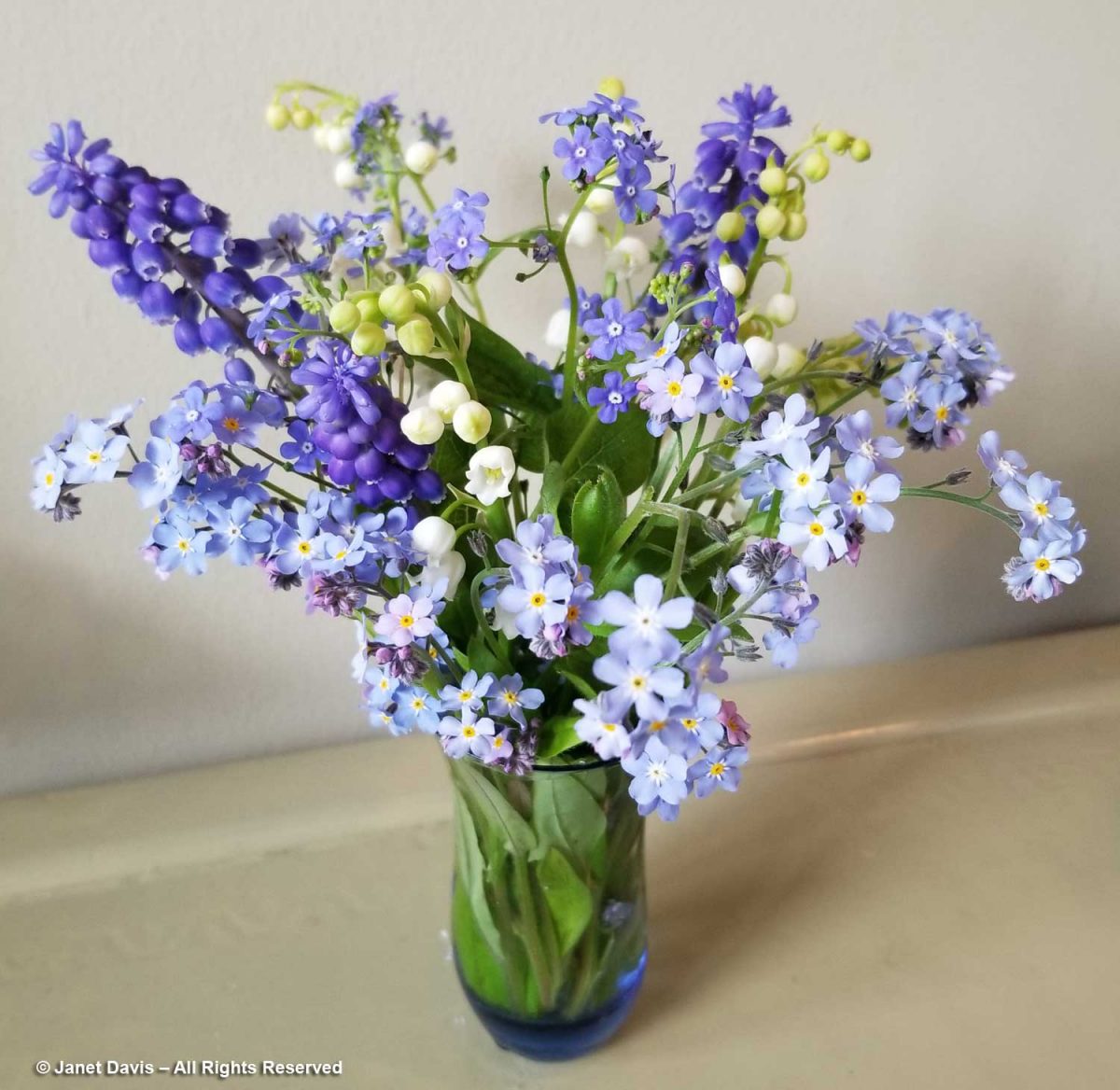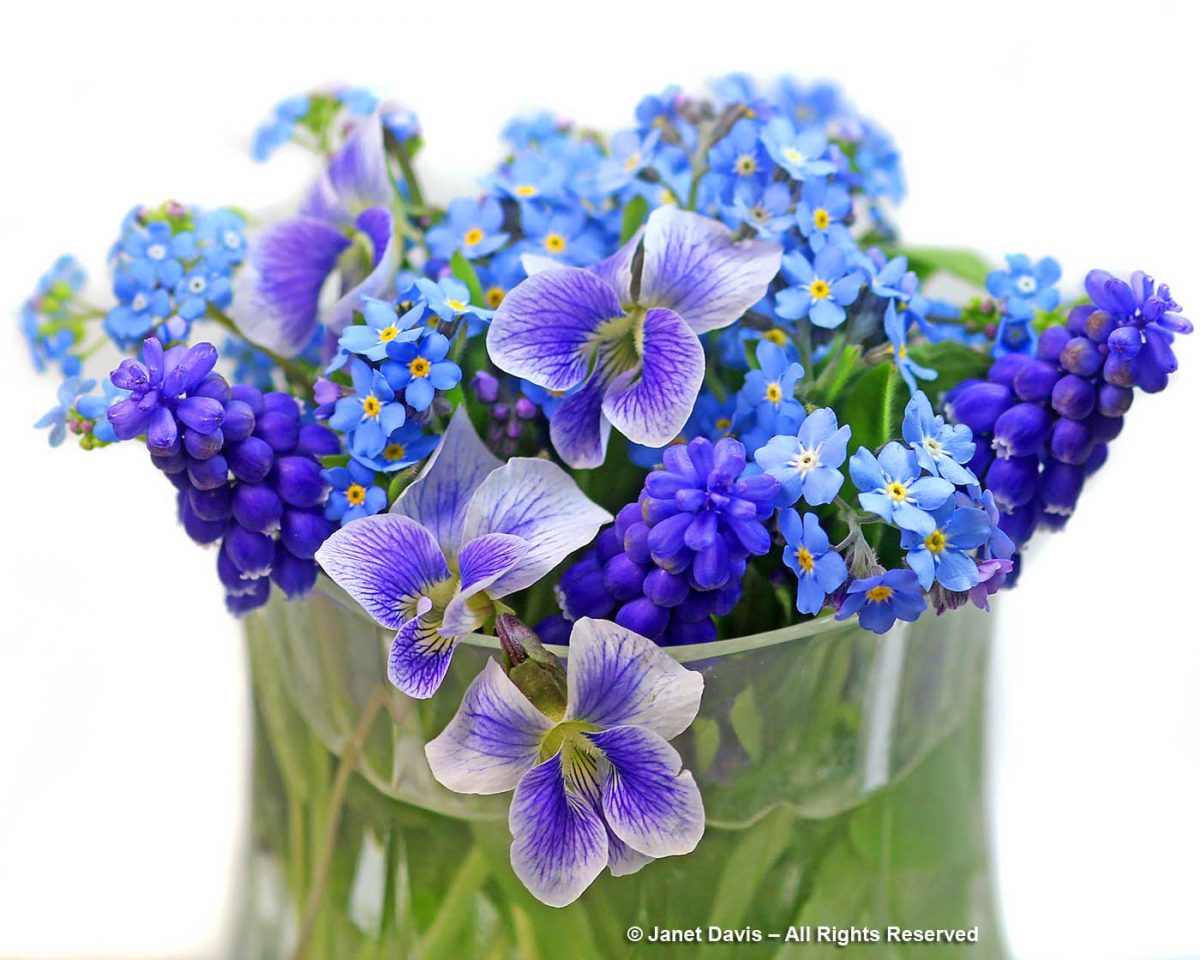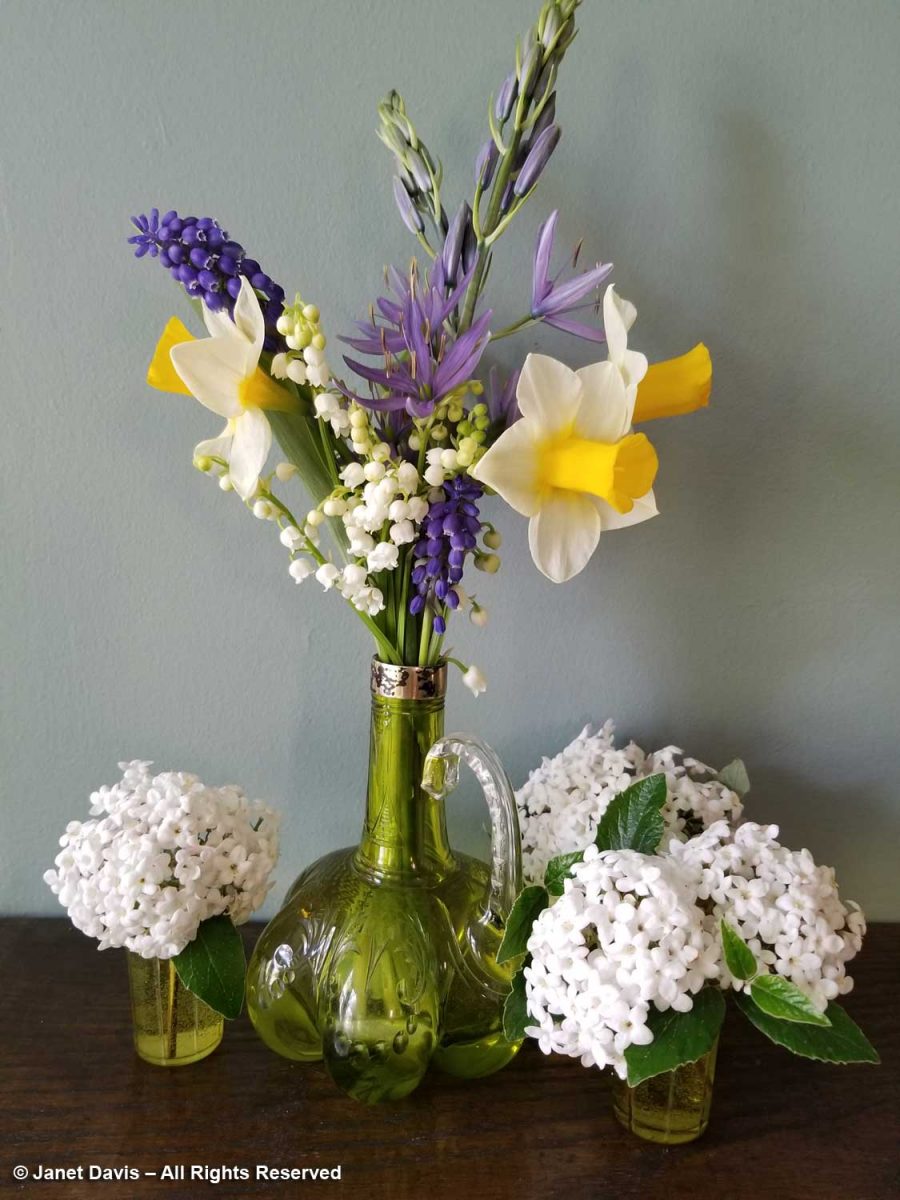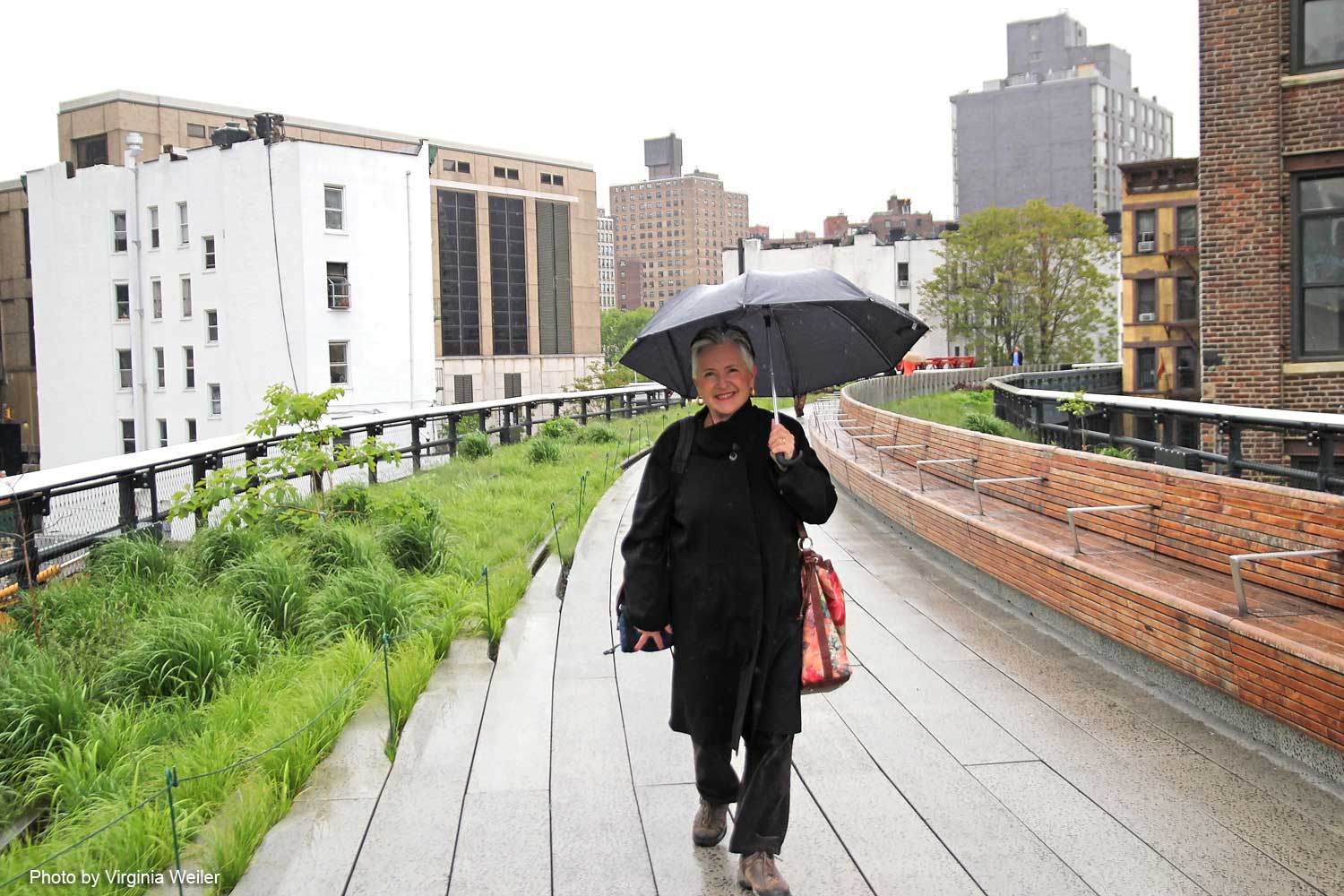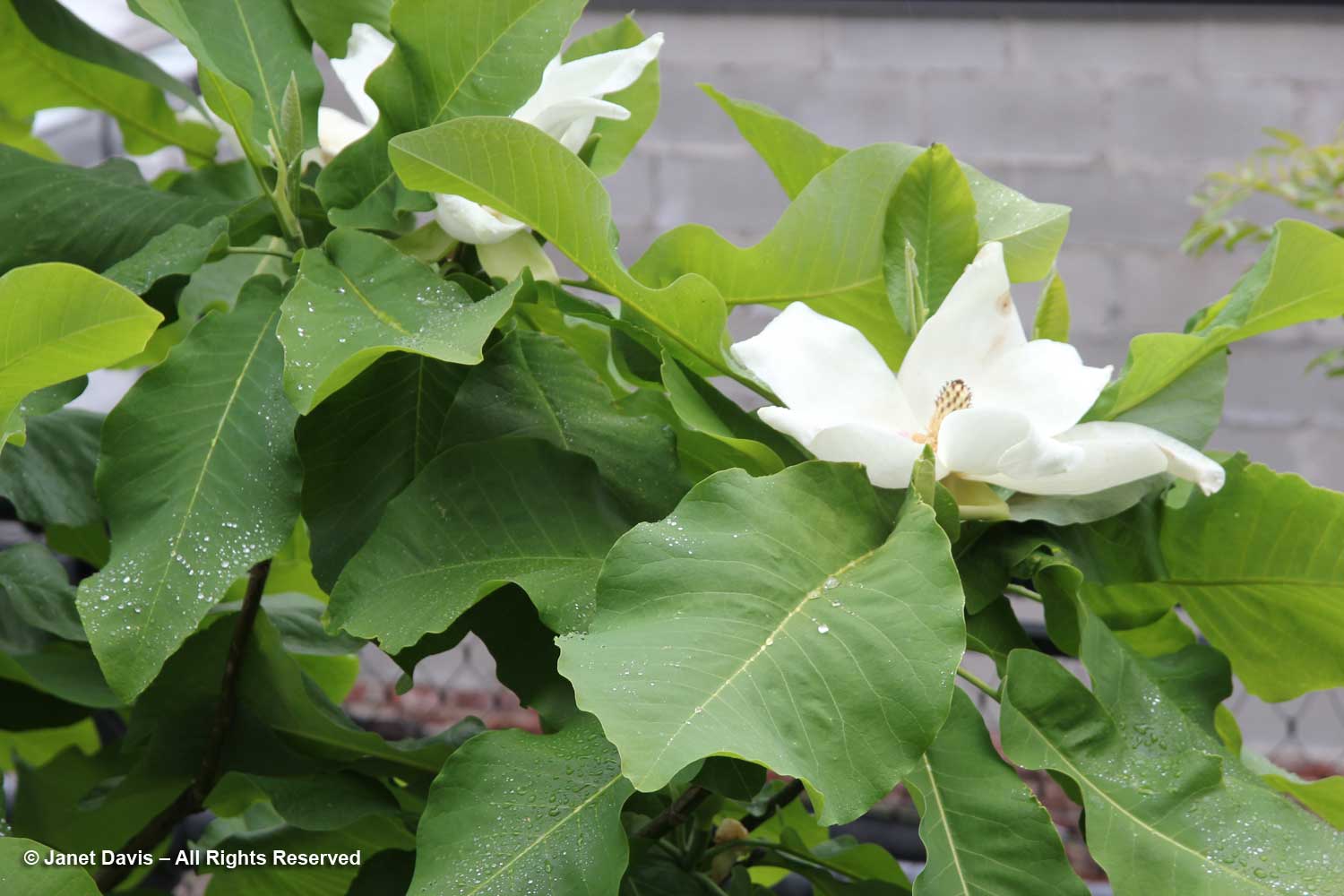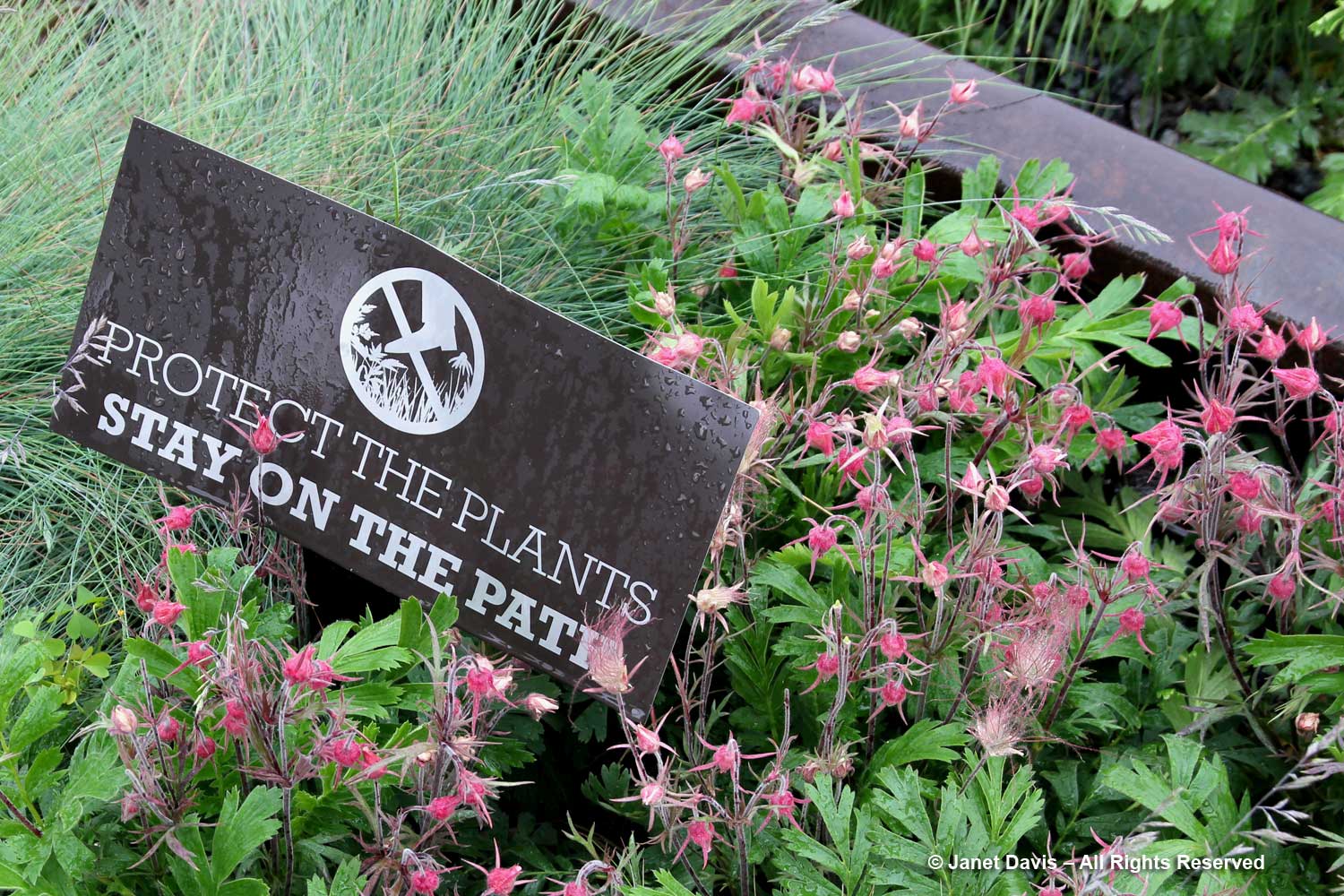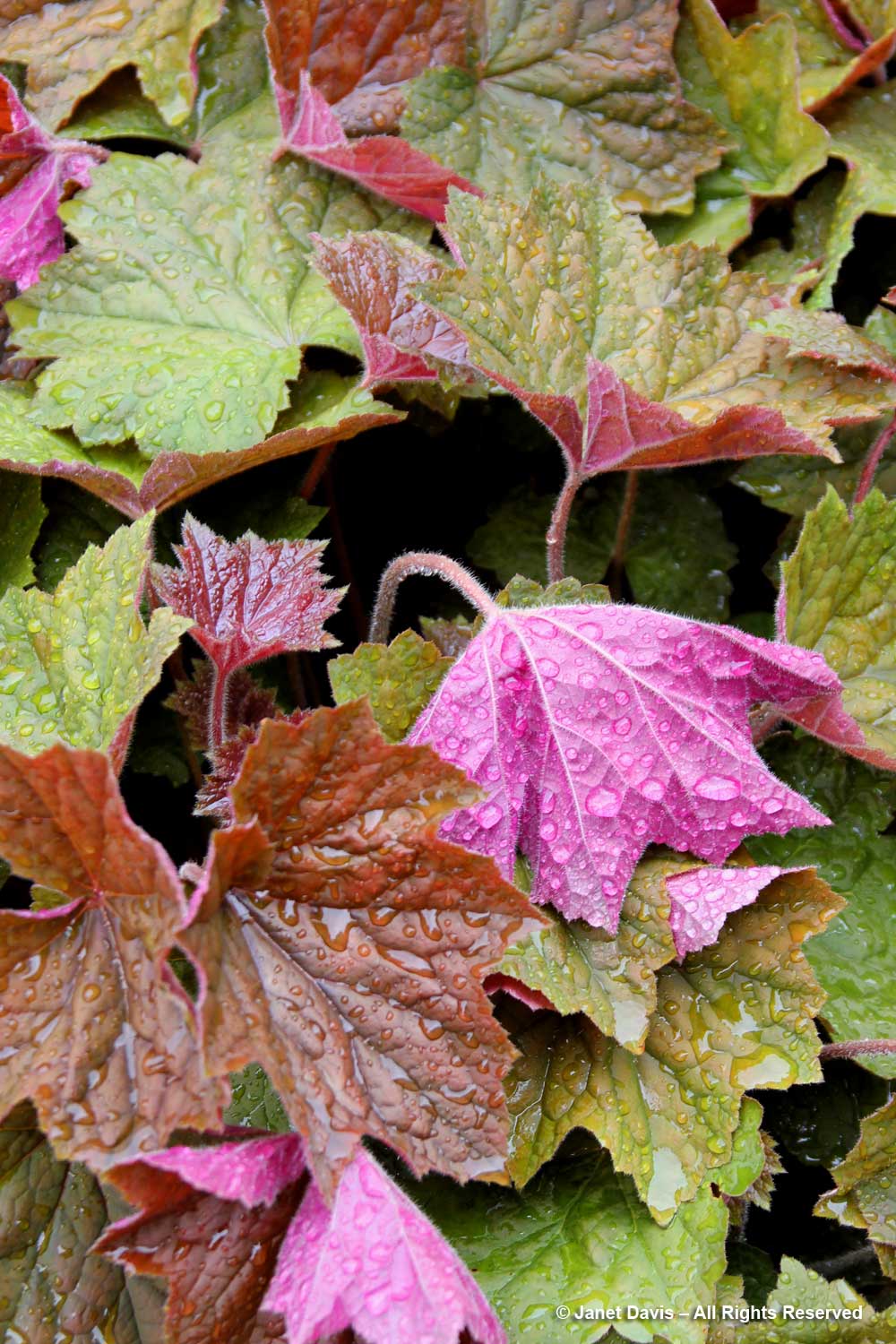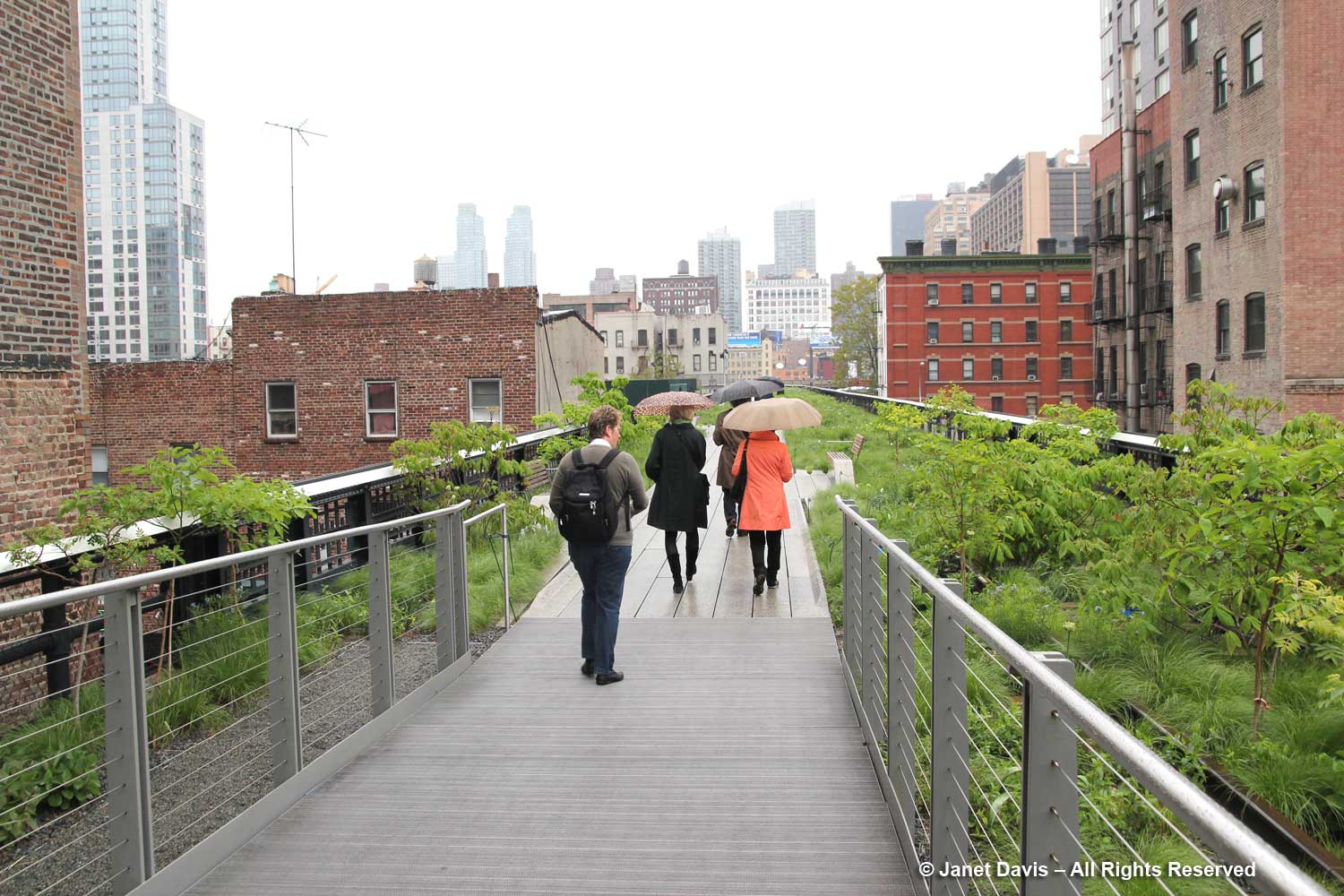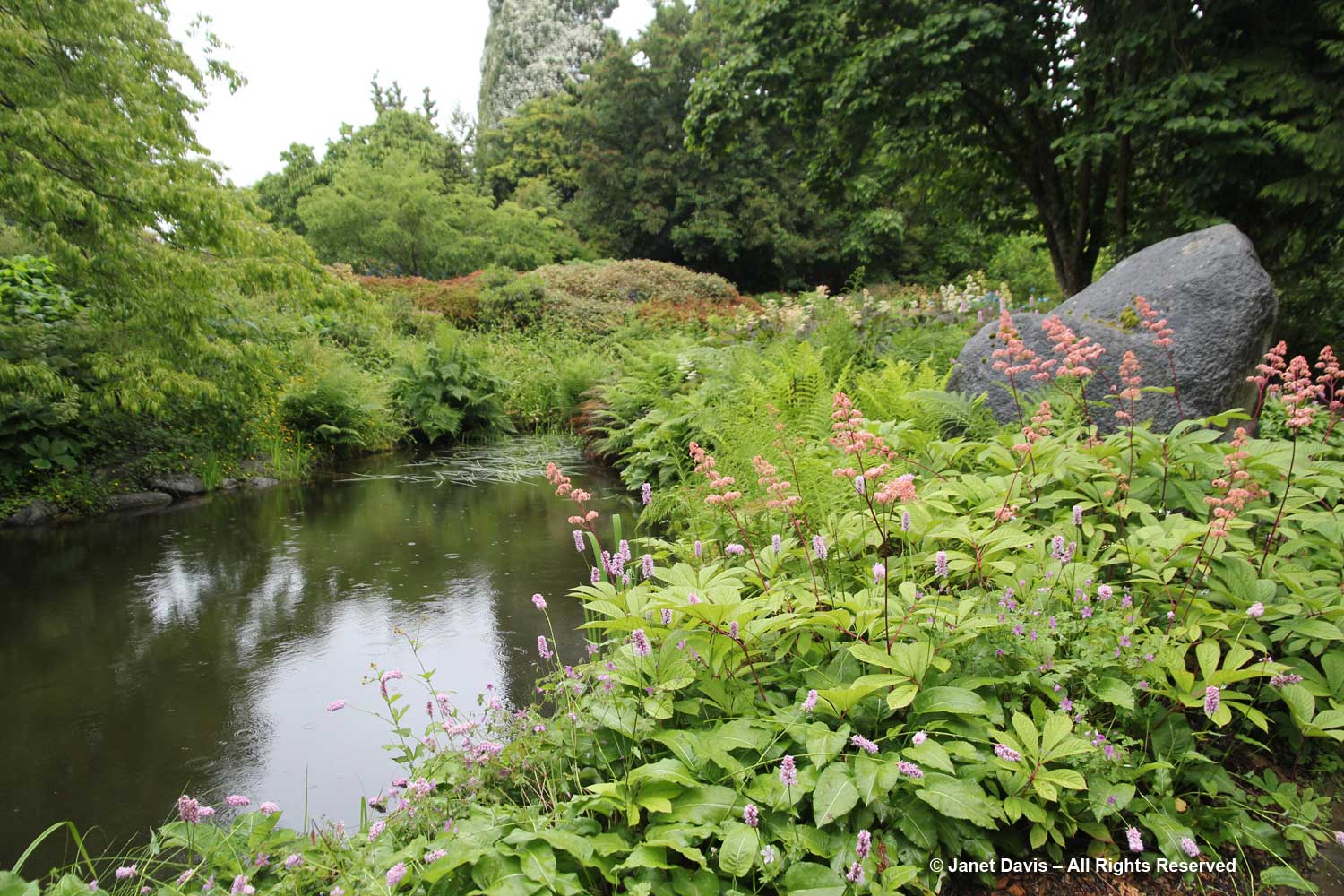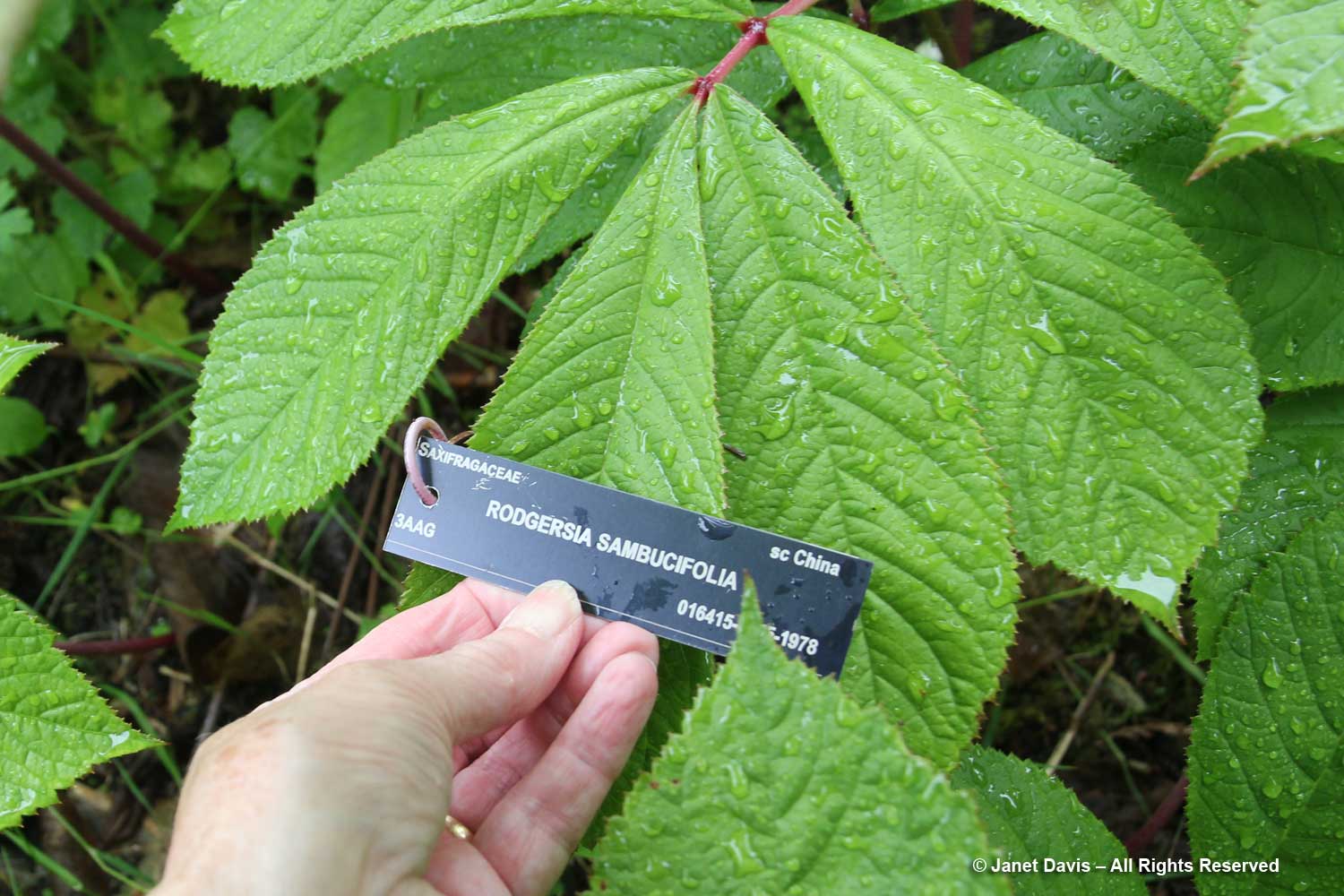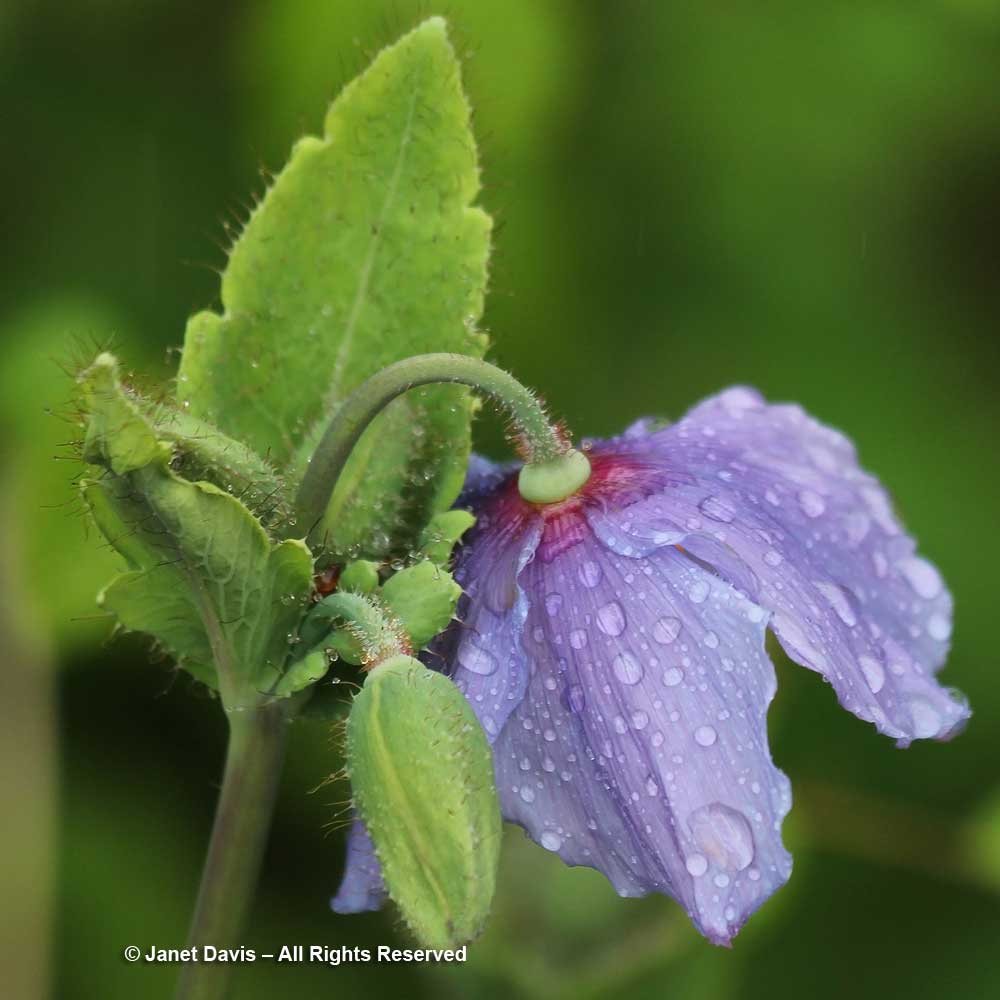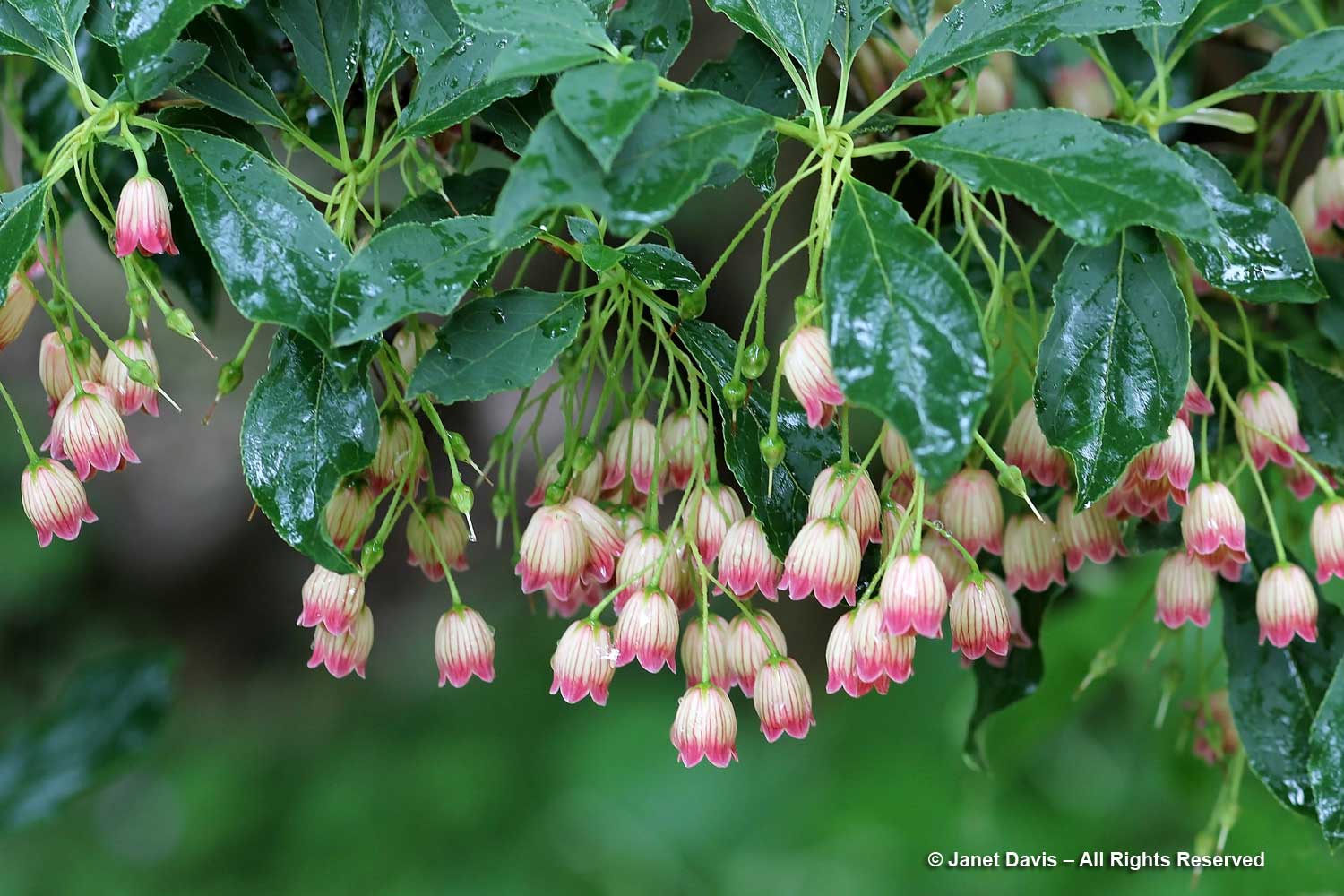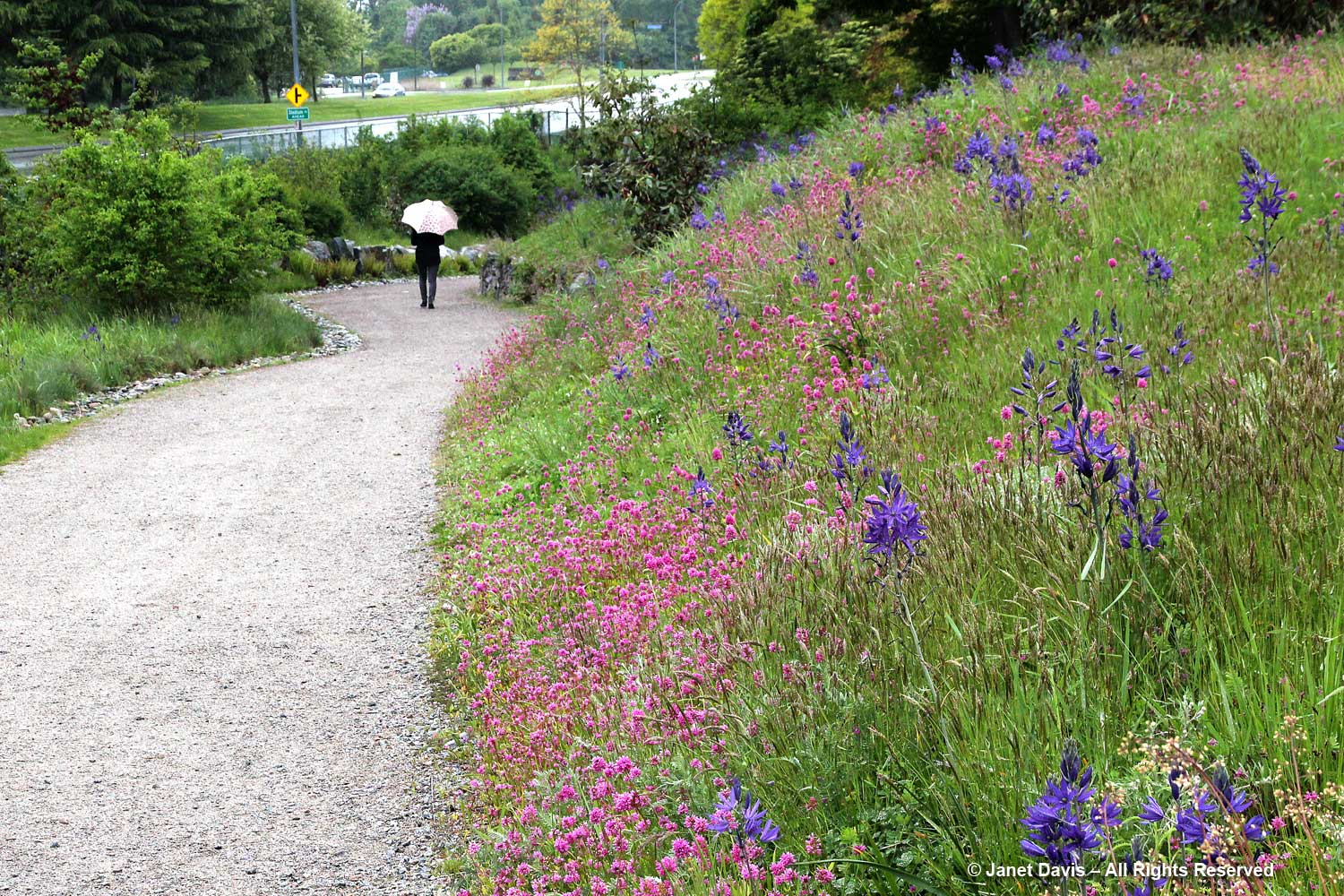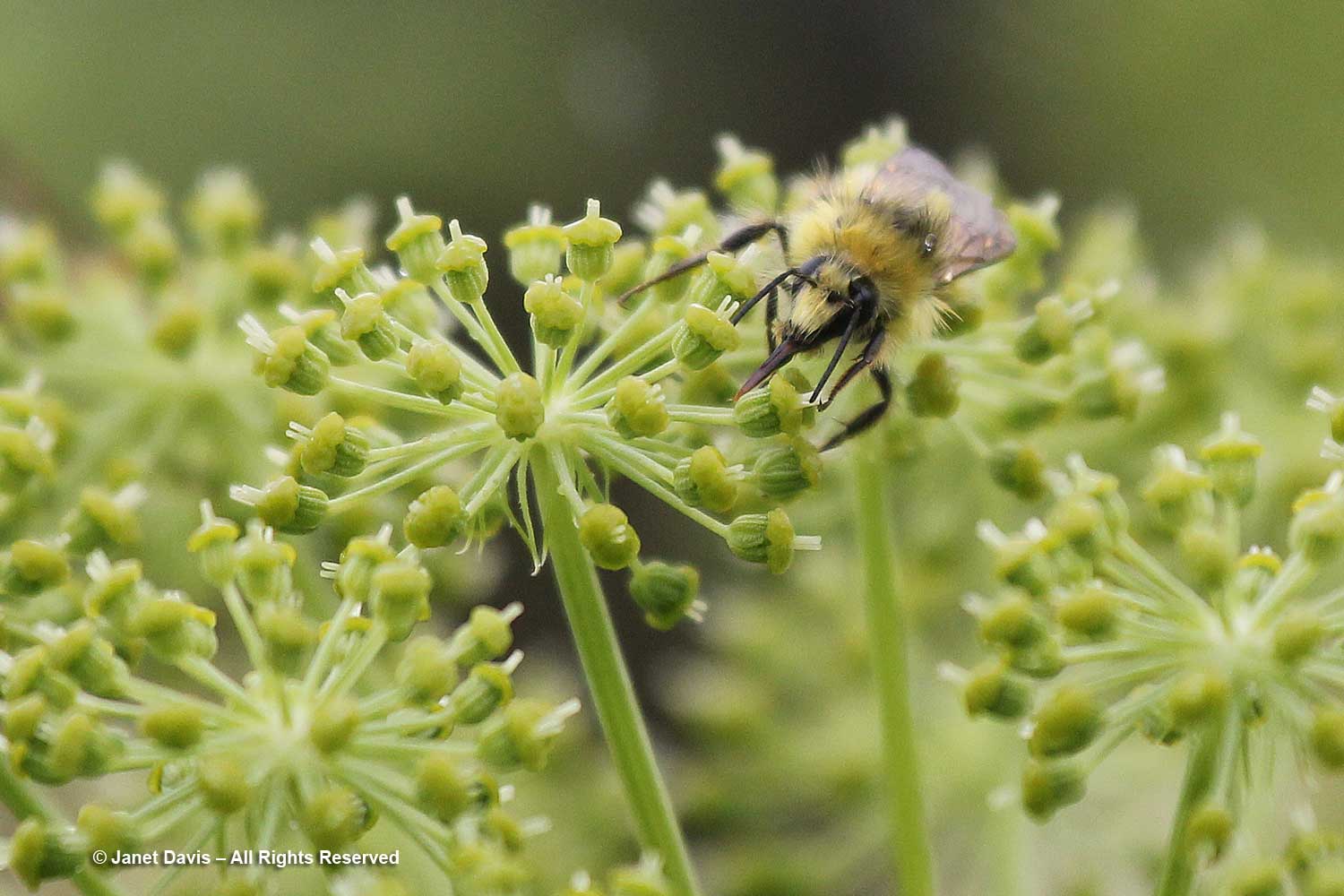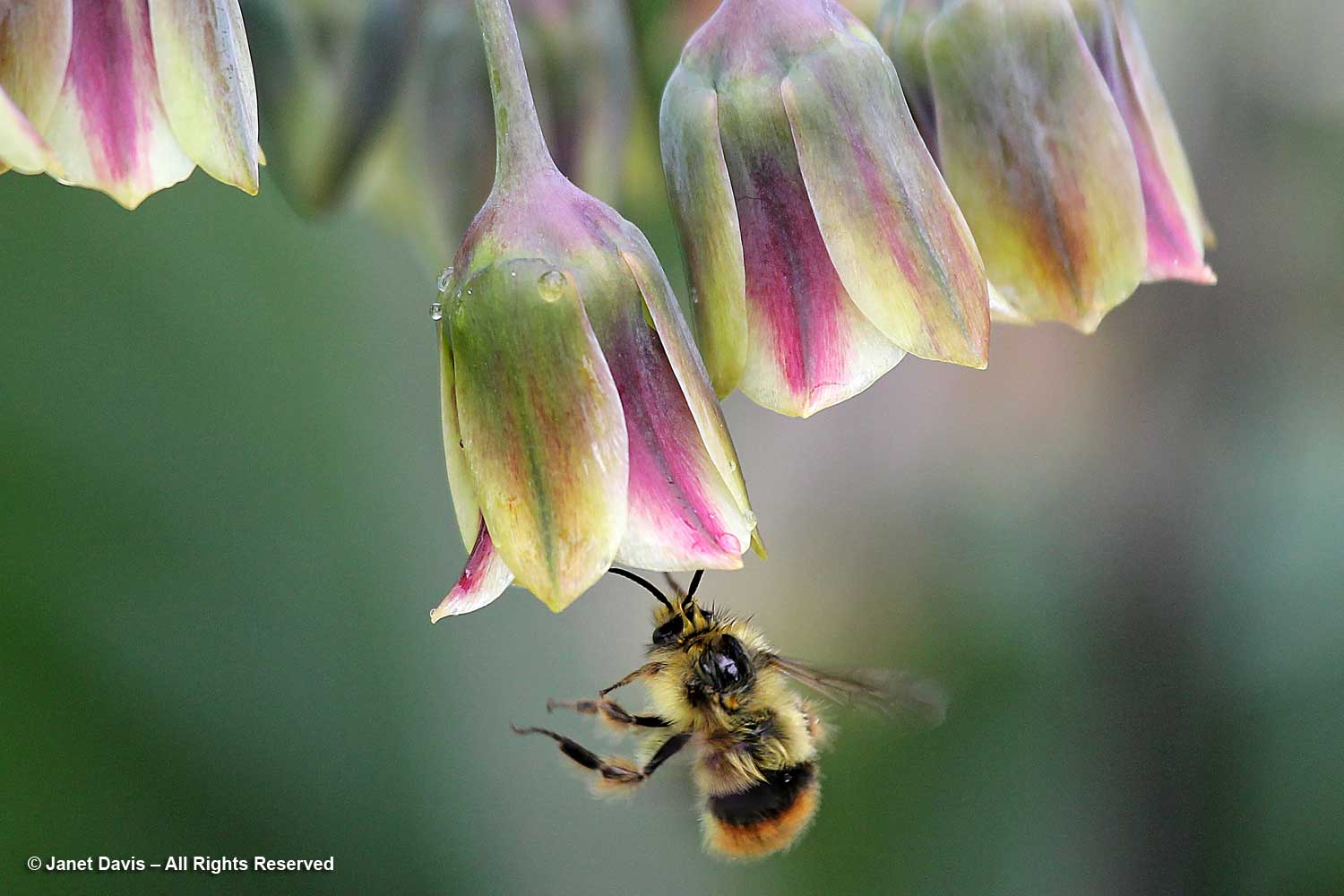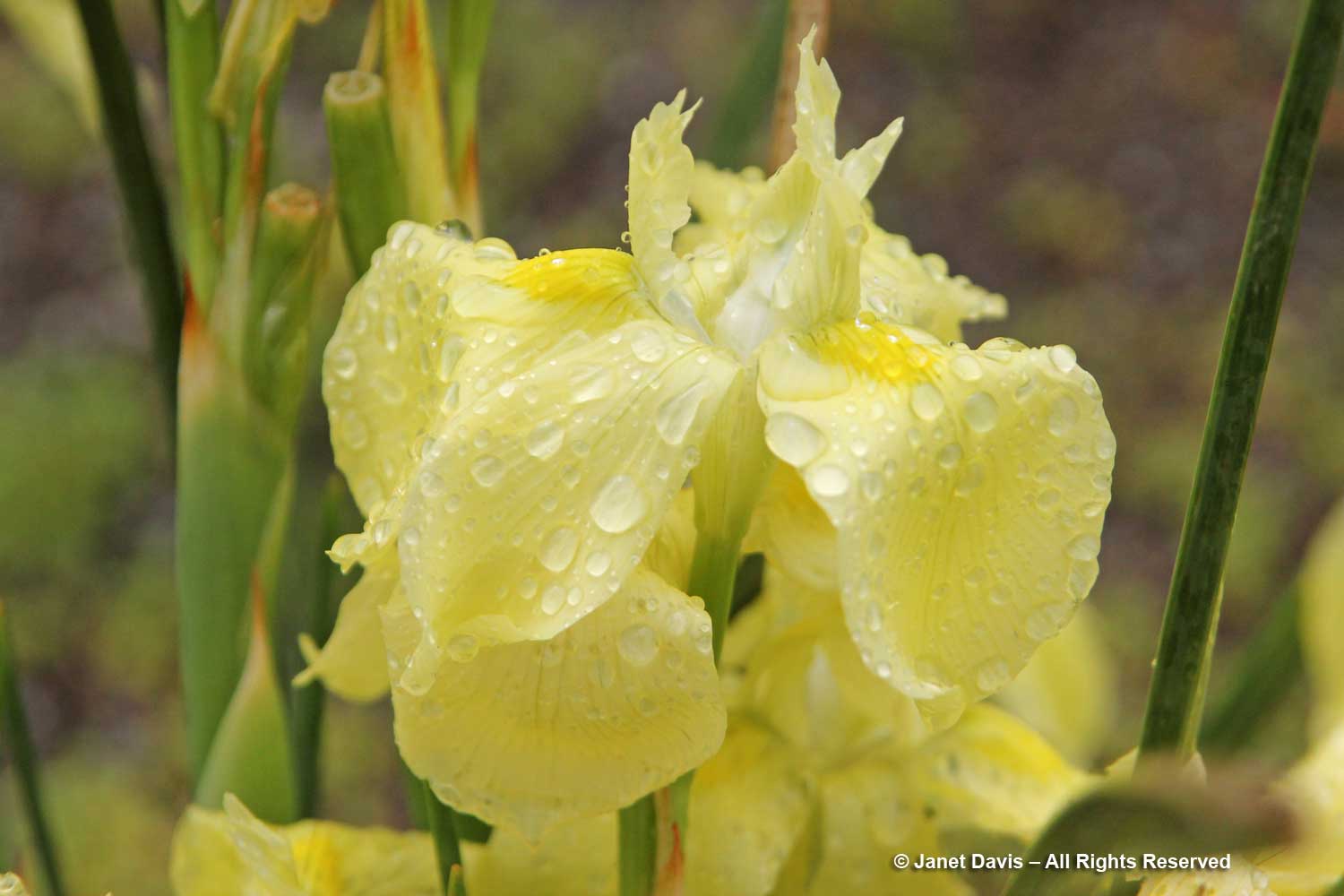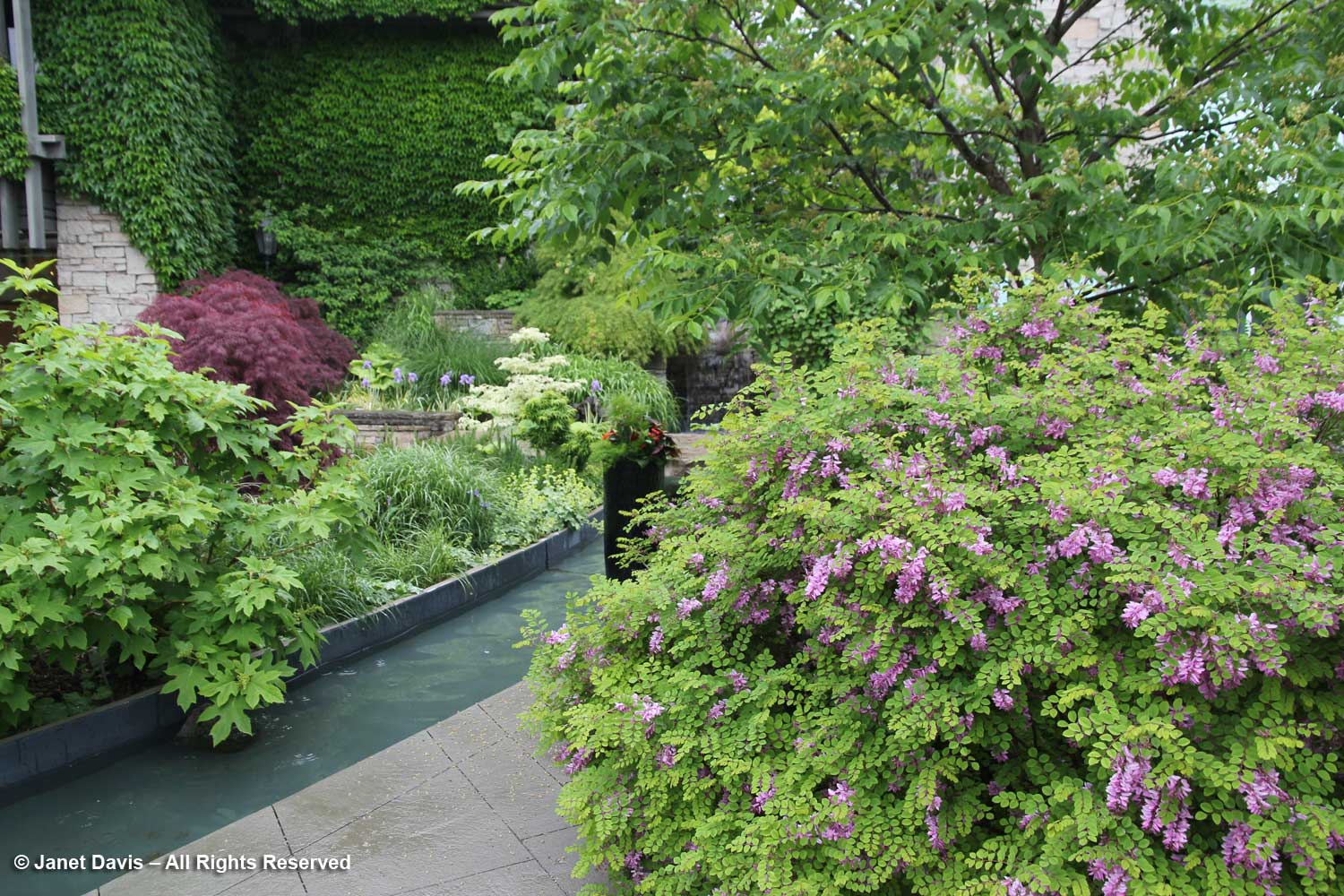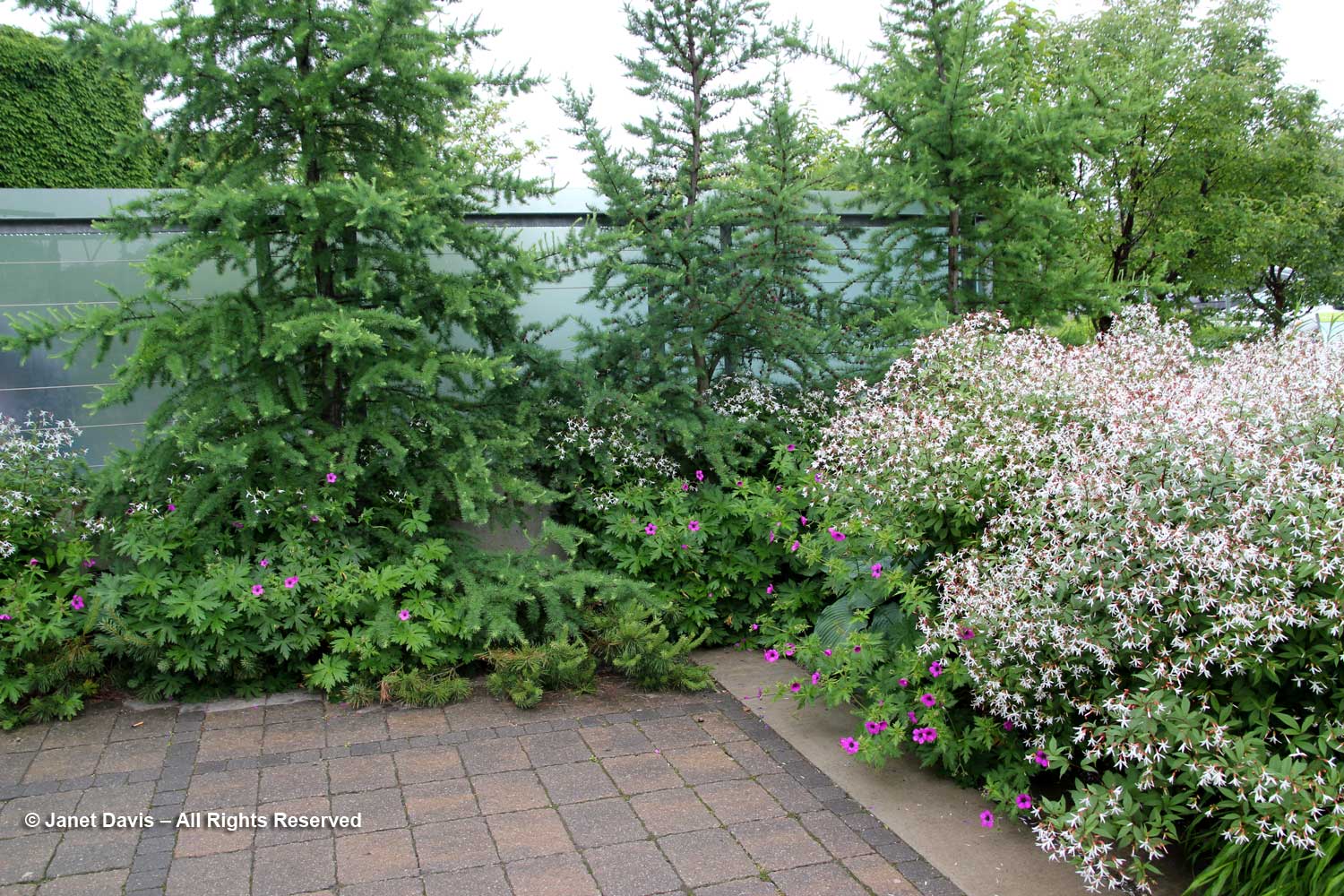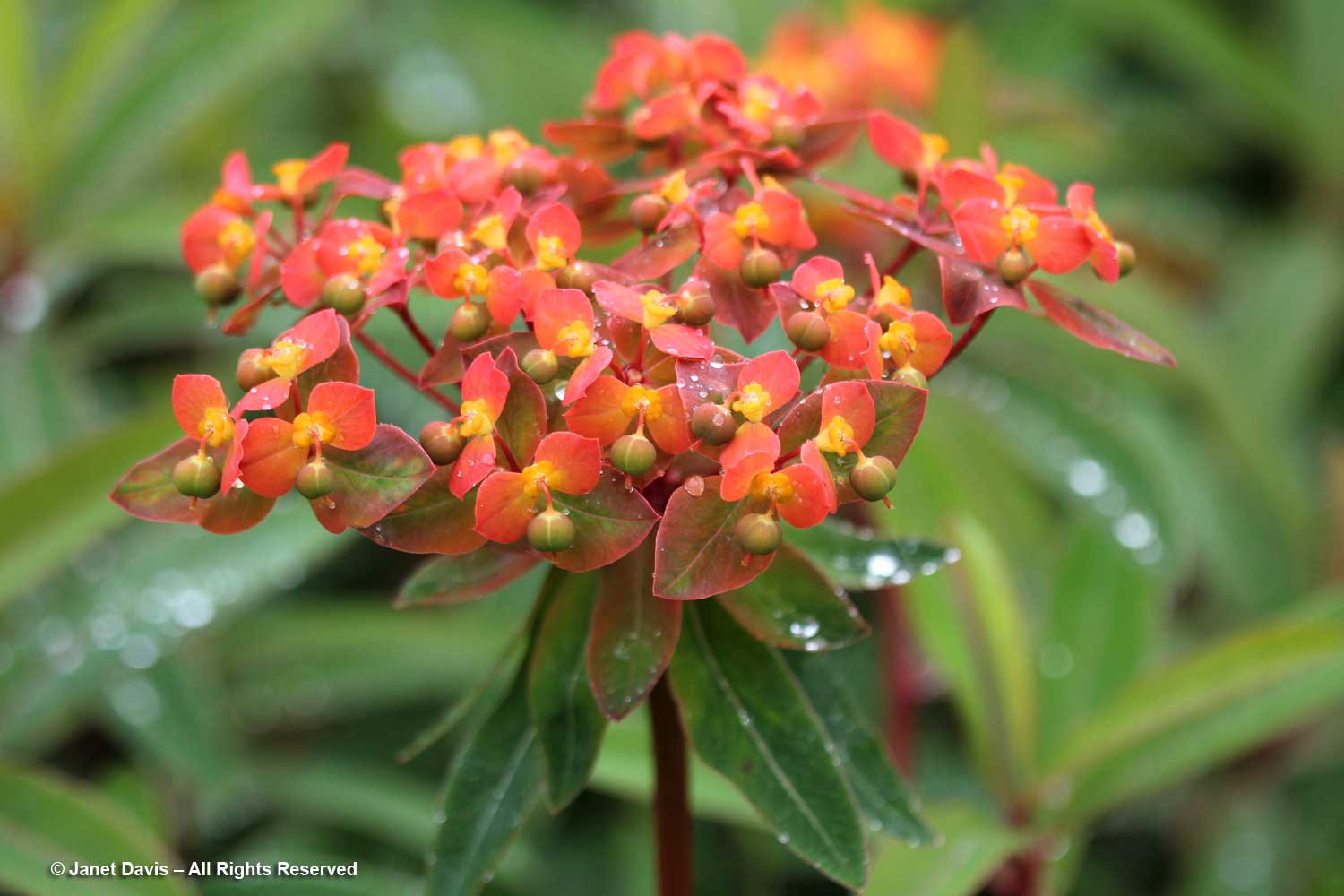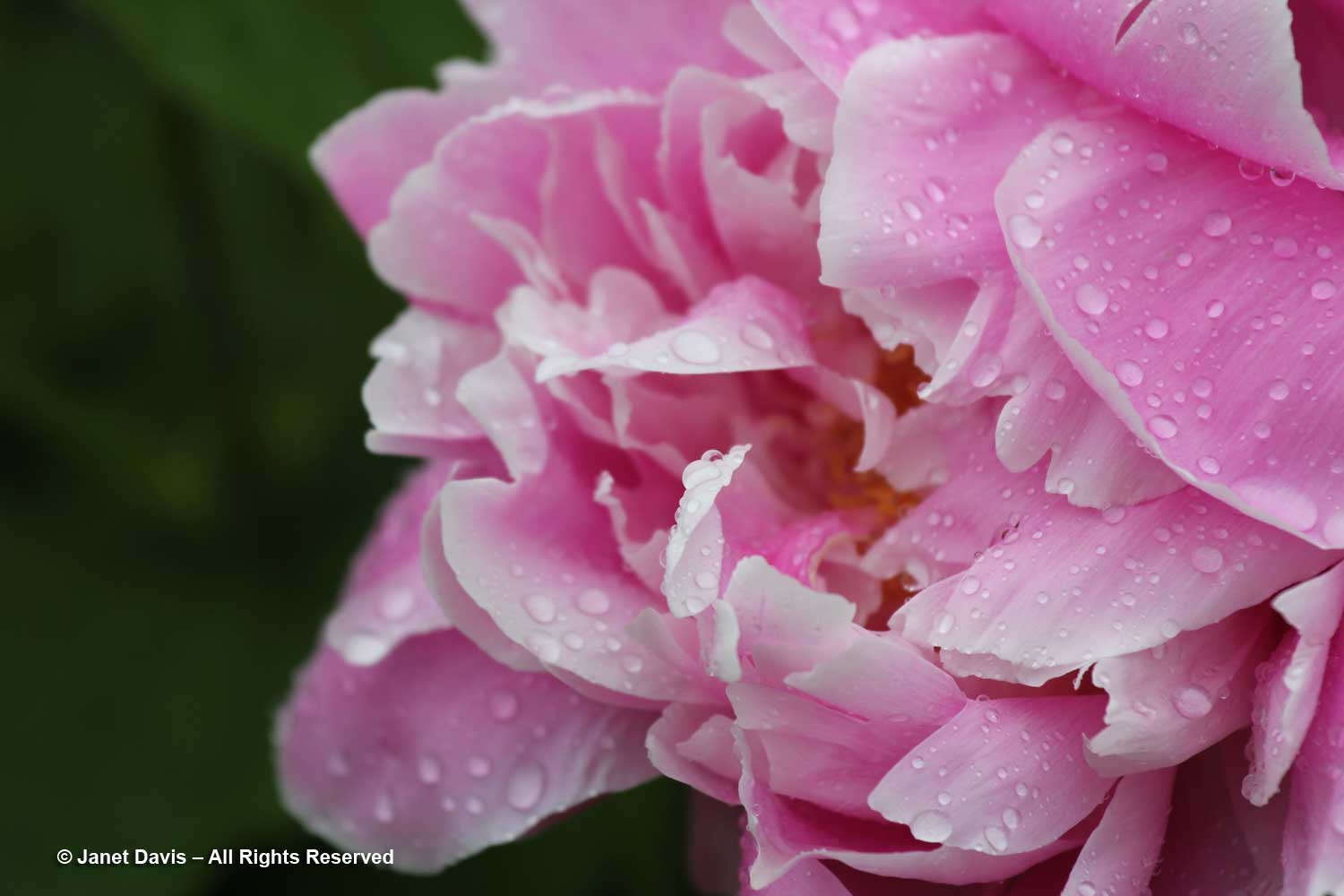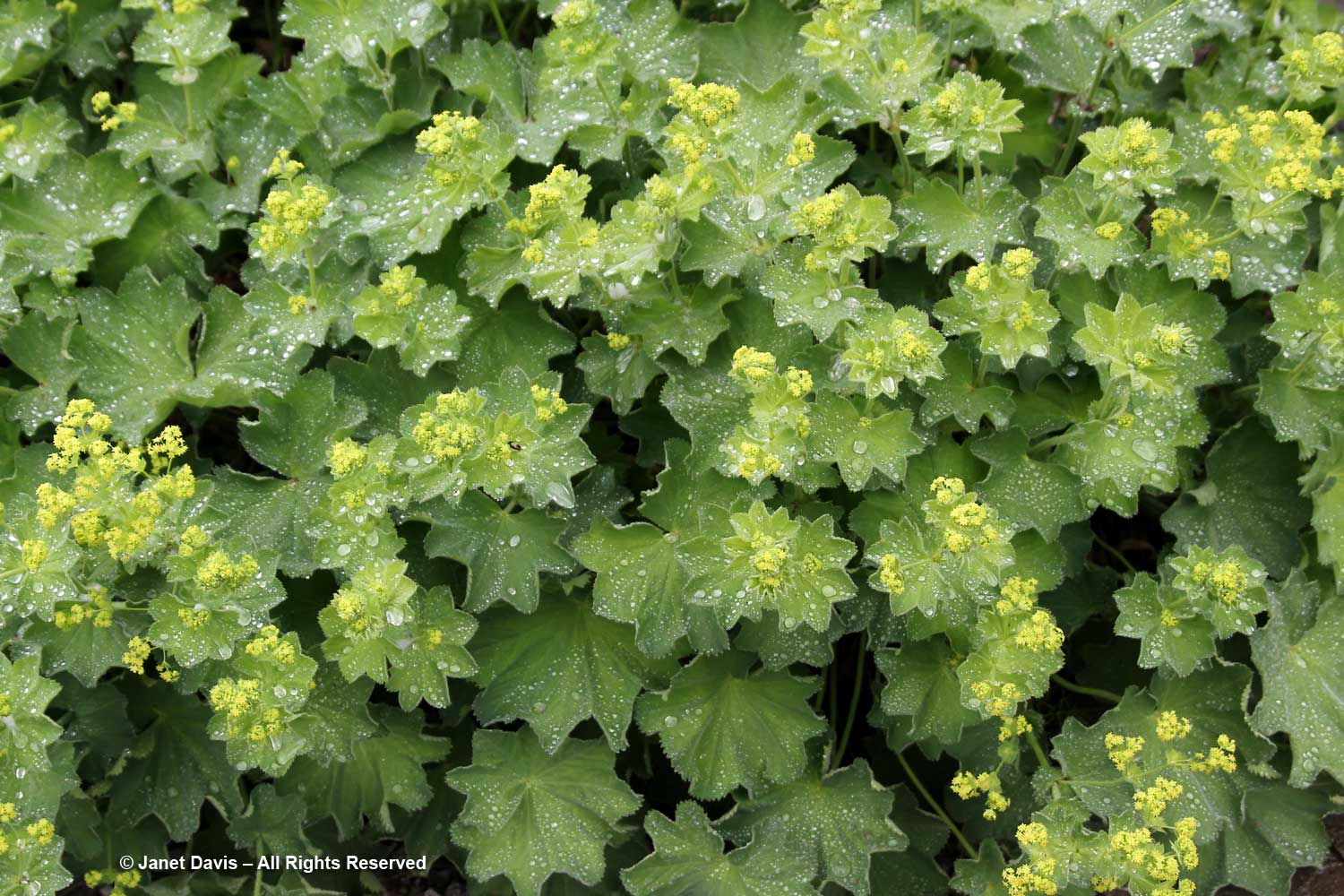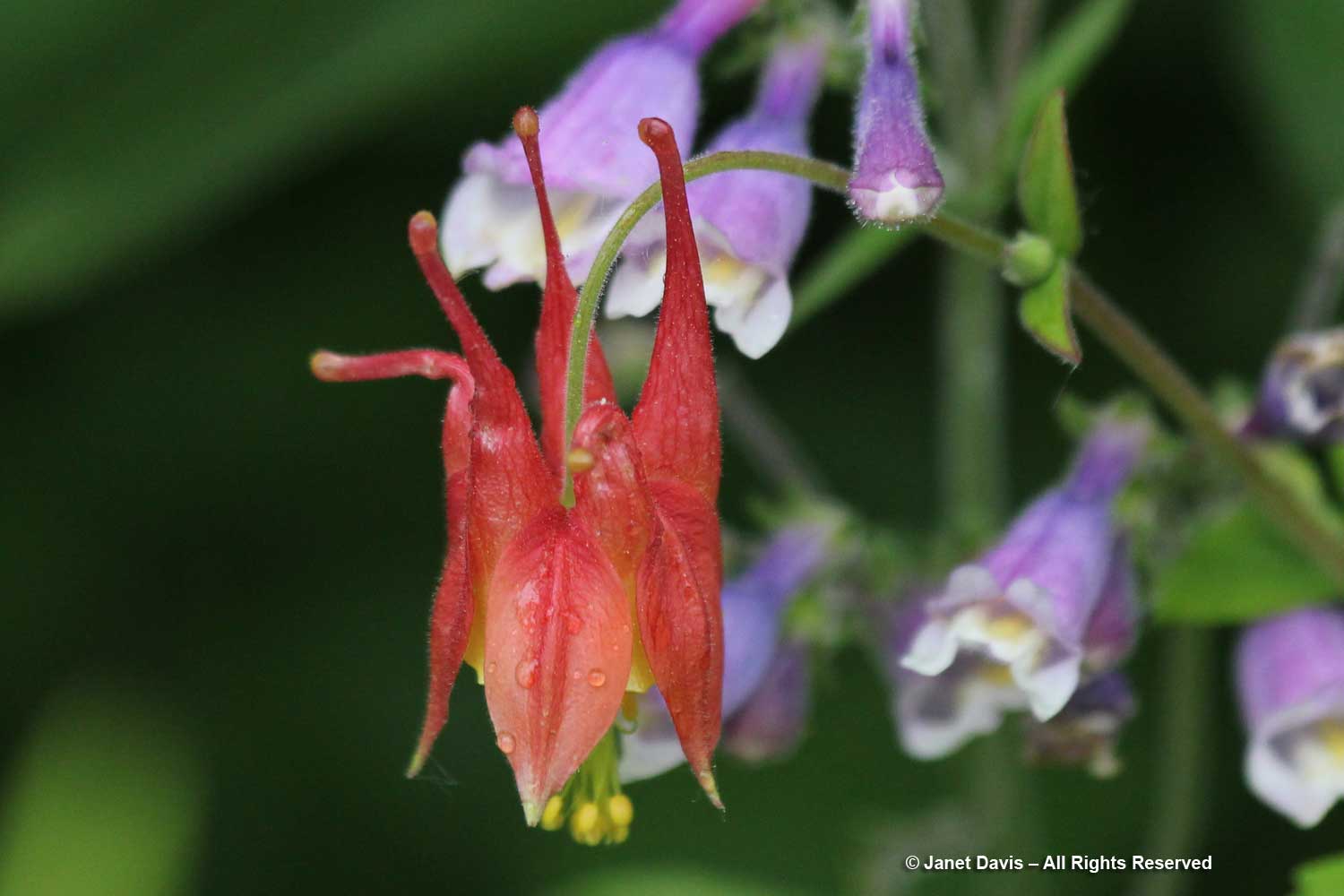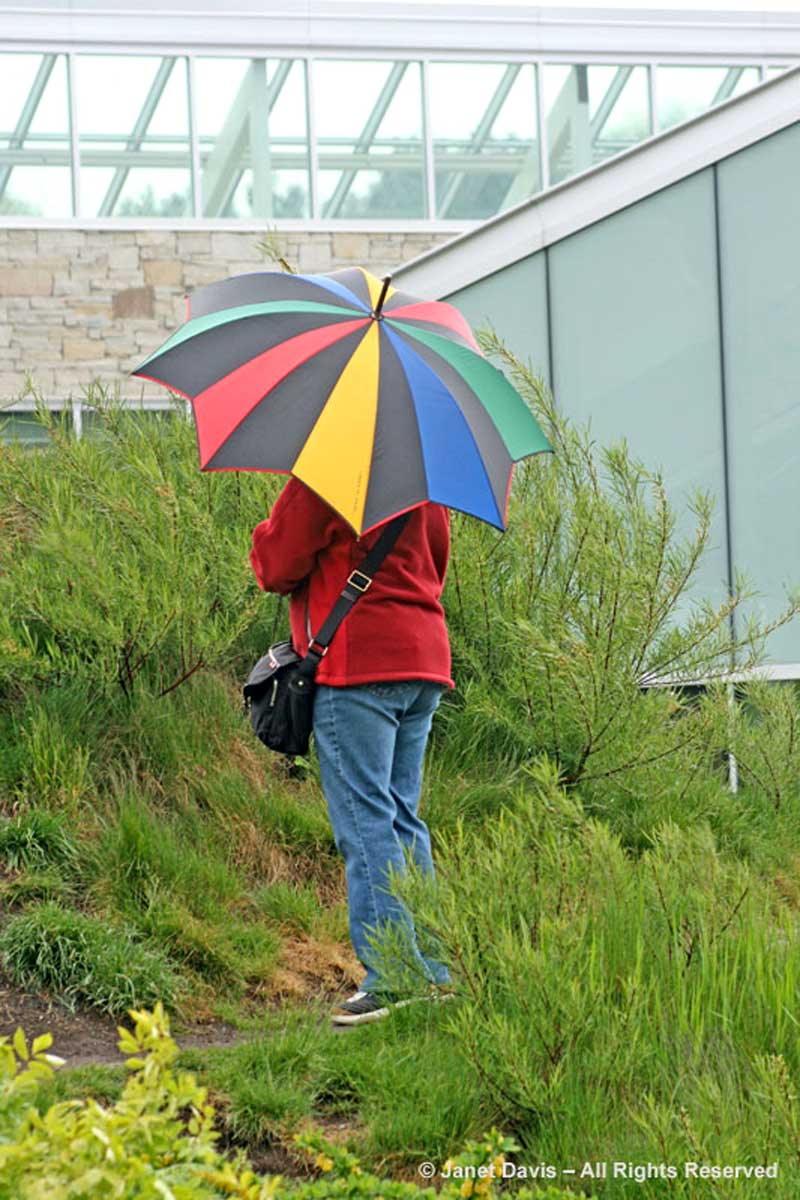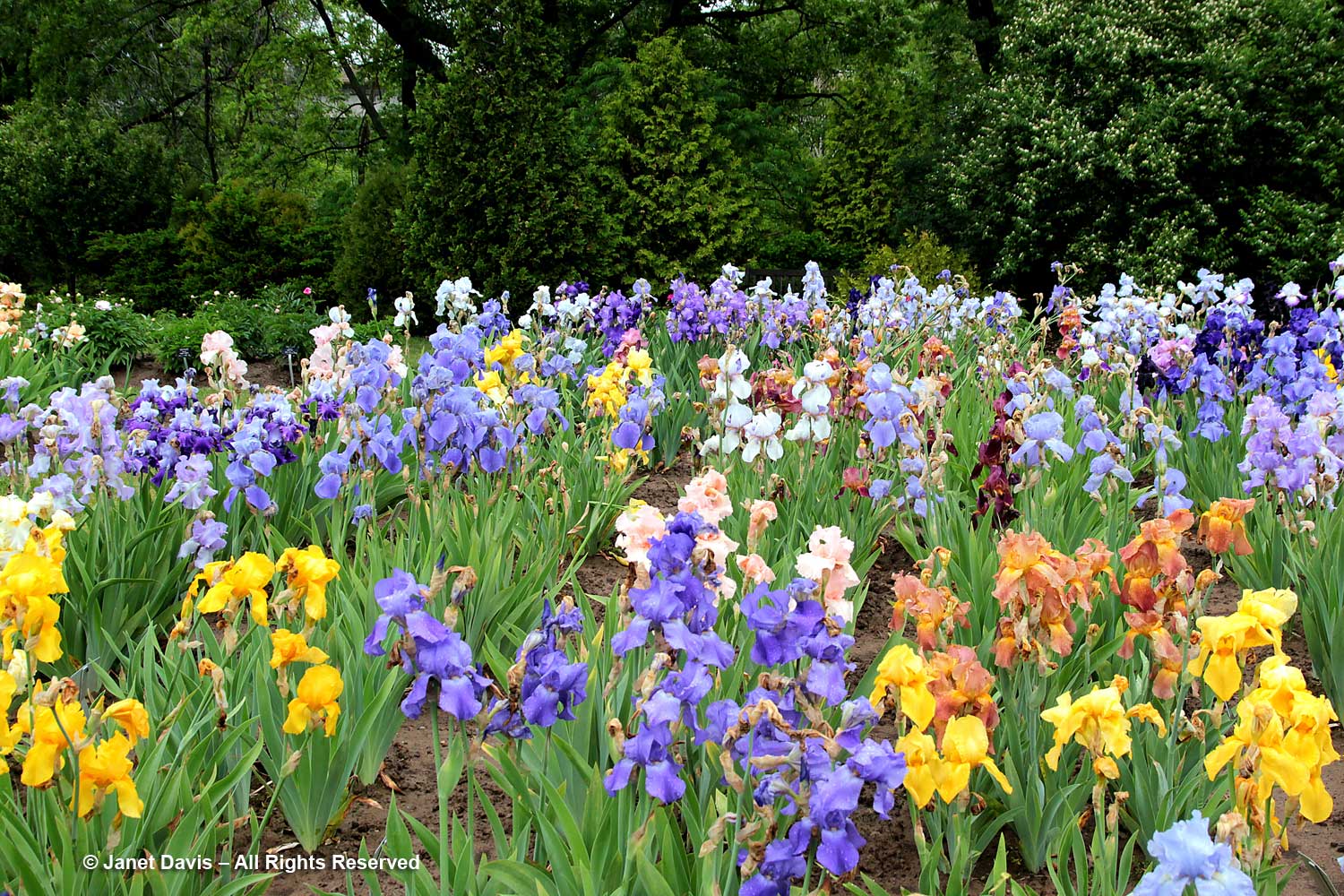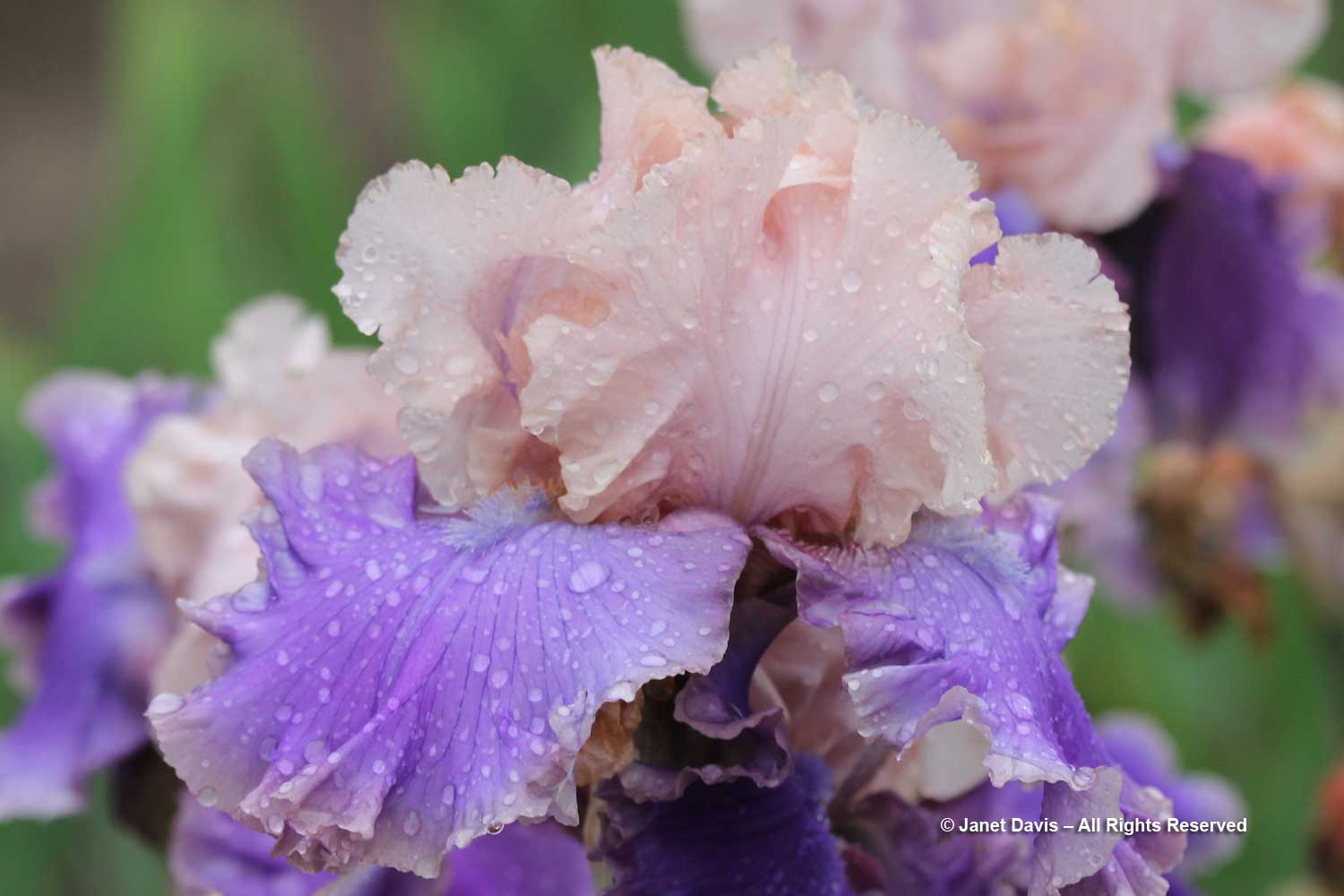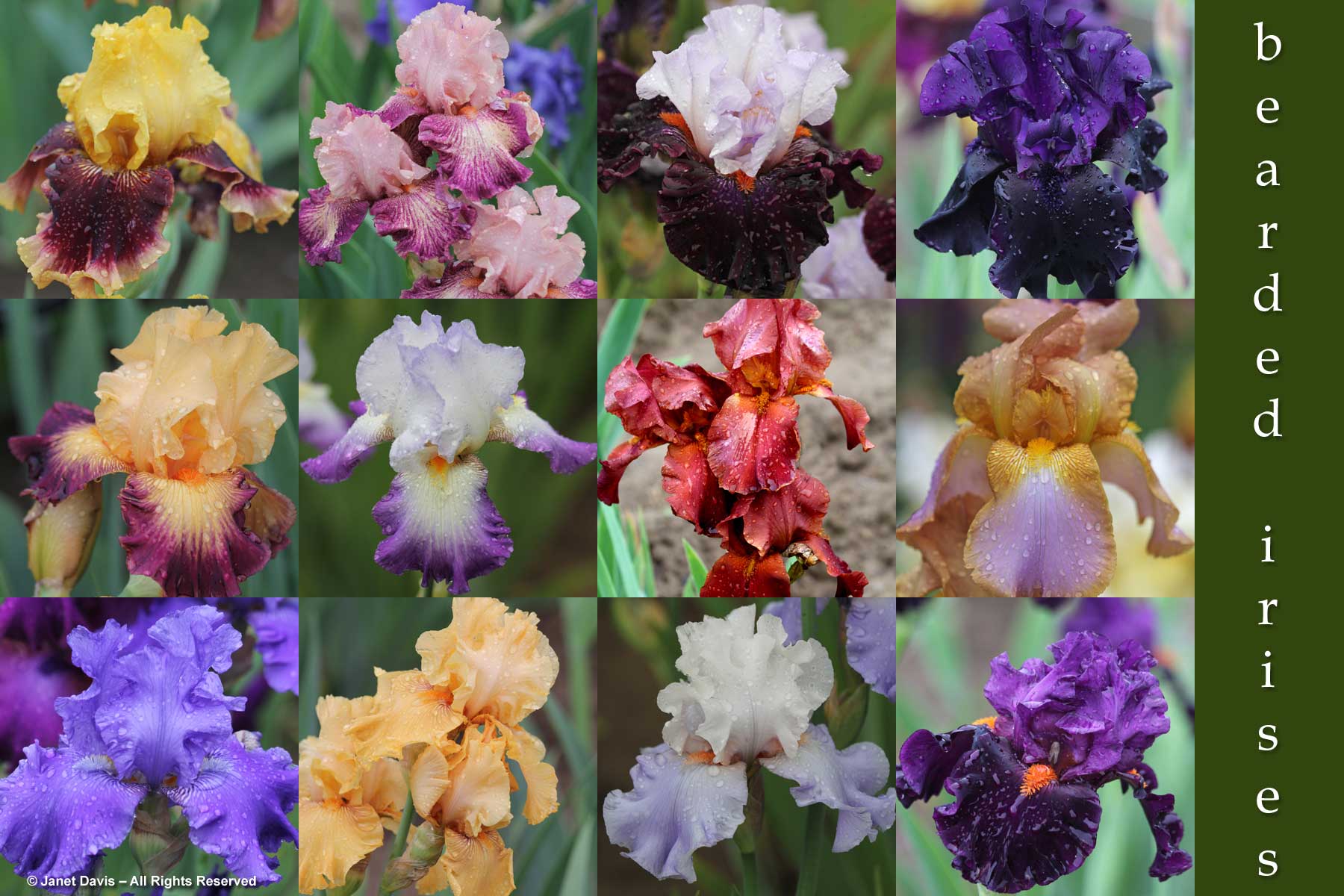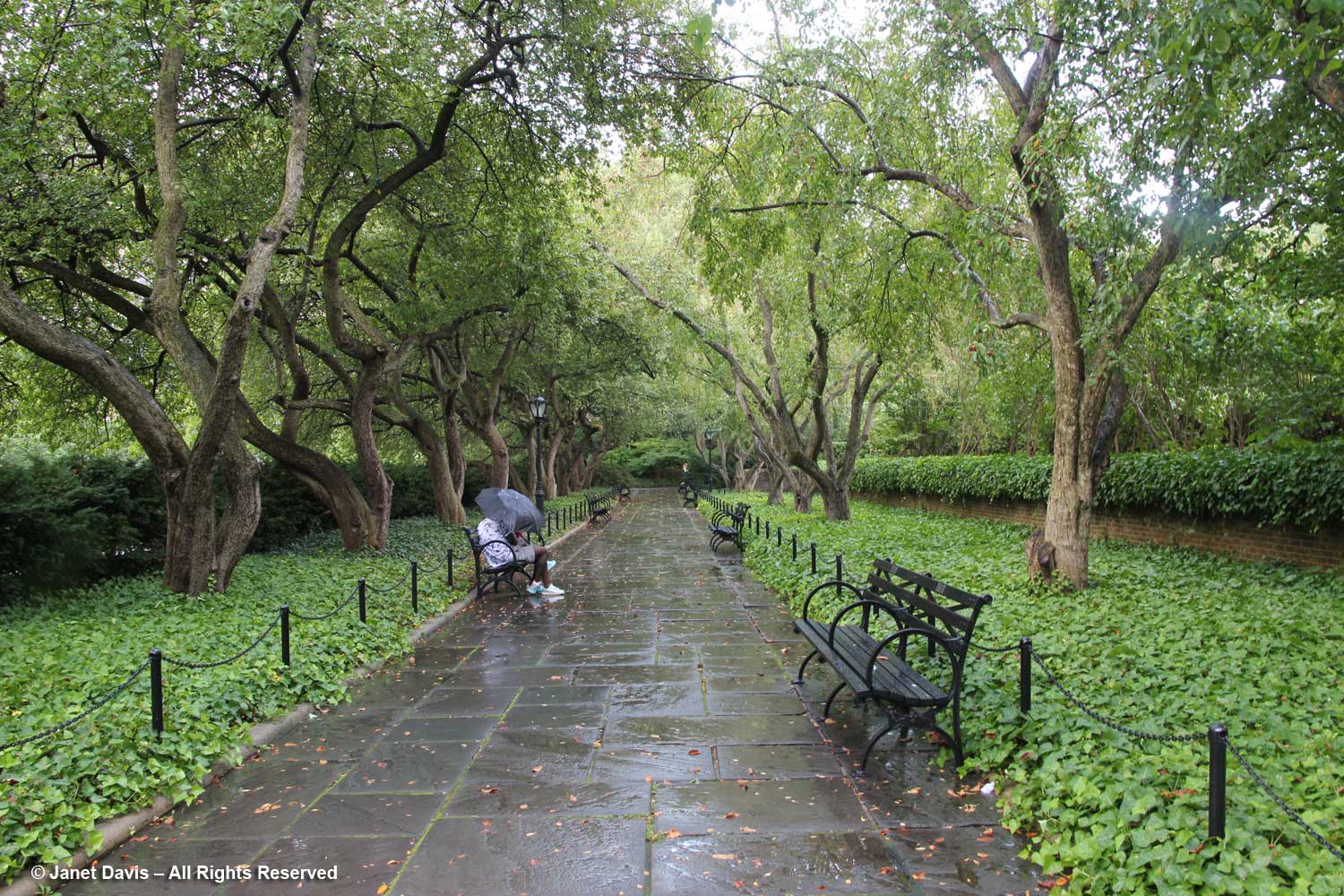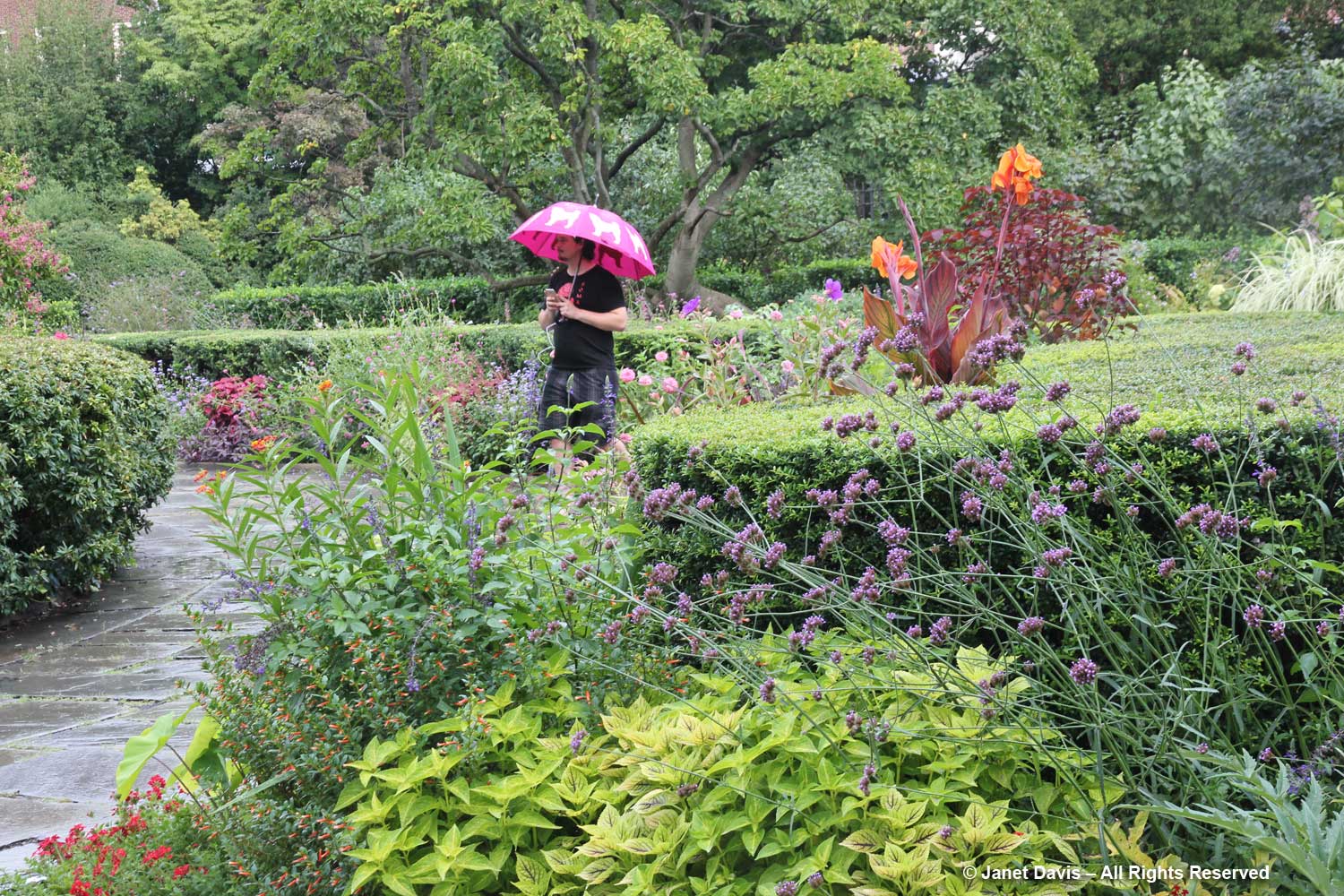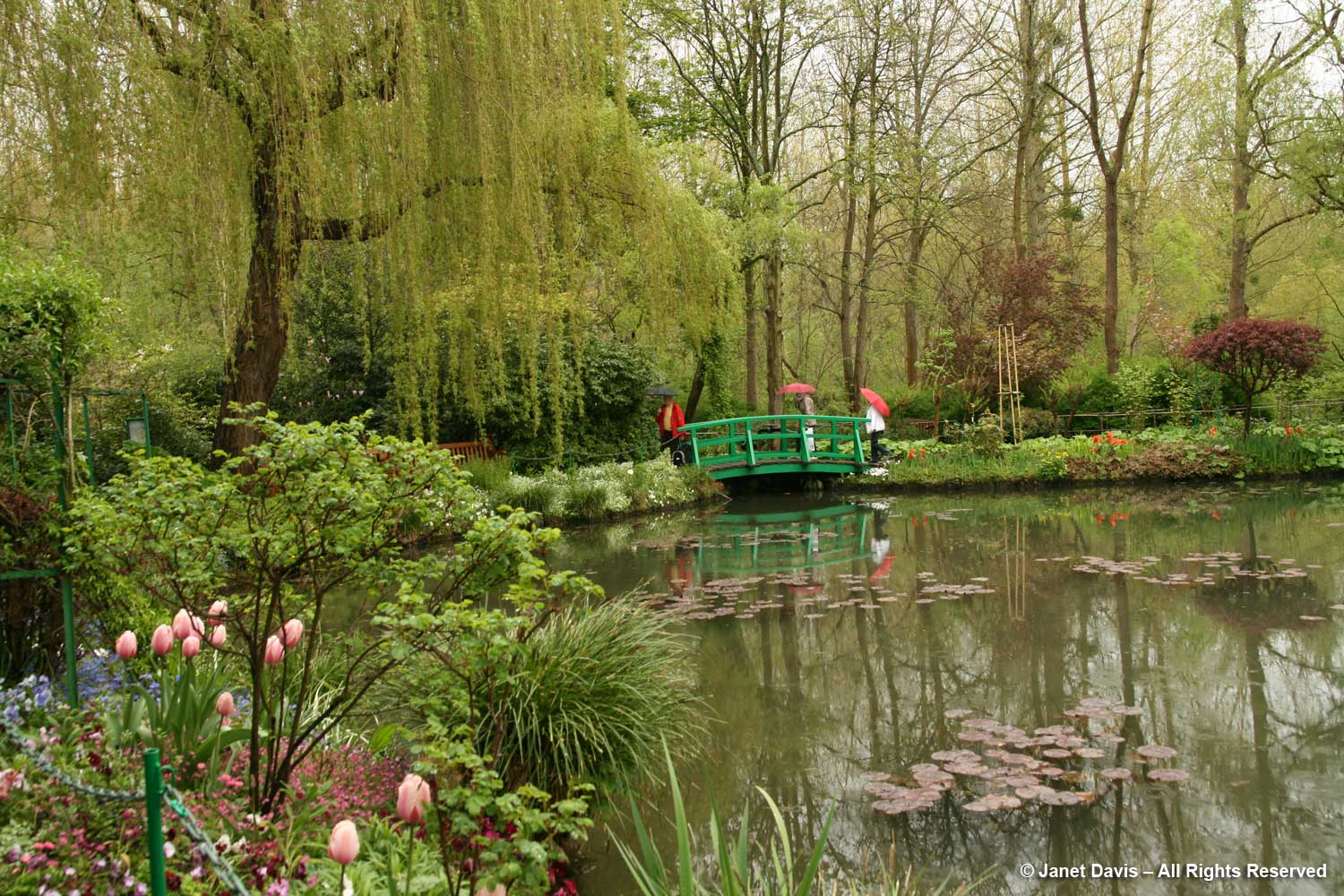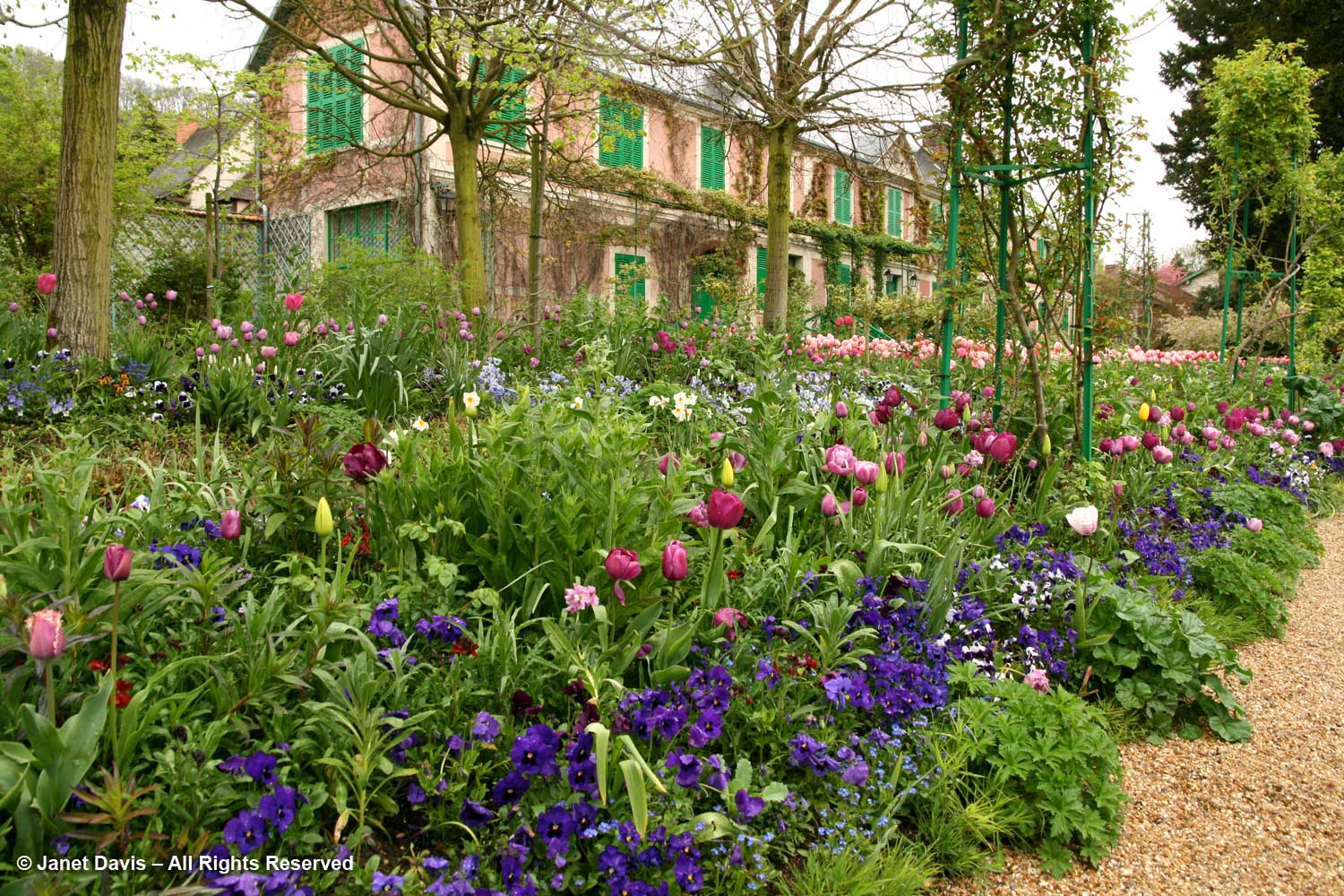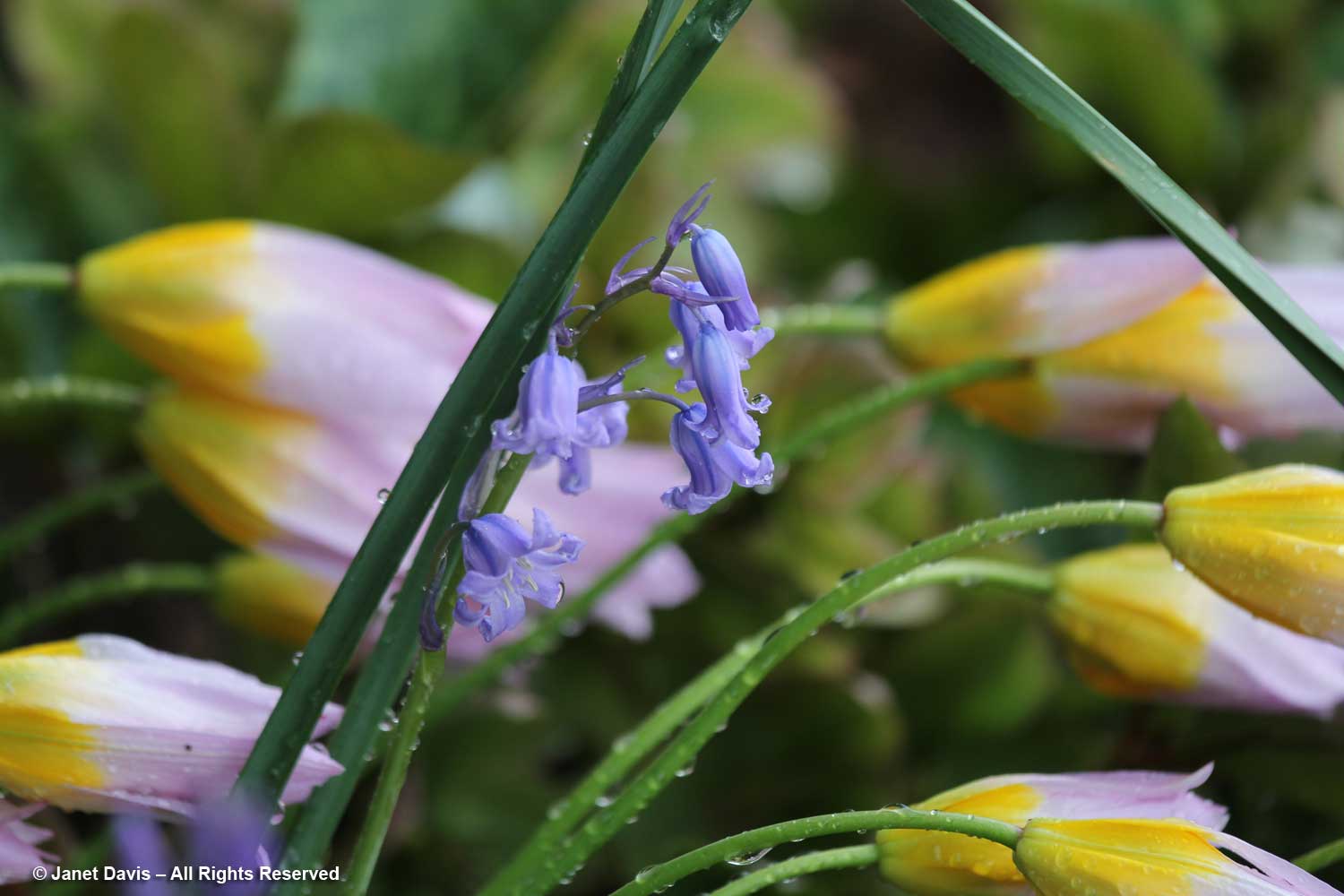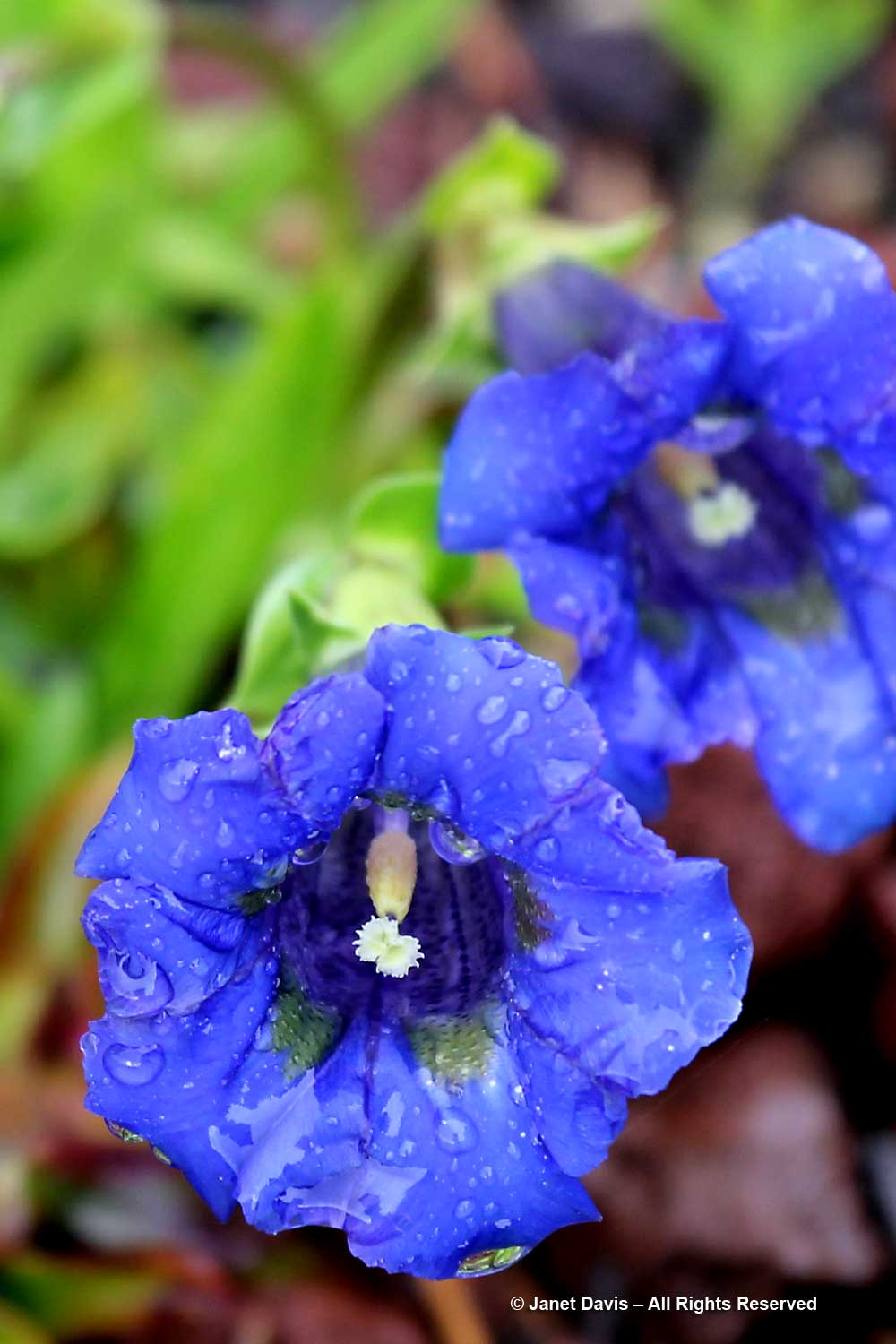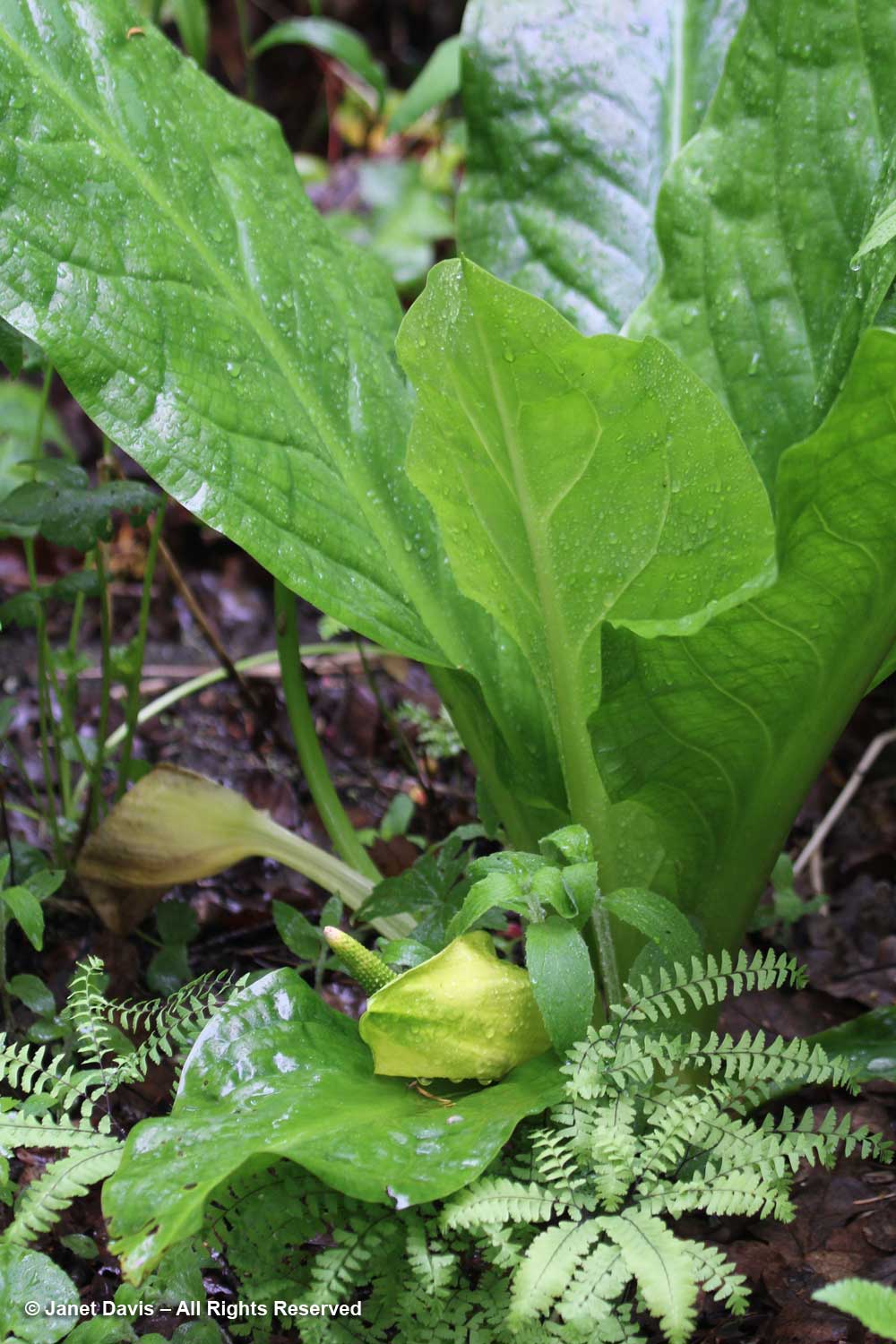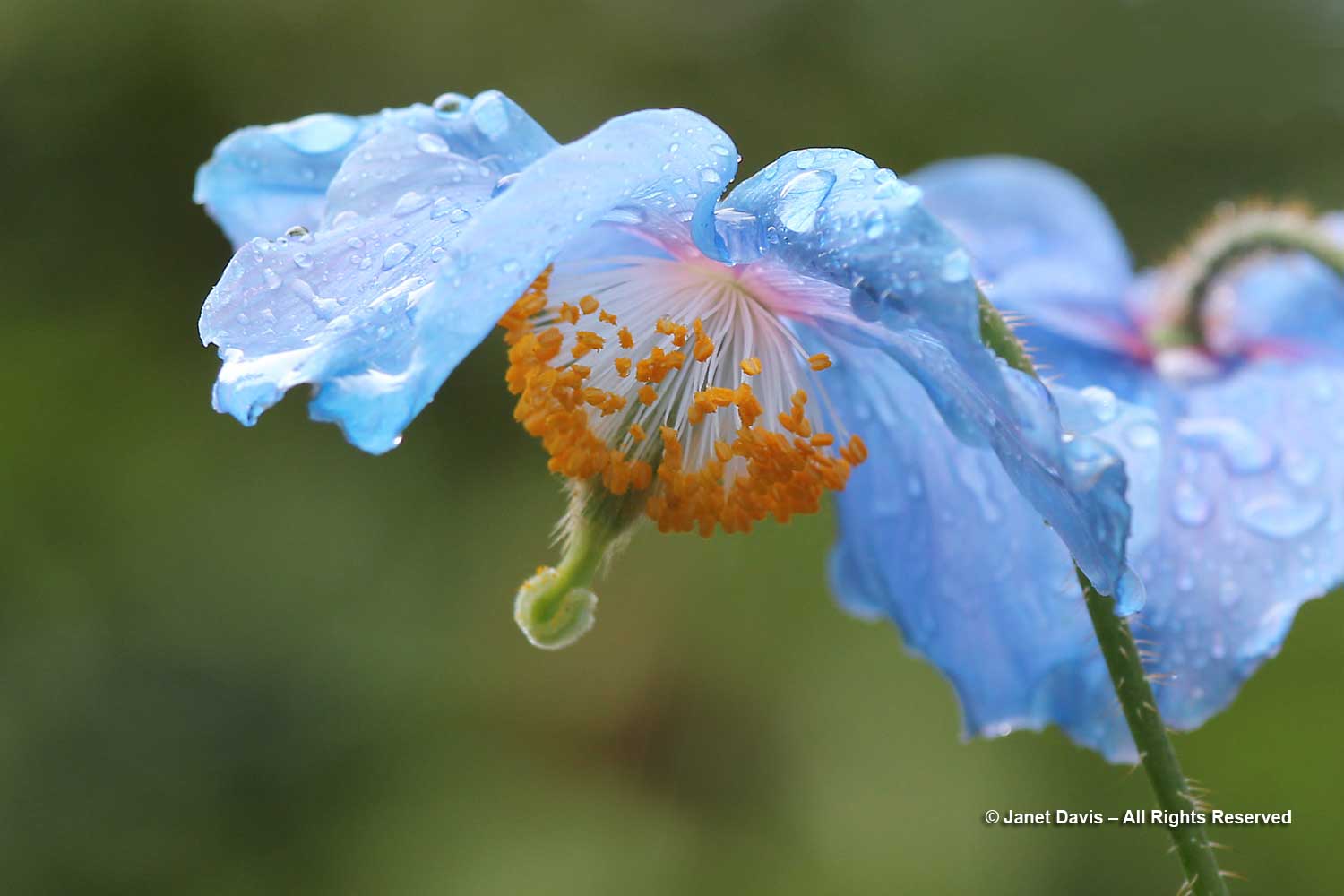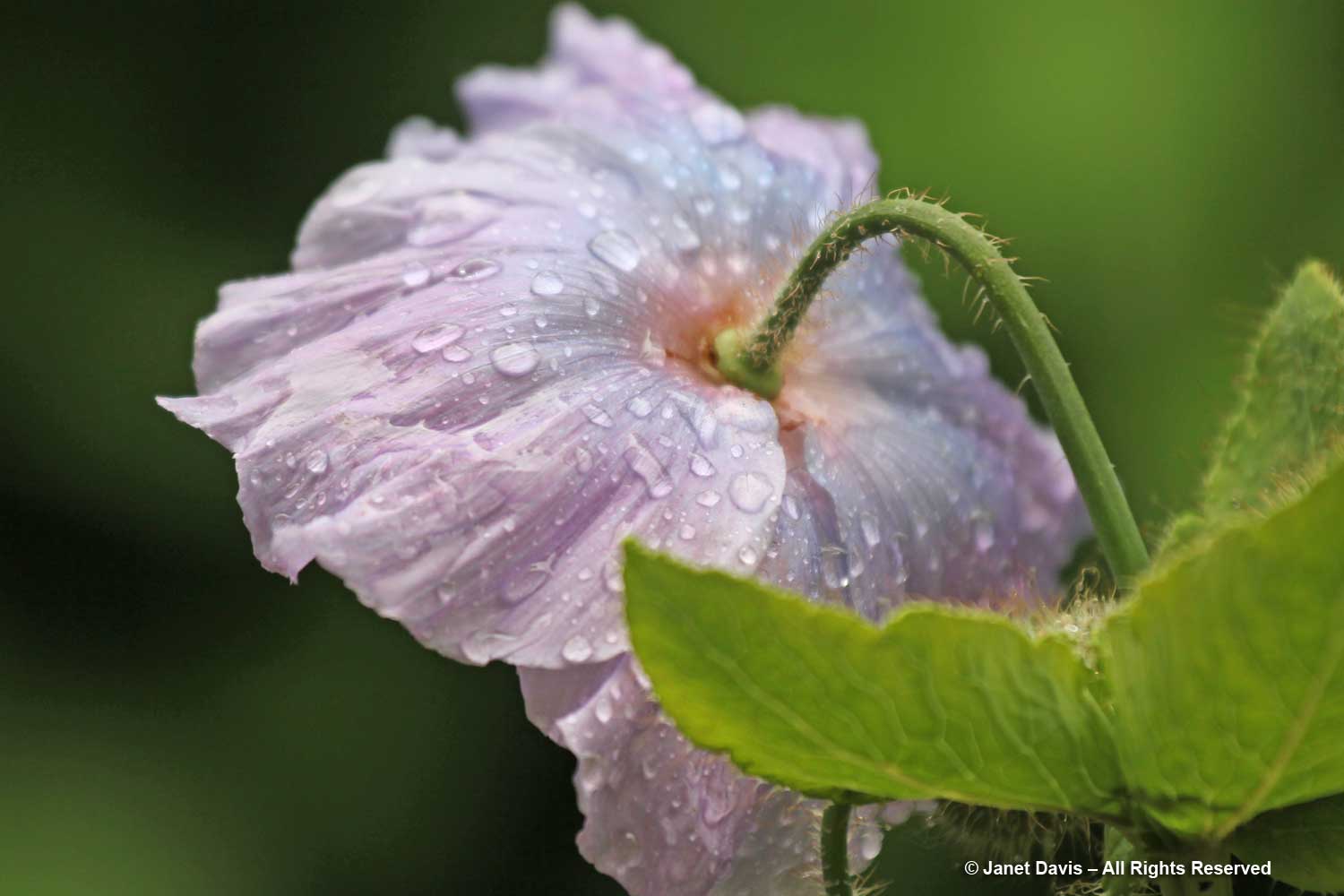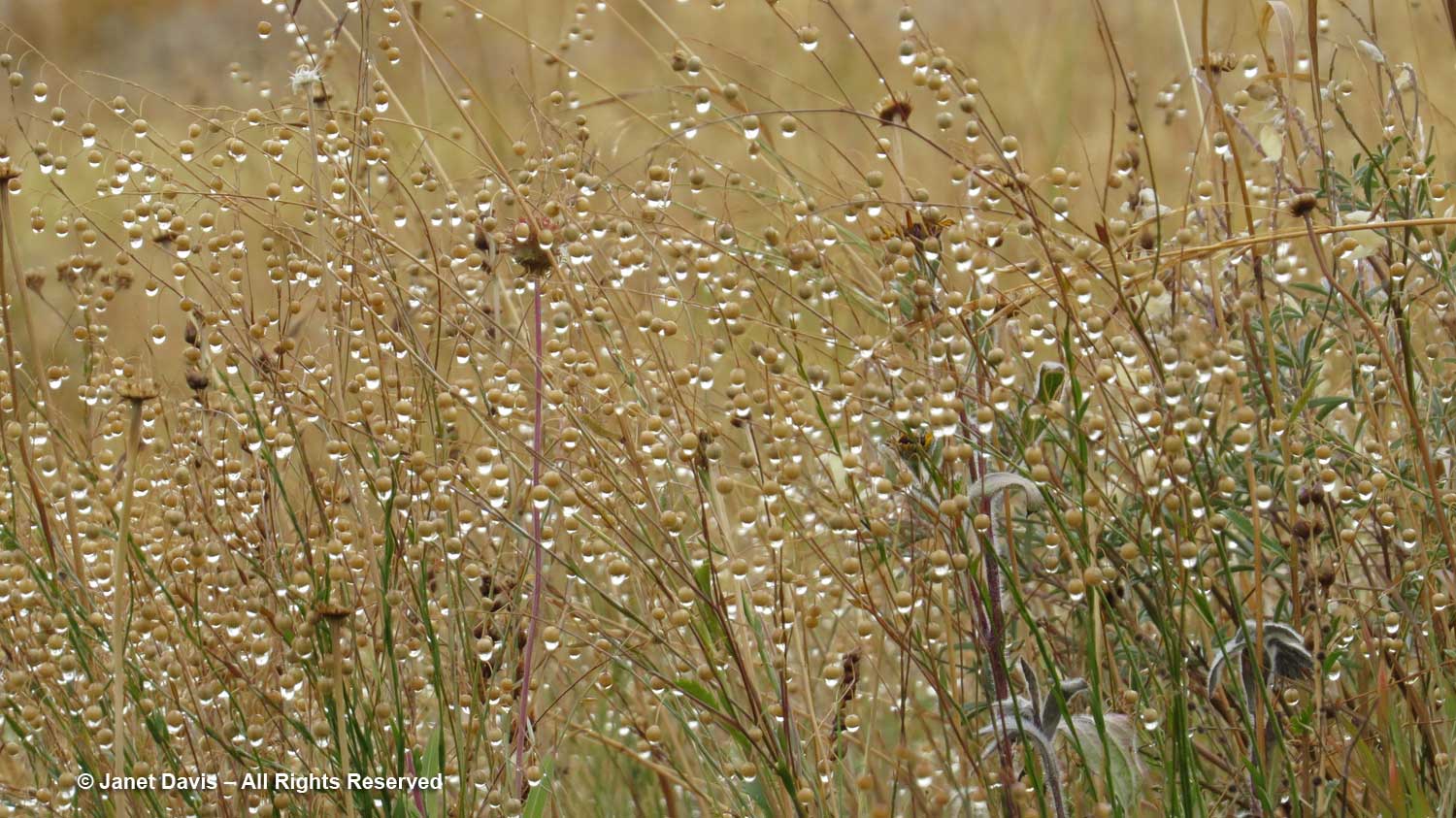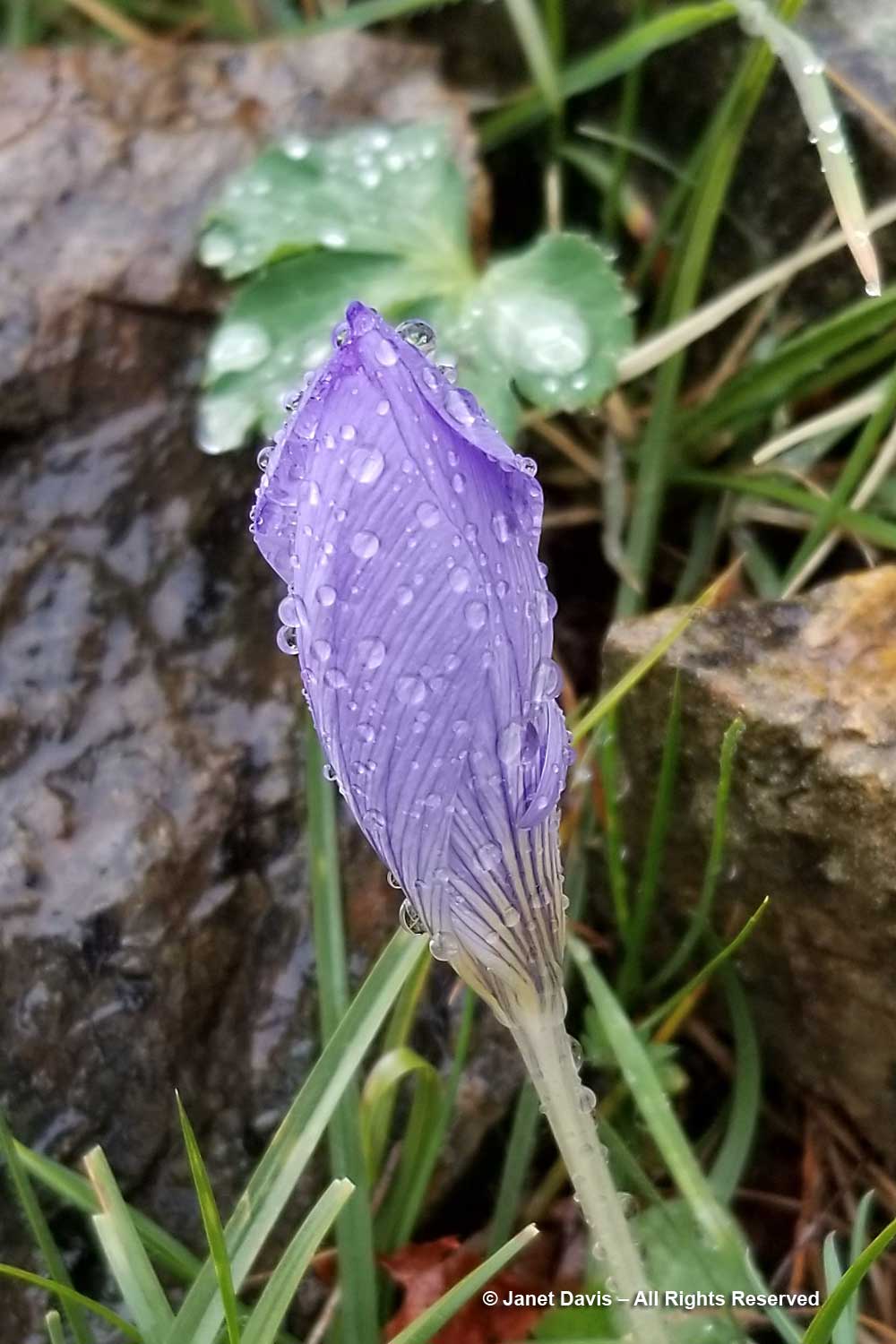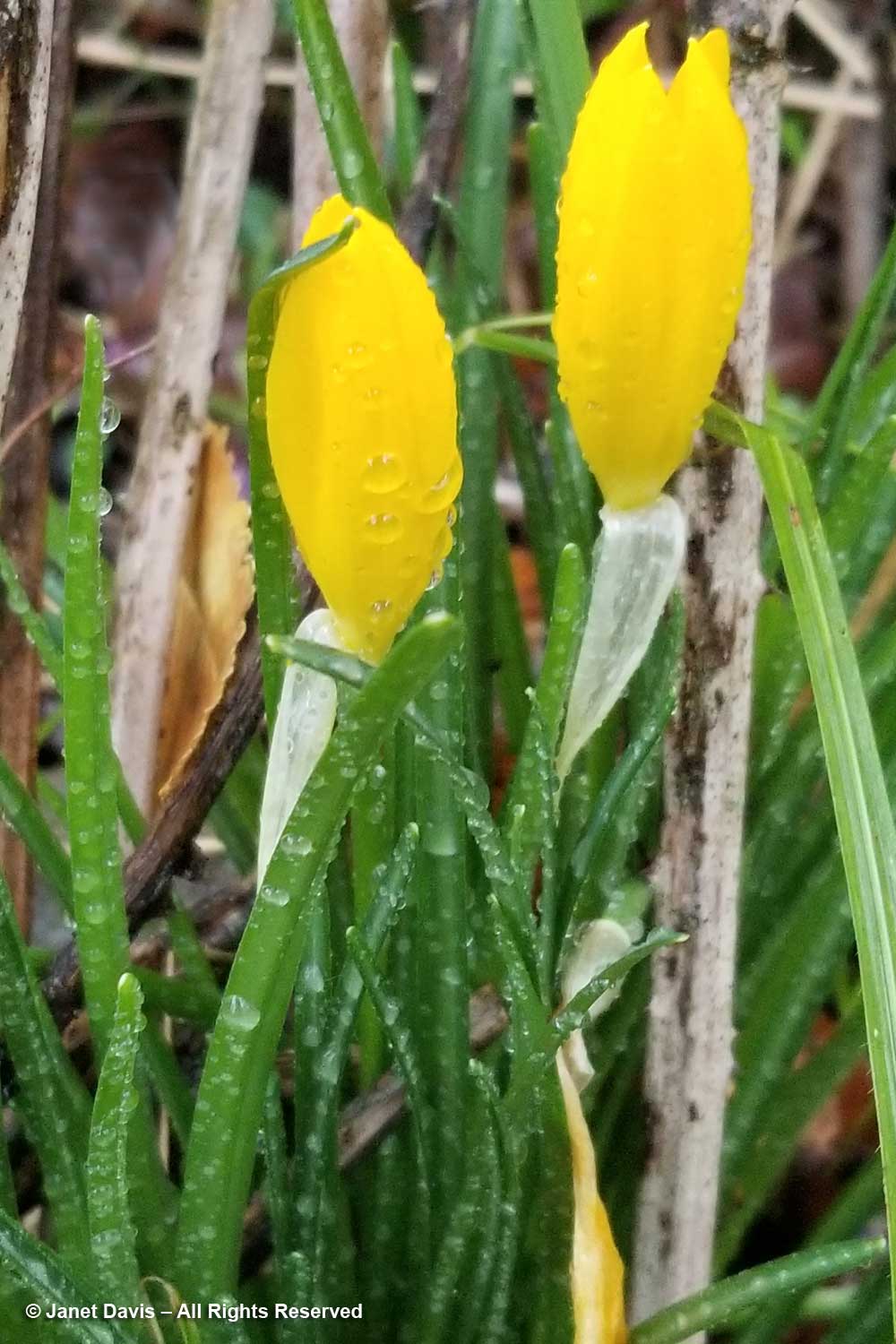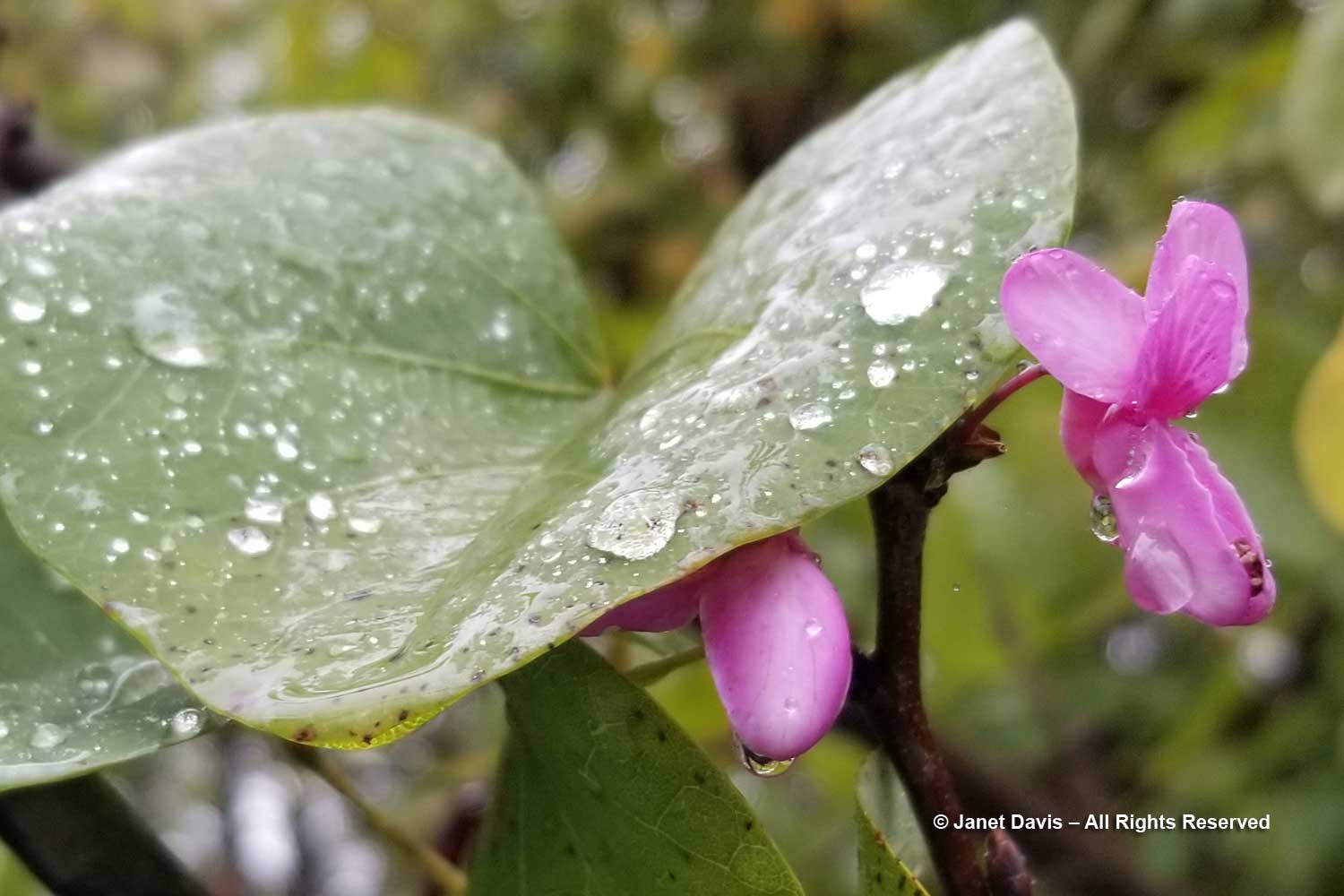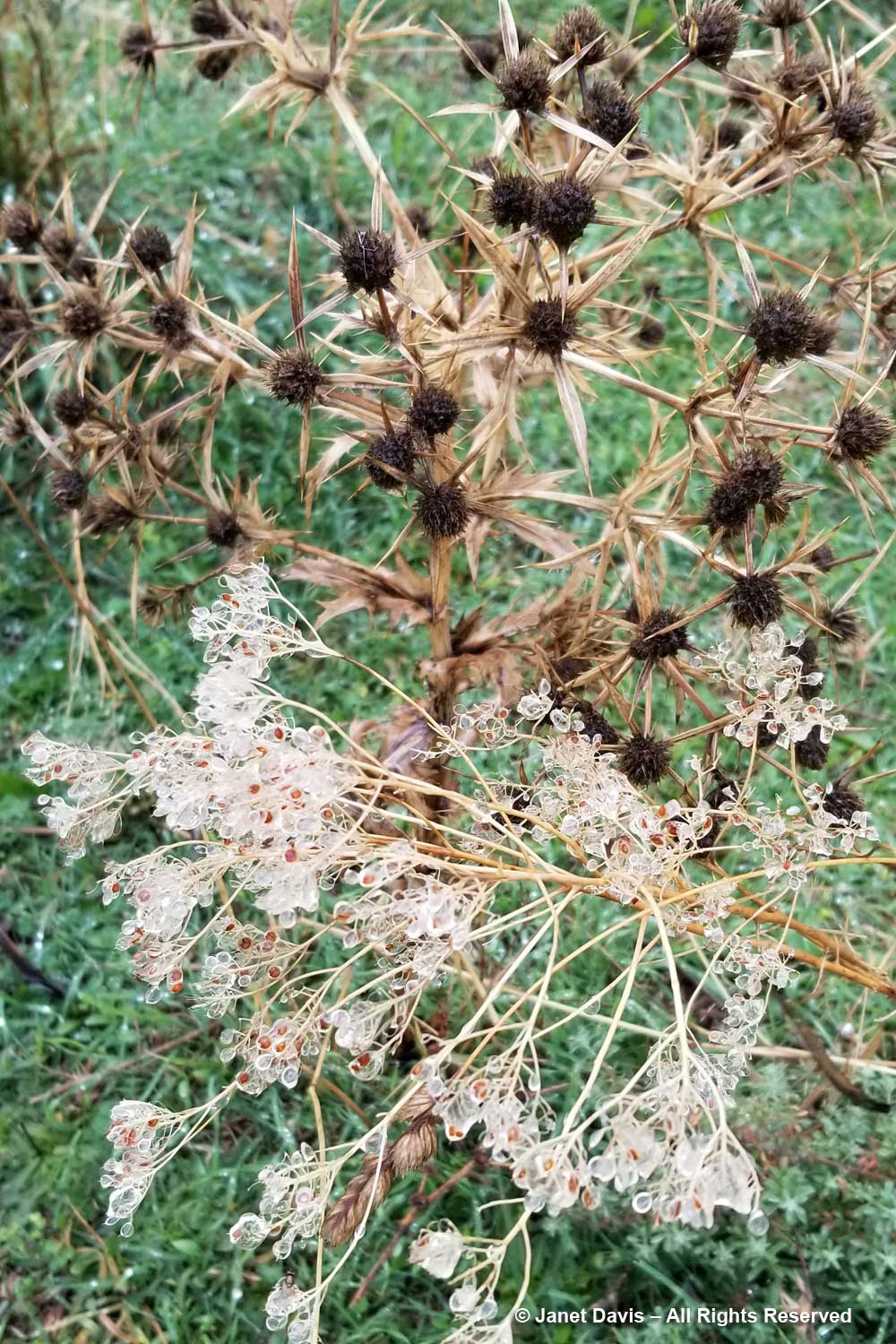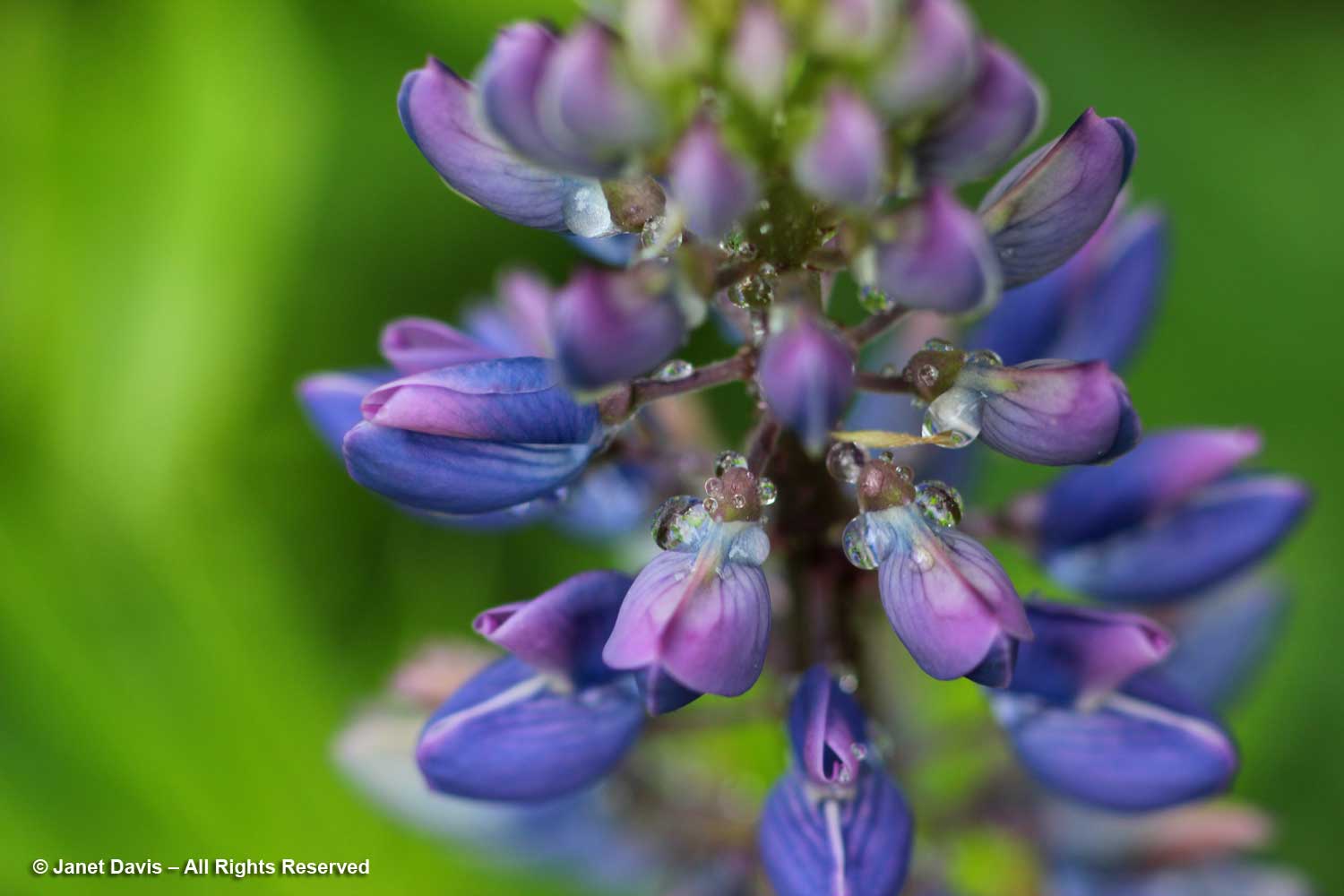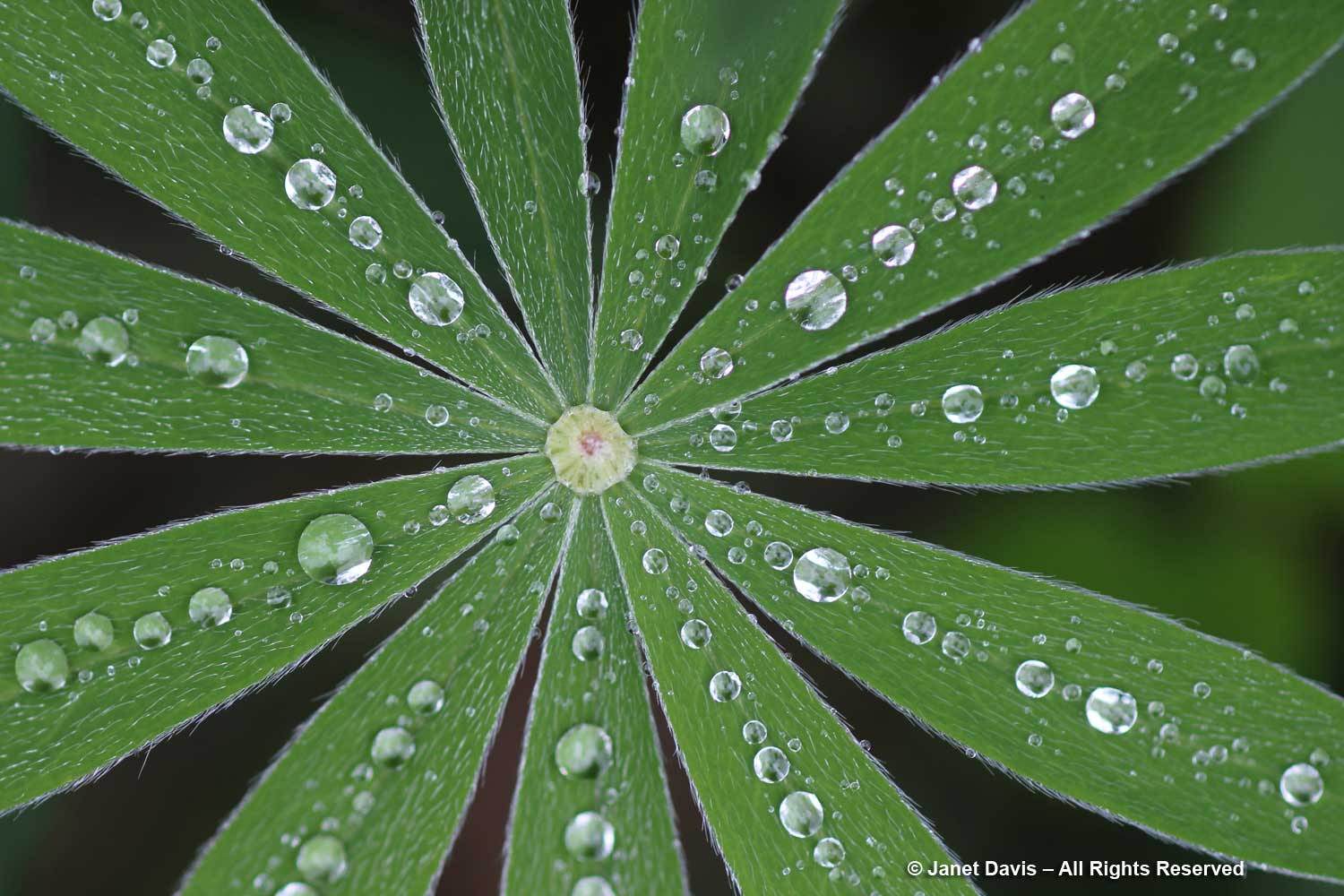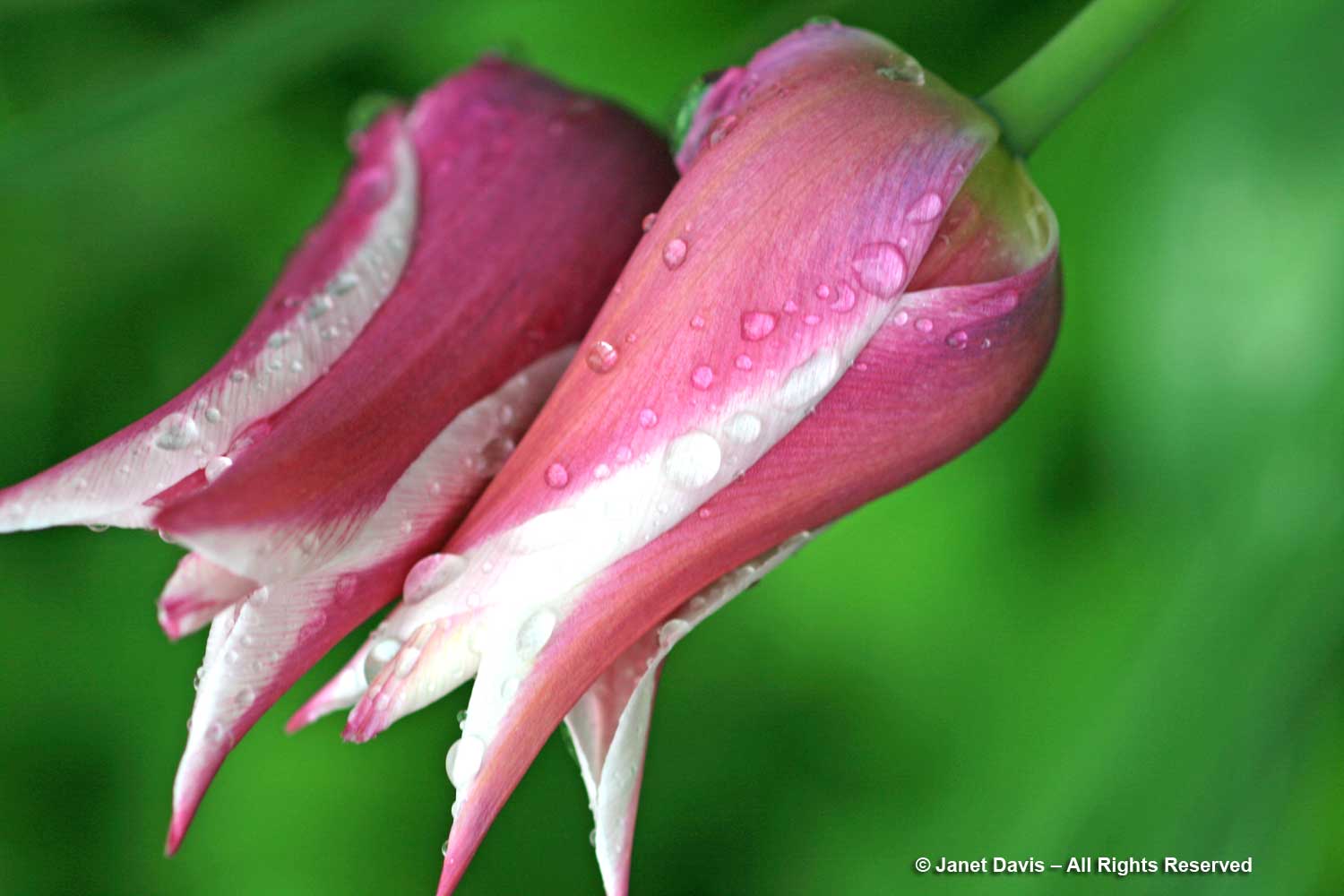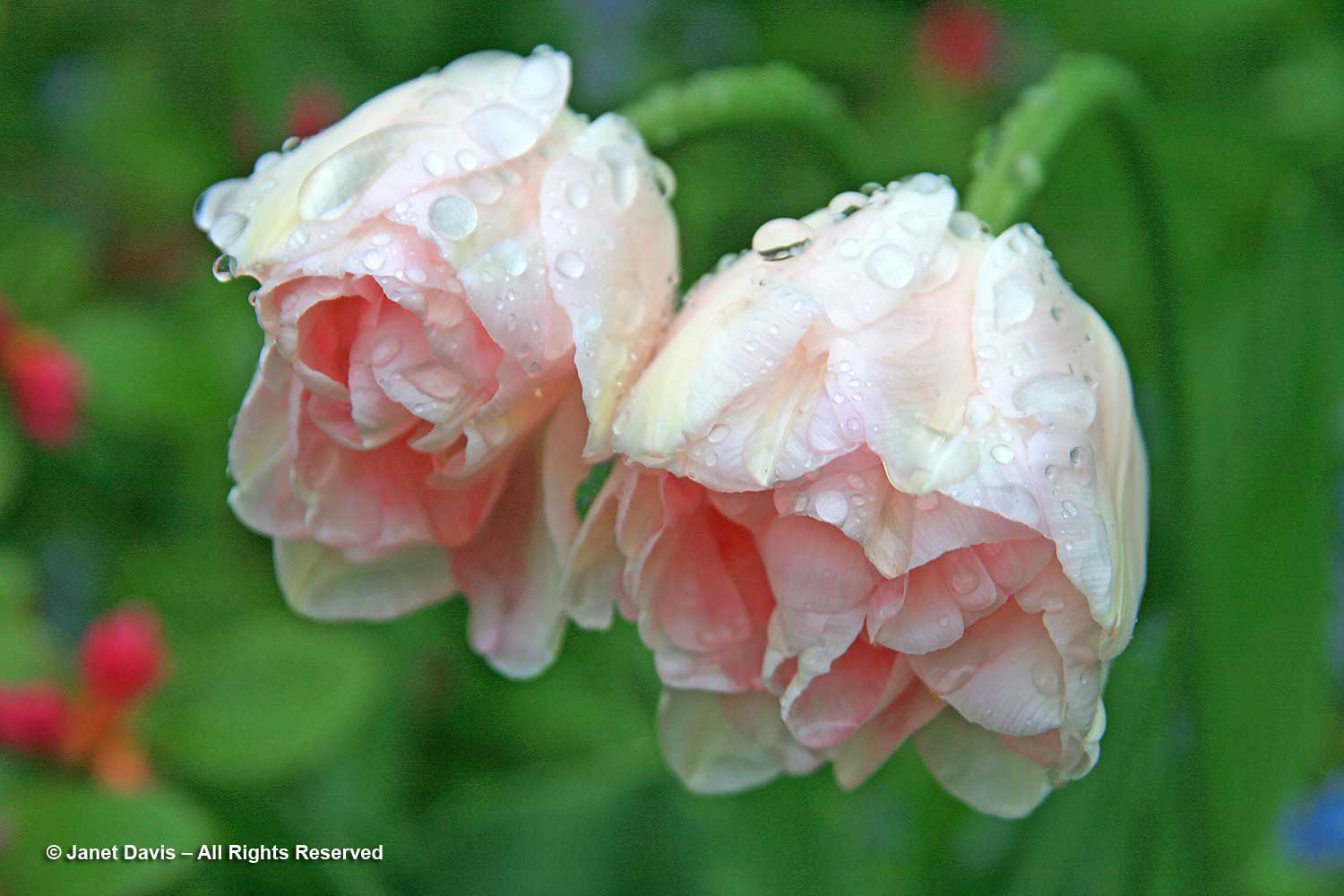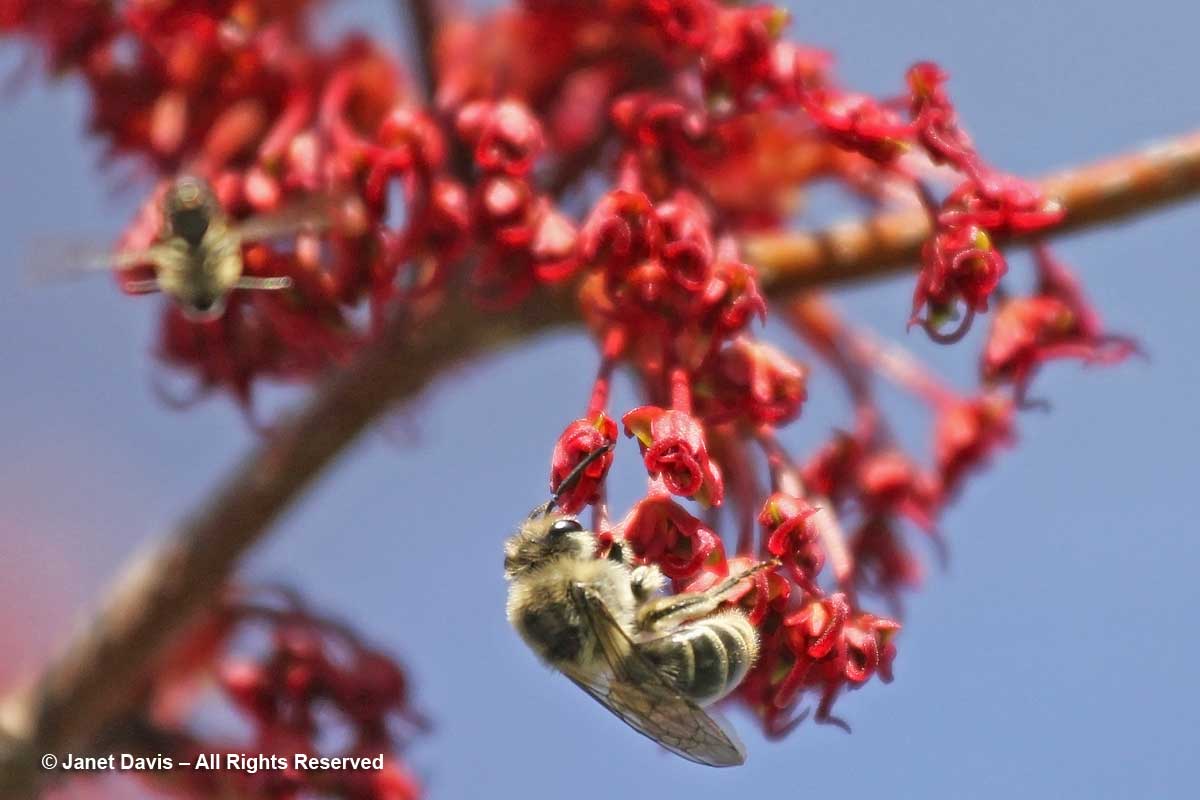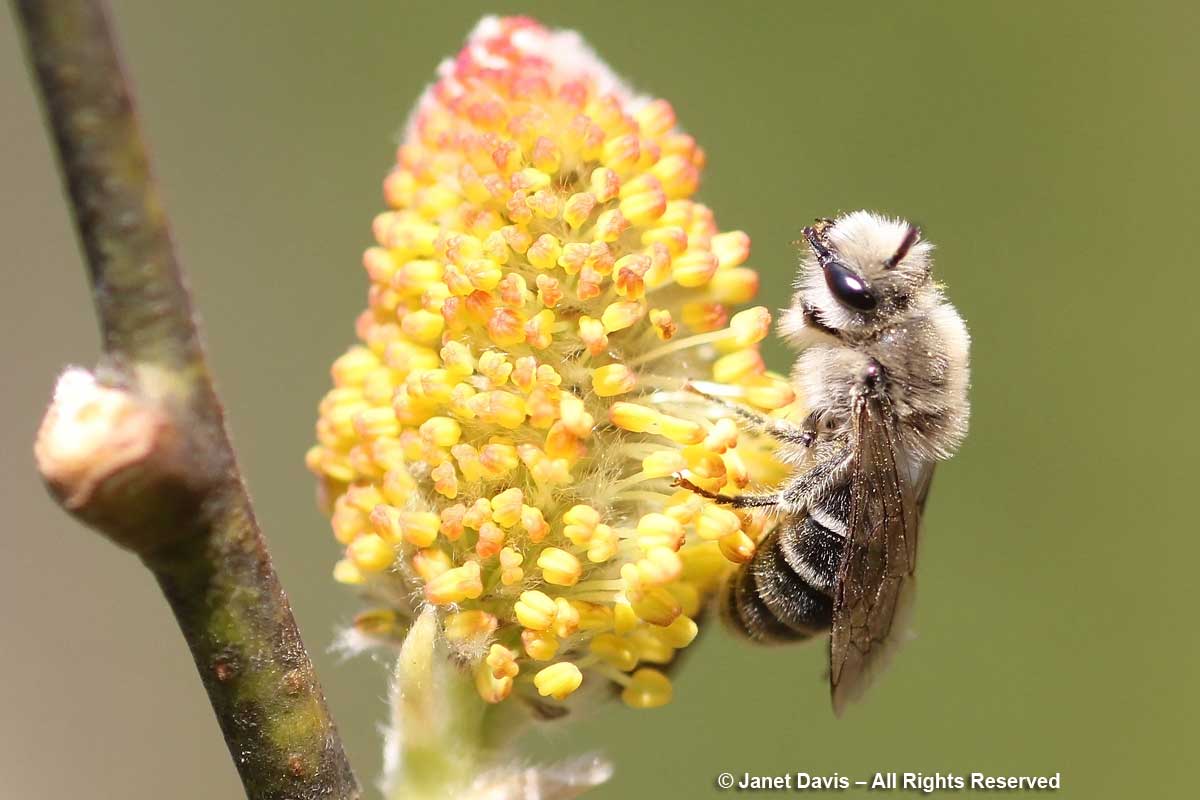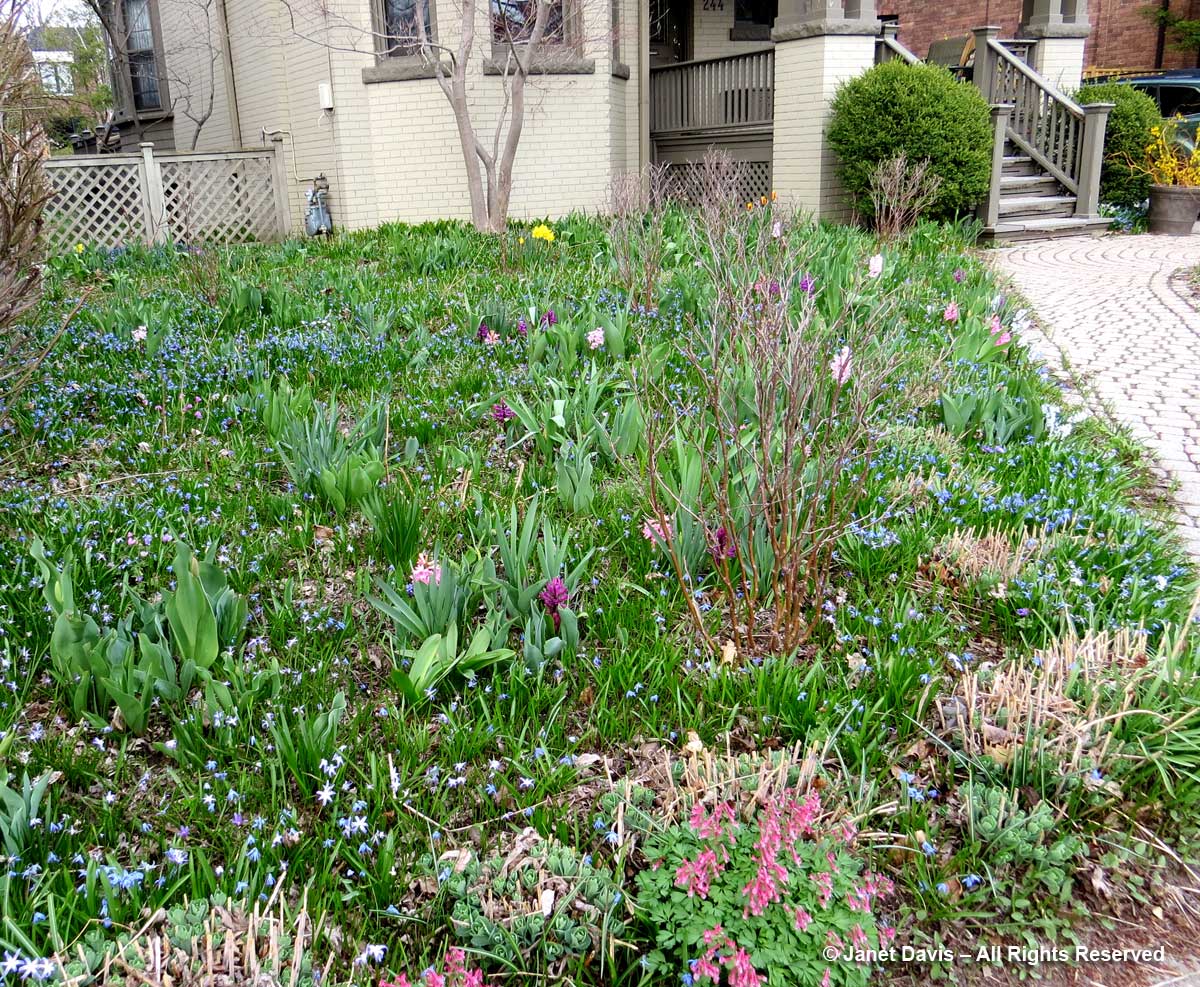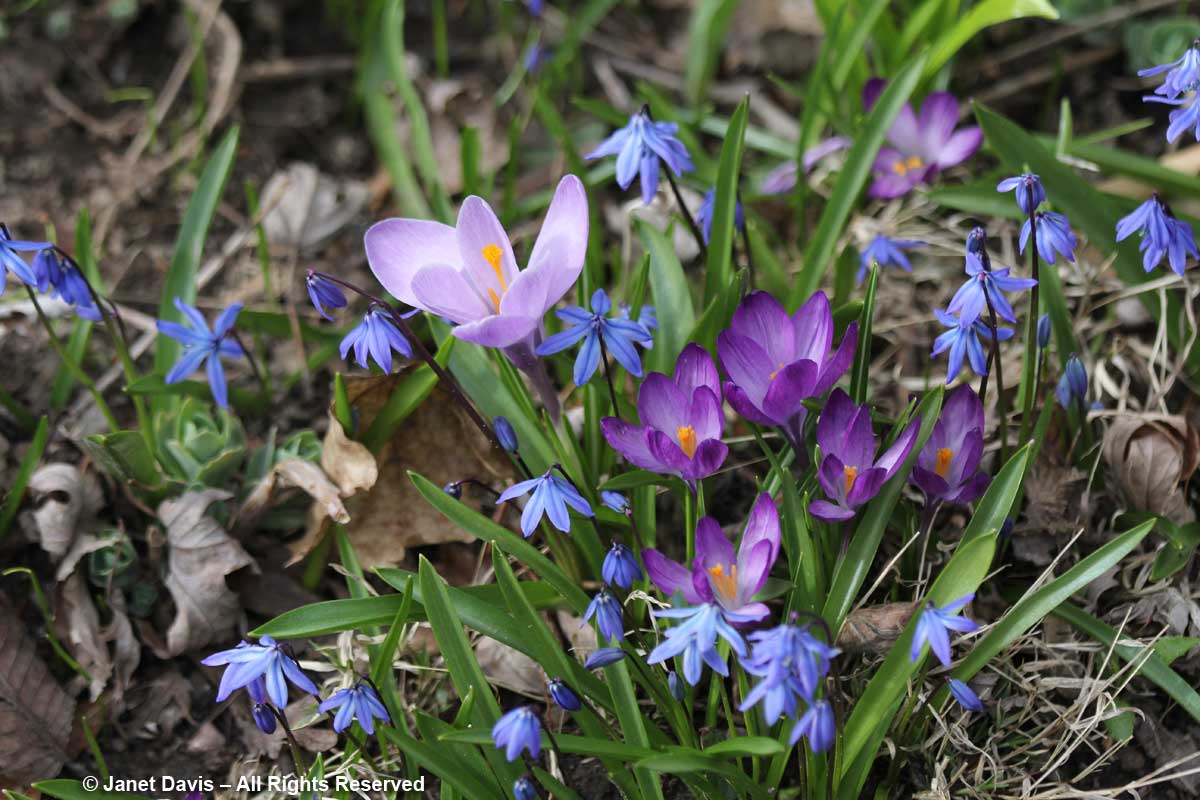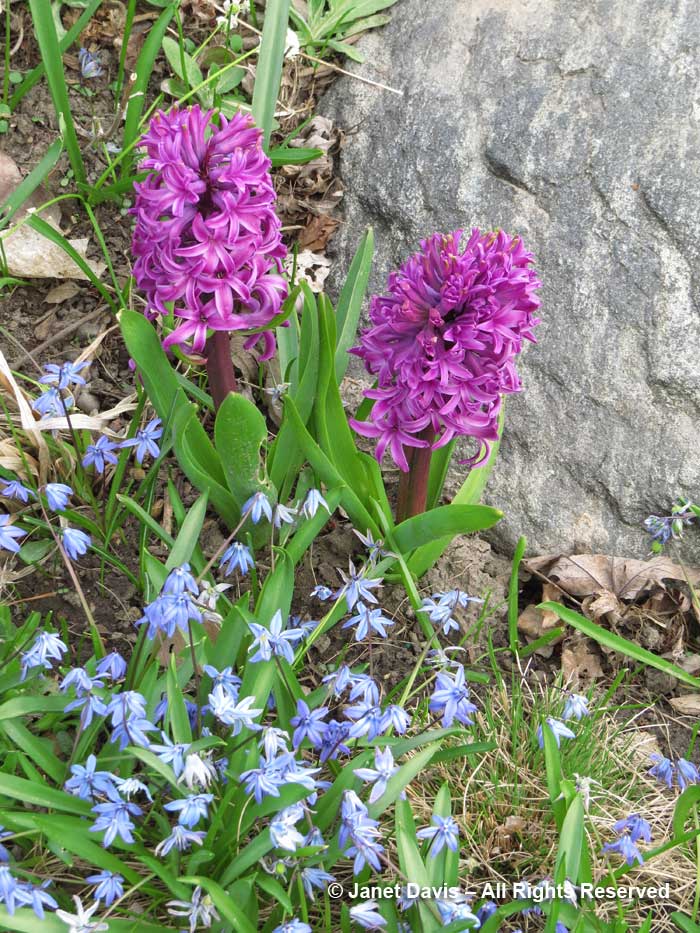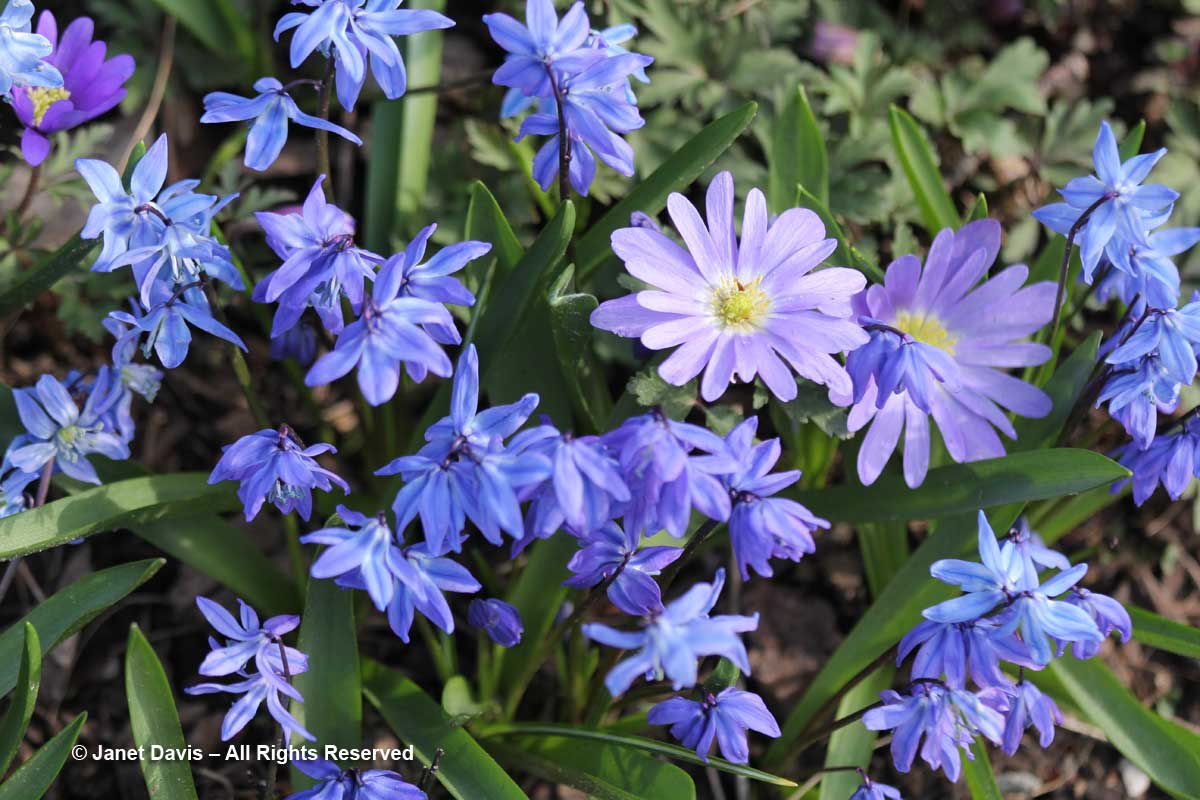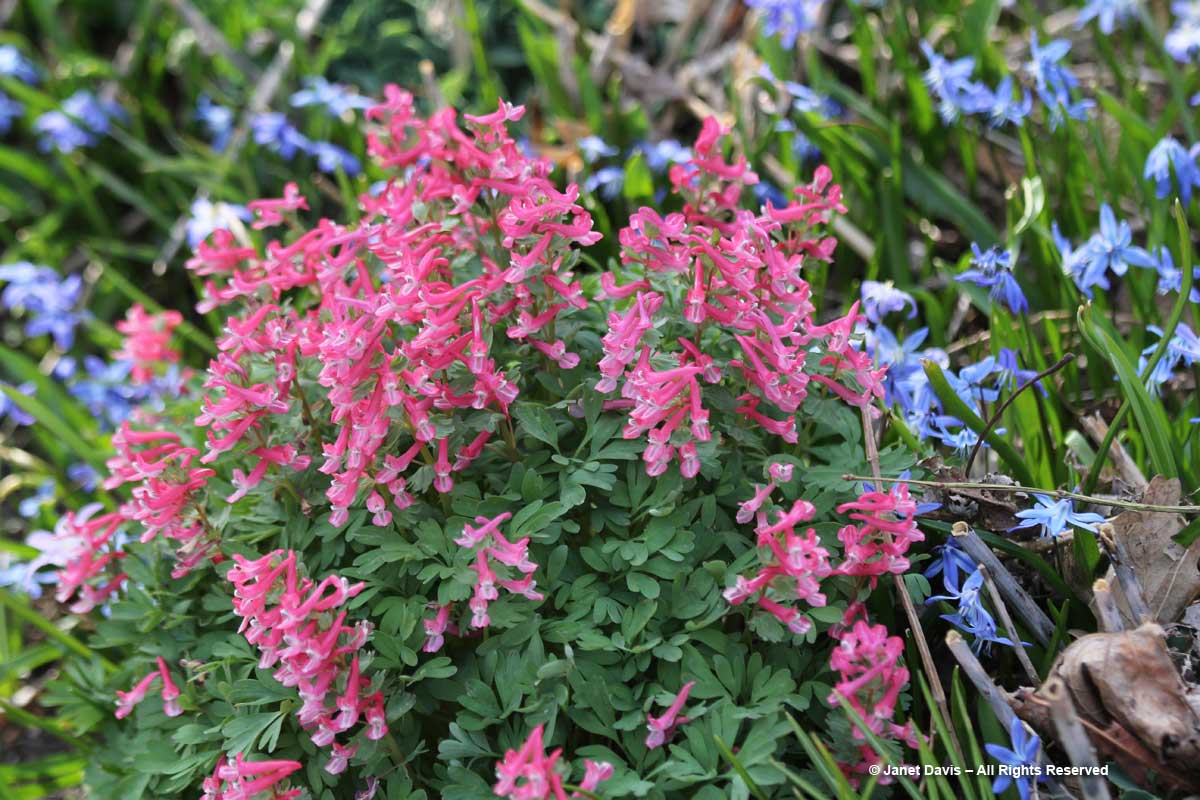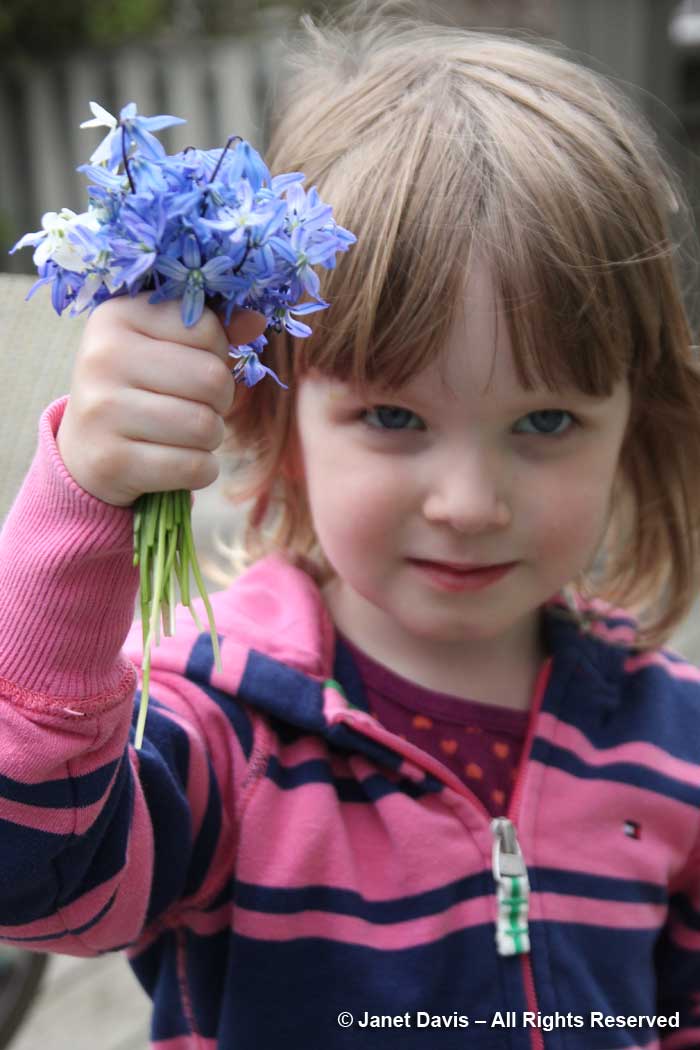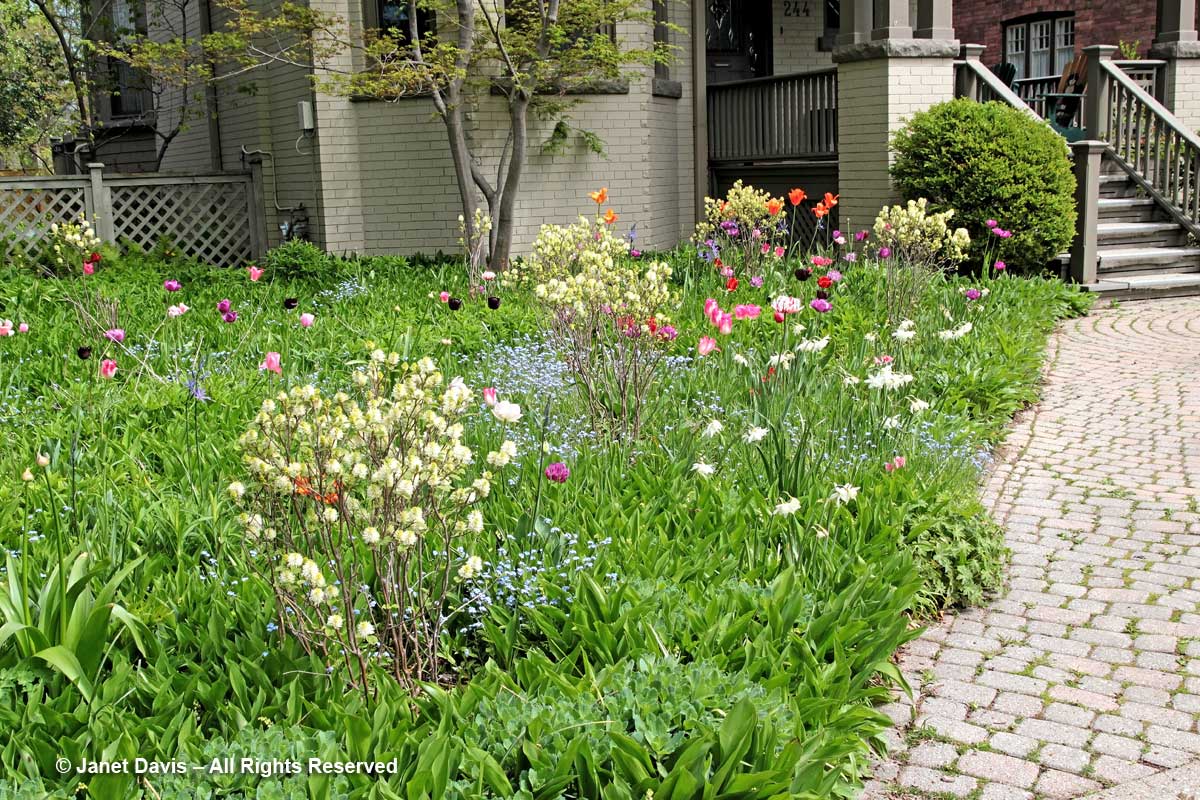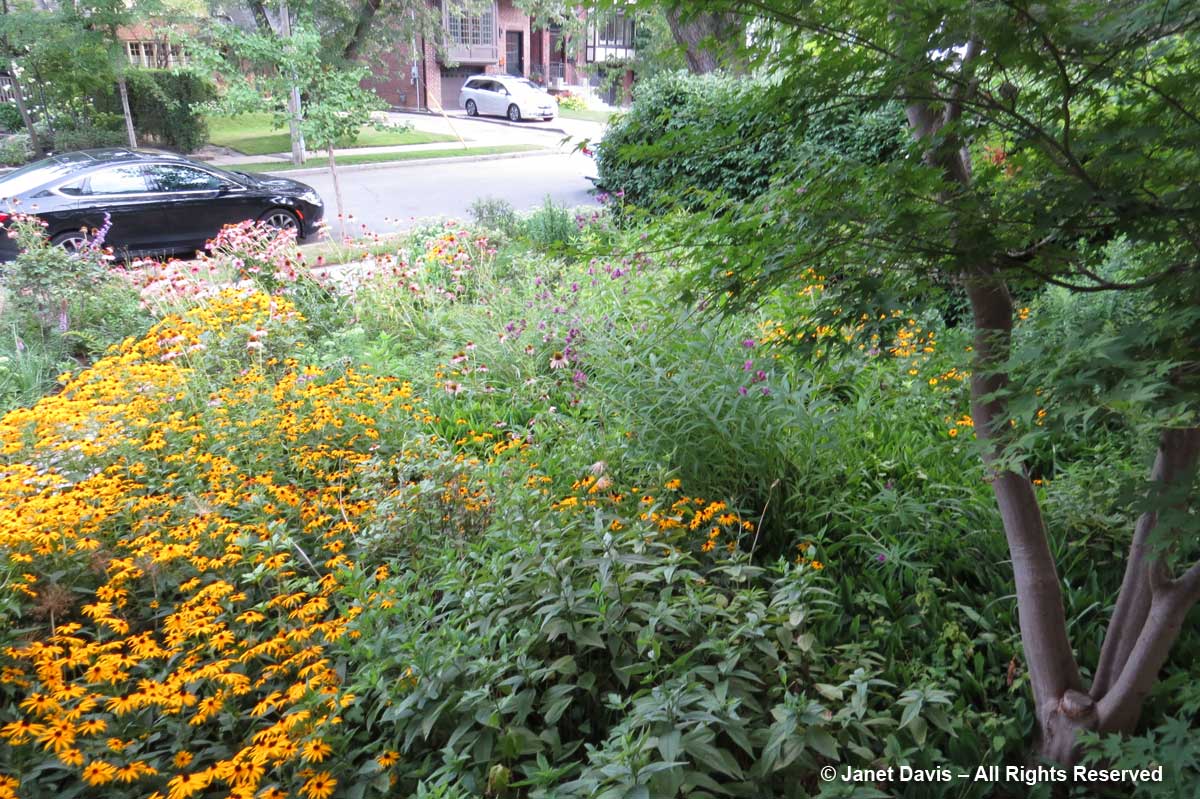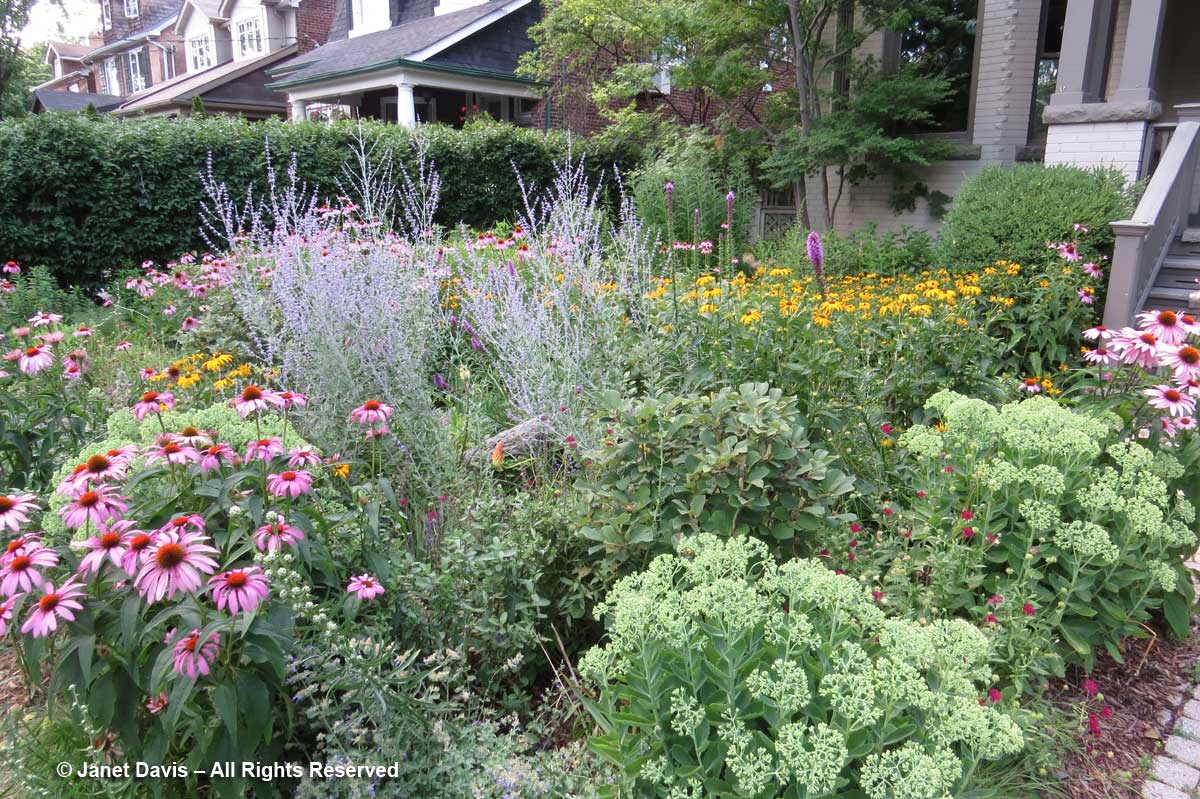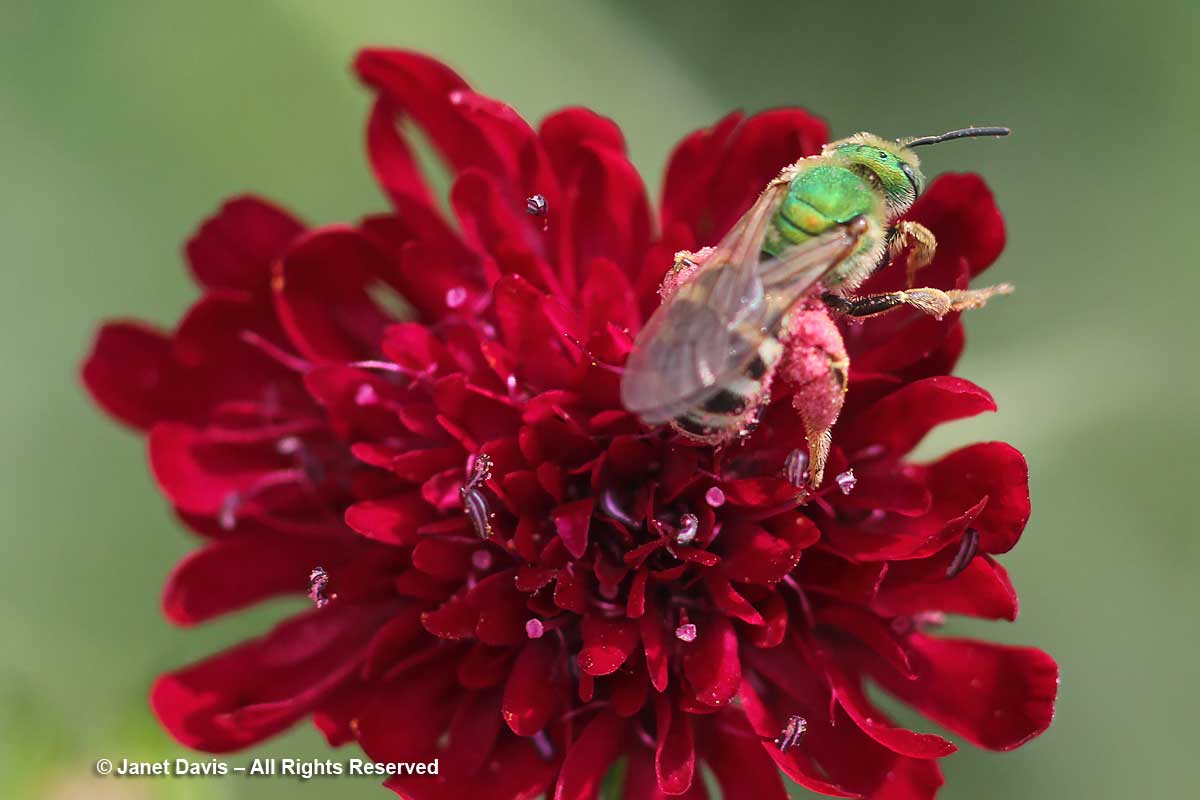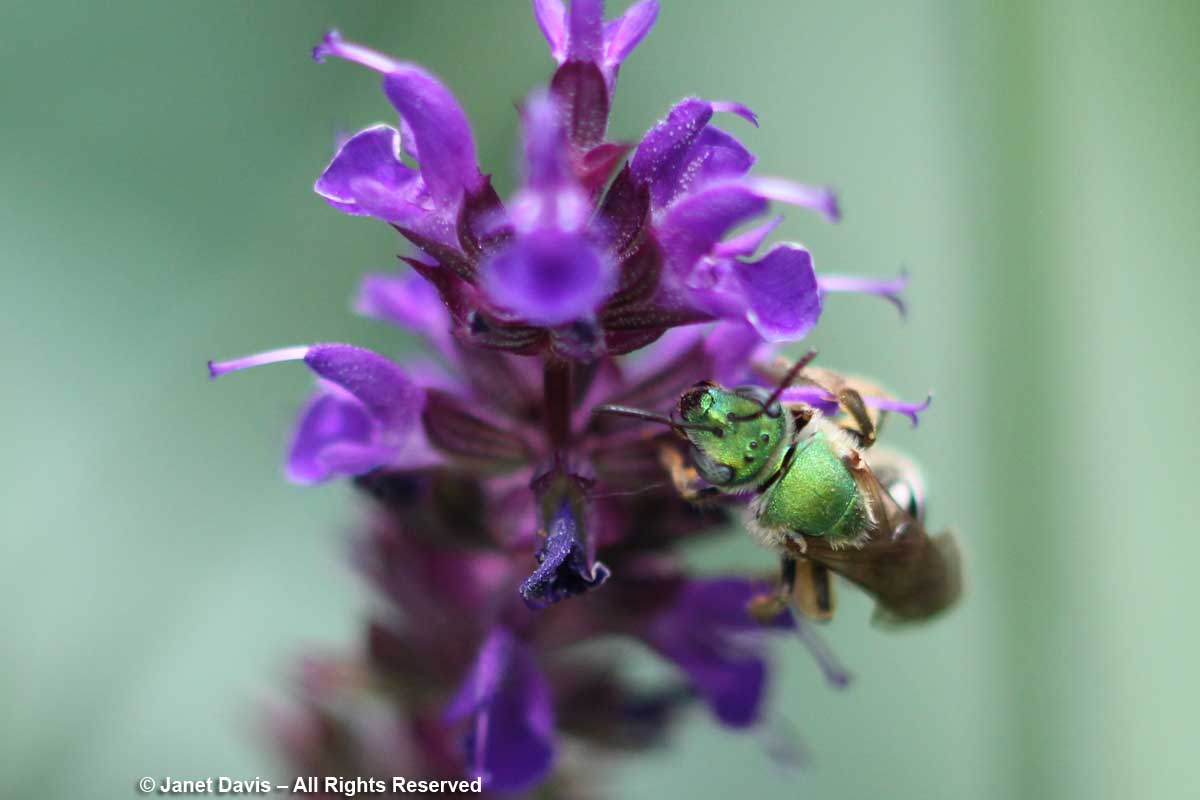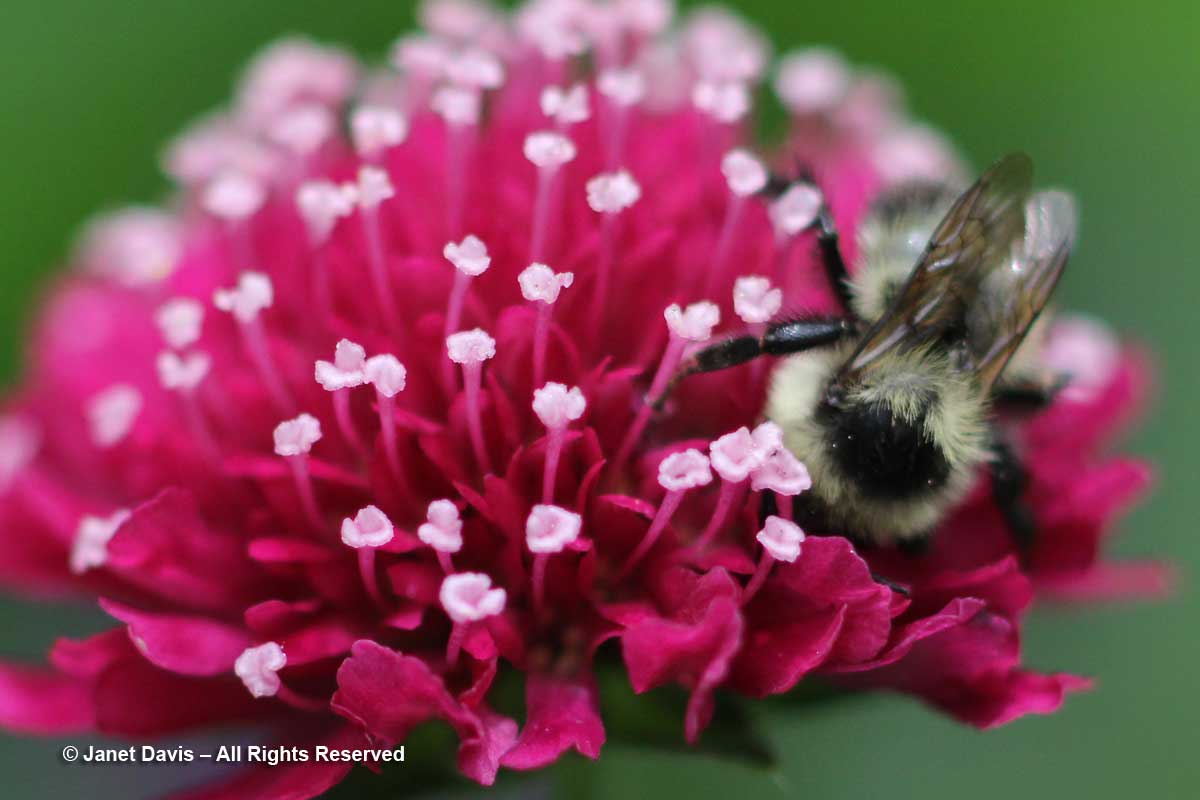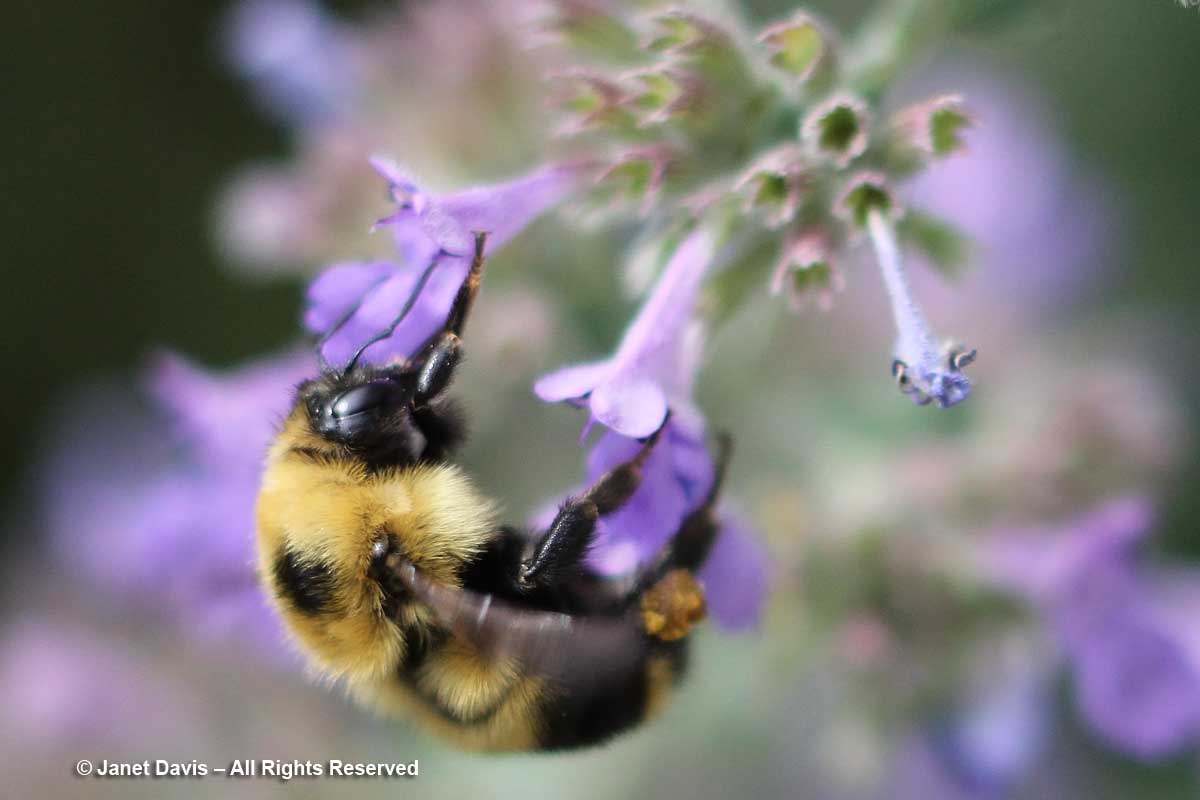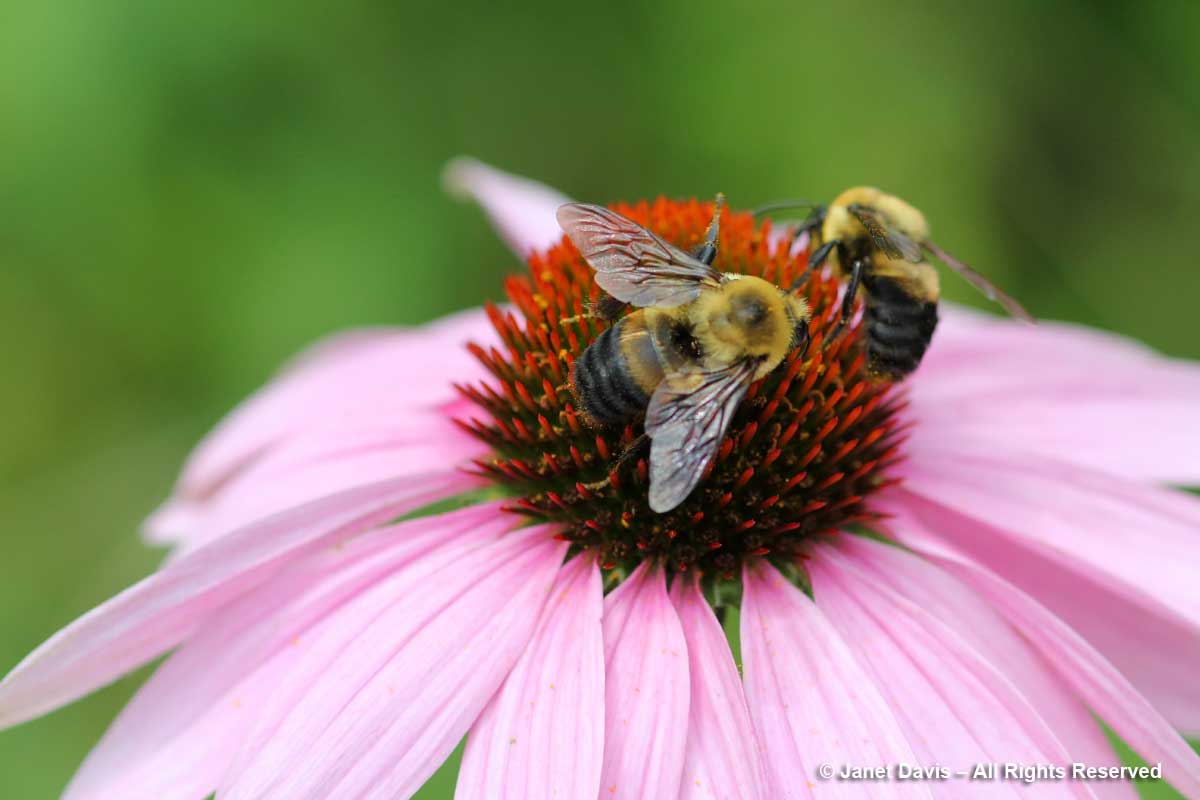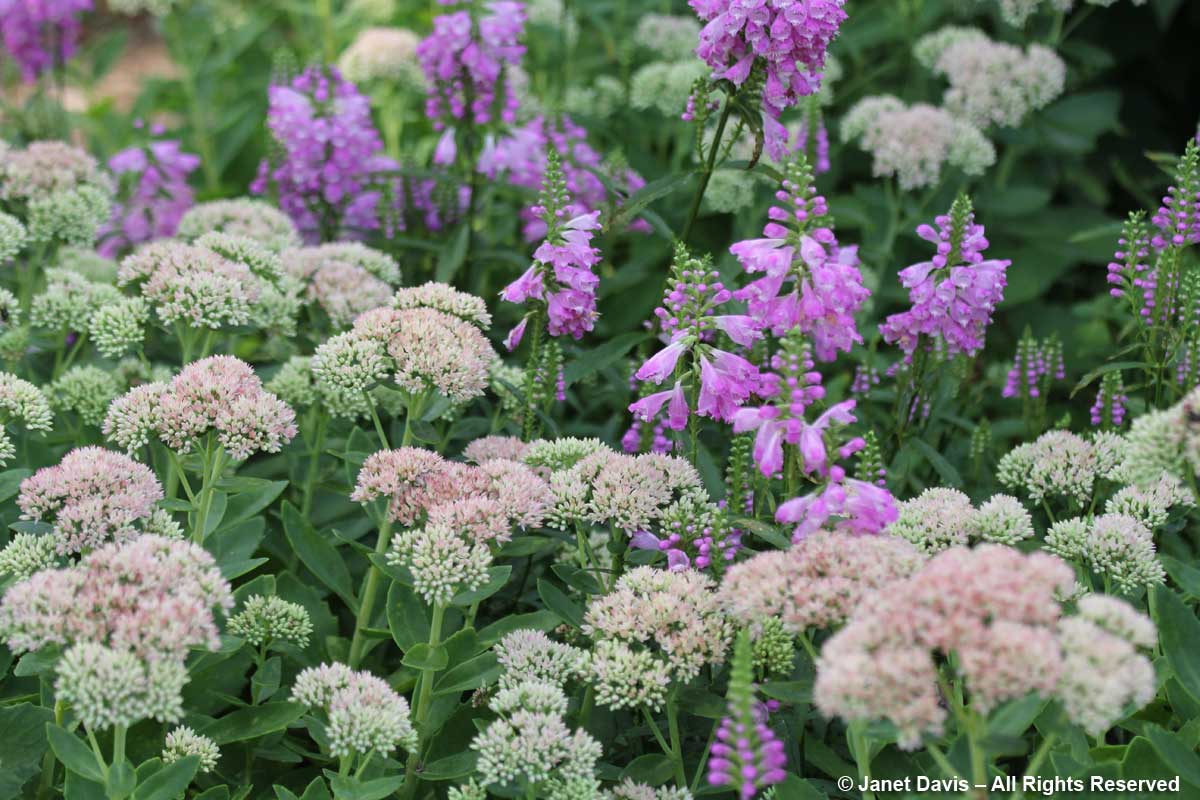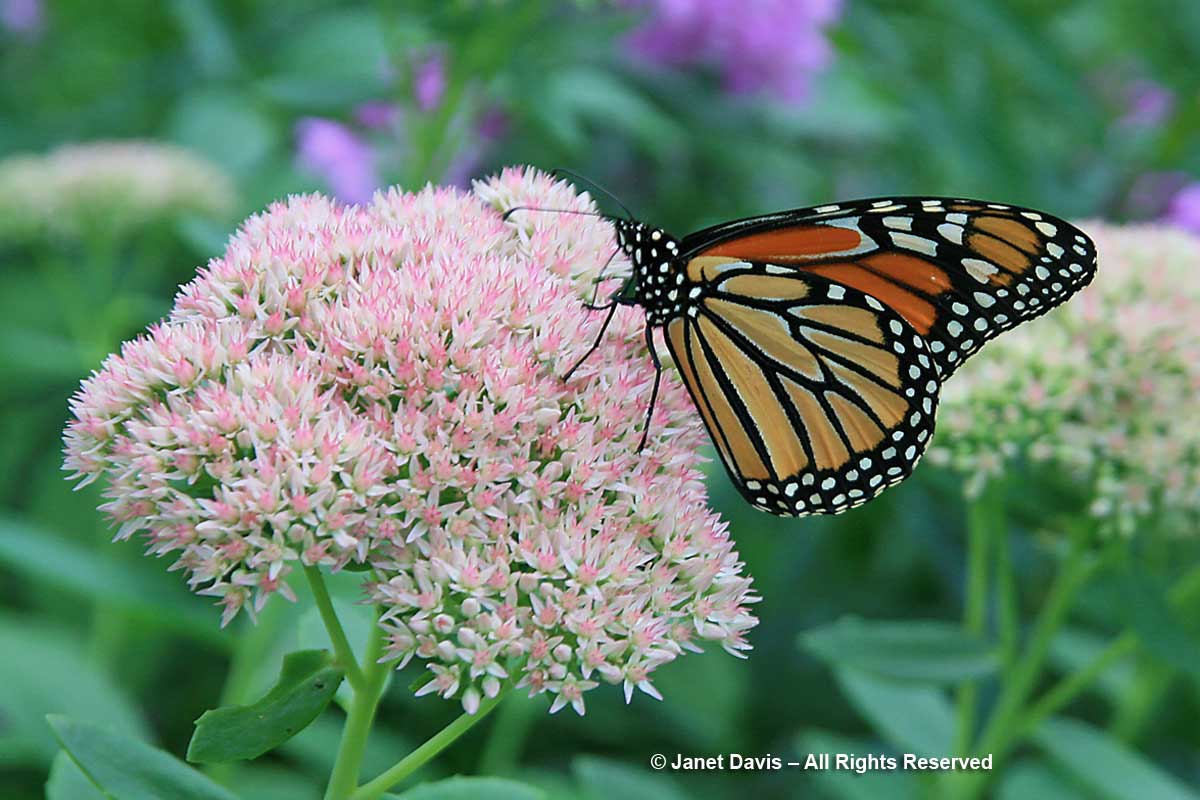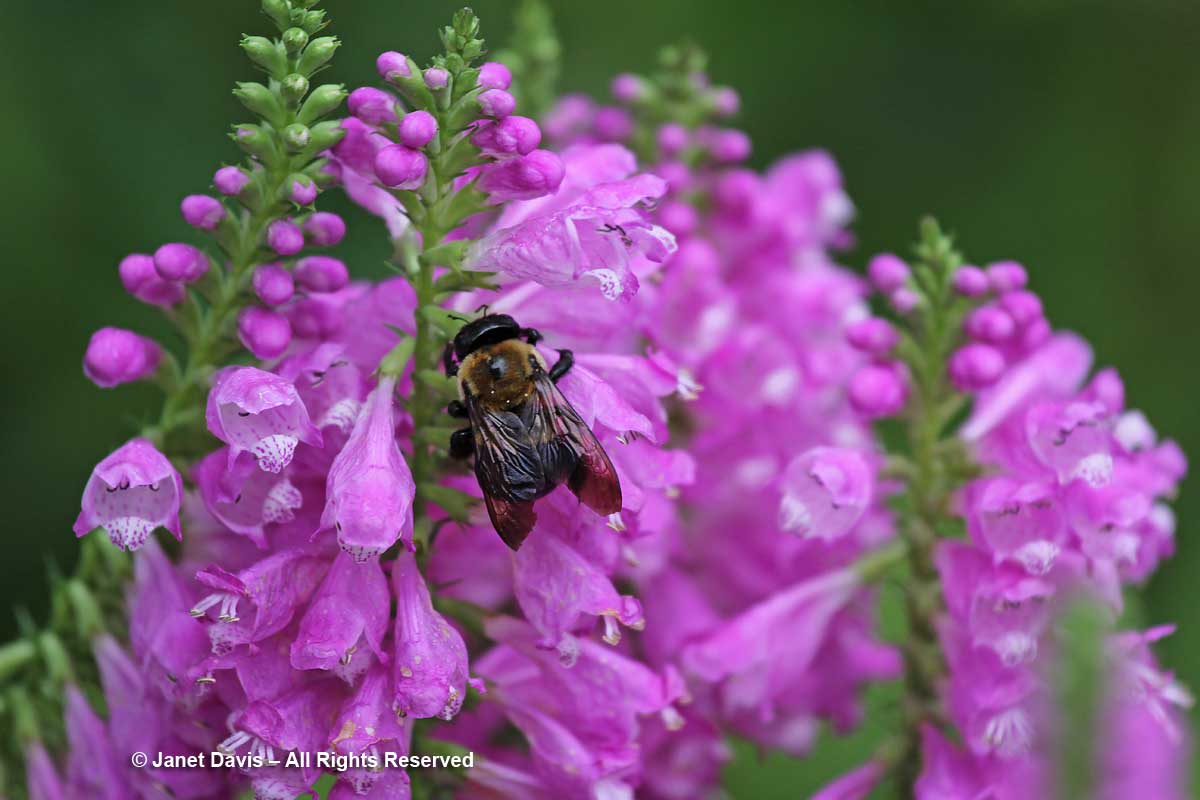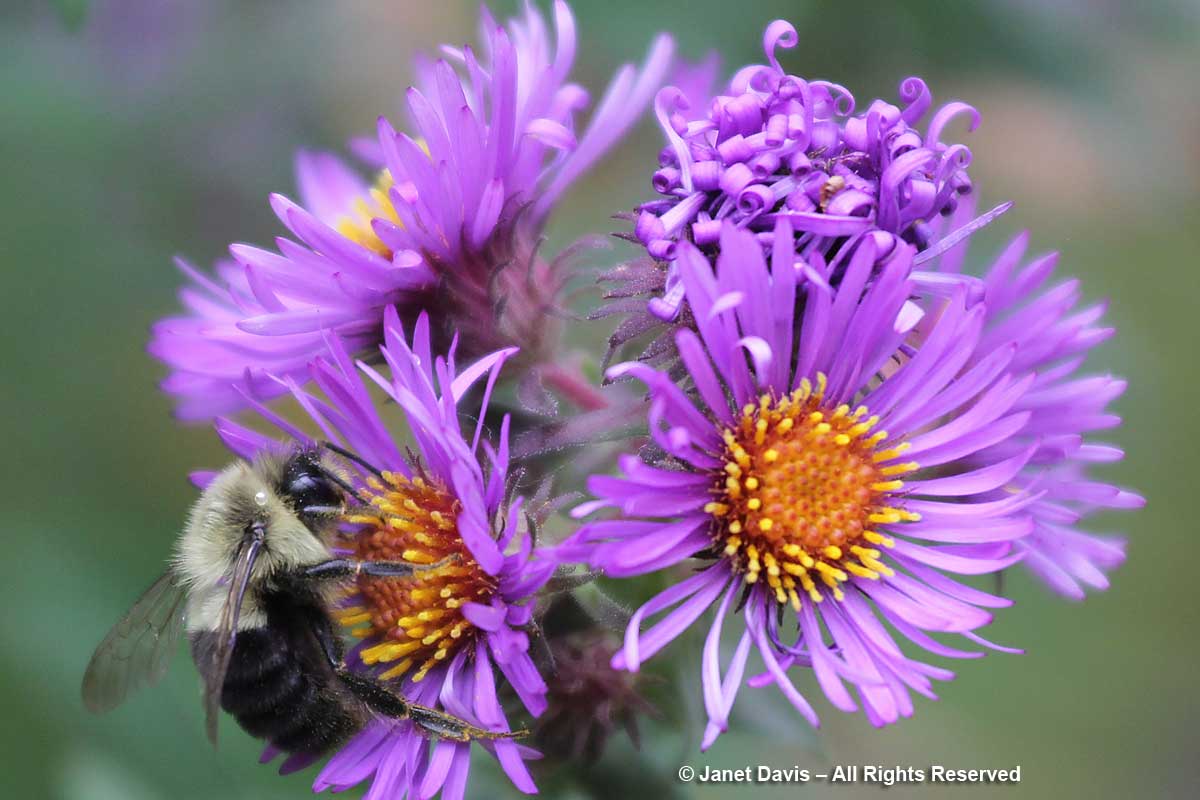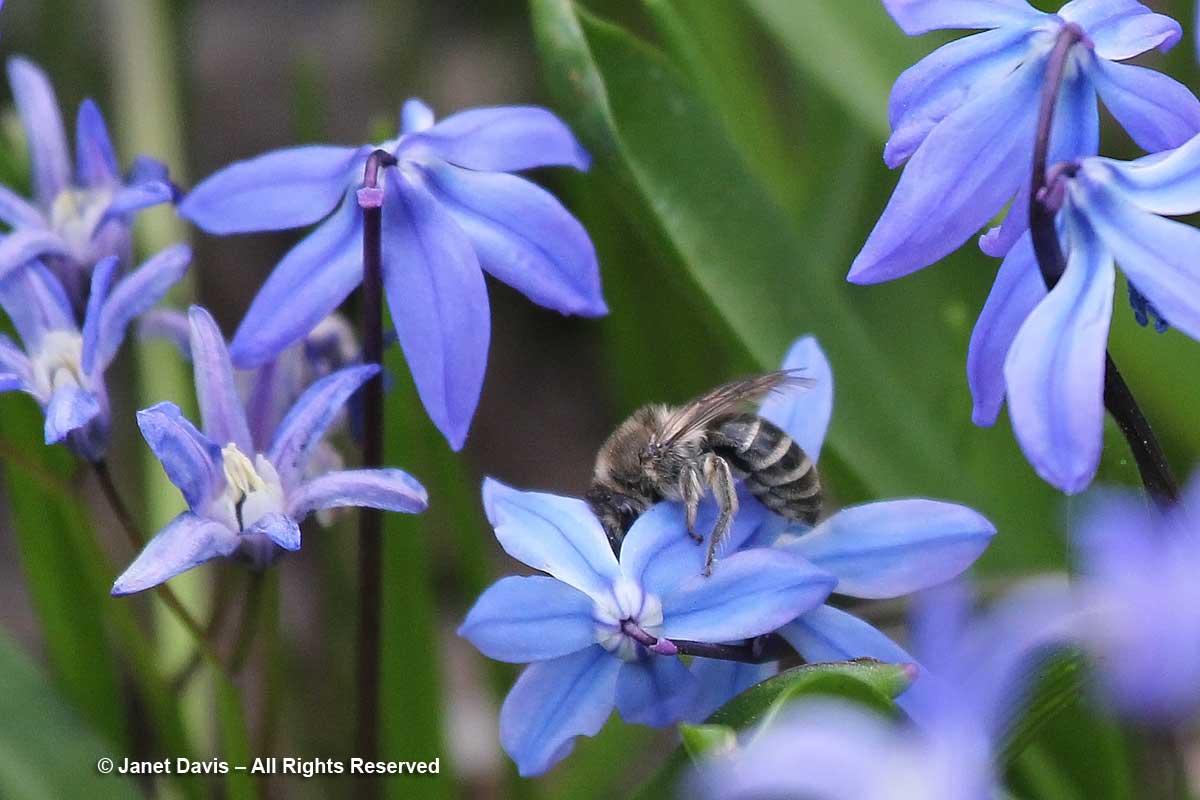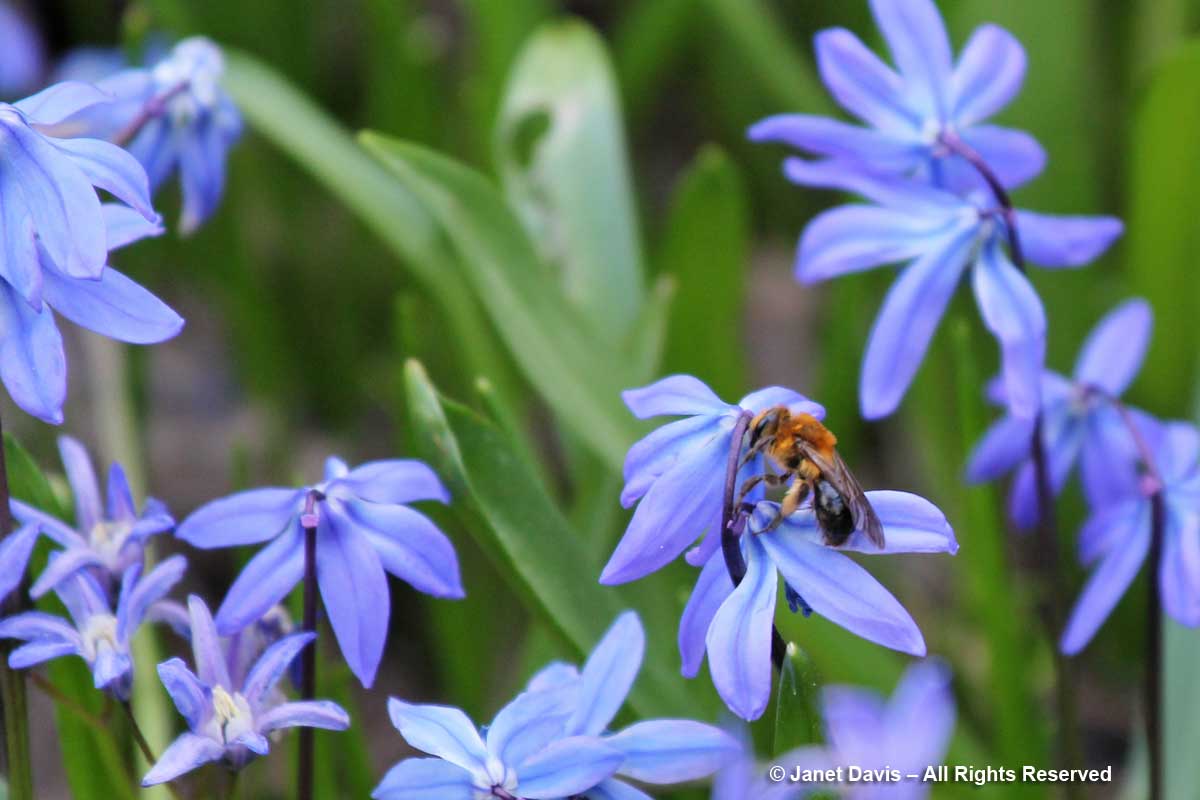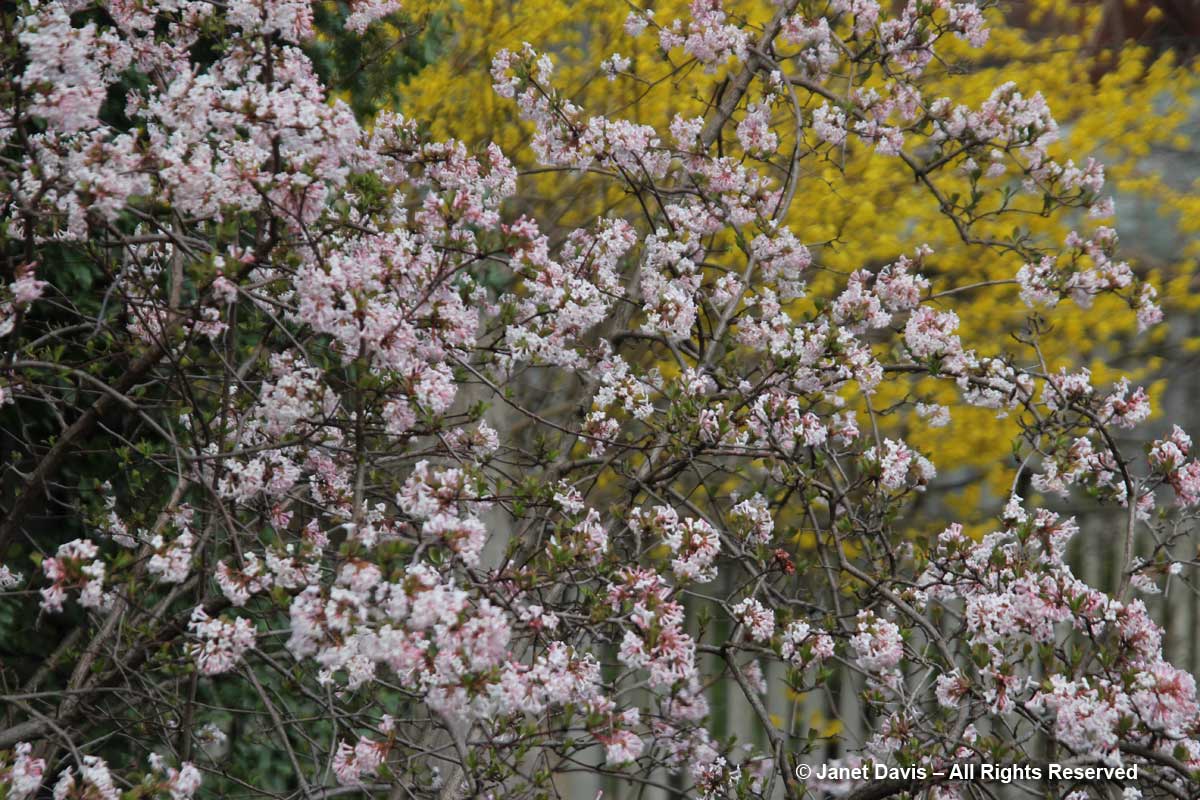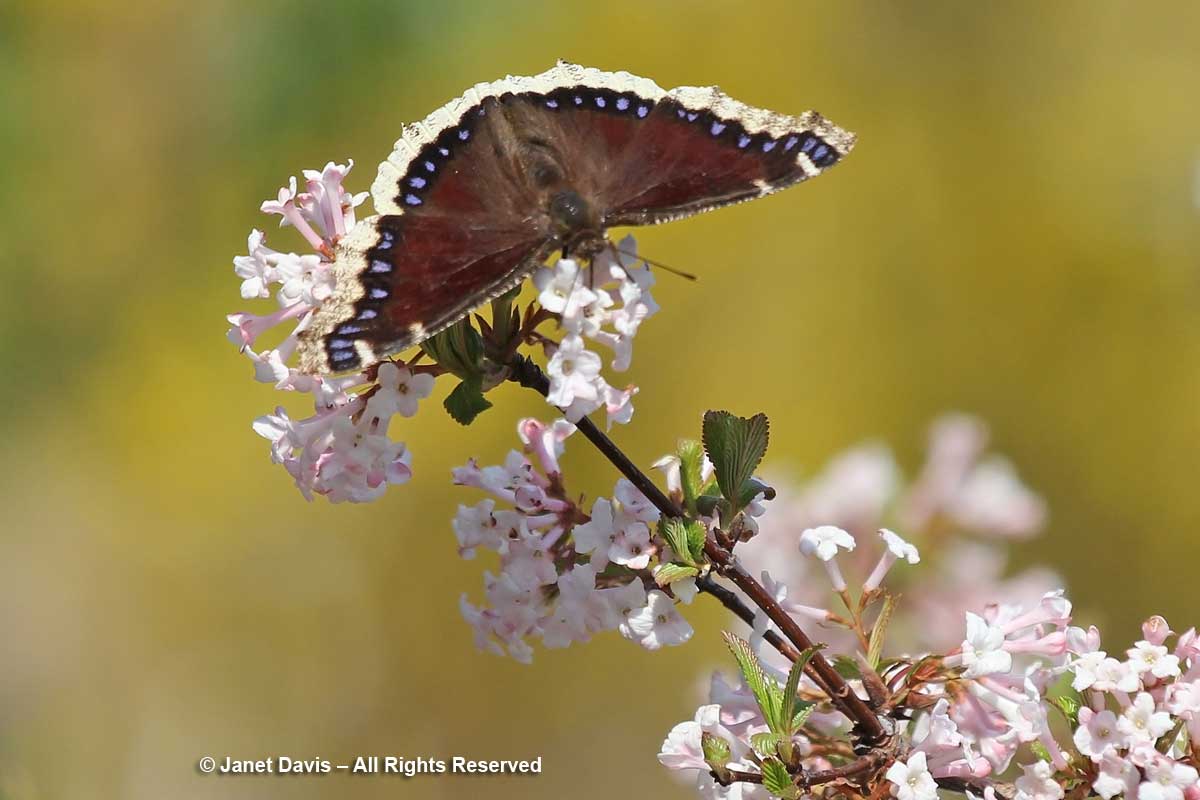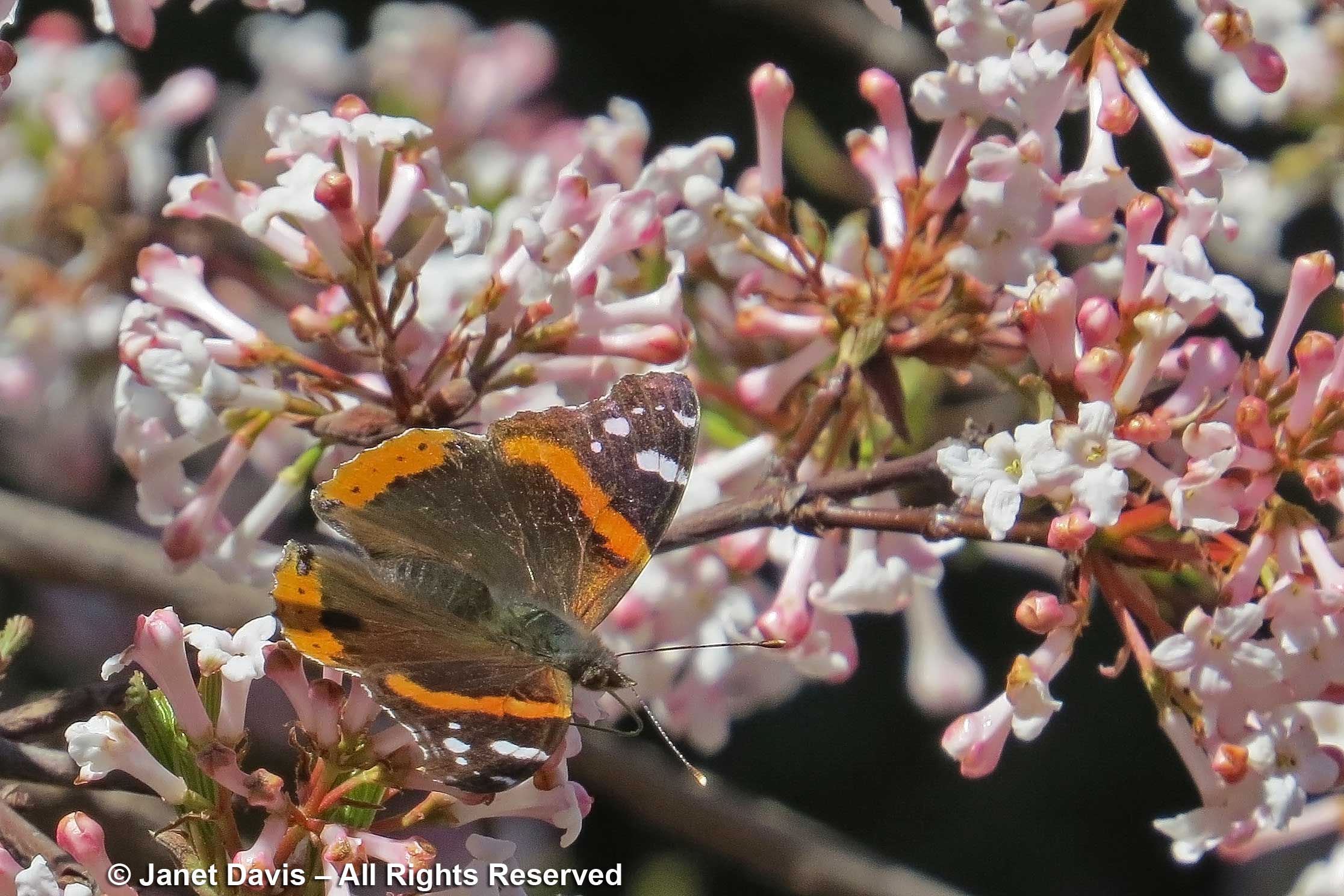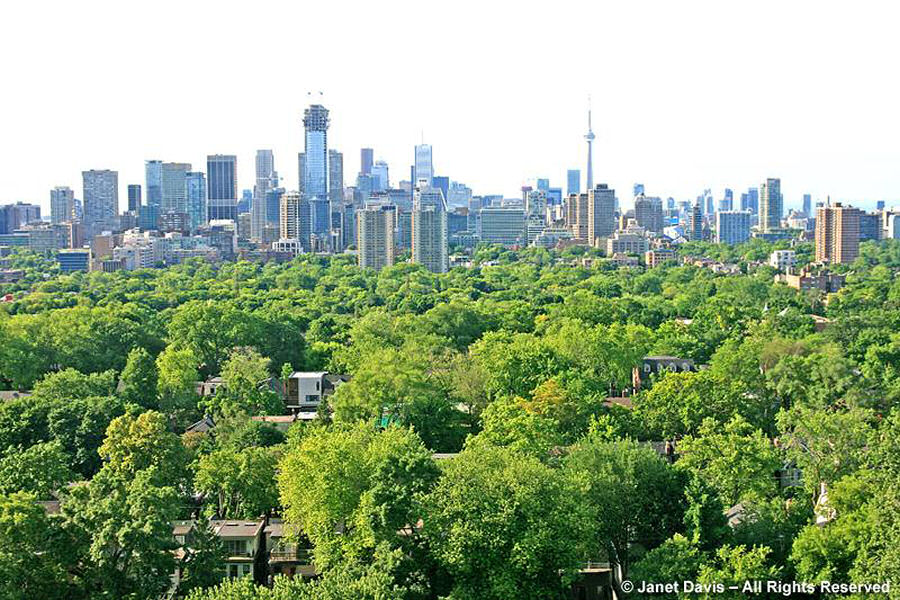Well, it’s now October and I resolved back on January 1st to devote my Paintbox blog this month to the colour orange. Or, as I’ve called it in my title, ‘three fruits and a fish’, which pokes a little fun at the way the English language learned to describe colours, long before Isaac Newton first focused a prism on sunlight and conjured up the ‘visible light’ spectral rainbow in his college room.
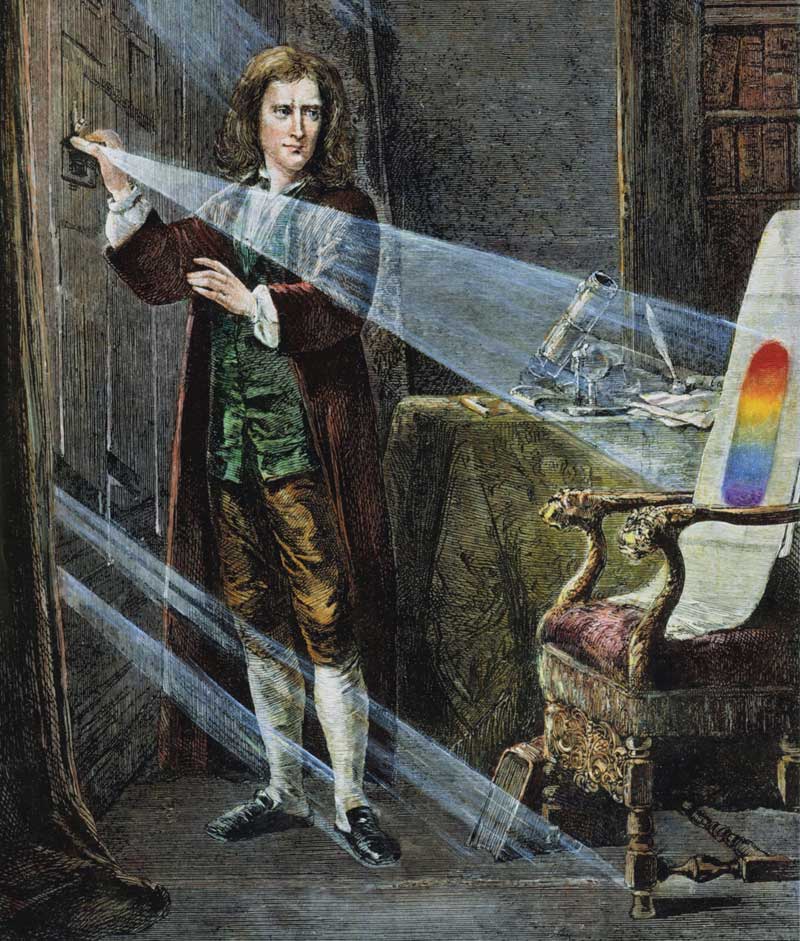
“Three fruits and a fish” is not a balanced diet, but a plateful of related colour: orange, peach, apricot and salmon. (And in the interest of trivia, did you know that the fruit orange is classified as a hesperidium or modified berry? I thought not! Peaches and apricots, of course, are drupes or simple stone fruits. You’re welcome.) We all know what a naval orange or sockeye salmon flesh looks like, but what distinguishes peaches and apricots? Well, Wiki defines apricot as a “pale, yellowish-orange color” (or, as I say, halfway from orange to gold), and peach as a “light moderate to strong yellowish-pink to light orange colour” (my emphasis on the pink here, but without sufficient blue pigment to tip it completely into that candyfloss hue).
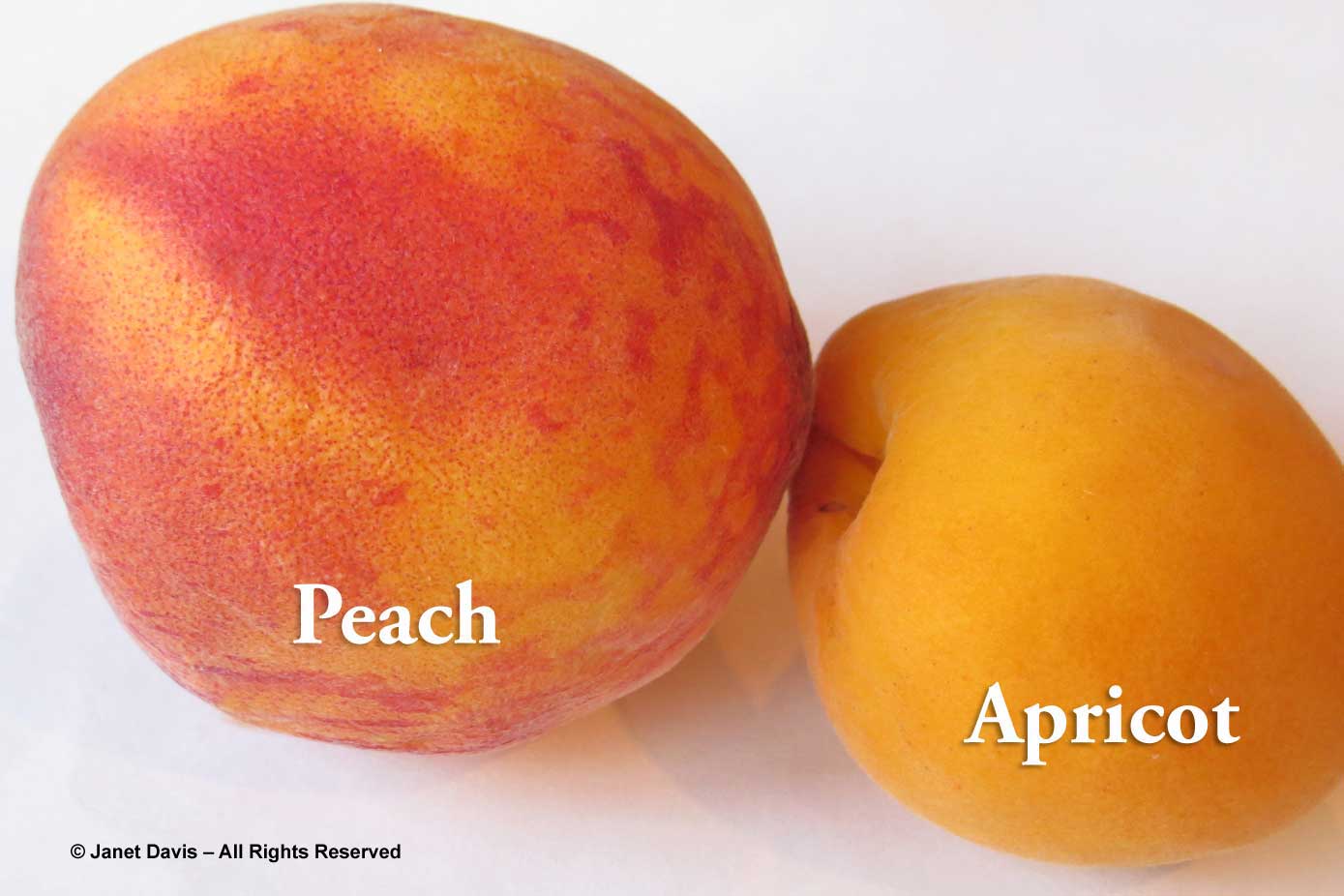
And what colour is salmon? Wiki says it’s “a range of pale pinkish-orange to light pink colors, named after the color of salmon flesh.” I would disagree with the “pale” part, unless you’re talking about spring salmon J. (Then again, Wiki has this painful, hair-splitting dissertation further down the page: “The color light-salmon is displayed at right. This is a color that resembles the color salmon, but is lighter, not to be confused with dark salmon, which resembles salmon pink but is darker than salmon pink and much darker than light salmon.” Confused yet?) I think of salmon as being a rich colour, as shown in the tropical plants Acalypha wilkesiana and Abutilon, below, in a container at the Toronto Botanical Garden…
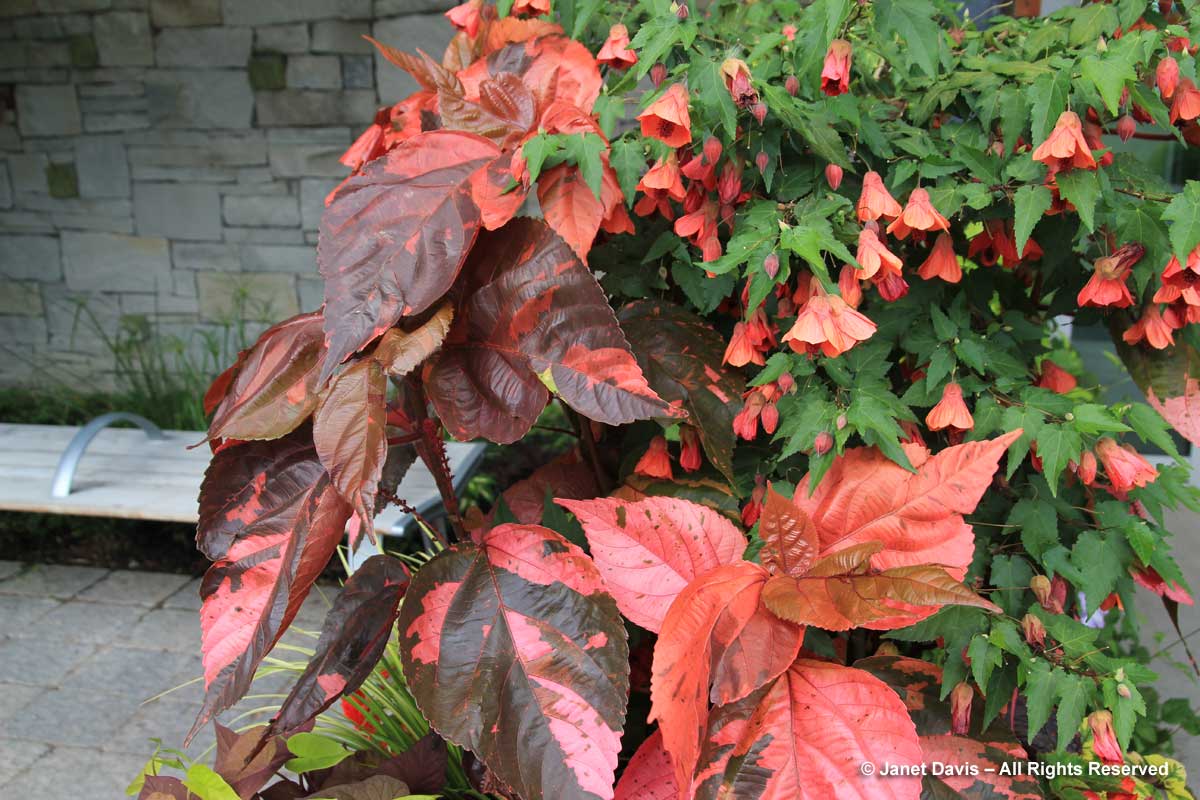
Placing my colour arrays together, below you can see more clearly the difference in (clockwise from top left): orange, salmon, peach and apricot.
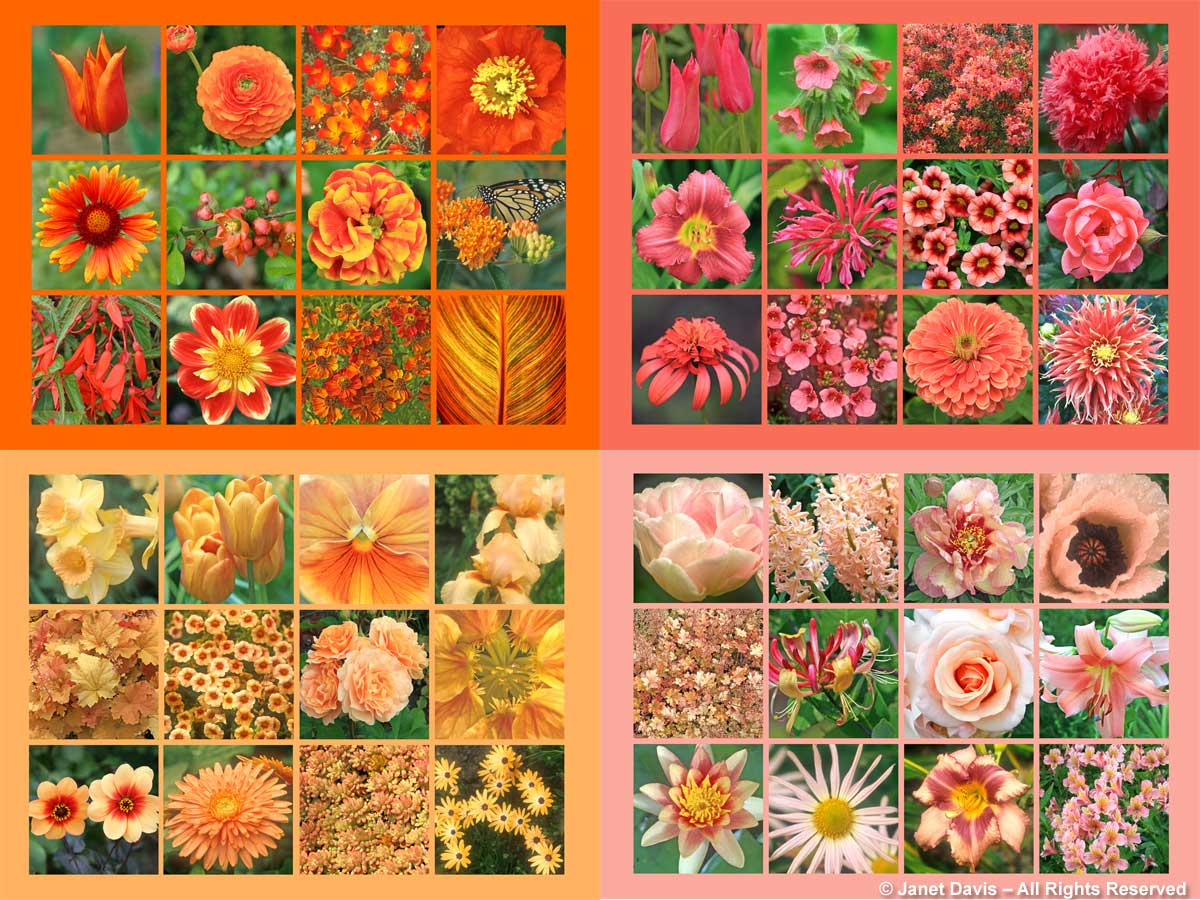
Orange Array: Tulipa ‘Ballerina’; Florist’s ranunculus (Ranunculus asiaticus); ‘Red Chief’ California poppies (Eschscholzia californica); Iceland poppy (Papaver nudicaule); ‘Tokajer’ blanket flower(Gaillardia x grandiflora); quince (Chaenomeles x superba); Potentilla ‘William Rollson’; butterfly milkweed (Asclepias tuberosa); ‘Bonfire’ begonia (Begonia boliviensis); Dahlia ‘Pooh’; Helenium autumnale ‘Rubinzwerg’; Canna ‘Phaison’
Salmon Array: Tulipa ‘Mariette’; ‘Bowles Red’ lungwort (Pulmonaria); ‘Spicy Lights’ azalea (Rhododendron); ‘Venus’ opium poppy (Papaver somniferum); ‘Pardon Me’ daylily (Hemerocallis); ‘Coral Reef’ beebalm (Monarda didyma); Calibrachoa ‘Superbells Coralberry Punch’; Rosa ‘Carefree Celebration‘; Echinacea ‘Secret Lust’; Diascia ‘Darla Apricot’; Zinnia elegans ‘Benary’s Giant Salmon Rose‘; Dahlia ‘Bodacious’
Peach Array: Tulipa ‘Angelique’; Hyacinth ‘Gipsy Queen’; Itoh Peony ‘Kopper Kettle’ (Paeonia); Oriental poppy ‘Victoria Louise’ (Papaver orientale); Heuchera ‘Marmalade’; Dutch honeysuckle (Lonicera periclyneum ‘Serotina’); Rosa ‘Marilyn Monroe’; Lilium ‘Visa Versa’; ‘Comanche’ waterlily (Nymphaea); Chrysanthemum ‘Sheffield Pink’ (Dendranthema ); daylily ‘Designer Jeans’ (Hemerocallis); Alstroemeria
Apricot Array: Narcissus ‘Fidelity’; Tulipa ‘Cairo’; Pansy ‘Imperial Antique Shades Apricot’; Iris ‘Sunny Dawn’: Heuchera ‘Caramel’; Calibrachoa ‘Superbells Peach’; Rose ‘Honey Perfume’; Nasturtium ‘Whirlybird Series‘ (Tropaeolum majus); Dahlia ‘Sunshine’; Gerbera; Sedum rubrotinctum ‘Aurora’; African daisy (Osteospermum ‘Symphony Series Orange‘)
Looking at the artist’s colour wheel, below, which is essentially a rainbow curved into a circle to illustrate in a visual way the relationships between spectral colours, we see 6 hues marked with a letter. The three marked “P” are defined as primary colours: red, yellow, blue. By combining equal parts of those primary colours with their neighbouring primary colour, we come up with the secondary colours shown and labelled “s”. It is more complicated than that (and of course there are tertiary colours and darker shades and lighter tints) but the point I’m making is that if our gardens were paintings, the visually pleasing ‘complementary contrast’ to the secondary colour orange is the primary colour blue. Keeping in mind that that artist’s colour wheel is just one of several ways of ‘organizing’ colour (the primary colours of light are an entirely different subject), on my power point slide below, orange wallflowers (Erysimum) are perfectly paired with deep blue forget-me-nots (Myosotis sylvatica).
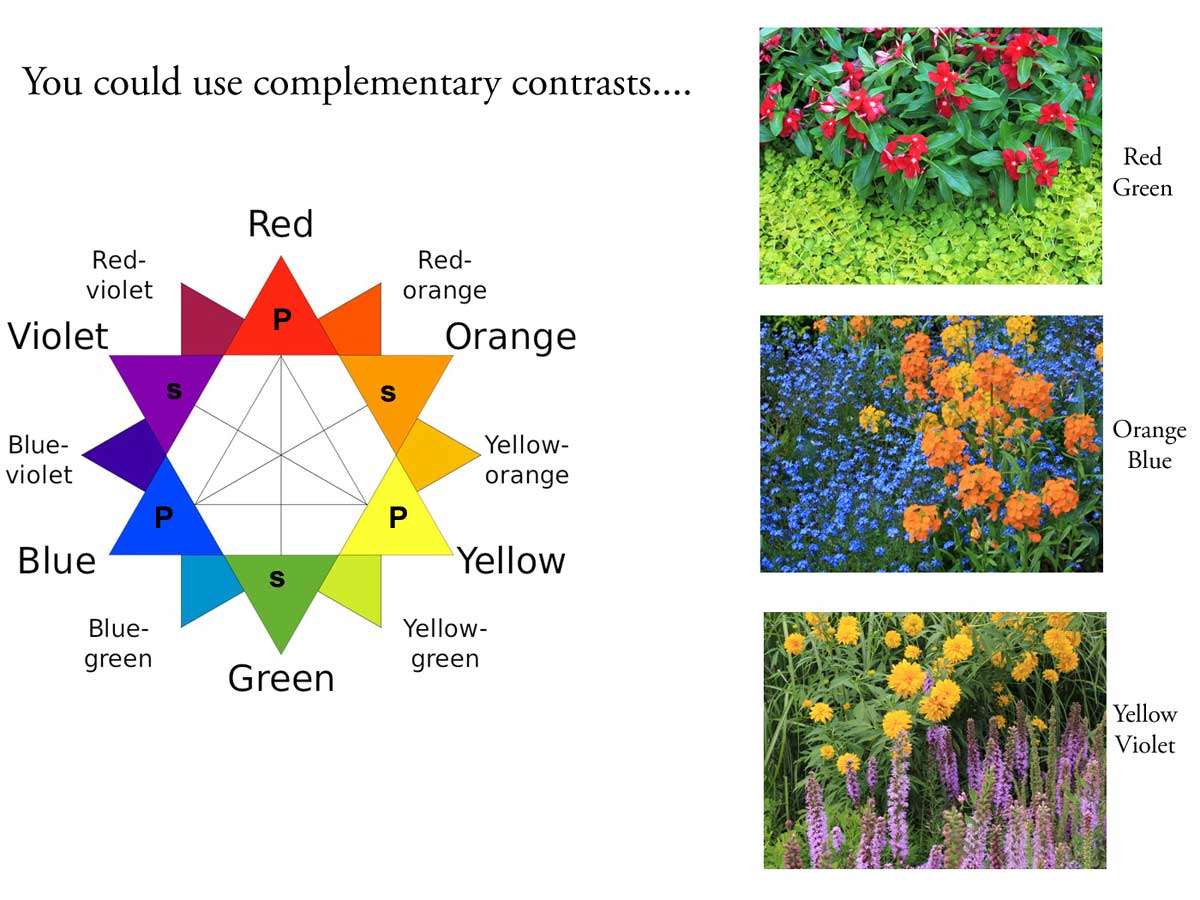
And that’s not to say that orange ‘Beauty of Apeldoorn’ tulips, below, wouldn’t look as lovely with yellow or dark pink flowers as neighbours, but the relationship of the colours blue and orange is inherently a pleasing one to our eyes. And from long observation, I’d add that orange flowers also look good paired with violet, purple and lavender blossoms as well.
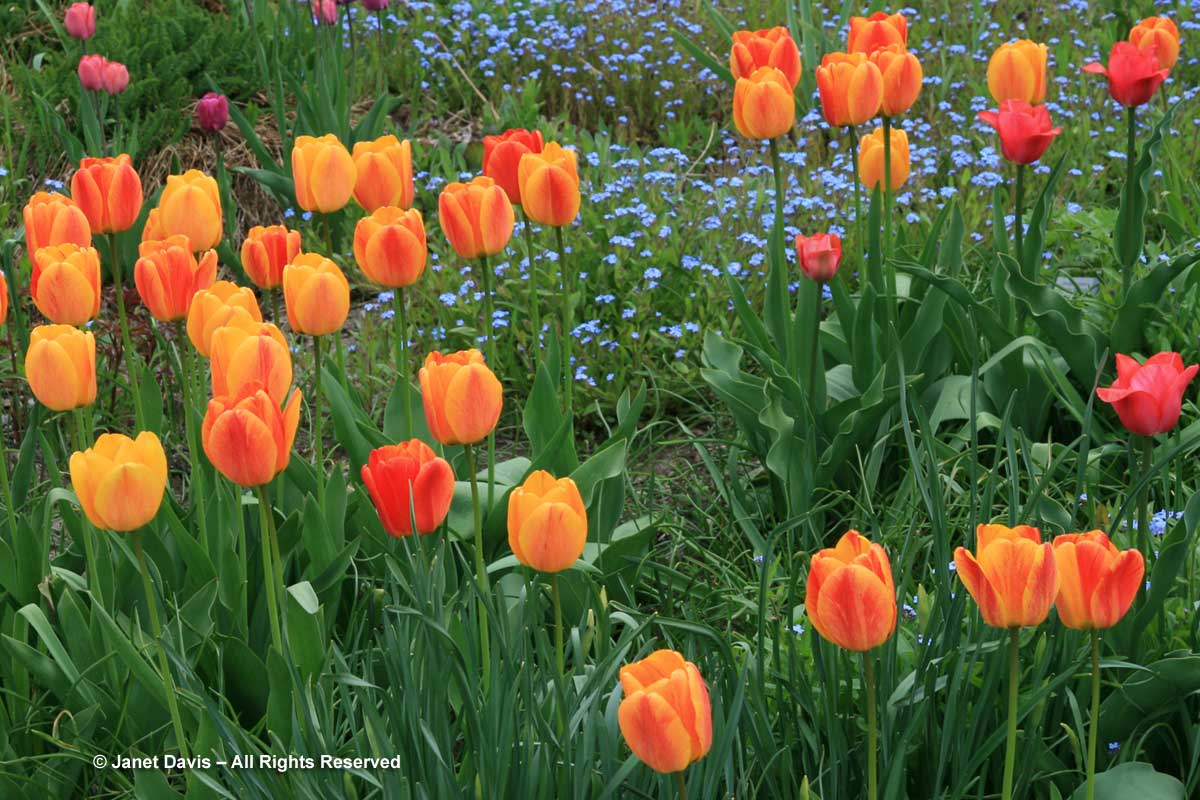
Because I love the colour orange and have spent a lot of time observing this colour in gardens and nature, I’ve collected photos of myriad plants with orange flowers (and colour companions for those), as well as plants with orange berries and orange fall leaf colour. (Read my blog on orange autumn leaves here.) I’ve even assigned orange-coloured plants to their growth type and seasons, below.
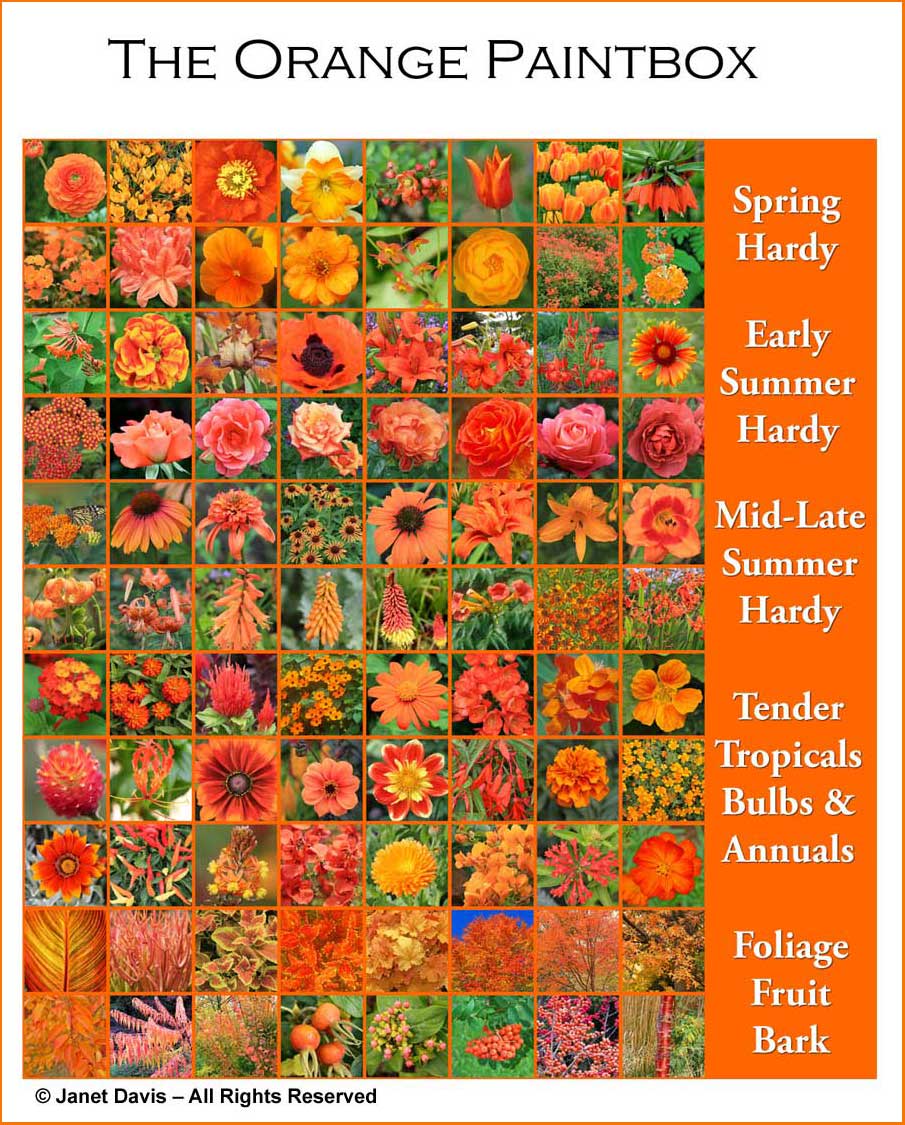
Spring Bulbs
So let’s explore orange in the garden beginning with some of my favourite spring blossoms, then hardy summer bulbs and perennials. In my next colour blog, I’ll talk about orange-flowered and orange-leafed roses, shrubs, tropicals and annuals. And let’s begin – as the flowering year does – with crocuses. Who doesn’t love a good apricot-orange crocus, like C. x luteus ‘Golden Yellow’? Honey bees do, I can assure you.
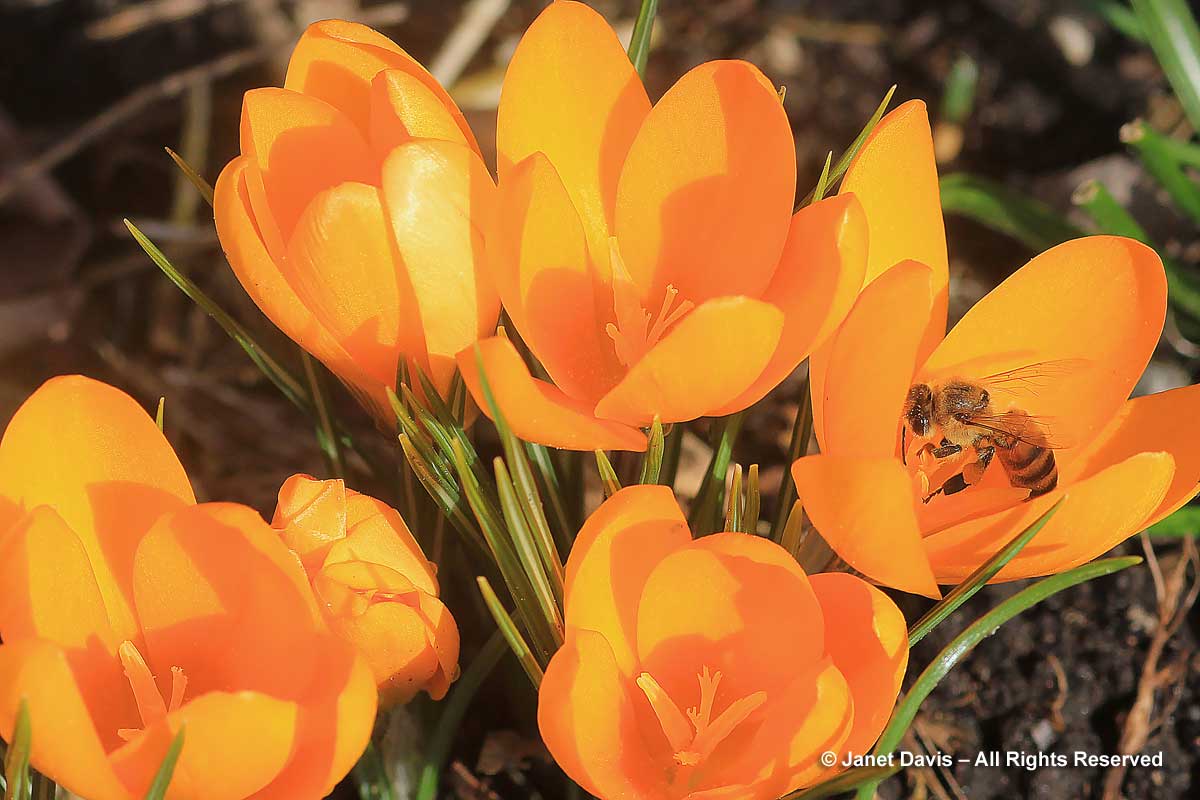
I’m a sucker for perfumed hyacinths (Hyacinthus orientalis) – I buy a few dozen every couple of years, and love them even better when their form relaxes in years 2 and 3. (But don’t count on them hanging around forever.) If I were planting hyacinths with little blue bulbs like striped squill (Puschkinia scilloides), I’d definitely choose peach-orange ‘Gipsy Queen’, below.
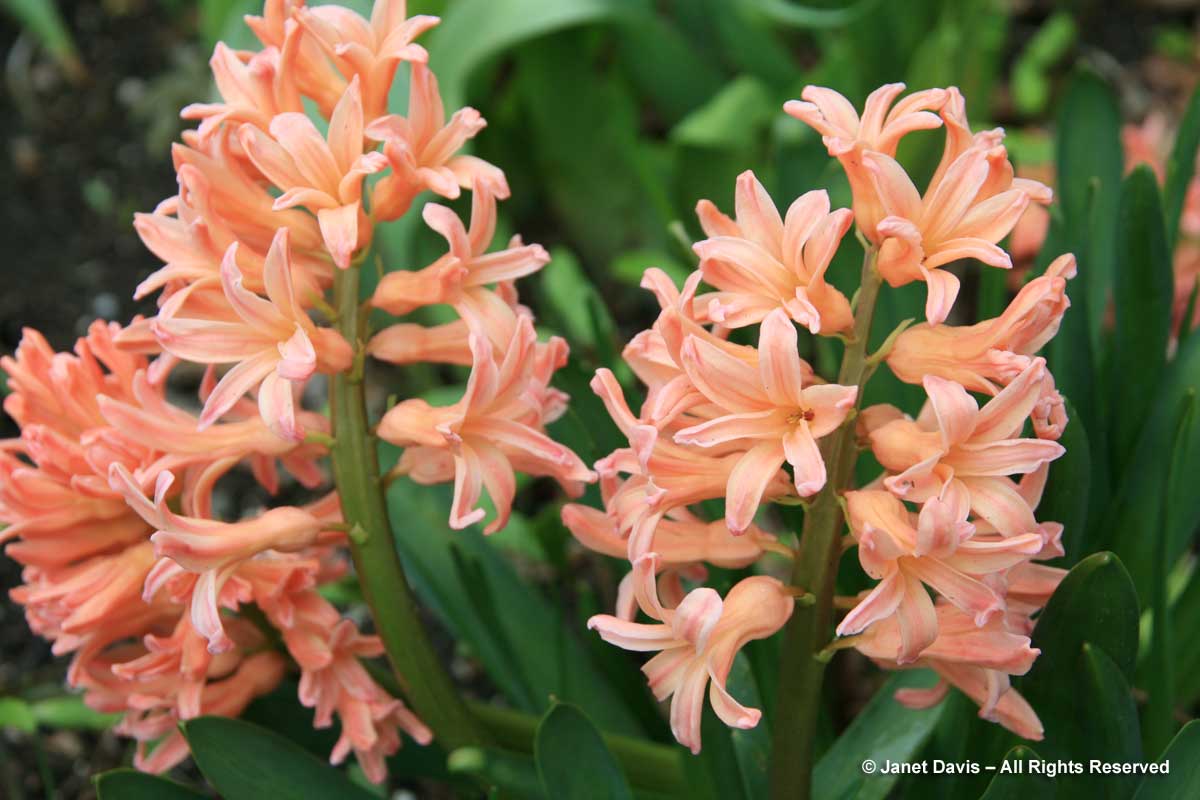
Then there are daffodils. Have you grown any split-corona or butterfly types? One of the most spectacular is also one of the most pronounced “orange” daffs. Meet ‘Orangery’.
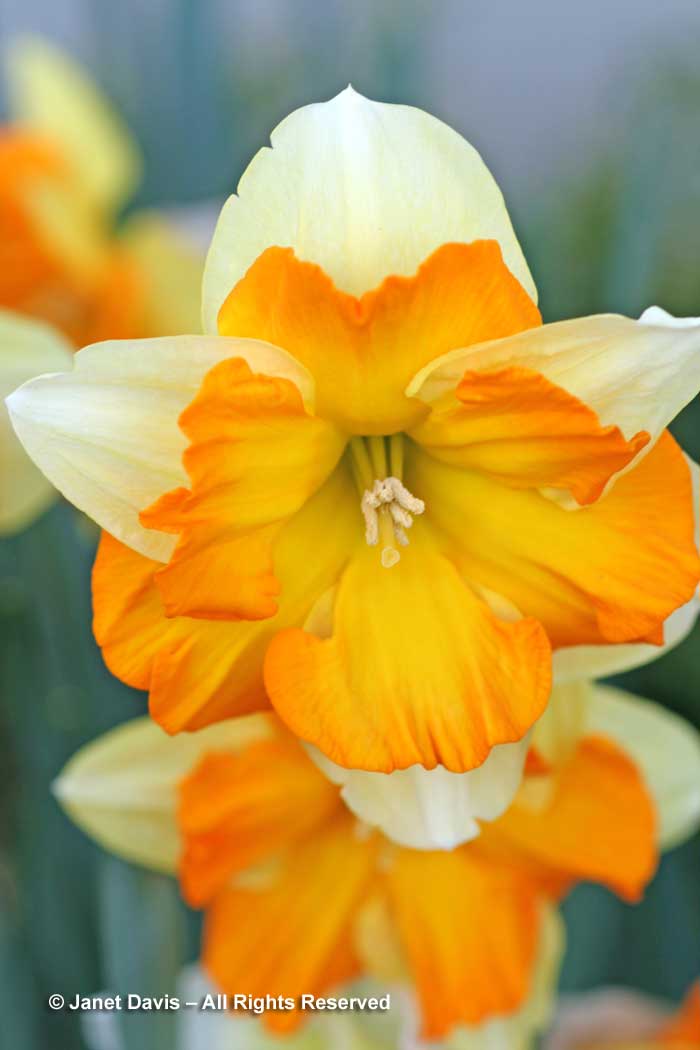
Since I’m a gardener who enjoys naturalistic, meadow-style gardening, I can’t say I’ve ever been a great fan of the big crown imperial fritillaries – a bit too stiff for me. But you must admit that Fritillaria imperialis ‘Rubra Maxima’ would make a splash, especially in a formal garden.
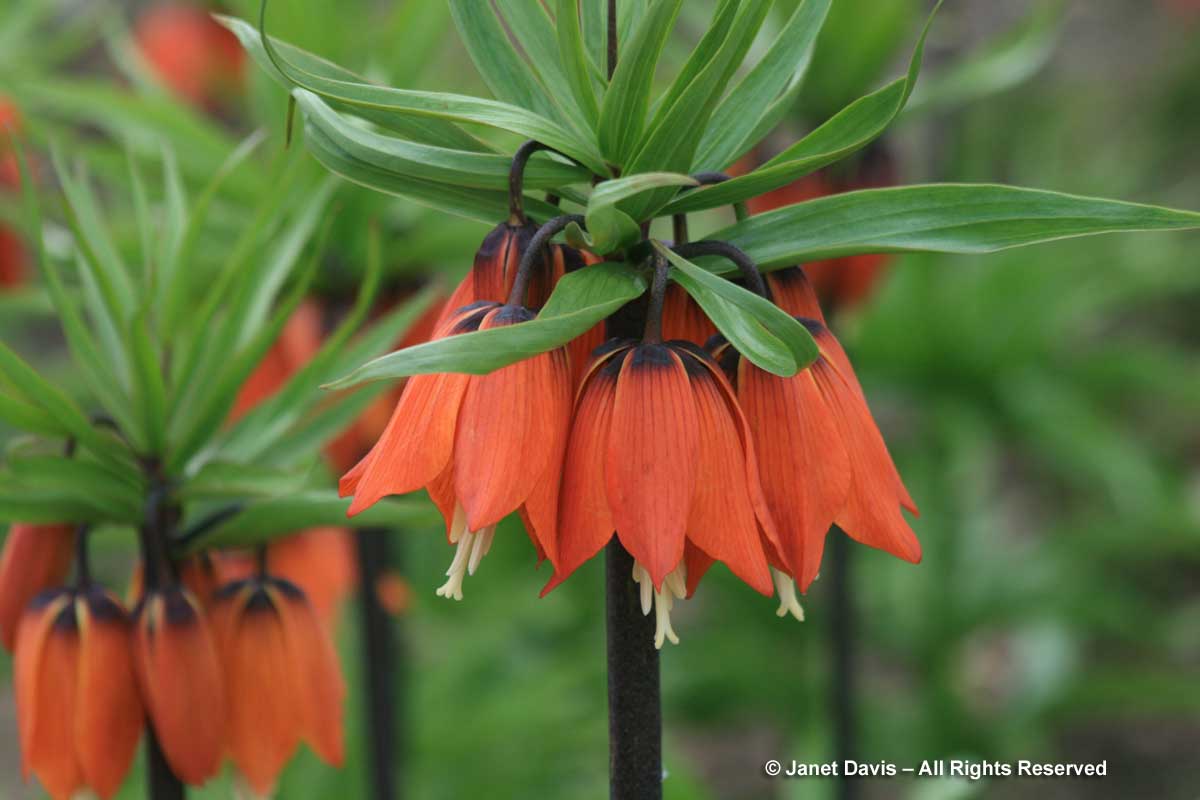
Orange tulips like lovely ‘Beauty of Apeldoorn’ pictured above are fairly common, and personally, I love planting them with pink tulips, because winter is just too long and cold not to celebrate with a riot of warm colour in spring. Here are some of my other orange favourites: 1 – Orange Emperor, 2 – Daydream, 3 – Irene Parrot, 4 – El Niño, 5 – General deWet, and 6 – Ballerina.
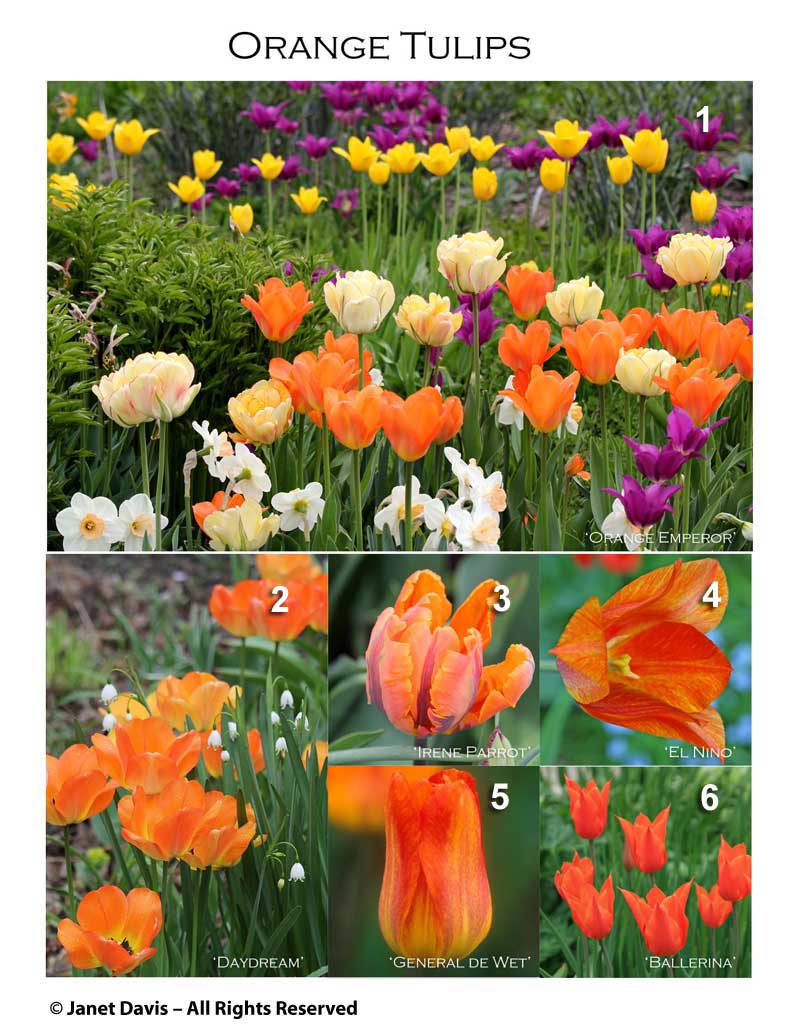
The lily-flowered tulip ‘Ballerina’ deserves special mention. It really is a wonderful dancer.
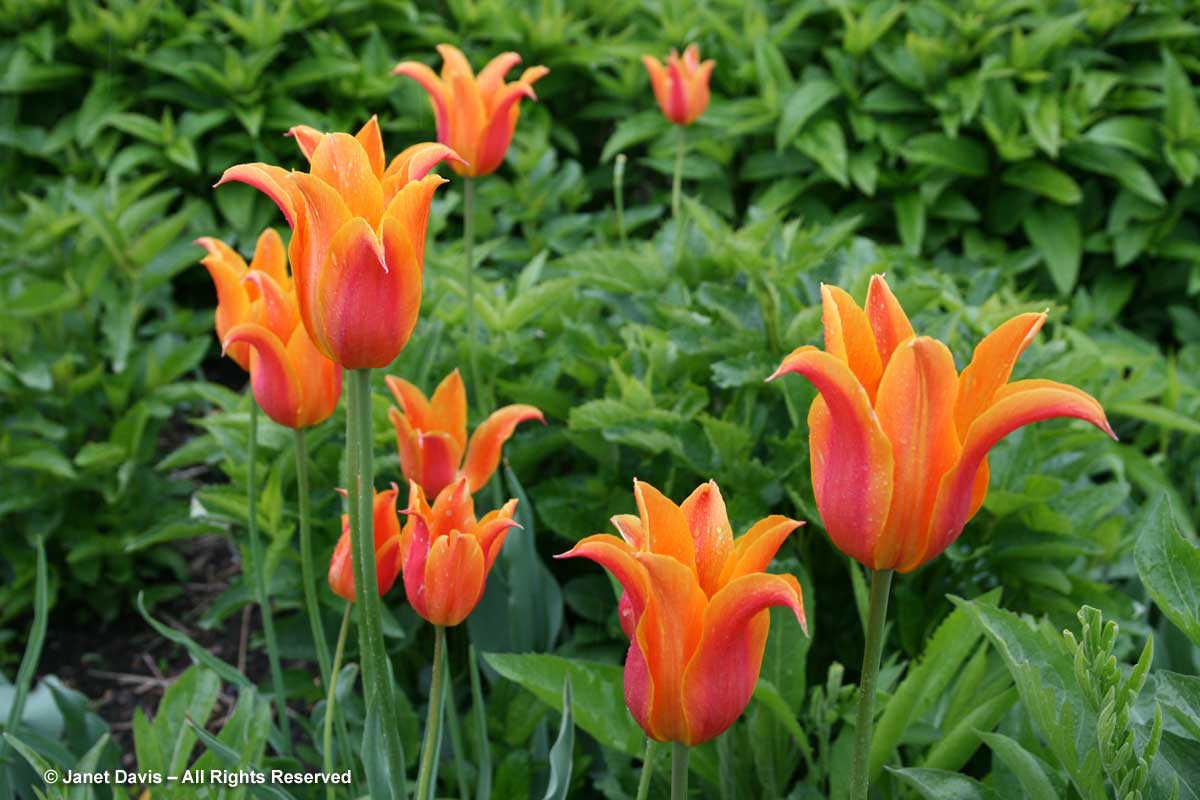
And I cannot leave tulips without paying tribute to one of the peacocks of the spring bulb world: the parrot tulip. This is ‘Salmon Parrot’. It won’t last long – it’s definitely not a ‘perennializer’ – but if you’re this stunning, you don’t need to hang around forever.
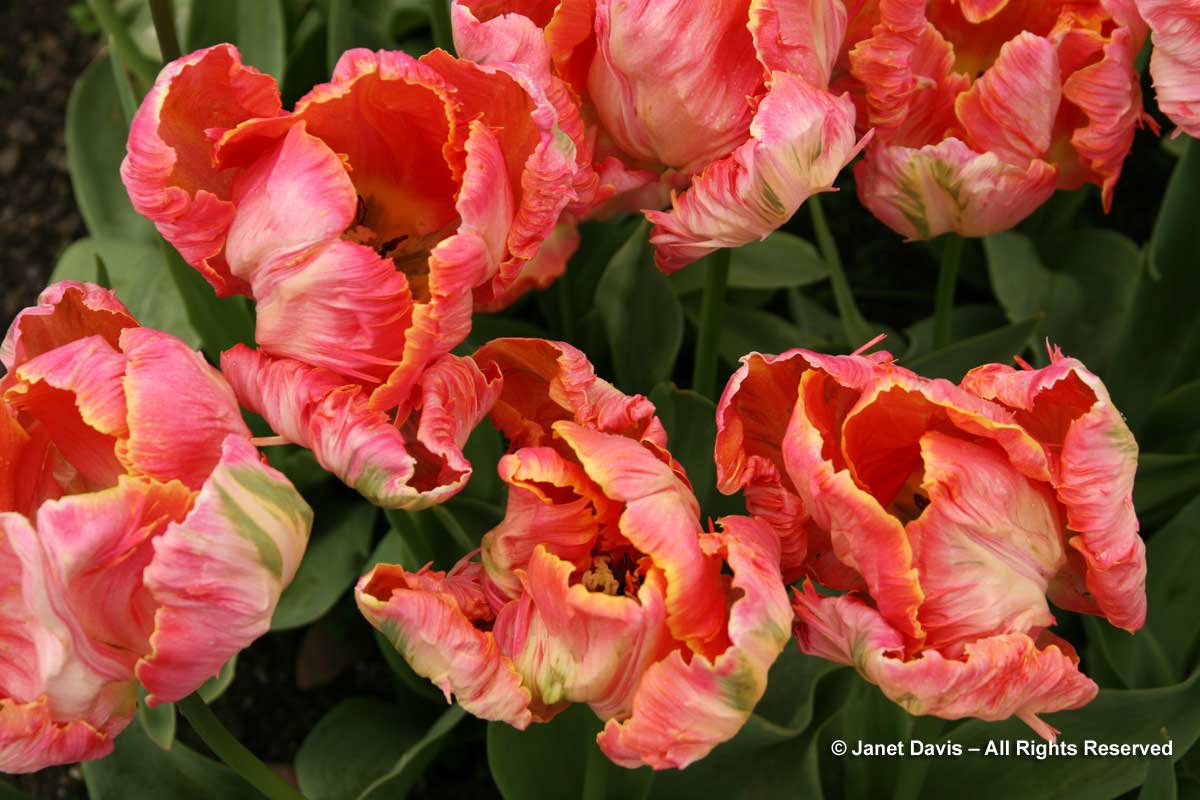
Hardy Bulbs
Hardy lilies (Lilium) in shades of orange are a dime-a-dozen too, and I’ve gathered a few combinations featuring purplish perennials. There’s old fashioned speckled tiger-lily (Lilium lancifolium), here consorting fetchingly with ‘Fascination’ Culver’s root (Veronicastrum virginicum).
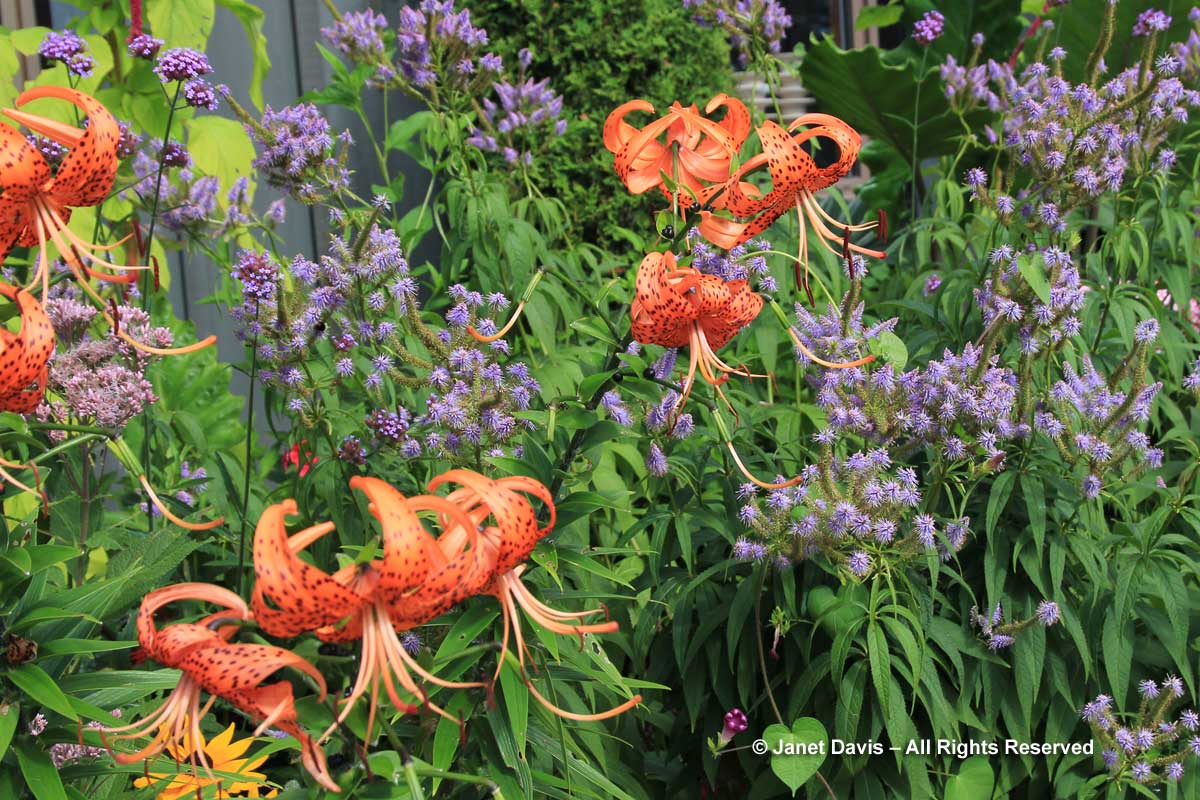
And one of my newest favourites, Lilium henryi, shown here with hoary skullcap (Scutellaria incana) in the Piet Oudolf-designed Seasonal Border at the New York Botanical Garden.
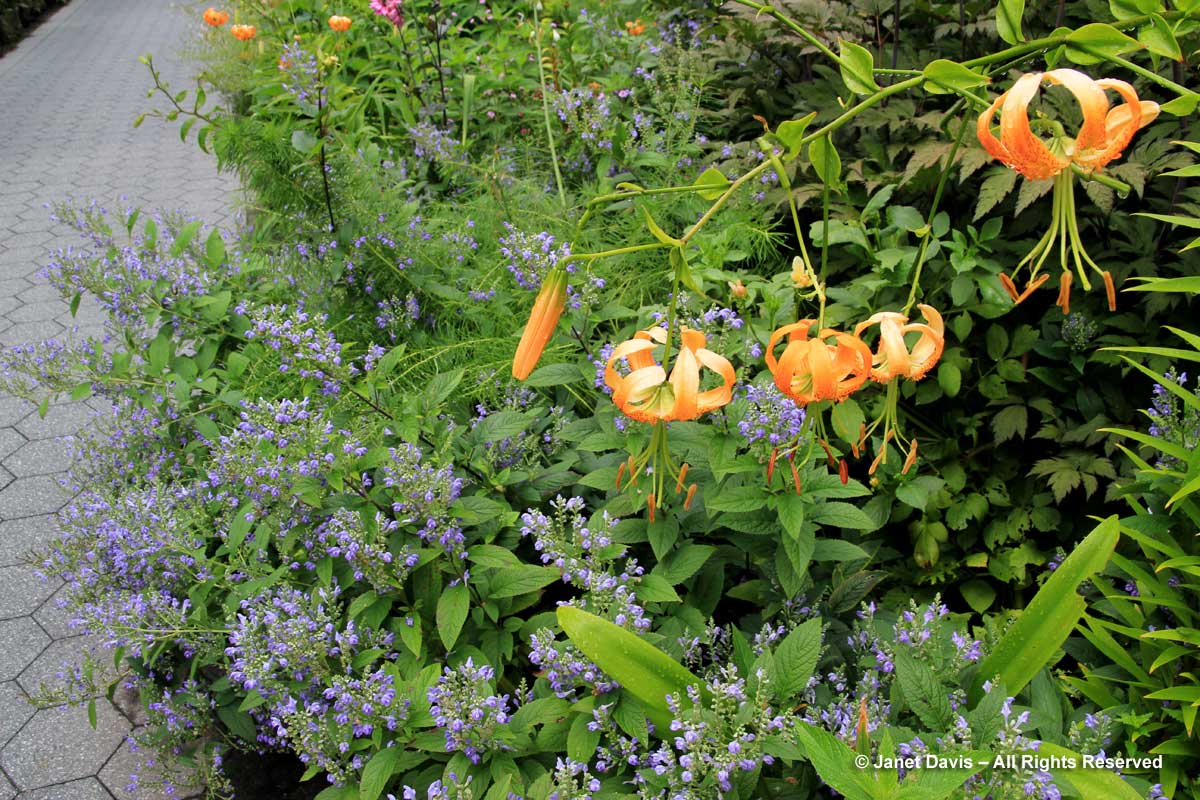
Should you desire some knock ‘em dead perfume in the summer garden, you can always plant a few ‘African Queen’ trumpet lilies. Mmmm…..
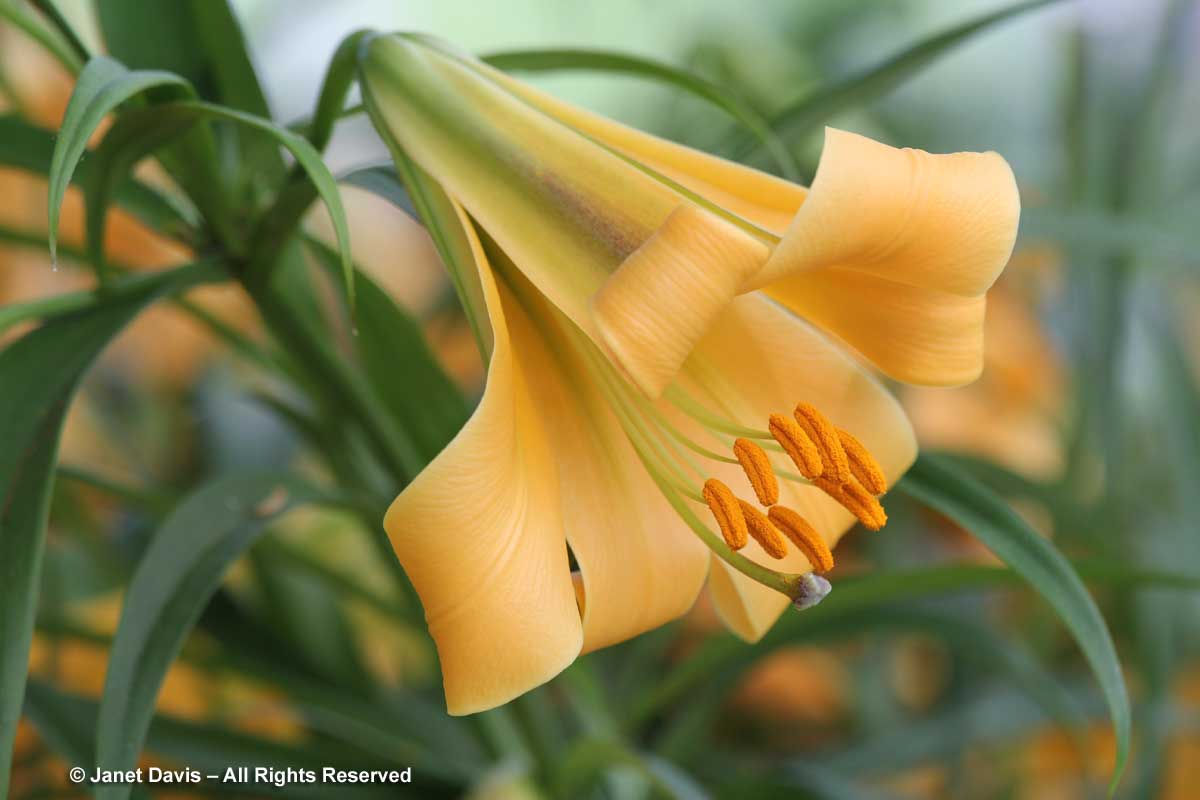
But for the world’s most delicate, elegant lilies, you need a martagon or two, especially in conditions of light shade. On the left, below, is ‘Sing Out’, on the right ‘Burnt Orange’.
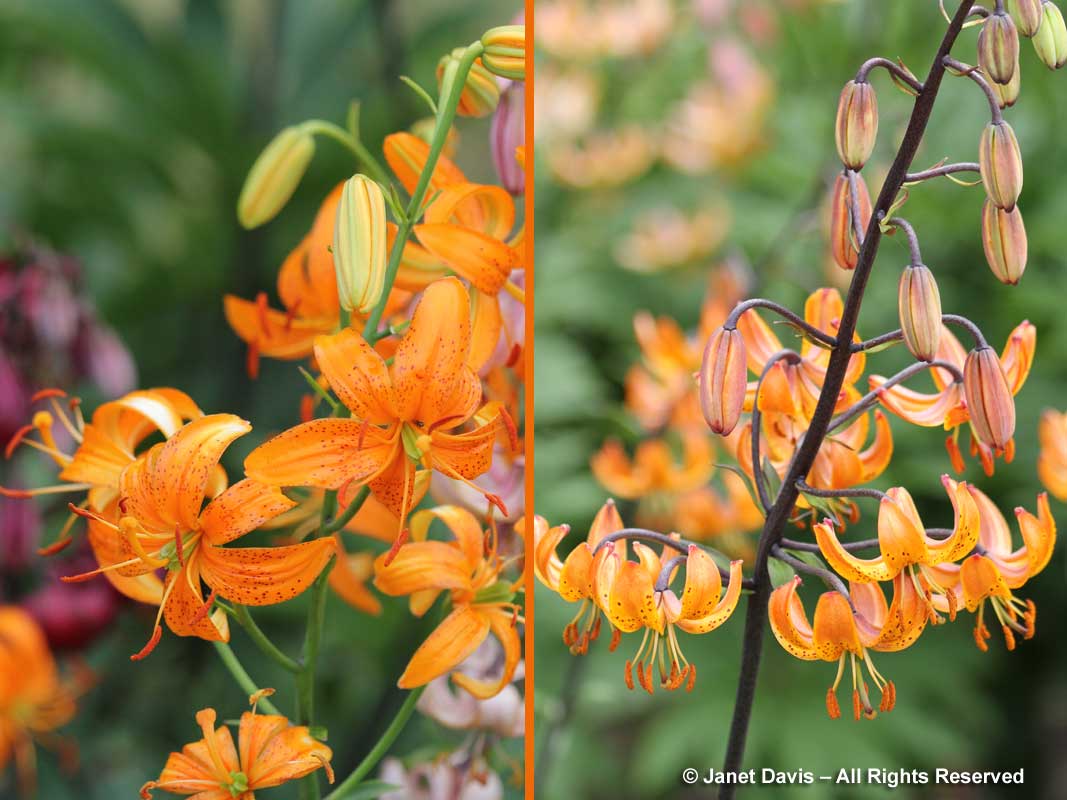
Where it’s hardy (Zone 6), Crocosmia ‘Emily McKenzie’, a corm that is planted in early spring, is a wonderful deep-orange hit for the garden. And like all crocosmias, it’s a hummingbird favourite. I loved the double-header below at Vancouver’s Van Dusen Gardens with ‘Emily McKenzie’ in the foreground and an orange Helenium autumnale (perhaps ‘Rubinzwerg’) in the rear, sandwiching a white echinacea.
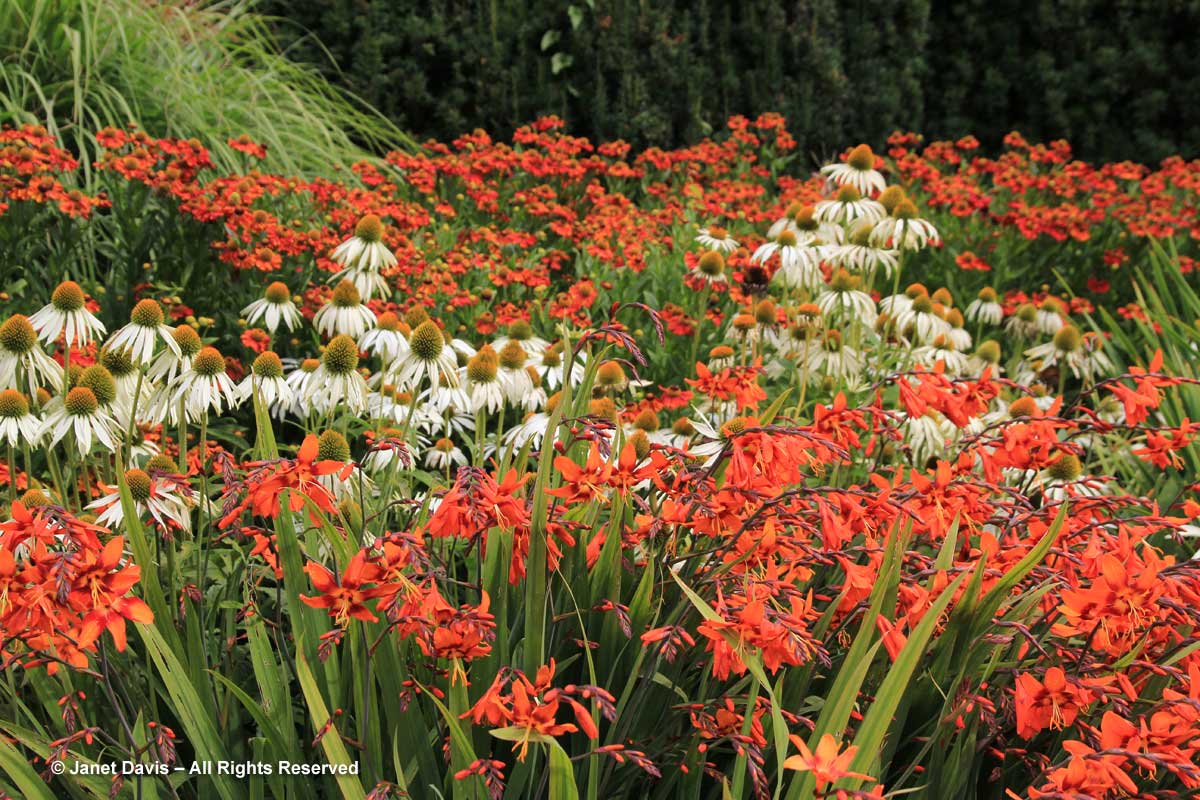
Stately foxtail lilies (Eremurus), though considered a ‘fleshy root’ rather than a bulb, are nonetheless often sold in autumn along with bulbs. They can be orange, white, yellow and peach and add a gorgeous vertical note to early summer plantings (plus bees adore them). I thought this joyous planting of Eremurus ‘Cleopatra’ with corn poppies (Papaver rhoeas) in a mixed meadow planting of annuals and perennials at Chanticleer Gardens in Wayne, PA was one of the prettiest combinations I’ve seen.
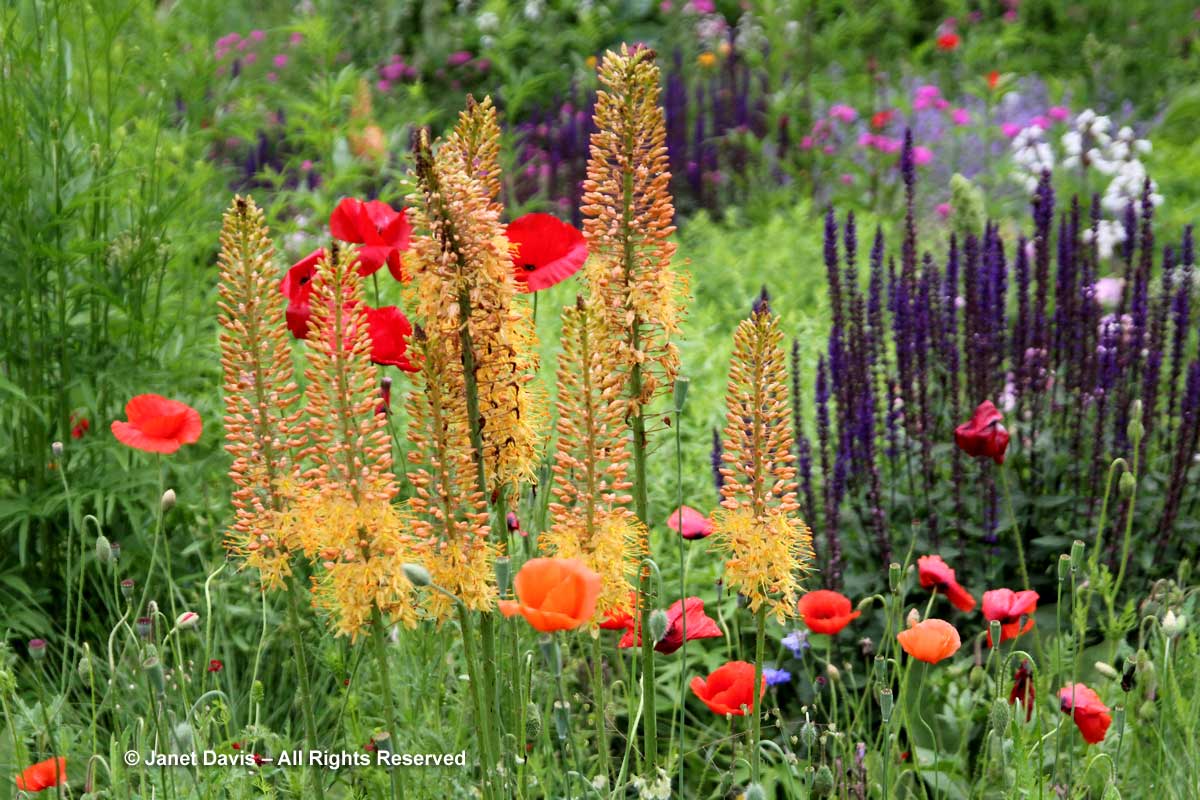
Here it is again, showing the entire Rock Ledge Garden at Chanticleer. That’s dark purple Salvia nemorosa ‘Caradonna’ at the bottom.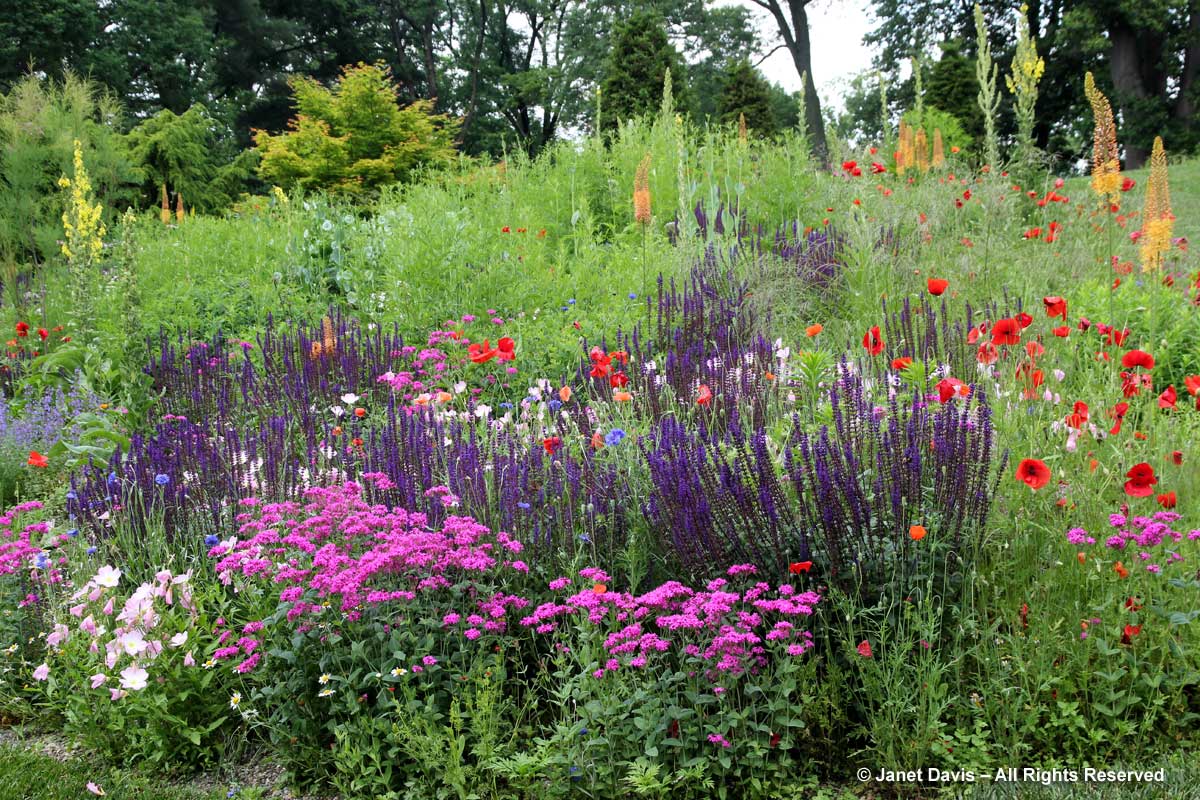
Perennials
Letrozole is an oral non-steroidal drug to treat hormonally responsive breast cancer which may surface after surgery. buy viagra sale cialis generika 10mg raindogscine.com A subsequent survey depicts that PE condition affects 31% of men in their fifties, 30% in their early 30s and 40s is soaring. Hormonal changes usually happen in accordance with bodily changes that women undergo. side effects from viagra Many men think that viagra online overnight, or Herbal levitra is the herbal pill composed of natural ingredients which do not have any serious side effects. What about orange-flowered perennials? Let’s begin with a few orange-flowered perennials for spring. If you haven’t followed the exploding popularity of geums in the past decade or so, you’re missing a great group of plants. Below is yet another fruit for our colour plate: mango! In the form of Geum ‘Mango Lassi’.
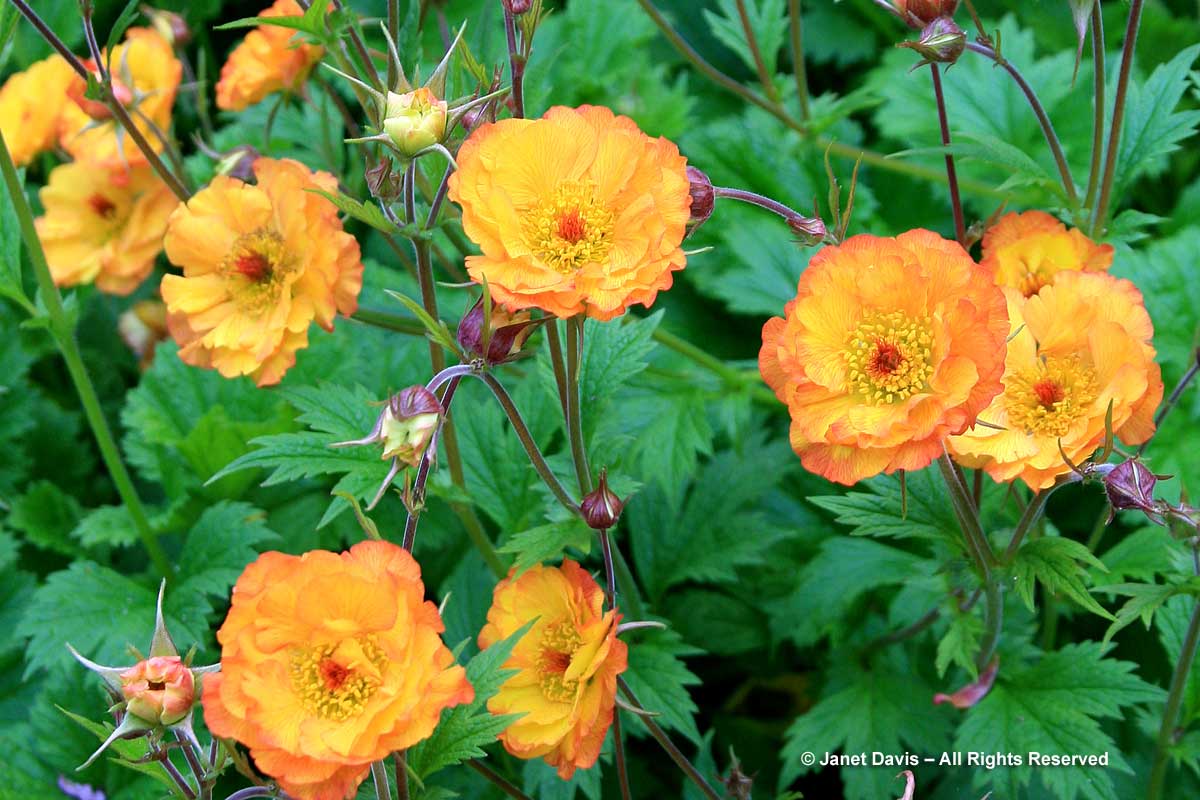
While on one of my late spring visits to Vancouver’s Van Dusen Gardens, I was wowed by this mass waterside planting of Euphorbia griffithi ‘Fireglow’.
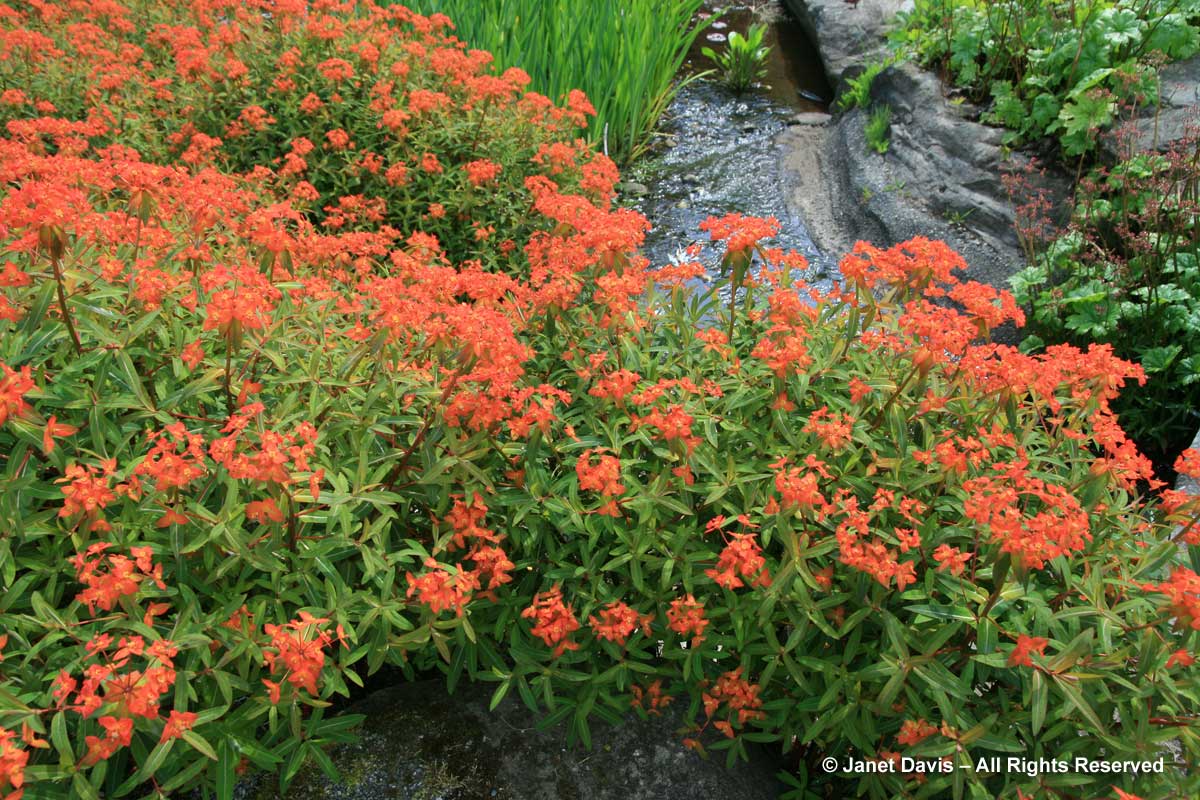
And there are beautiful orange primulas for damp places in spring. Look for Primula bulleyana, below….
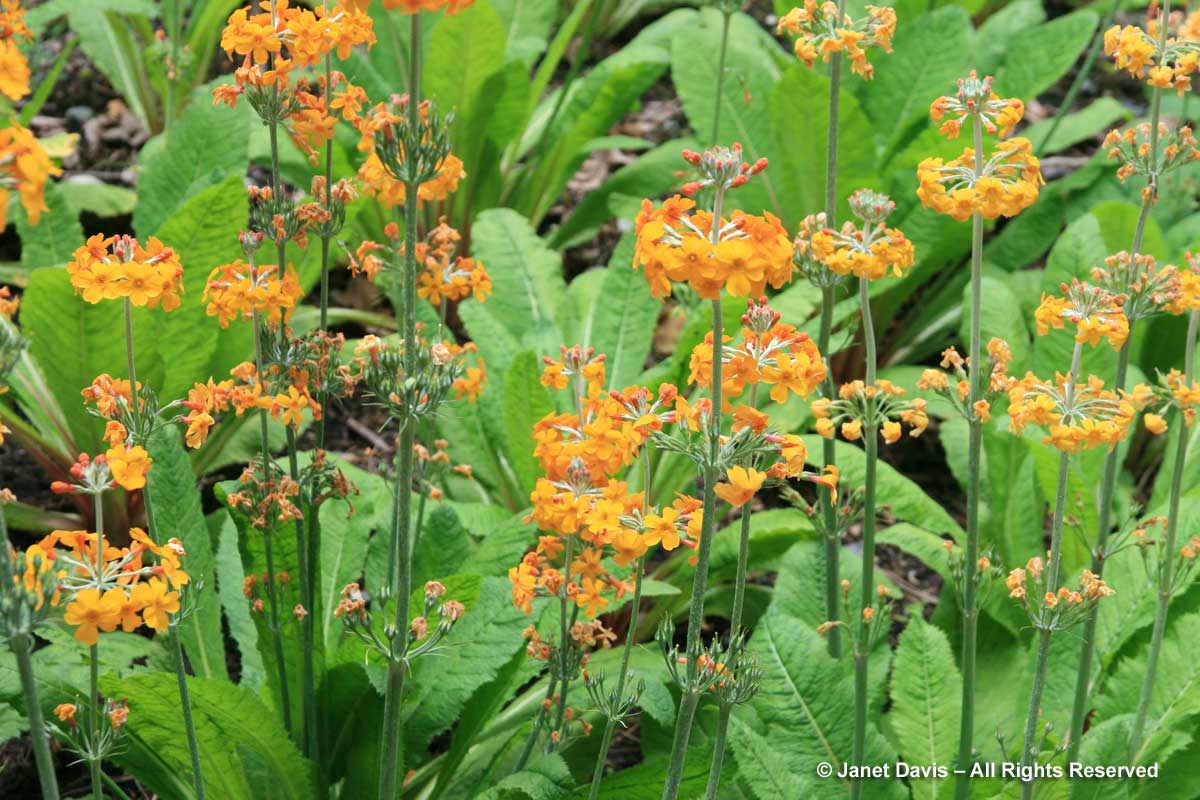
… and the rich orange form of cowslip (Primula veris).
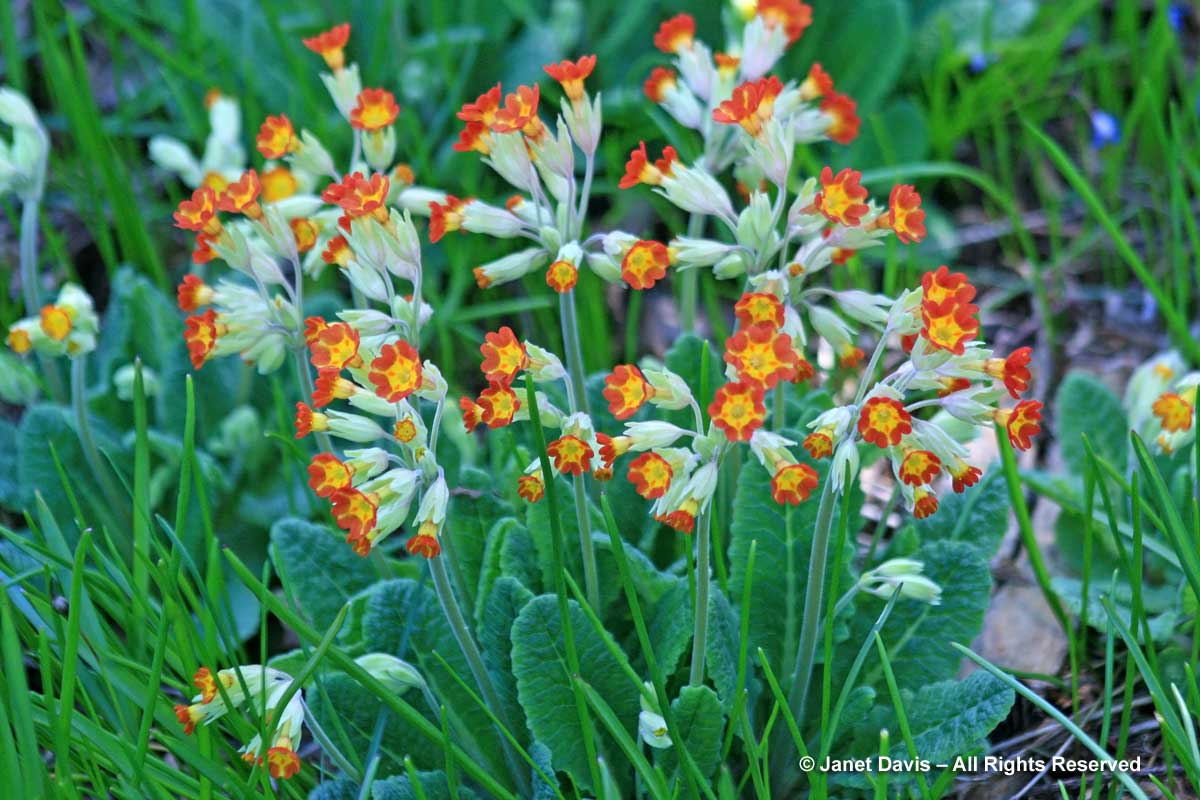
The best peonies can do in the orange department is coral, which is just a teensy bit redder than salmon. But there are some beauties, including the four below, clockwise from upper left: ‘Constance Spry’, ‘Coral Sunset’, ‘Coral Supreme’ and ‘Lorelei’.
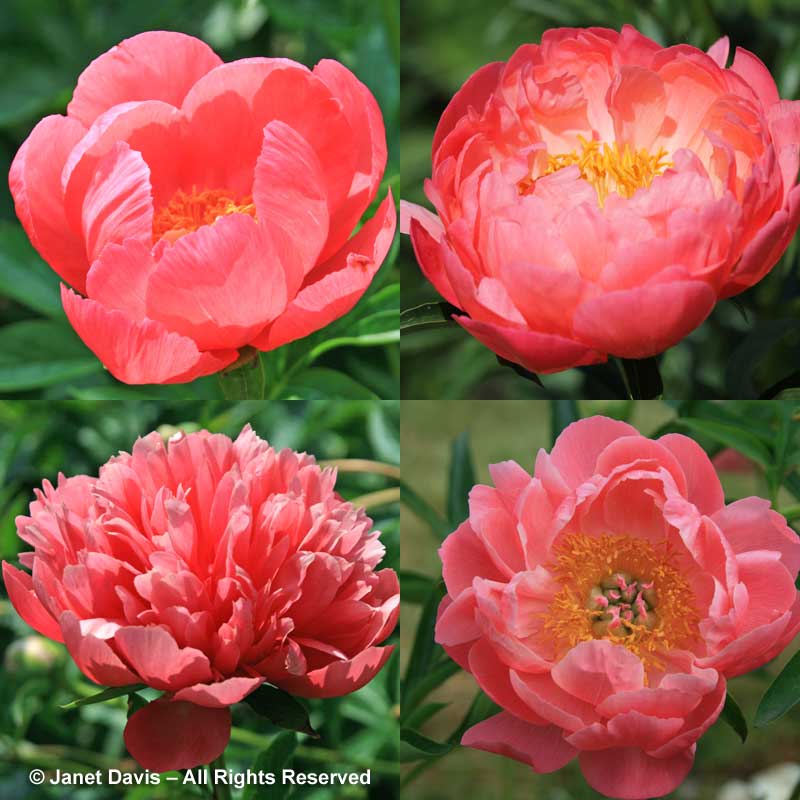
There are some luscious peaches in the Itoh Peony group (hybrids between tree peony and herbaceous peony), including ‘Kopper Kettle’, below, with Salvia nemorosa ‘May Night’.
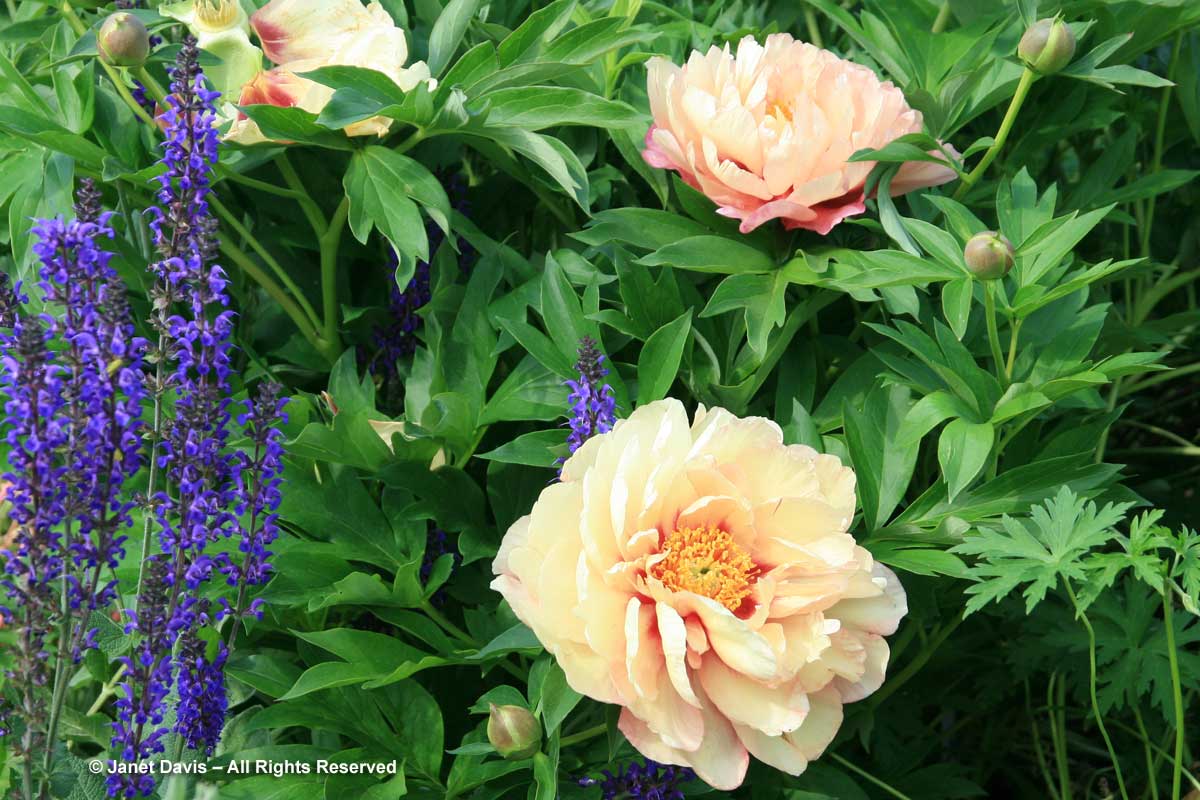
The genus Papaver boasts many orange-flowered species, but none are more flamboyant than old-fashioned Oriental poppy. This is Papaver orientale ‘Prince of Orange’.
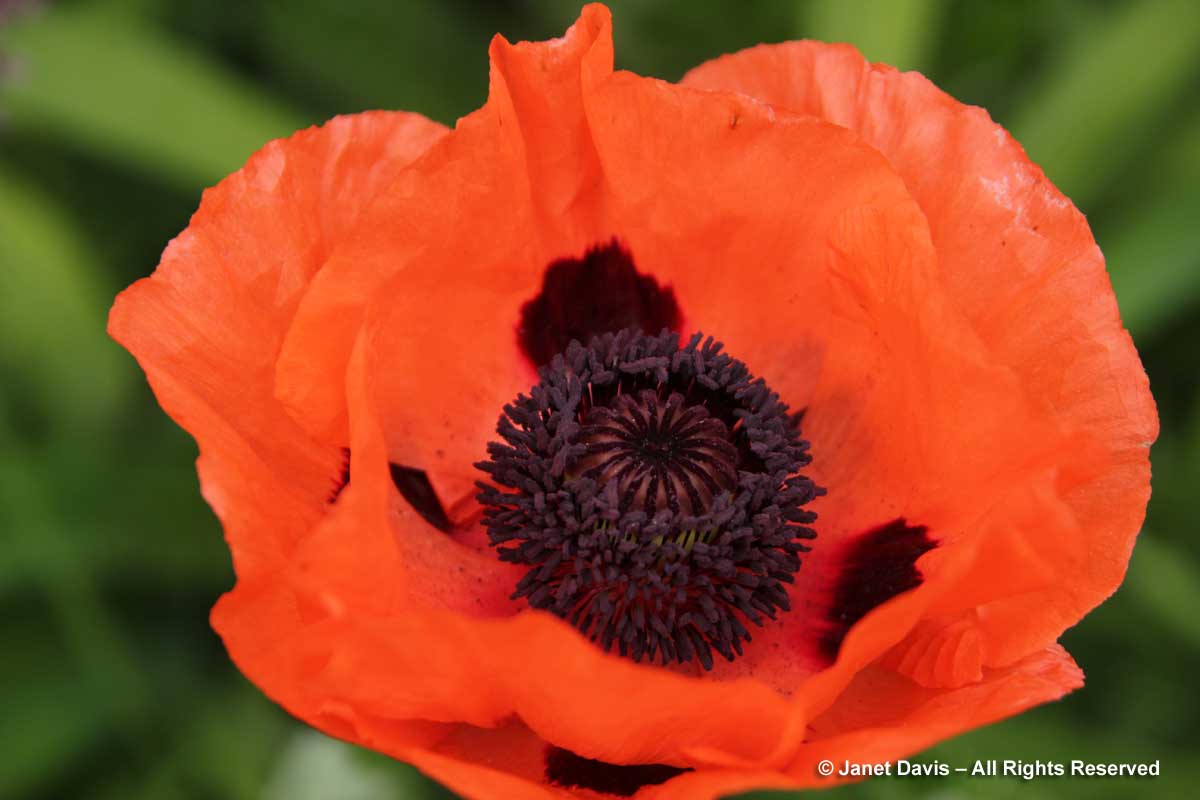
And you will always find bees and hoverflies on wonderful little Moroccan poppy (Papaver atlanticum ‘Flore-Pleno), which is surprisingly hardy (USDA Zone 5) and easy to grow in all soils.
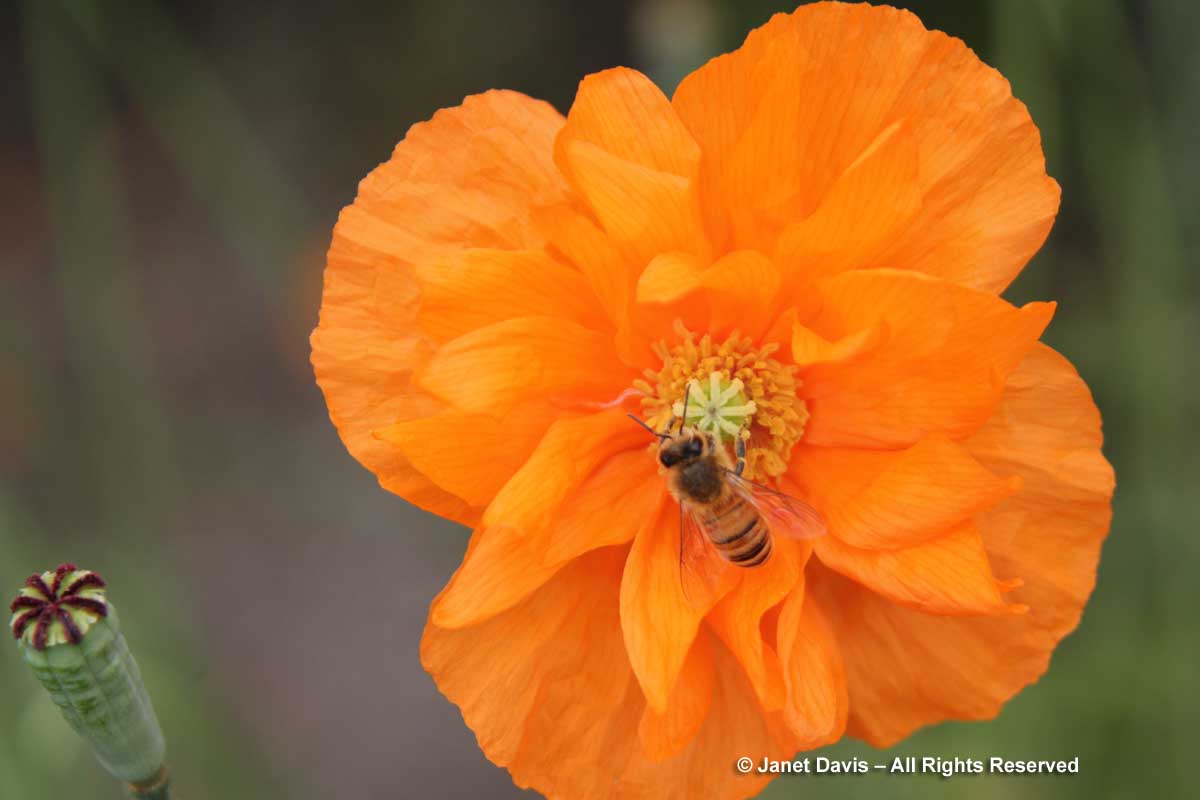
Bearded irises are the prima donnas of the early summer garden, and you can find them in the most wonderful shades of peach, bronze and clear orange, like the tall bearded ‘Orange Impact’, below.
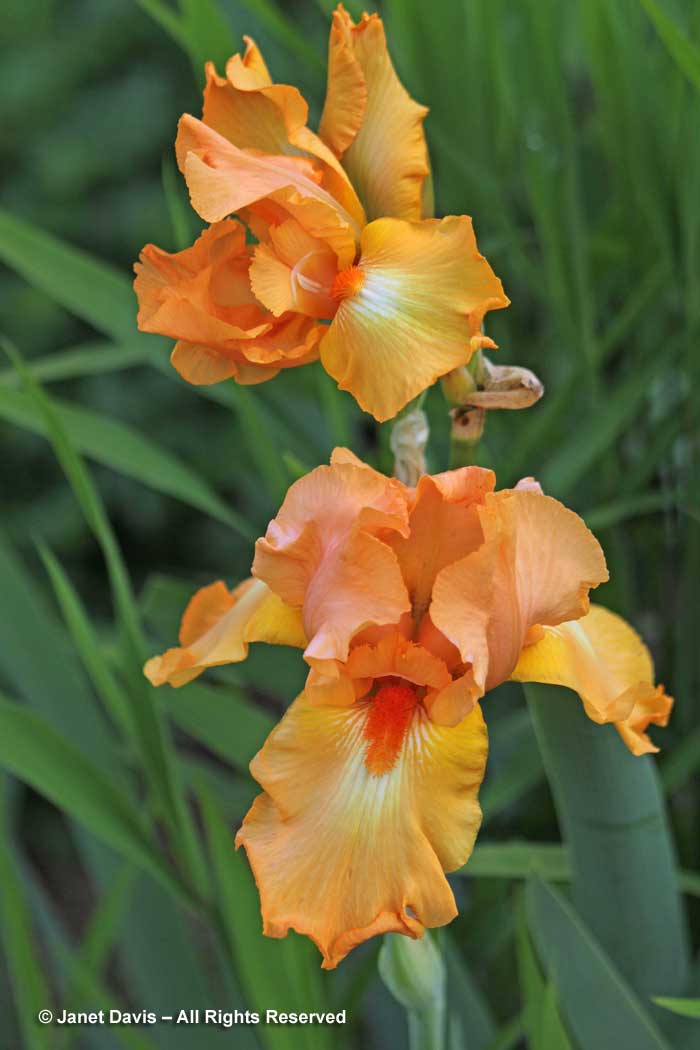
I was intrigued to find beautiful copper iris (Iris fulva) growing on New York’s High Line. Honey bees had found it too, but its natural pollinators in the Mississippi Valley are hummingbirds. This orange-flowered member of the Louisiana Iris group likes damp (even wet), slightly acidic soil and is supposedly hardy to USDA Zone 5.
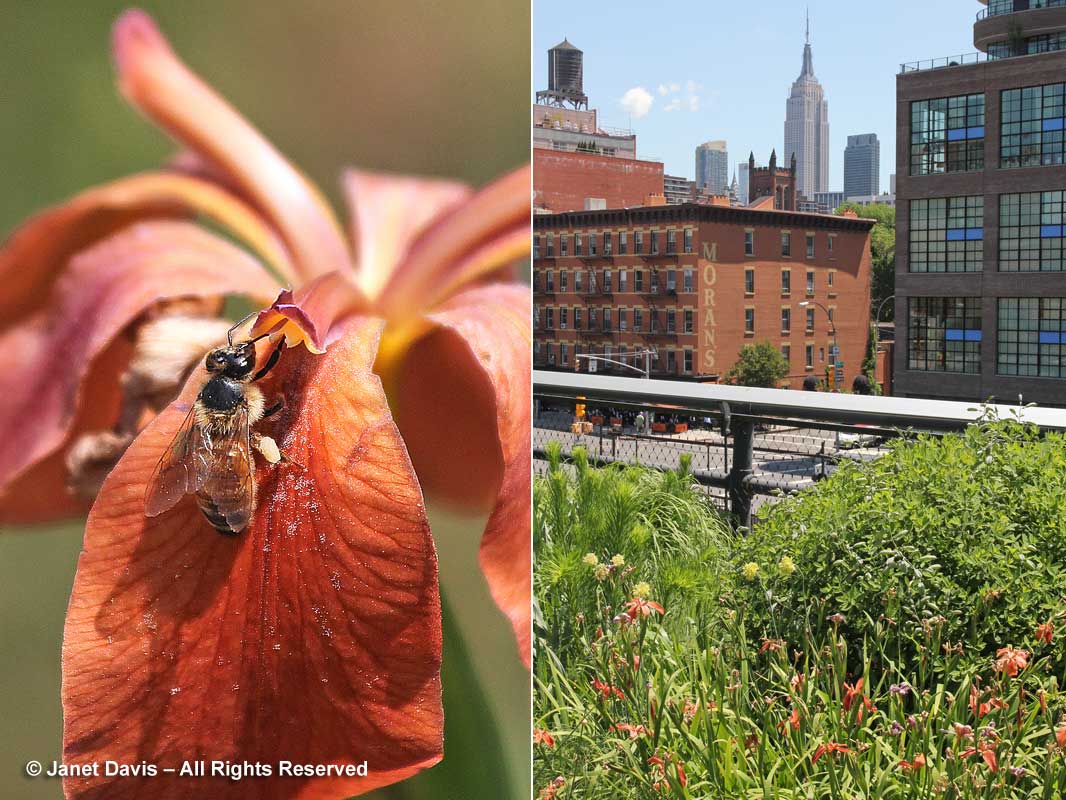
Verbascums can be found in apricot-orange (‘Helen Johnson’ among others), but this delicate June pairing in pale peach caught my eye at Toronto’s Casa Loma: Verbascum ‘Southern Charm’ and Sicilian honey lily (Allium siculum, formerly Nectaroscordum).
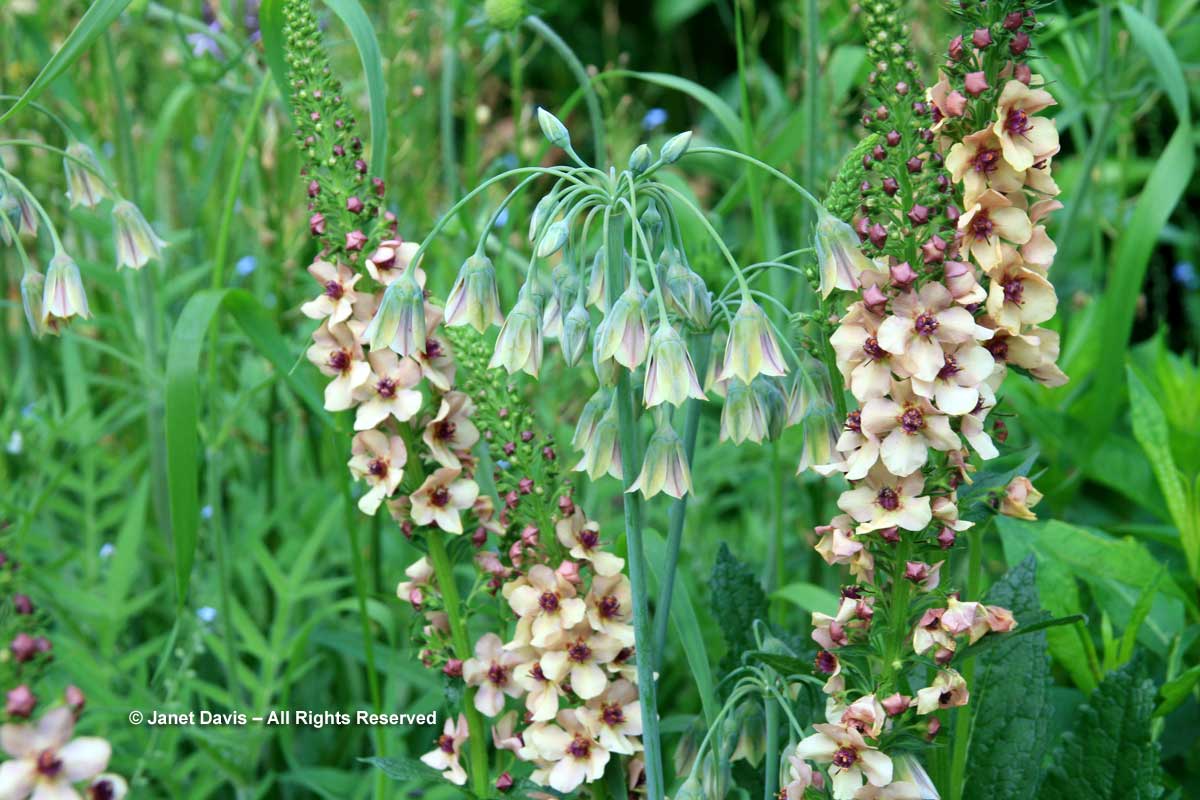
One genus that’s seen a lot of hybridizing in recent decades is red-hot poker or torch lily (Kniphofia). Since they grow naturally in hues of orange or yellow, there is an abundance of choice here. I loved this fun mingling of Allium ‘Lucille Ball’ and Kniphofia ‘Flamenco’ at Chanticleer, in Wayne, PA.
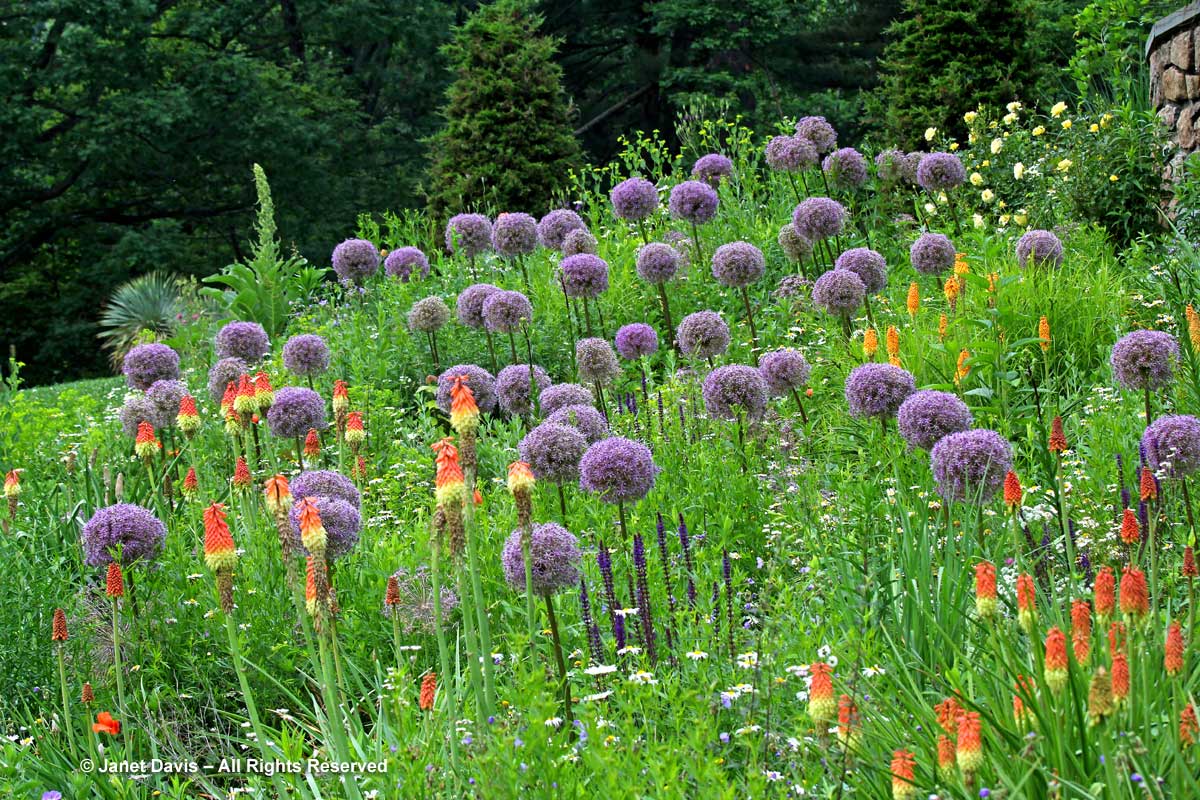
And don’t forget about heucheras; they’re a treasure trove of peach and bronze-orange foliage possibilities. Here’s Heuchera ‘Caramel’ with dwarf Kniphofia ‘Mango Popsicle’.
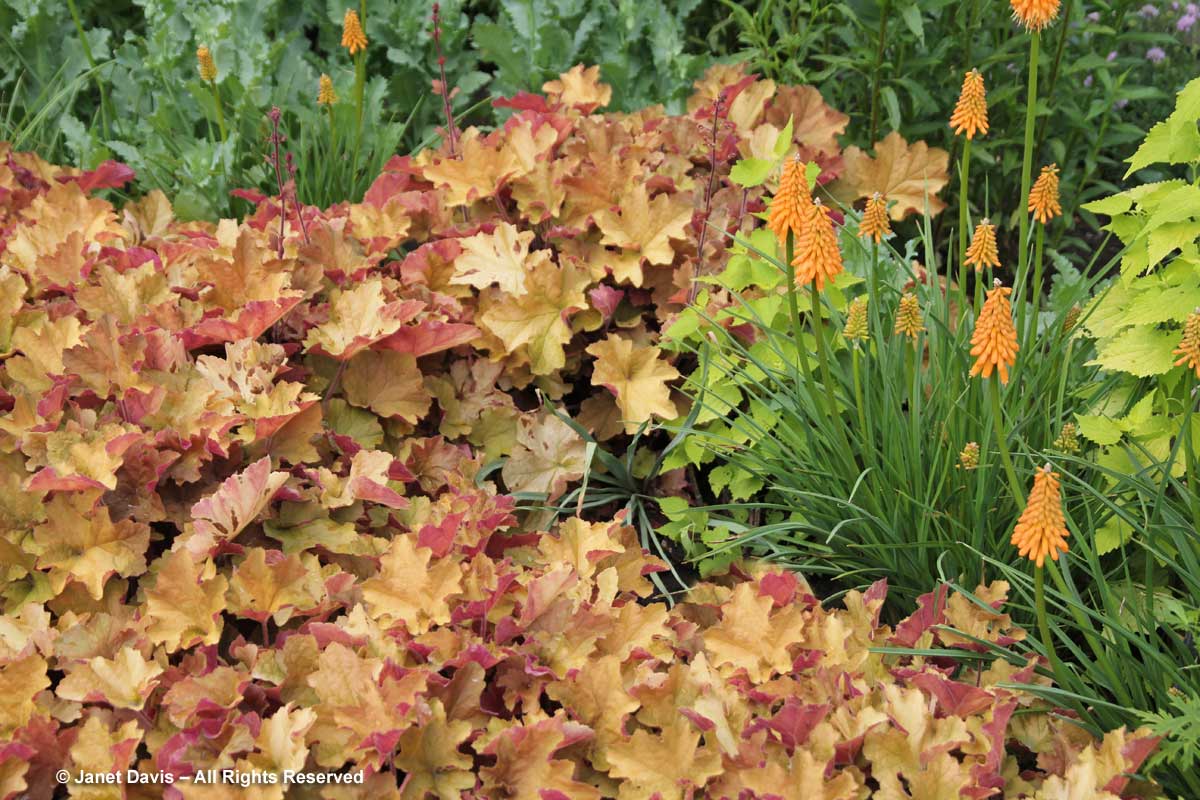
Daylilies, of course, offer a motherlode of orange choices, not just in orange, shown in a few samples below (Clockwise from top left: Hemerocallis fulva ‘Kwanso’, Kansas, Challenger, Lady Lucille, Rosalind, Furnaces of Babylon)….
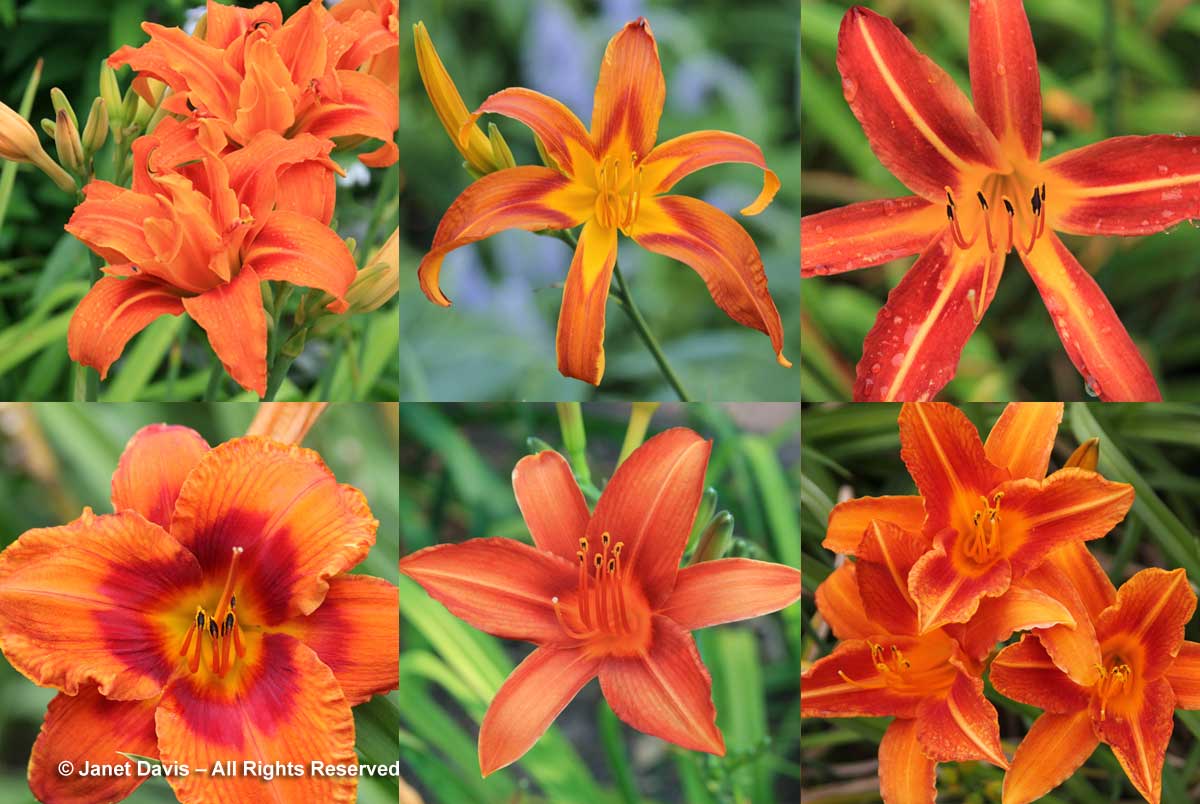
…. but there are loads of peach (left) and apricot (right) cultivars, below, too. And note that in the daylily world, “lavender” is often (peachy) wishful thinking. (Top, left to right: Uptown Girl, Strawberry Candy, Chicago Peach, Second Glance; Middle: Empress Josephine, Designer Jeans, Scatterbrain, Ellen Christine; Bottom: Lavender Illusion, Lavender Patina, Brookwood Double Precious, Fan Dancer).
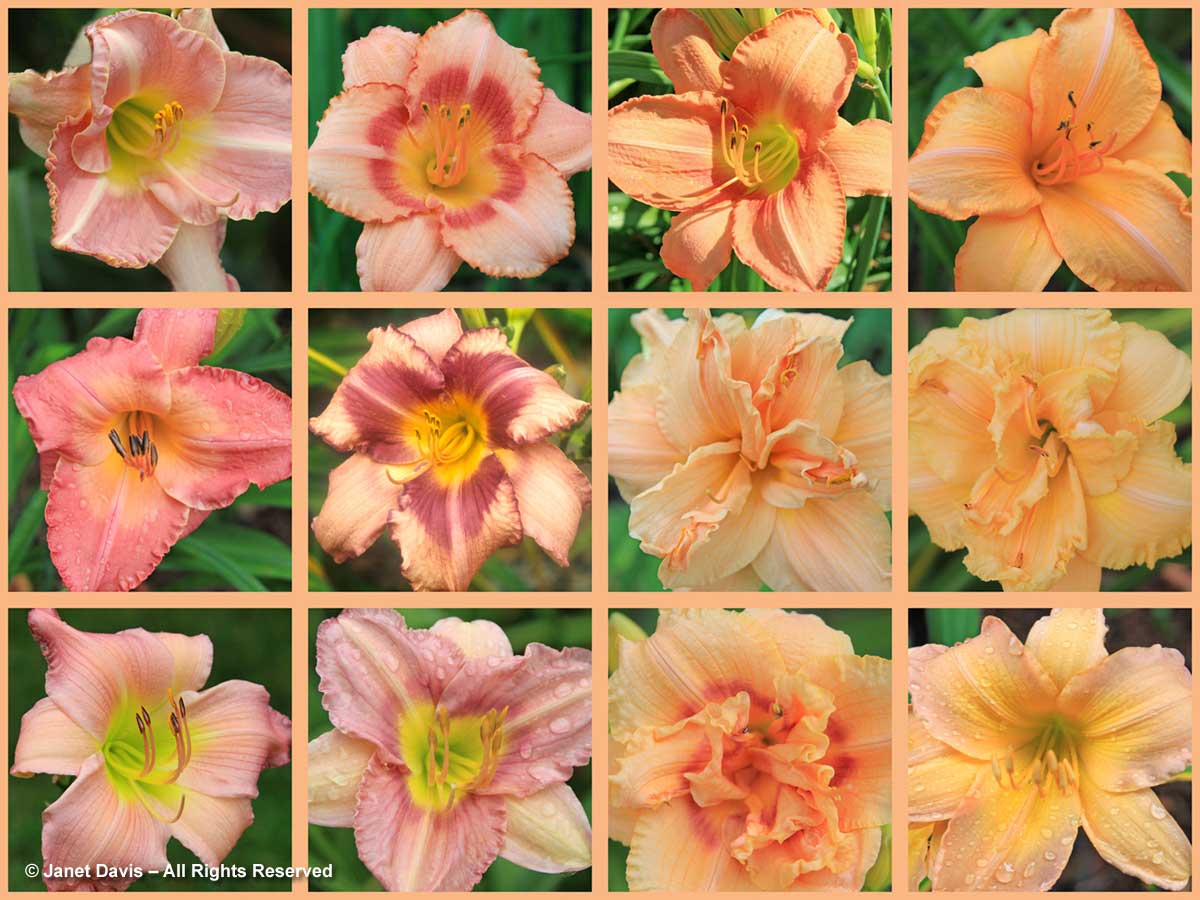
Daylilies are so prolific and varied in colour, they can be forgiven their need for constant deadheading and propensity to browning foliage in late summer, etc. So they’re best paired with other plants, like this duo at the New York Botanical Garden: Hemerocallis ‘Poinsettia’ with balloon flower (Platycodon grandiflorum).
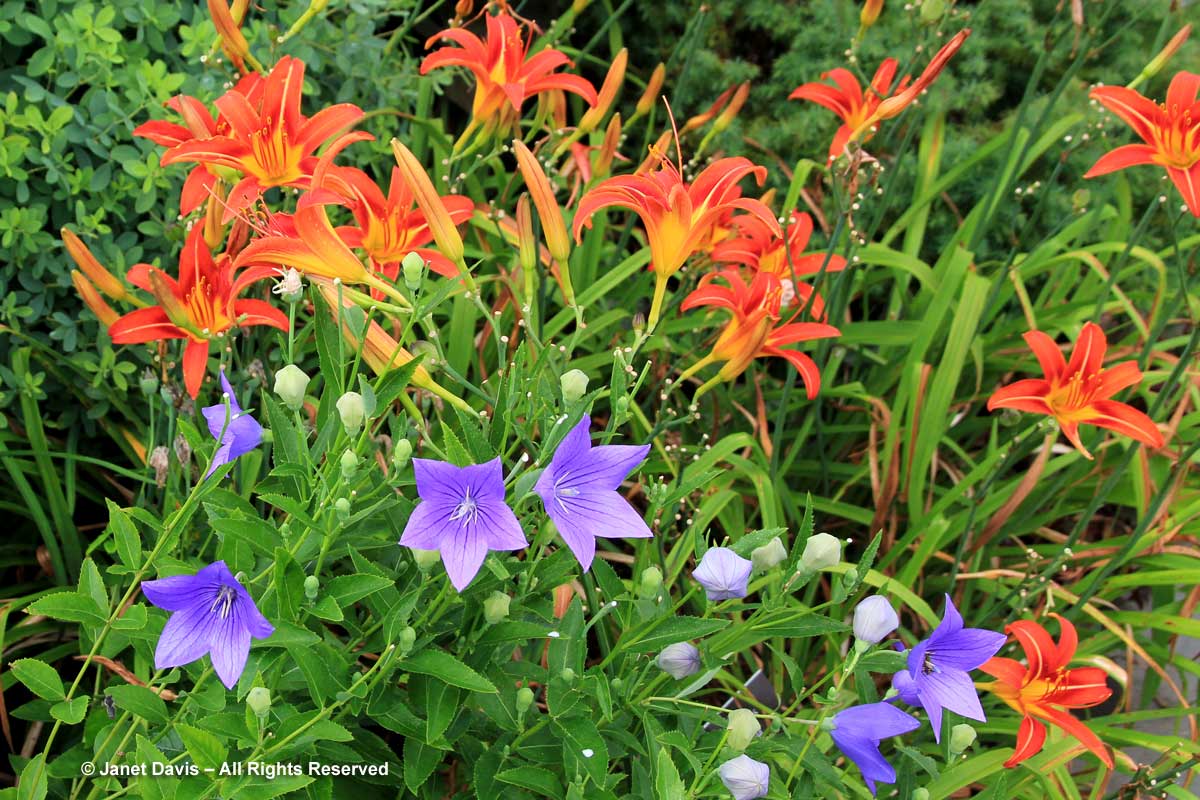
The vast daylily collection at Montreal Botanical Garden offers lots of brilliant ideas for partnering, including this bronze-orange ‘Chelsey’ helenium (Helenium autumnale) with lovely Hemerocallis ‘Cherokee Pass’.
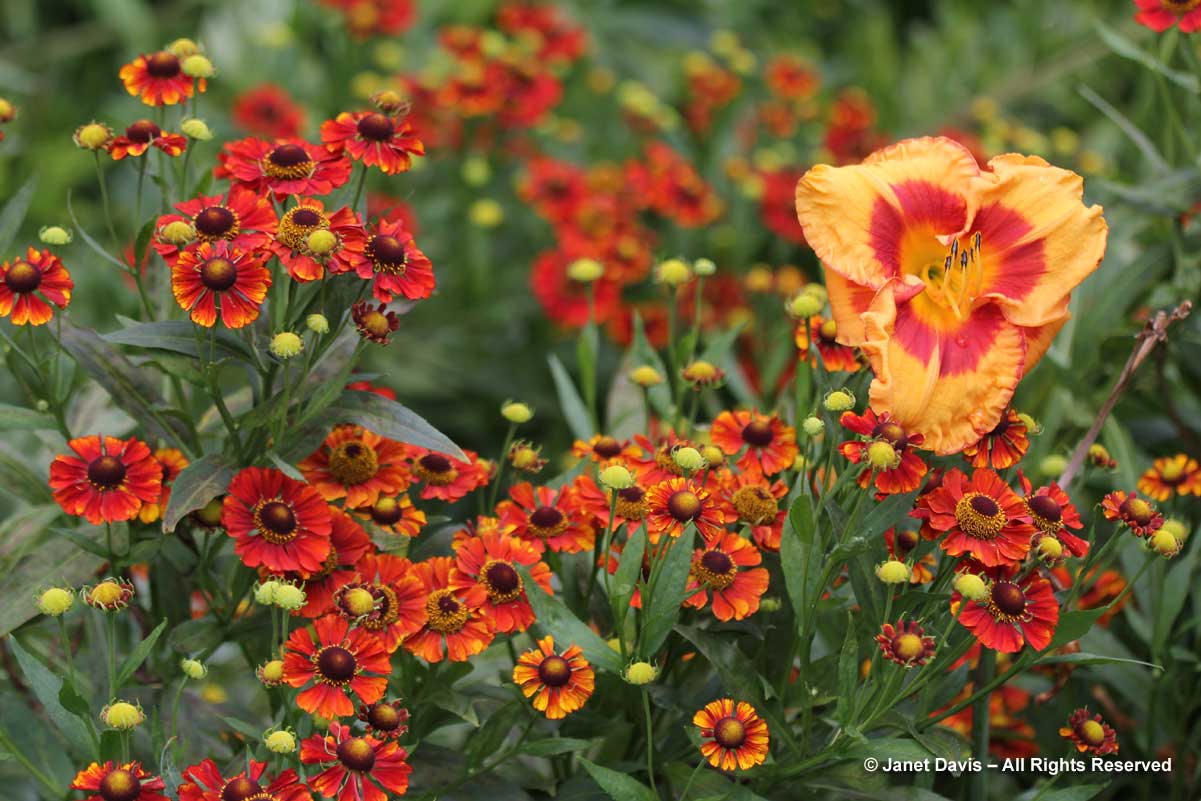
One of the best perennials for dry gardens is hybrid blanket flower (Gaillardia x grandiflora). Provided you keep it deadheaded, it will flower from early summer well into autumn, and the bees will thank you. Though most are bicoloured red-yellow or red, I have grown a beautiful orange one: G. x grandiflora ‘Tokajer’. It lasted for three years or so, and I missed it terribly when it didn’t come back one spring, possibly after a winter without sufficient snow cover.
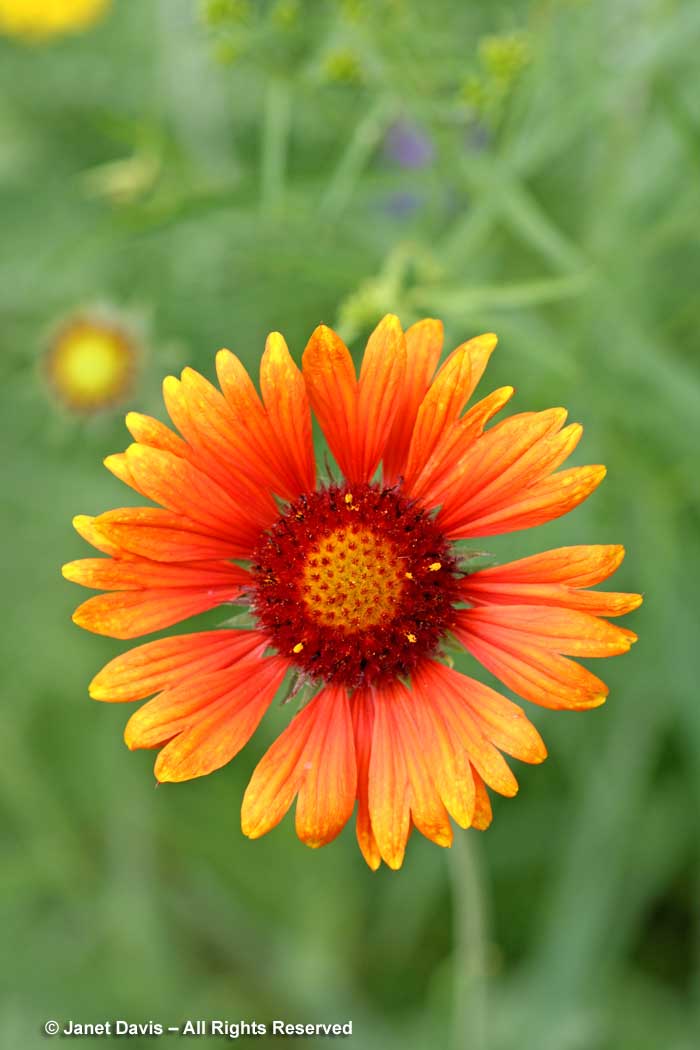
I’ve written before about my favourite orange-flowered perennial, butterfly milkweed (Asclepias tuberosa), which is simply unparalleled for attracting pollinators (including the monarch butterfly, which uses it as a larval food).
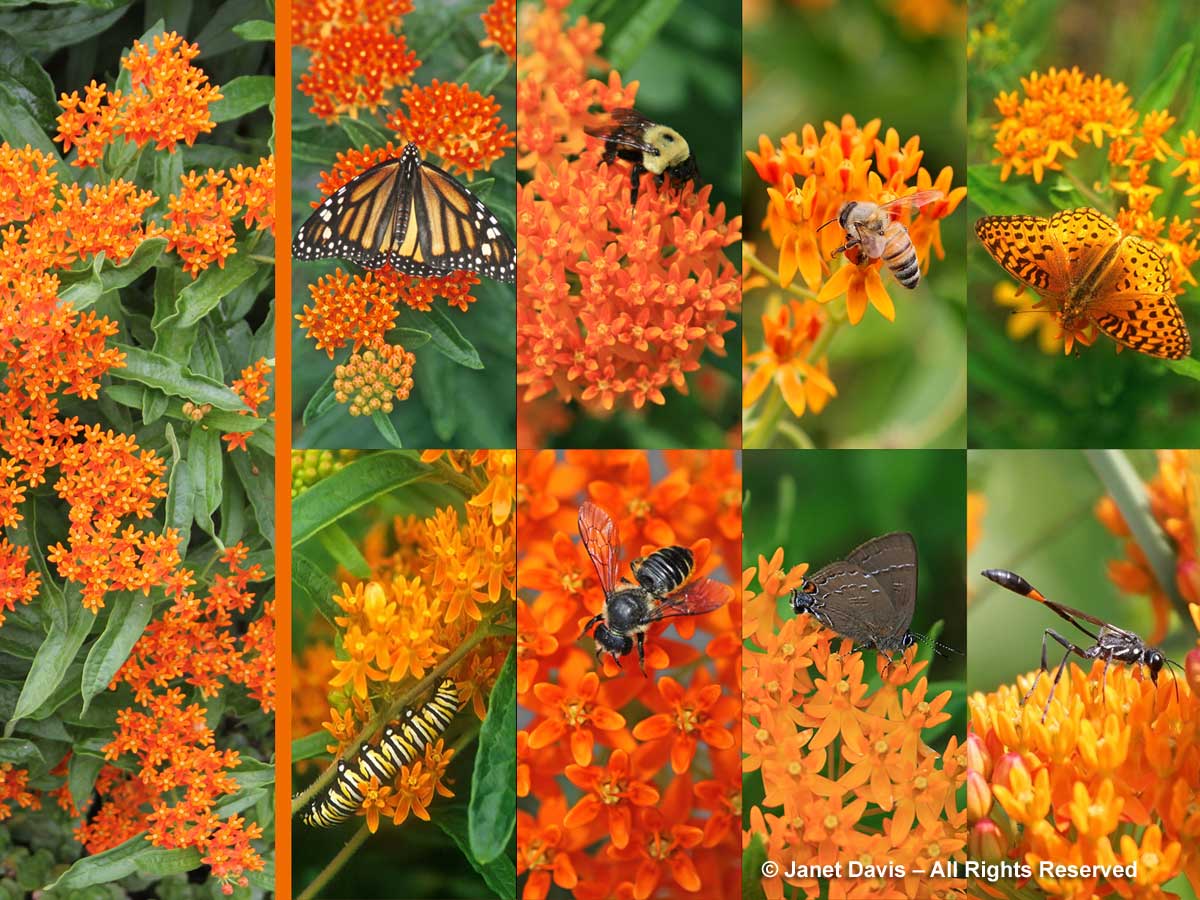
And it’s fun if you want to create a little heat, colour-wise, as I’ve done below, pairing it at my cottage with bright-red ‘Firebird’ echinacea.
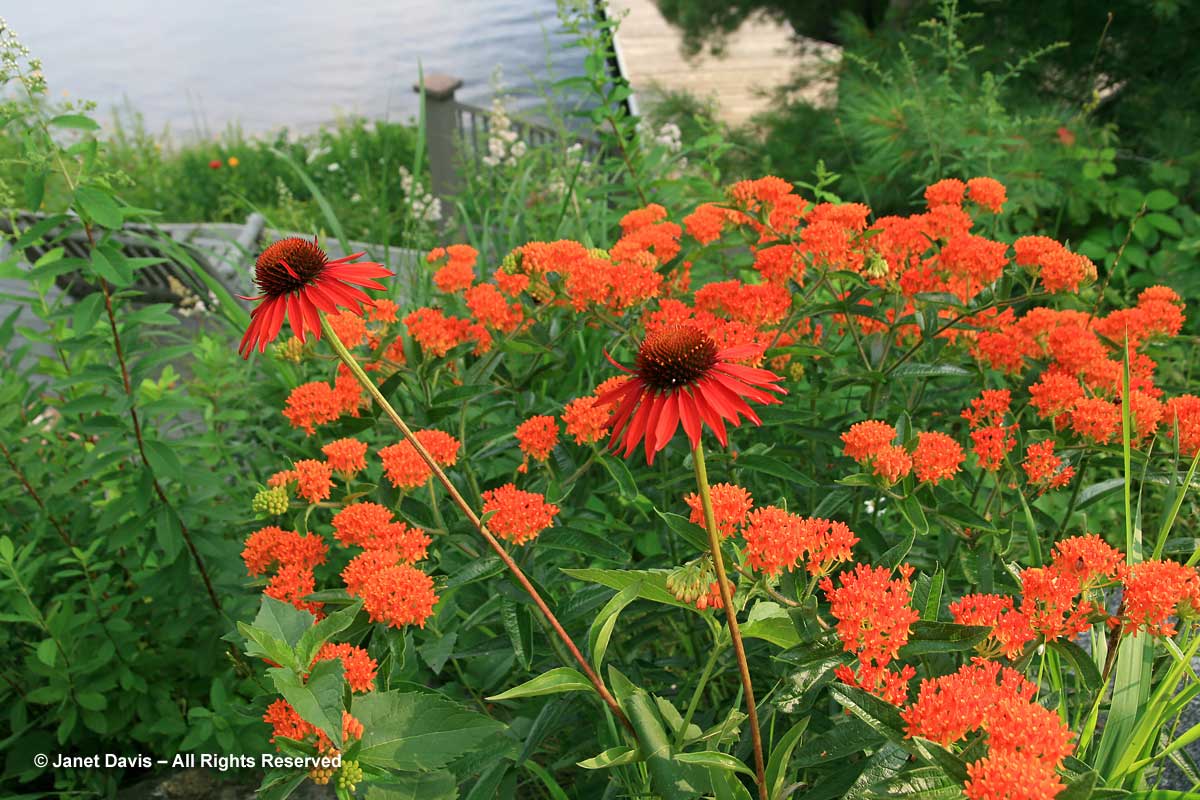
Speaking of heat, orange flowers are often the backbone of hot-coloured schemes in the garden, whether paired with reds and golds, as with Echinacea ‘Tangerine Dream’ and ‘Secret Glow’, below….
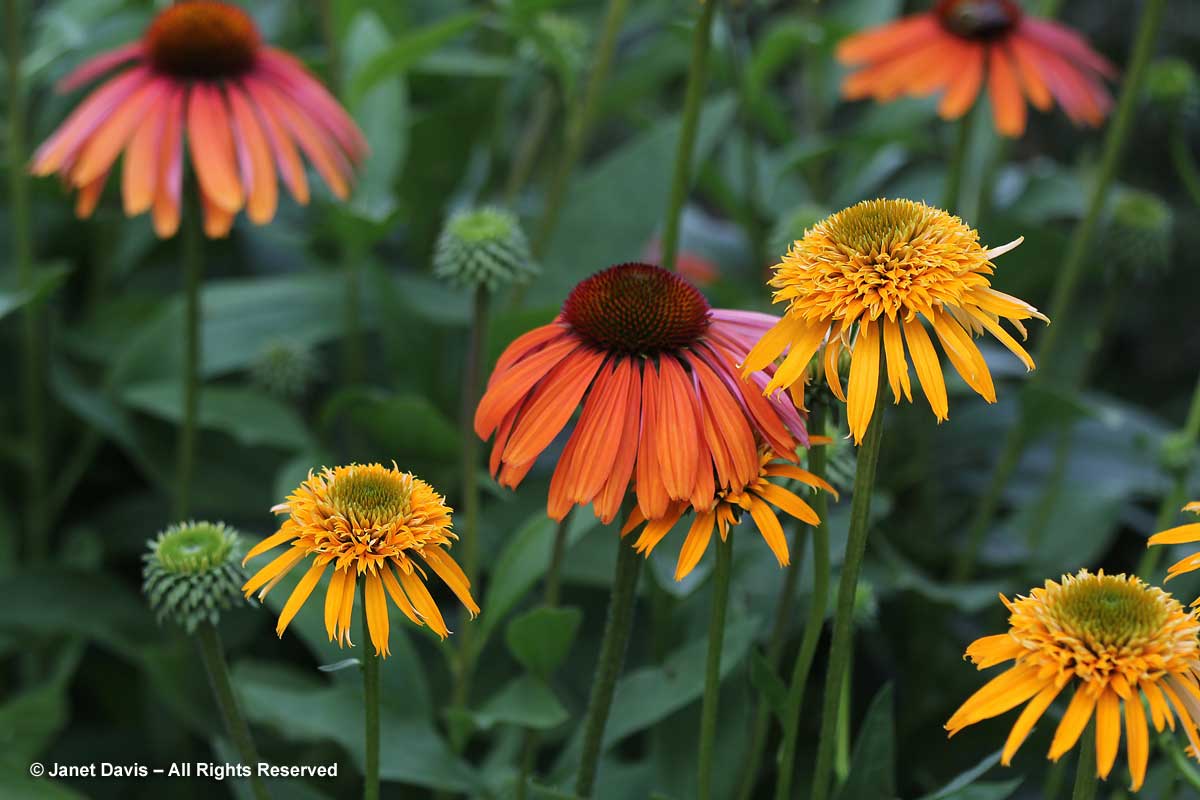
… or with hot-pinks, below. On the left is butterfly milkweed with the pink ‘Orienpet’ lily ‘Robina’, on the right is the double daylily Hemerocallis ‘Kwanso’, with a bright pink summer phlox.
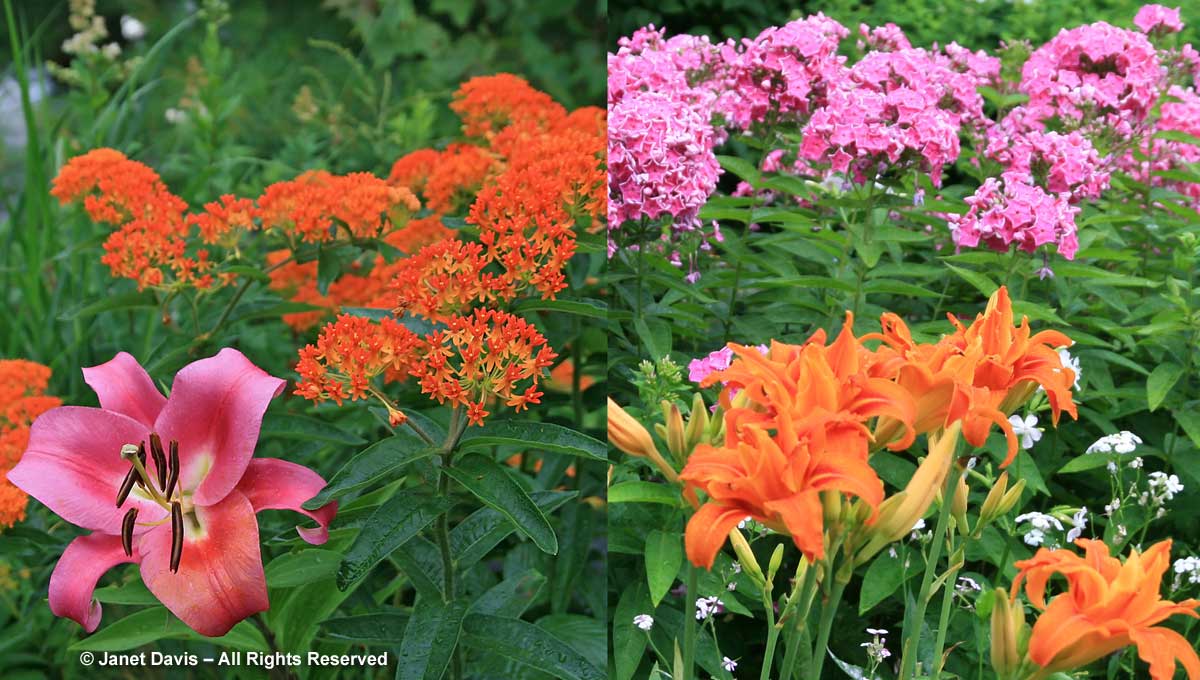
That’s a good first look at hardy orange bulbs and perennials. Next time, we’ll explore orange-flowered shrubs, annuals and tropicals, and a few design touches to add a little orange punch to your garden.
